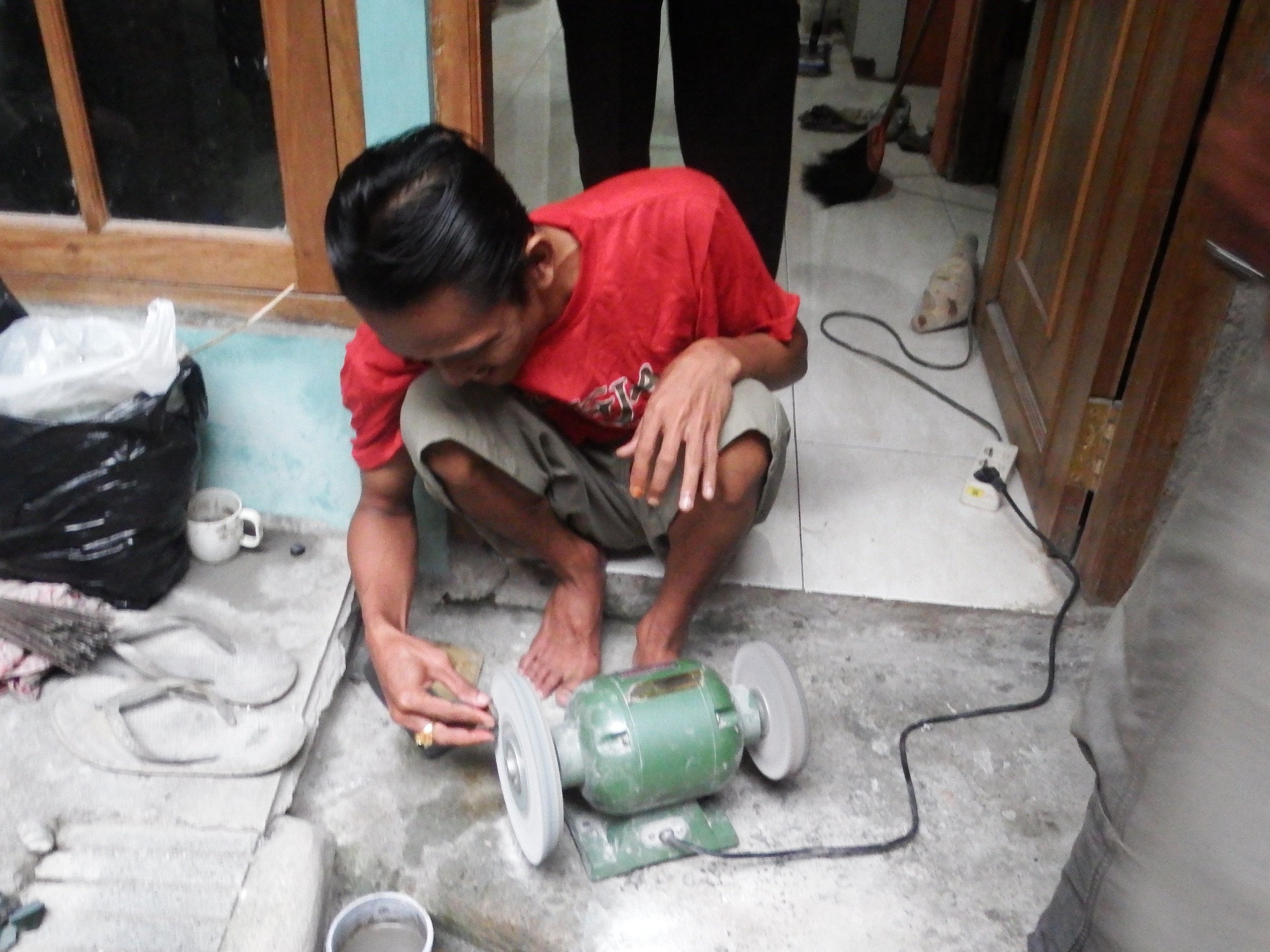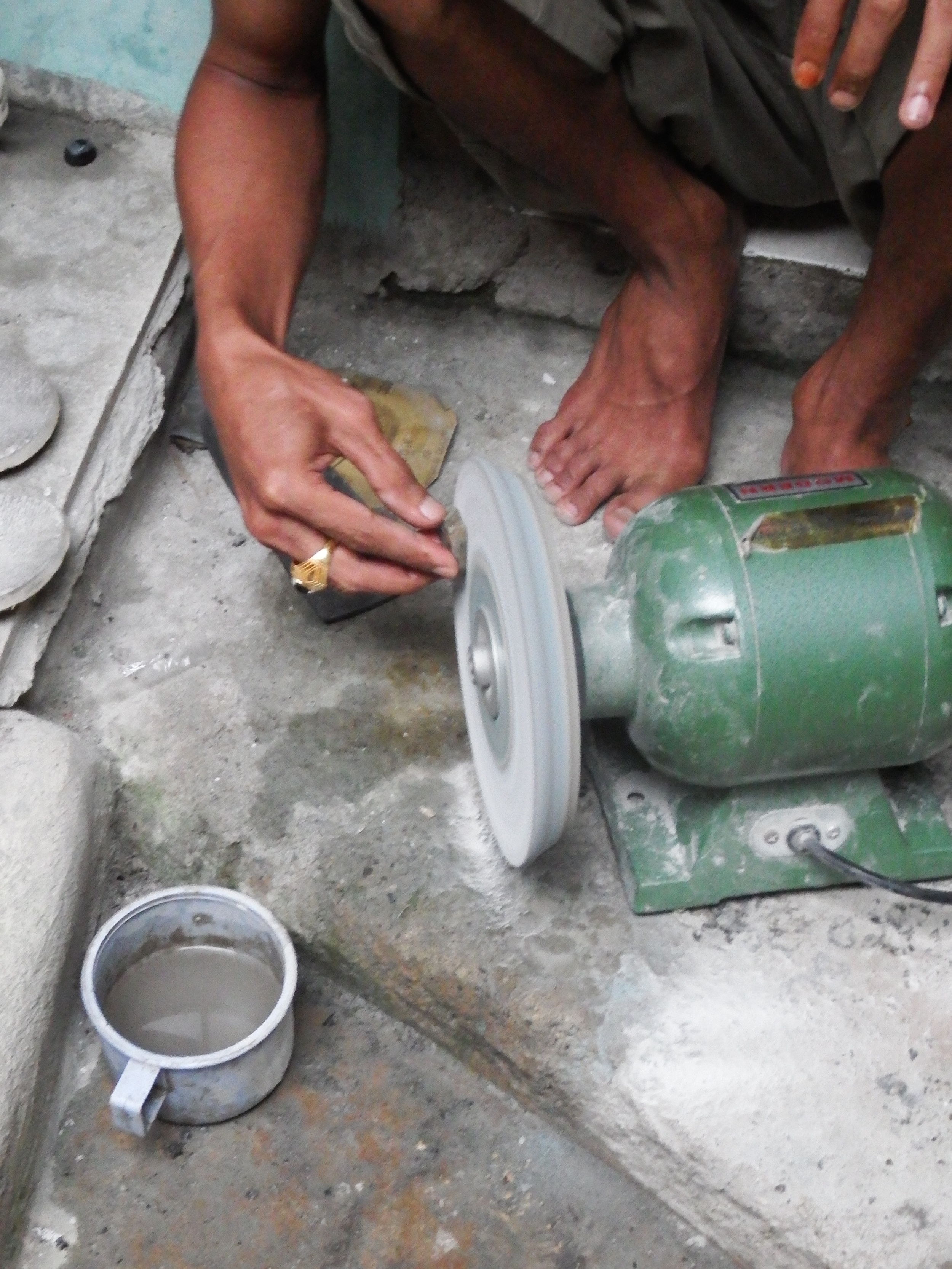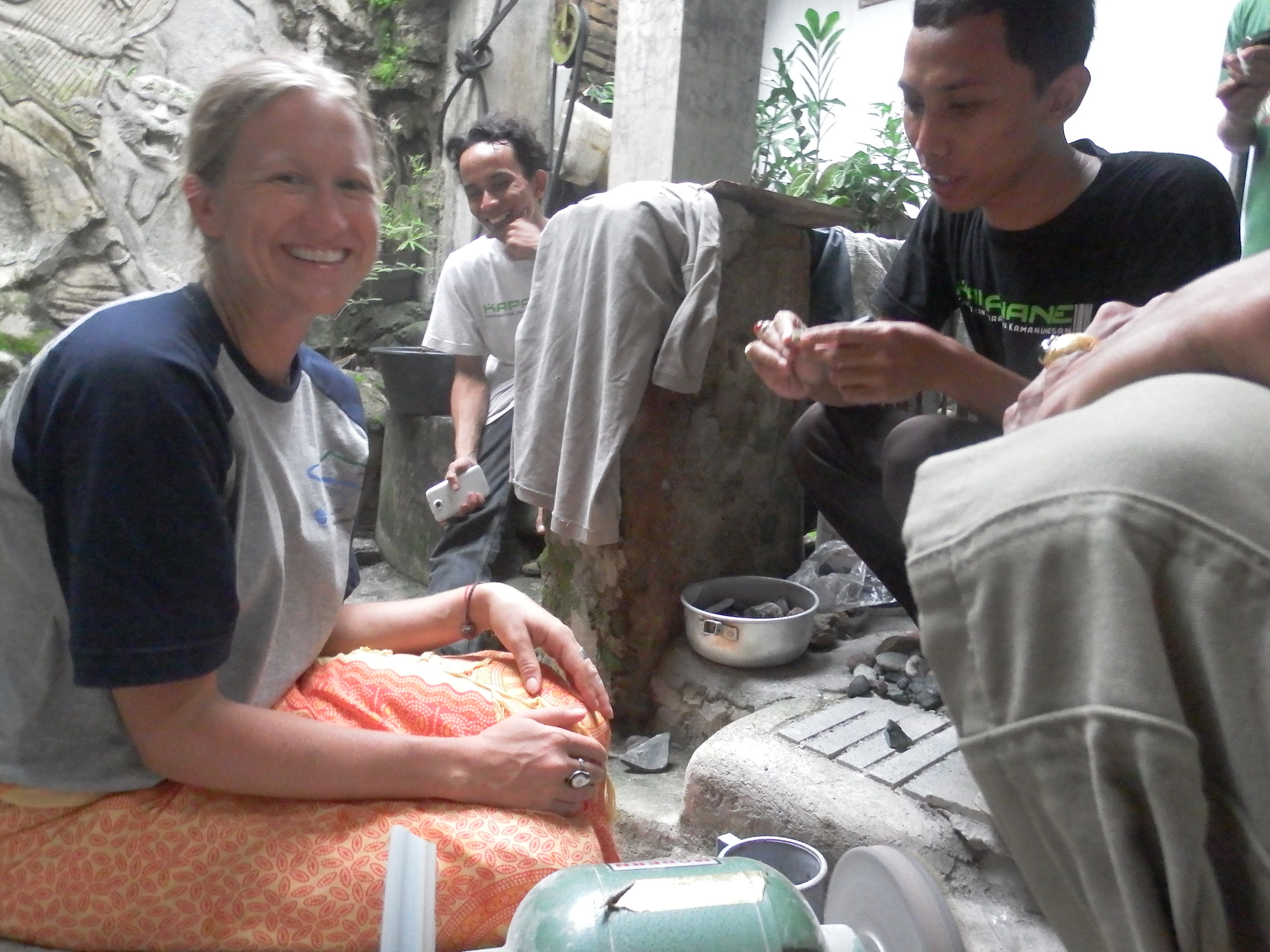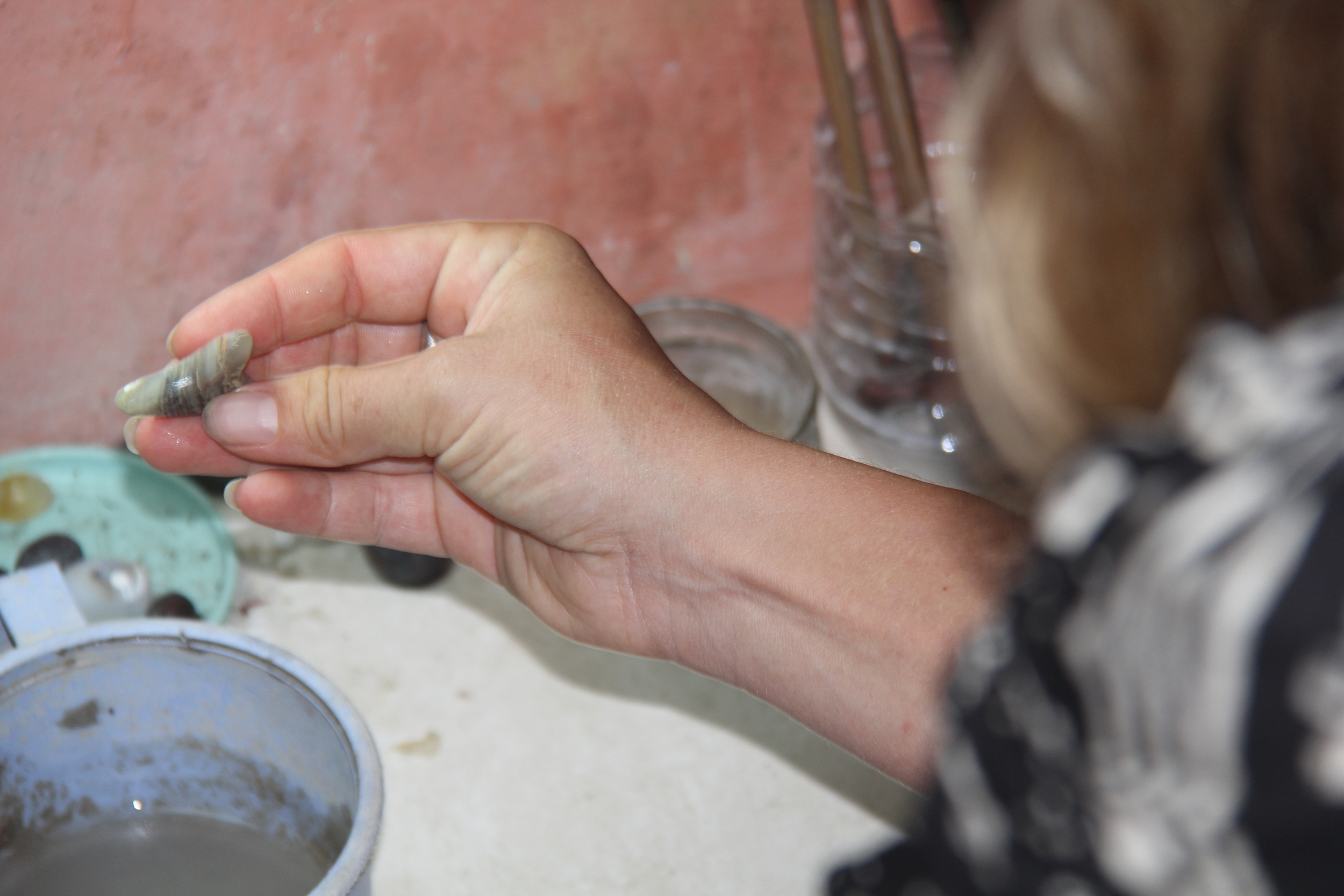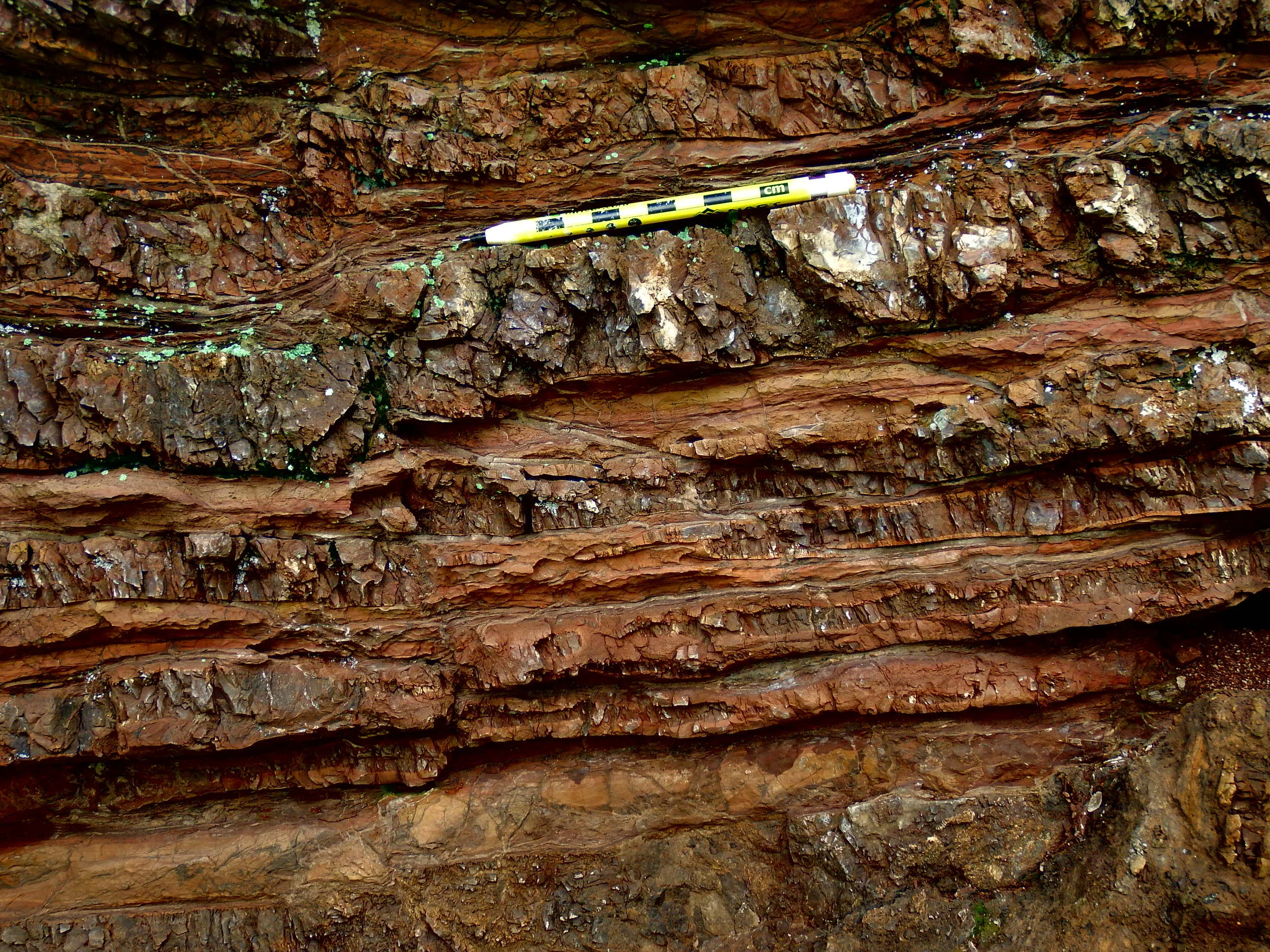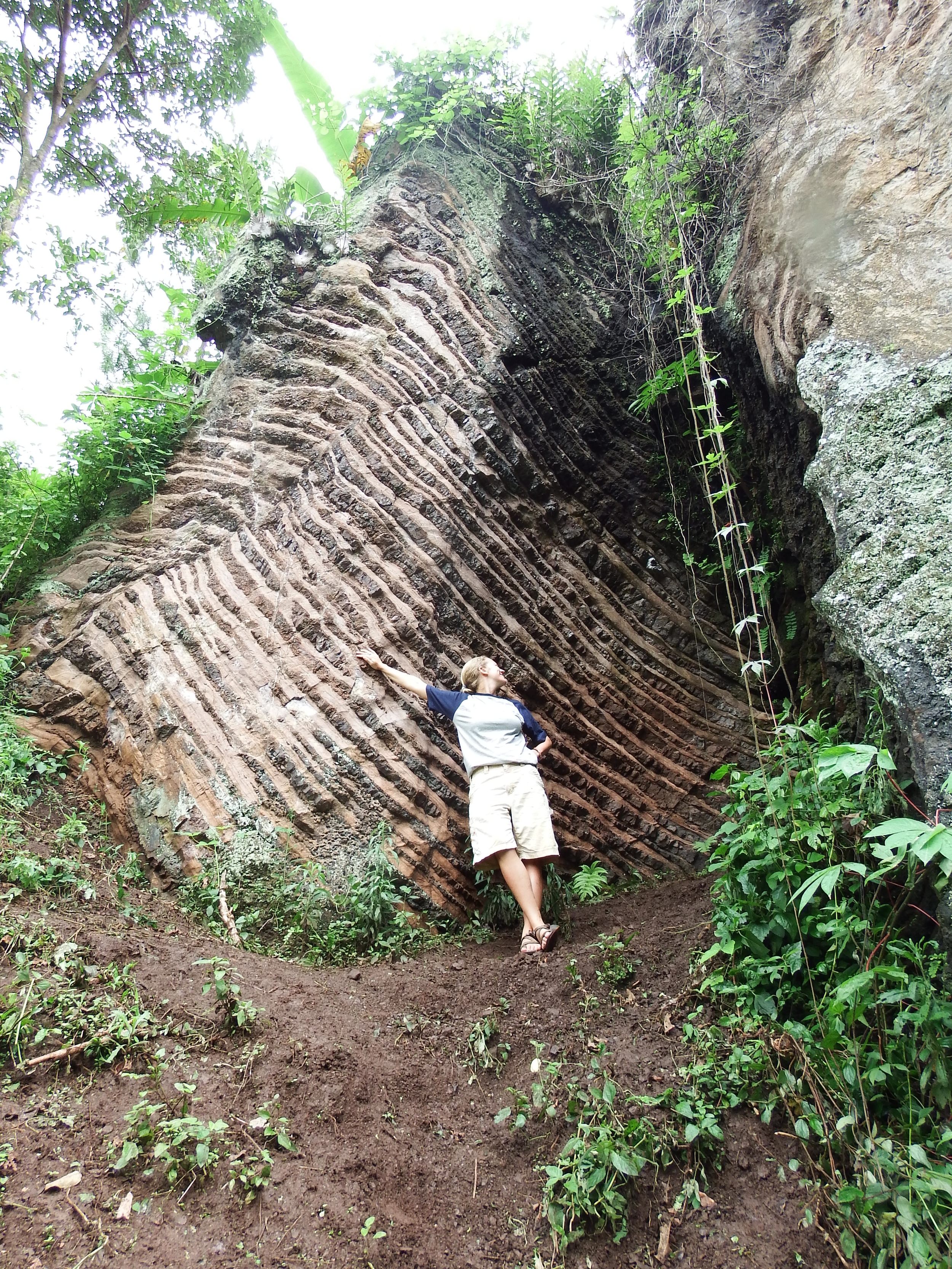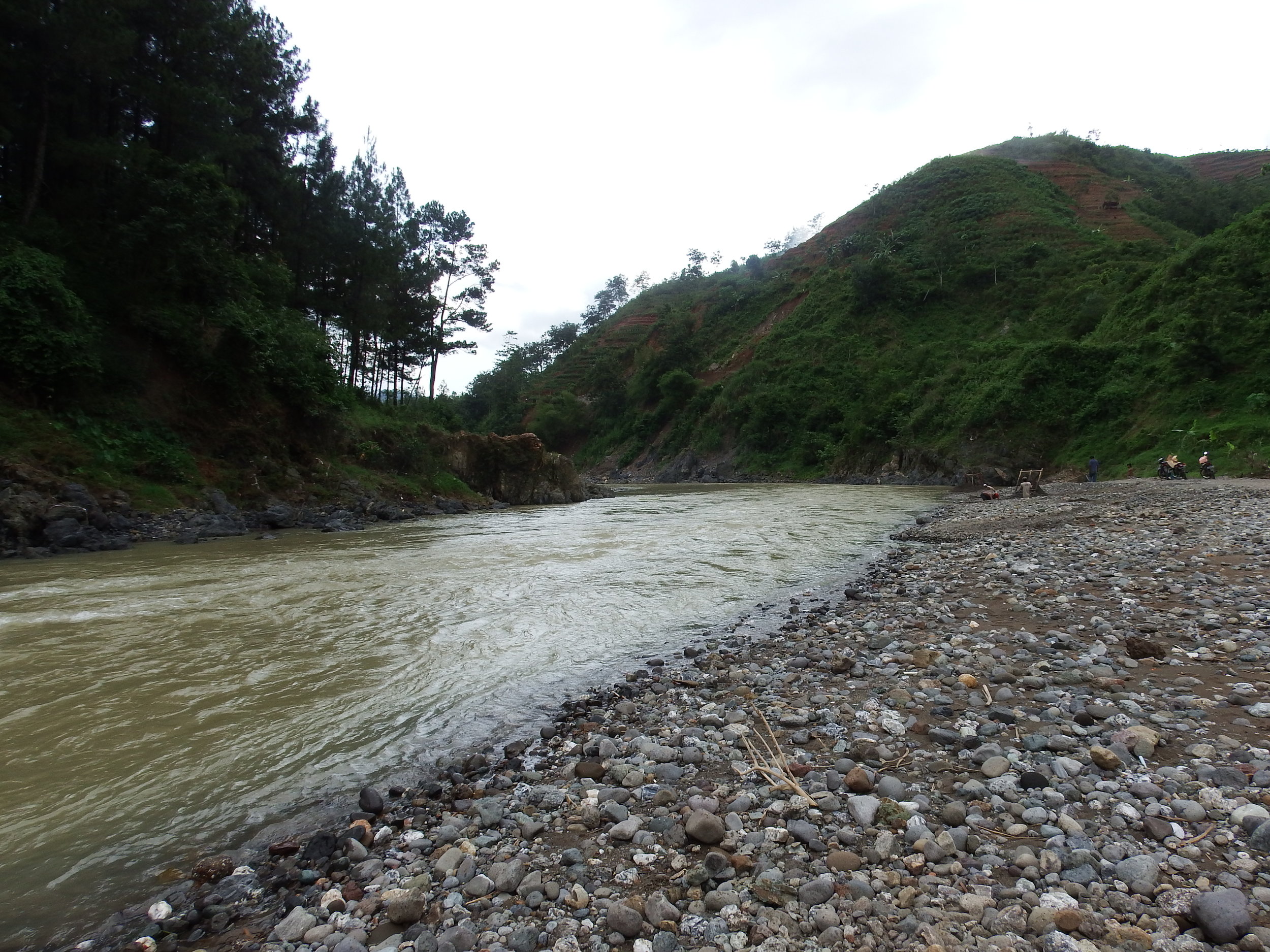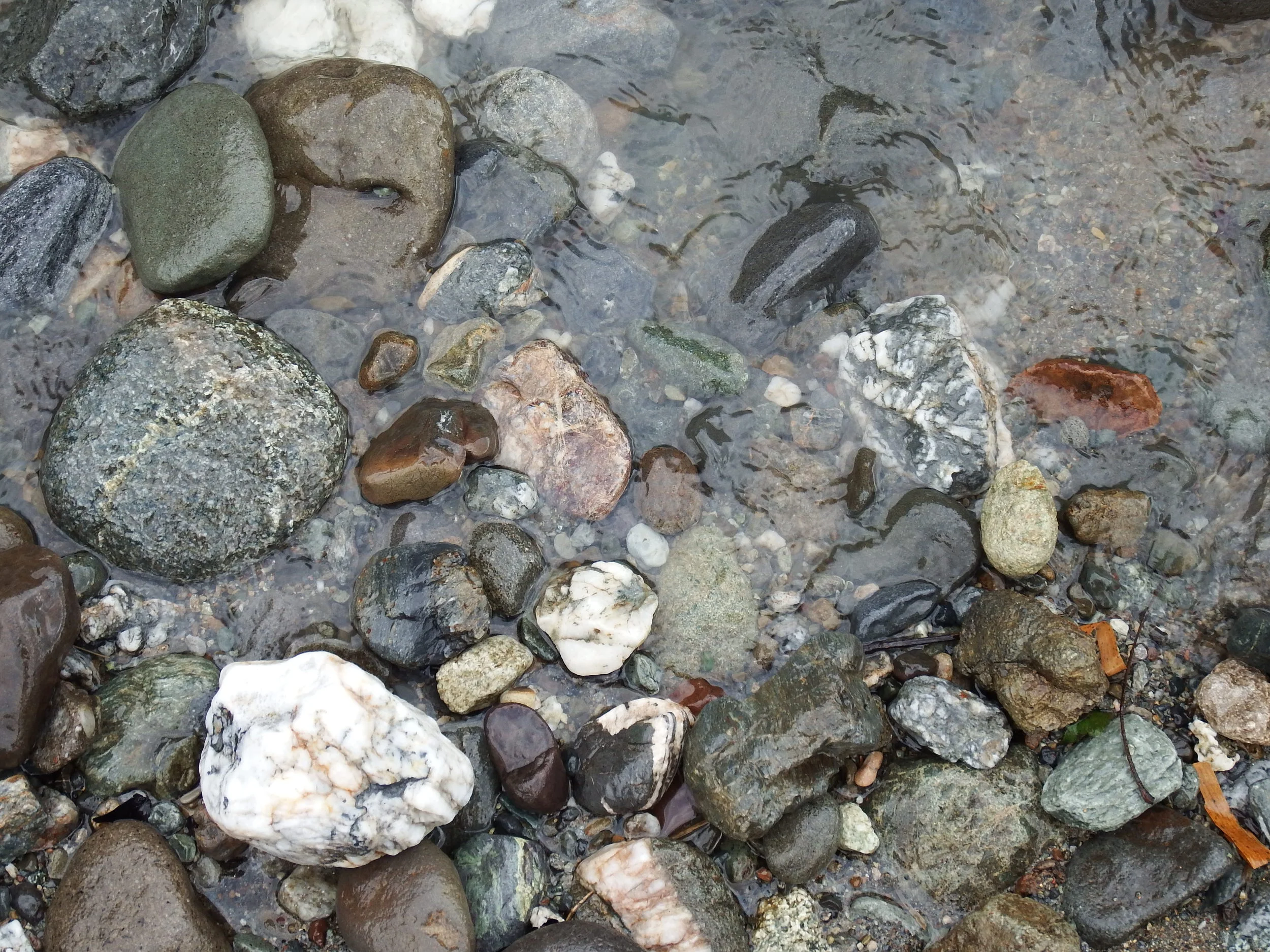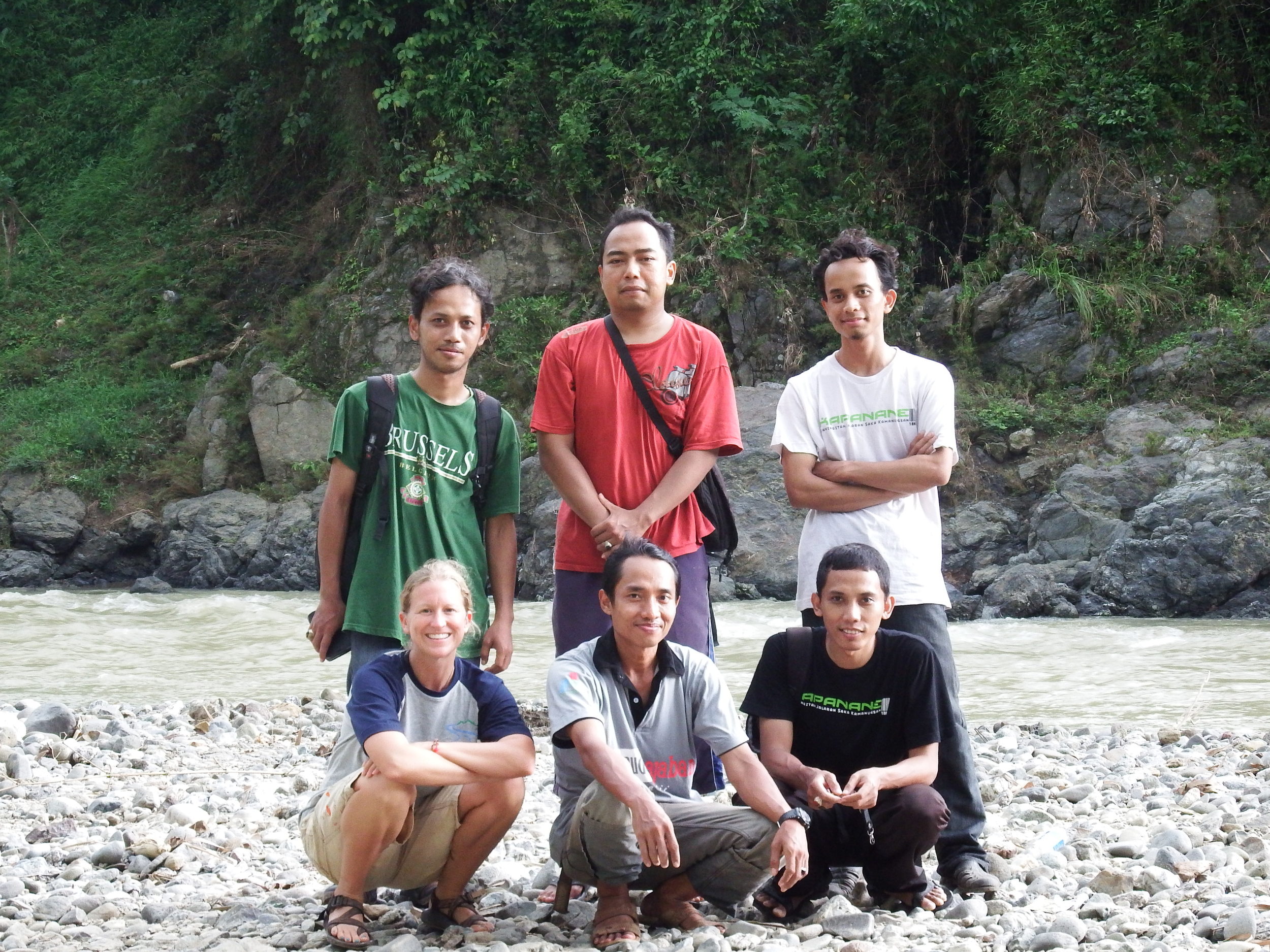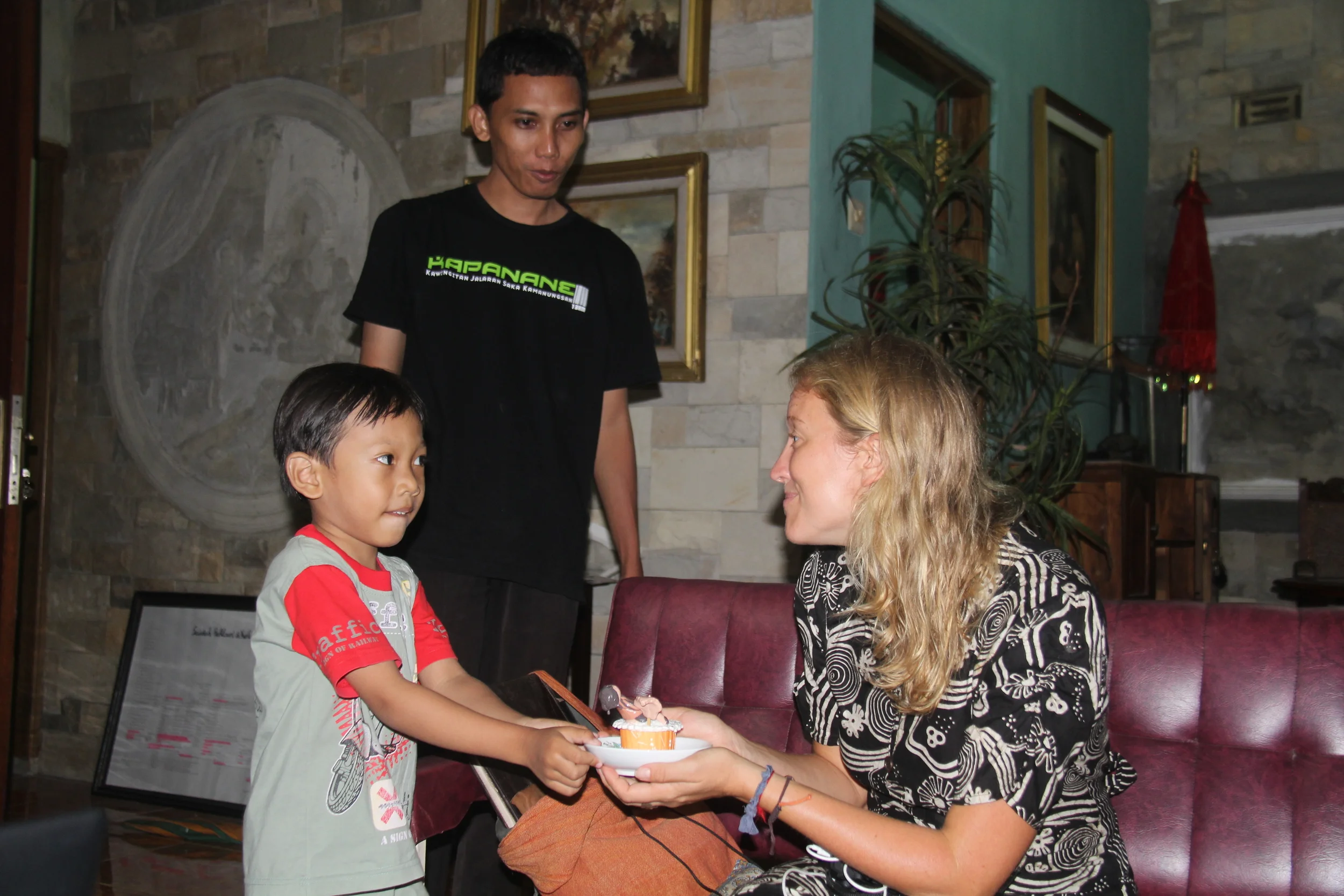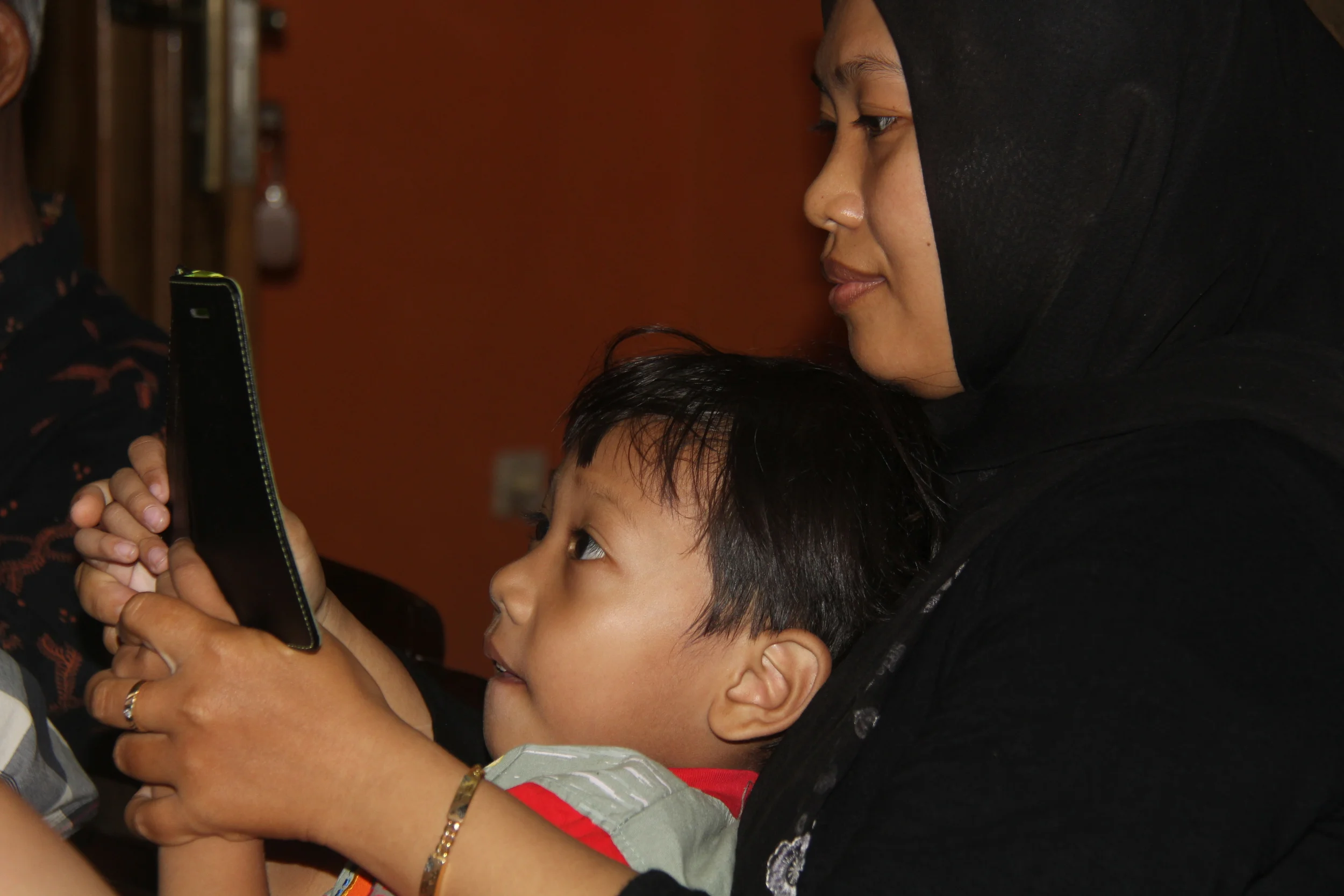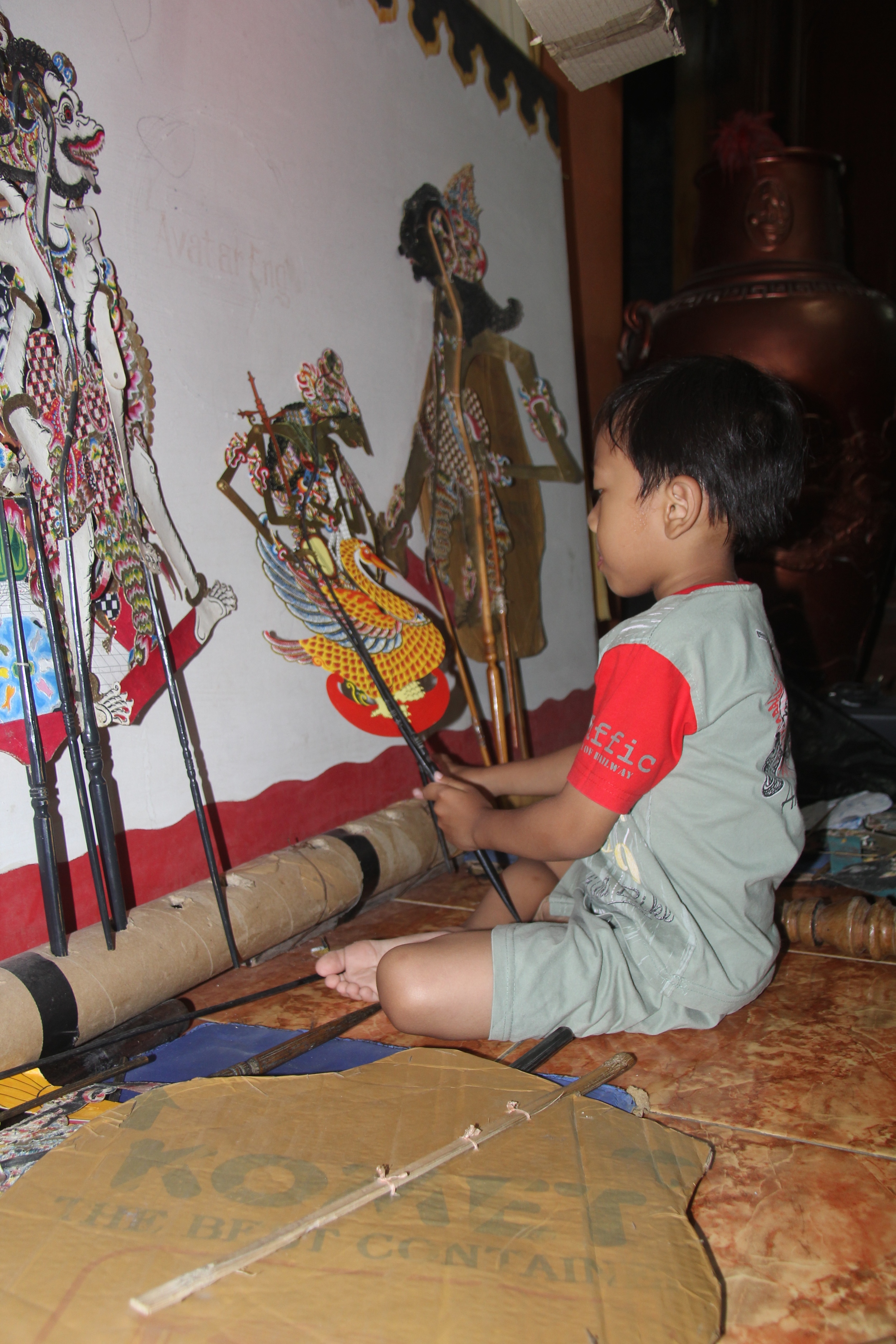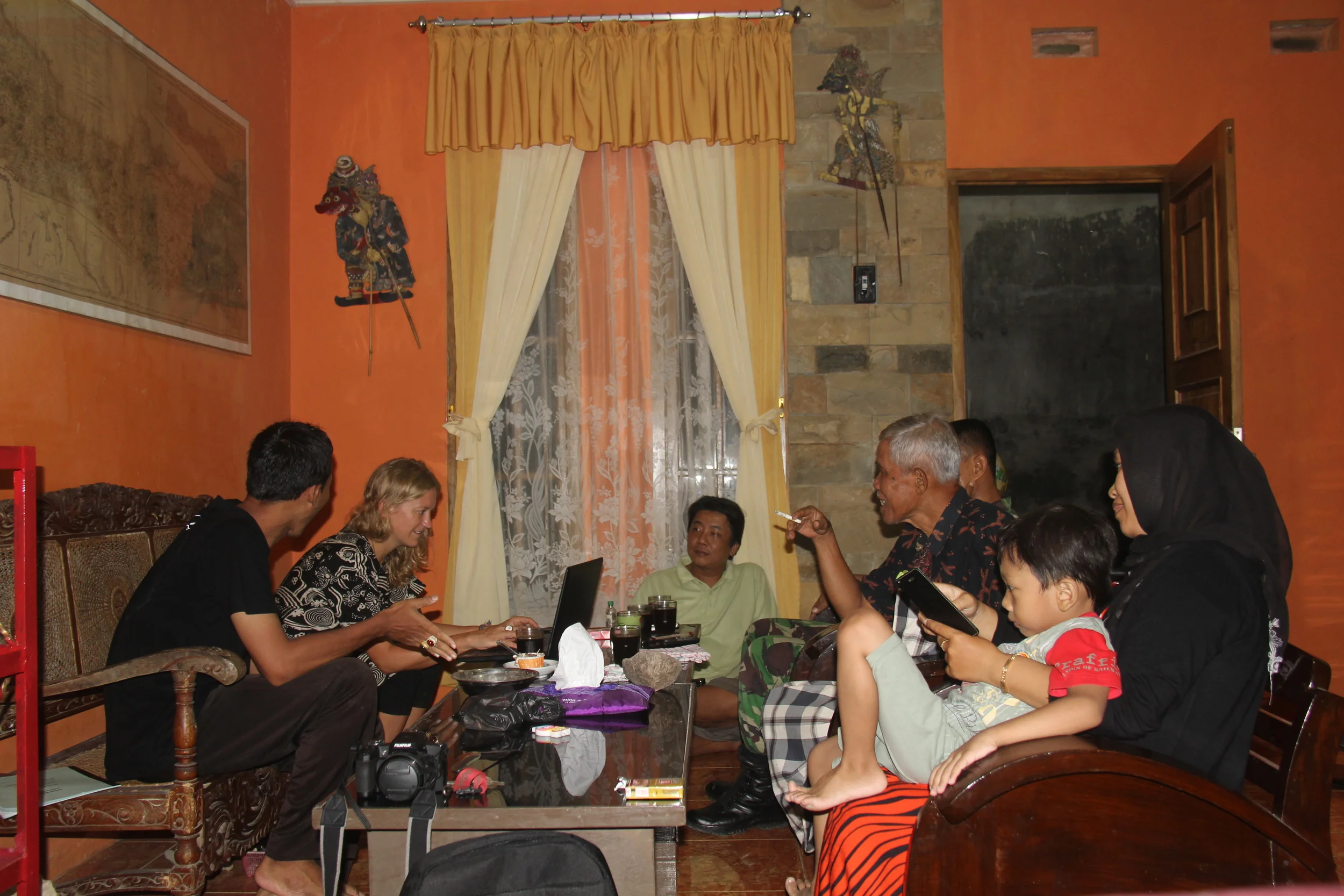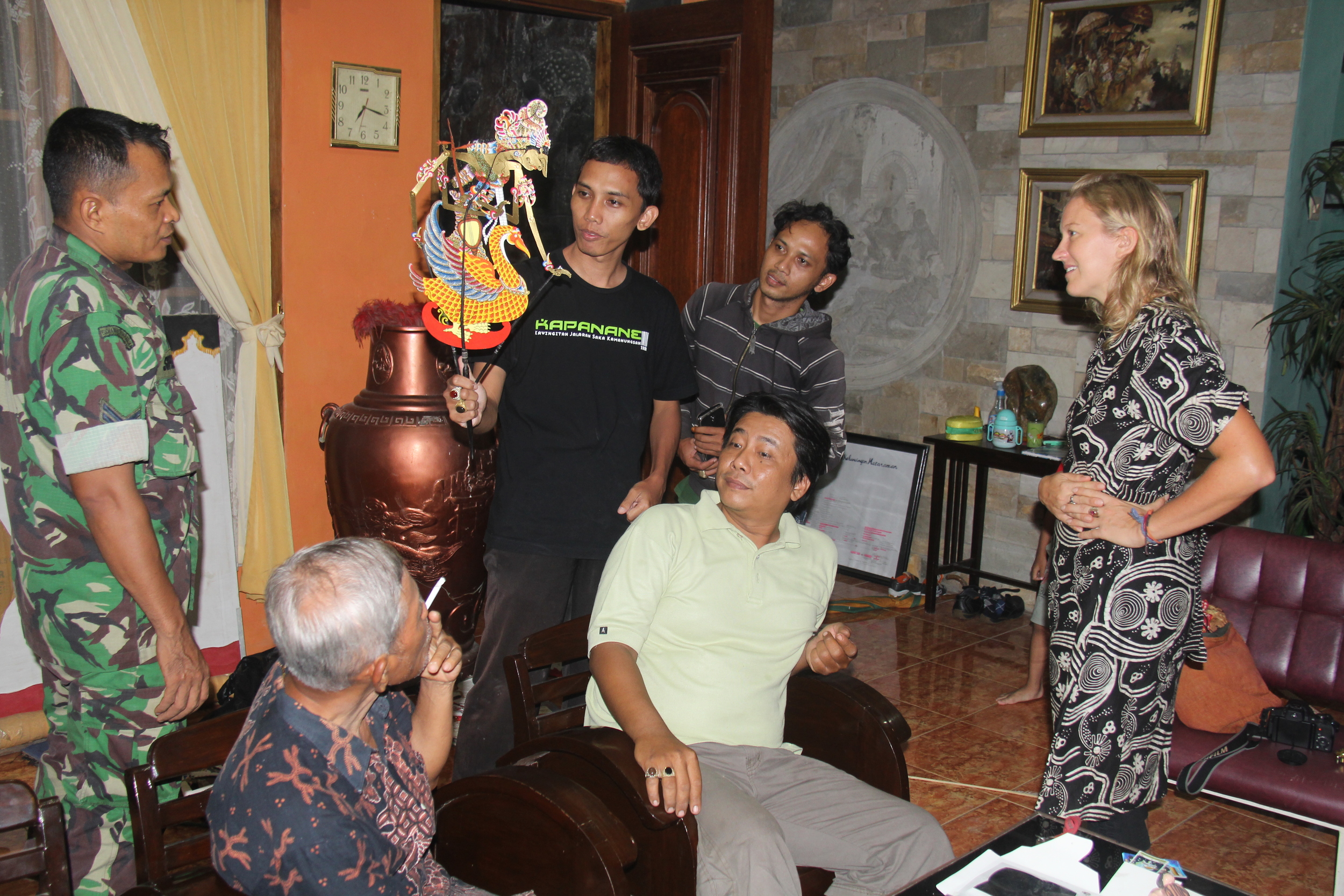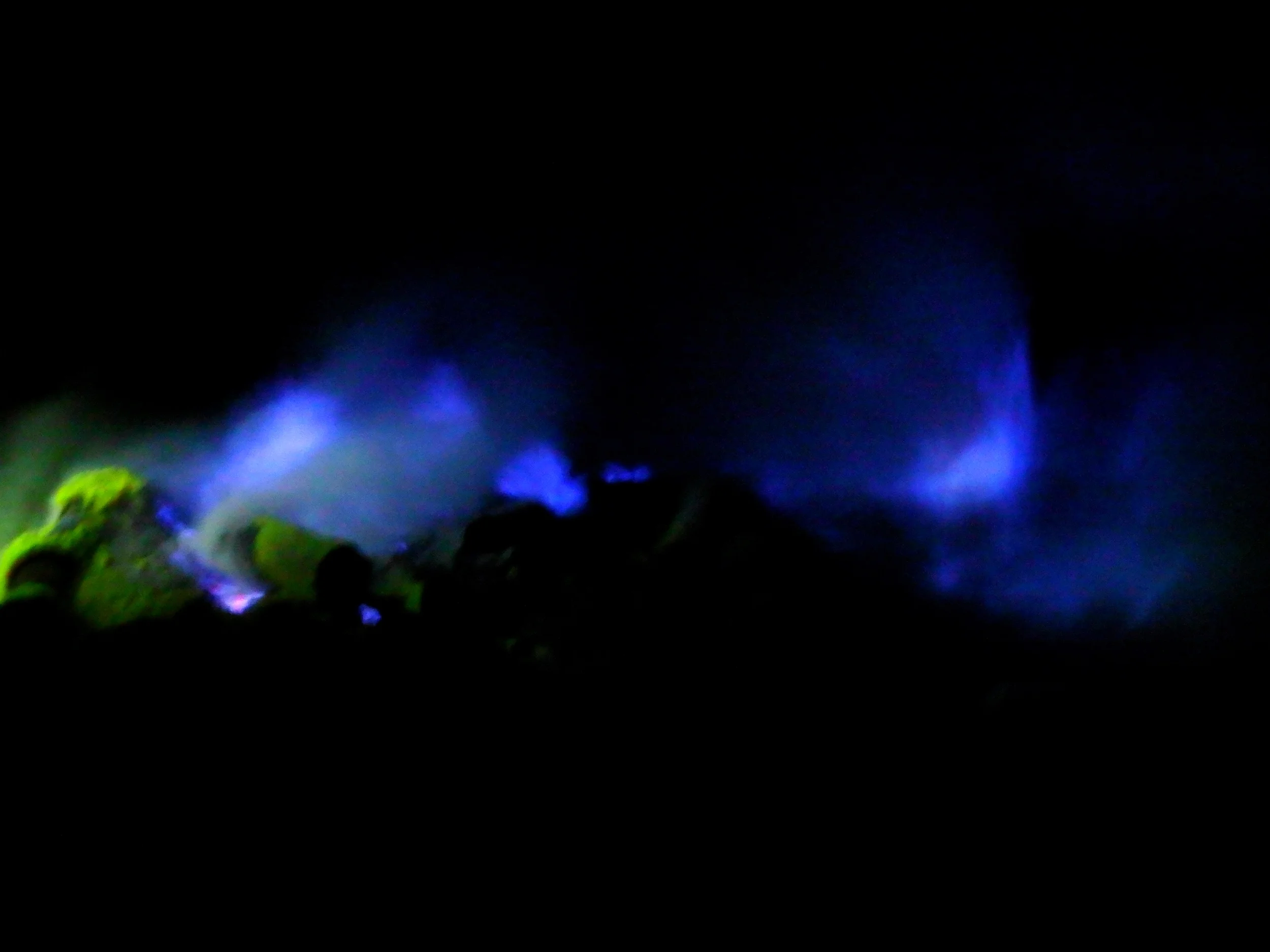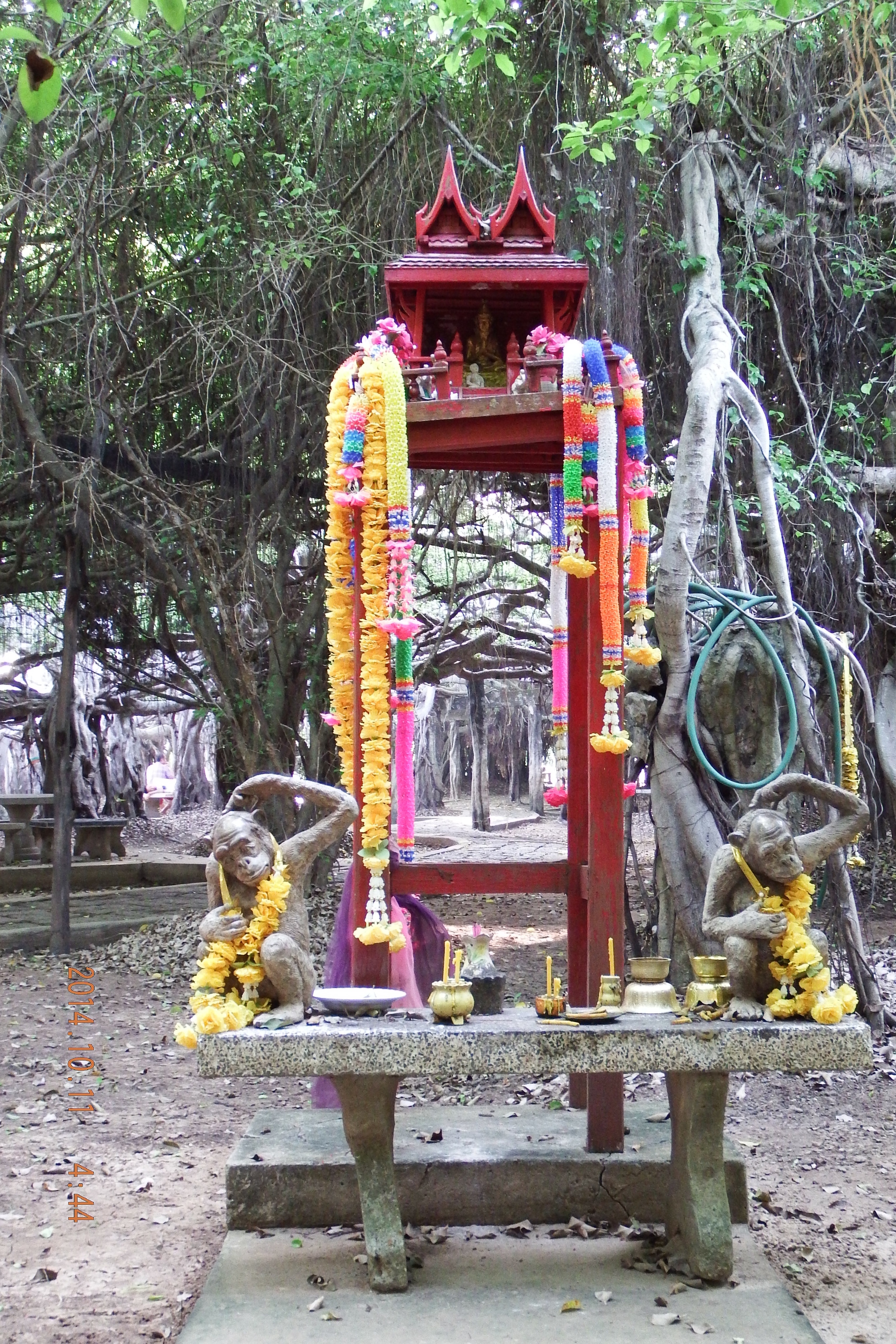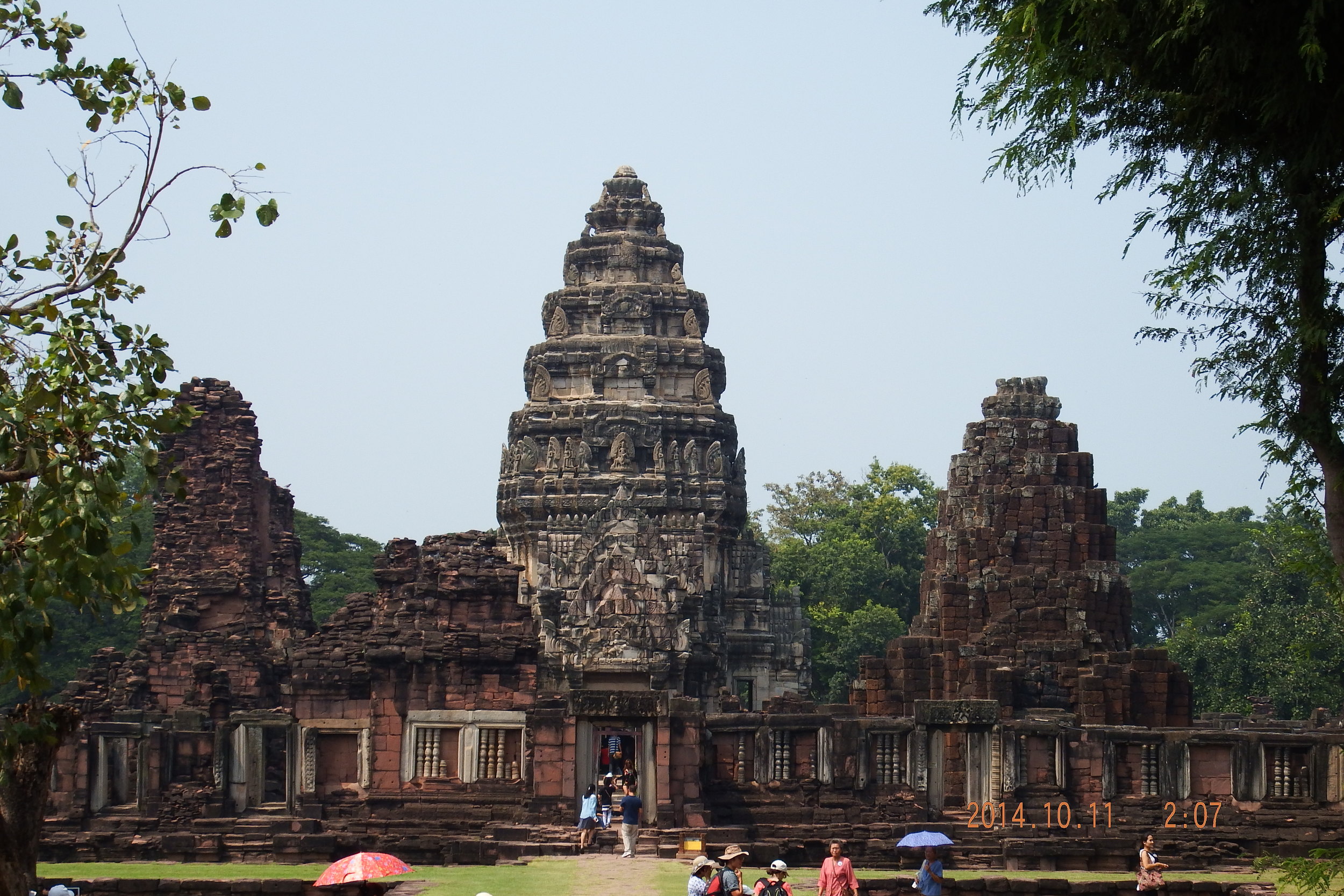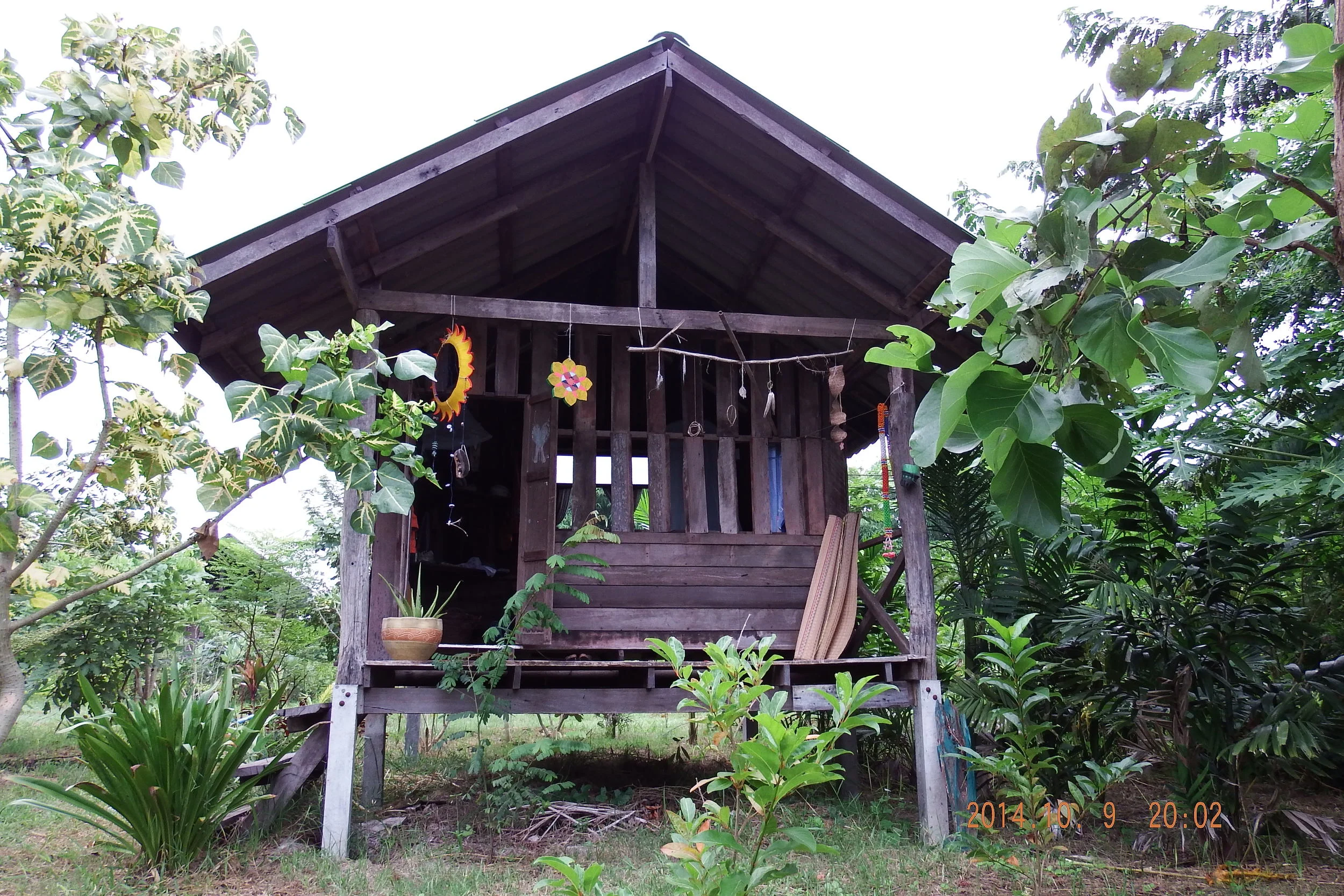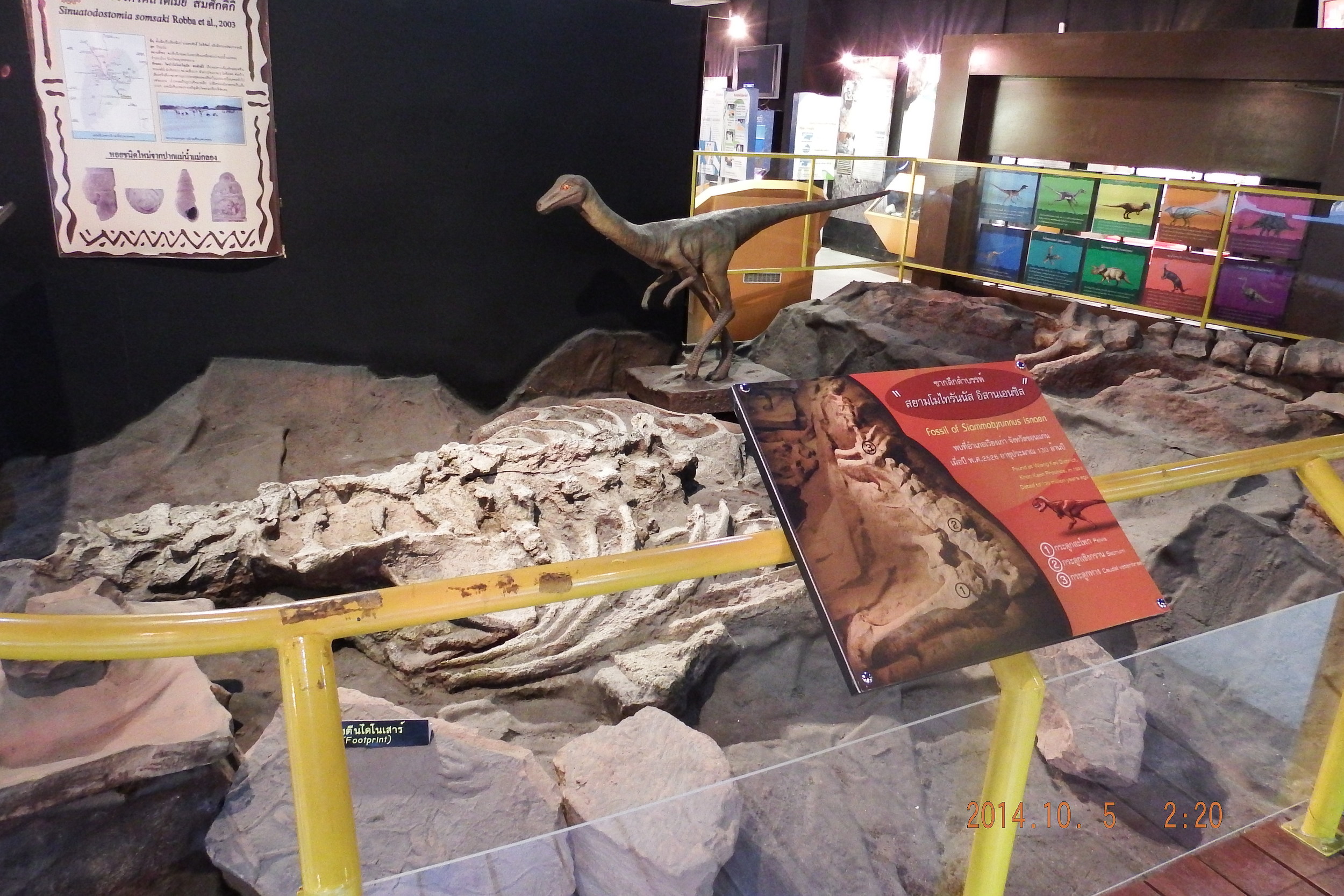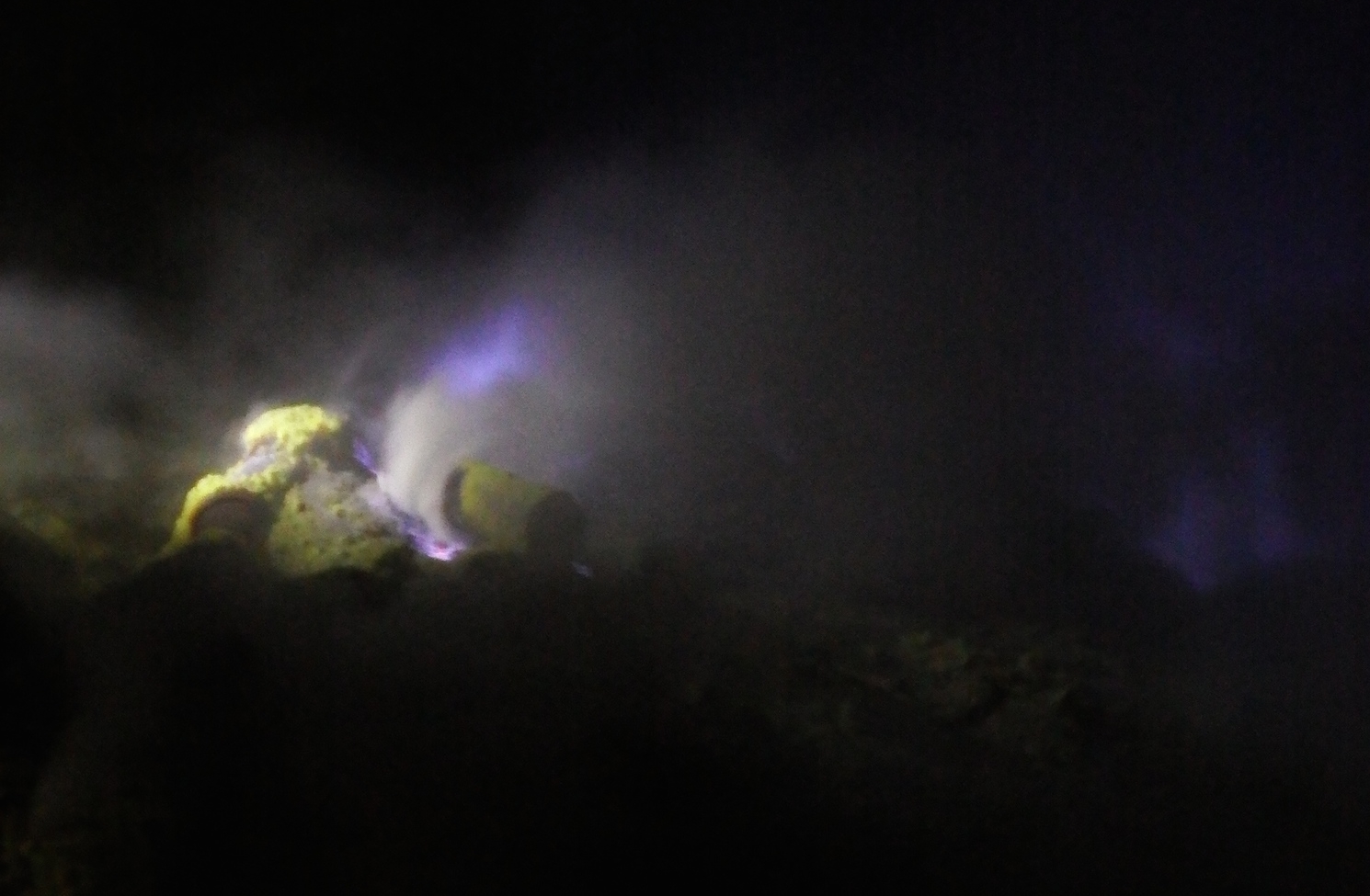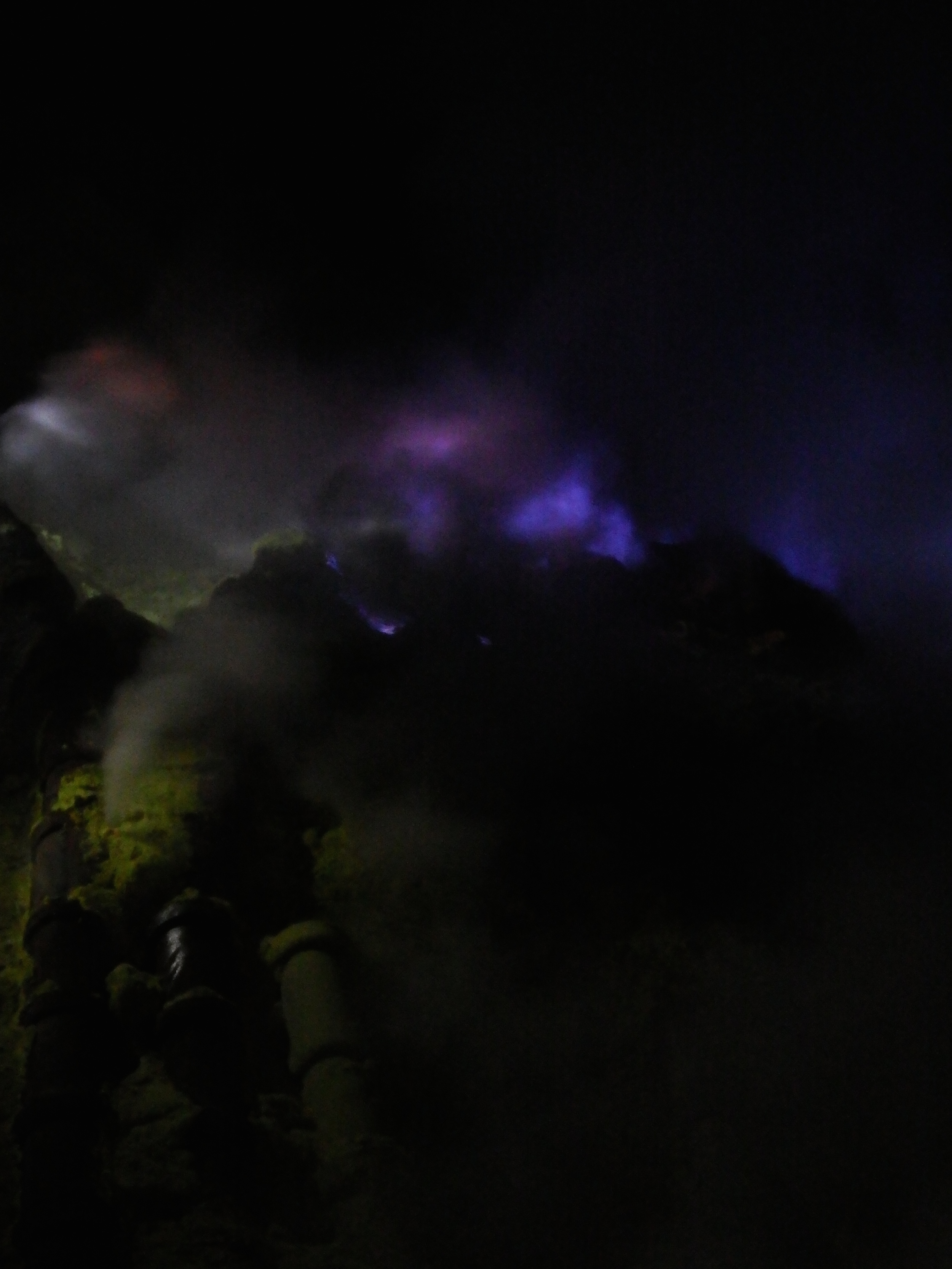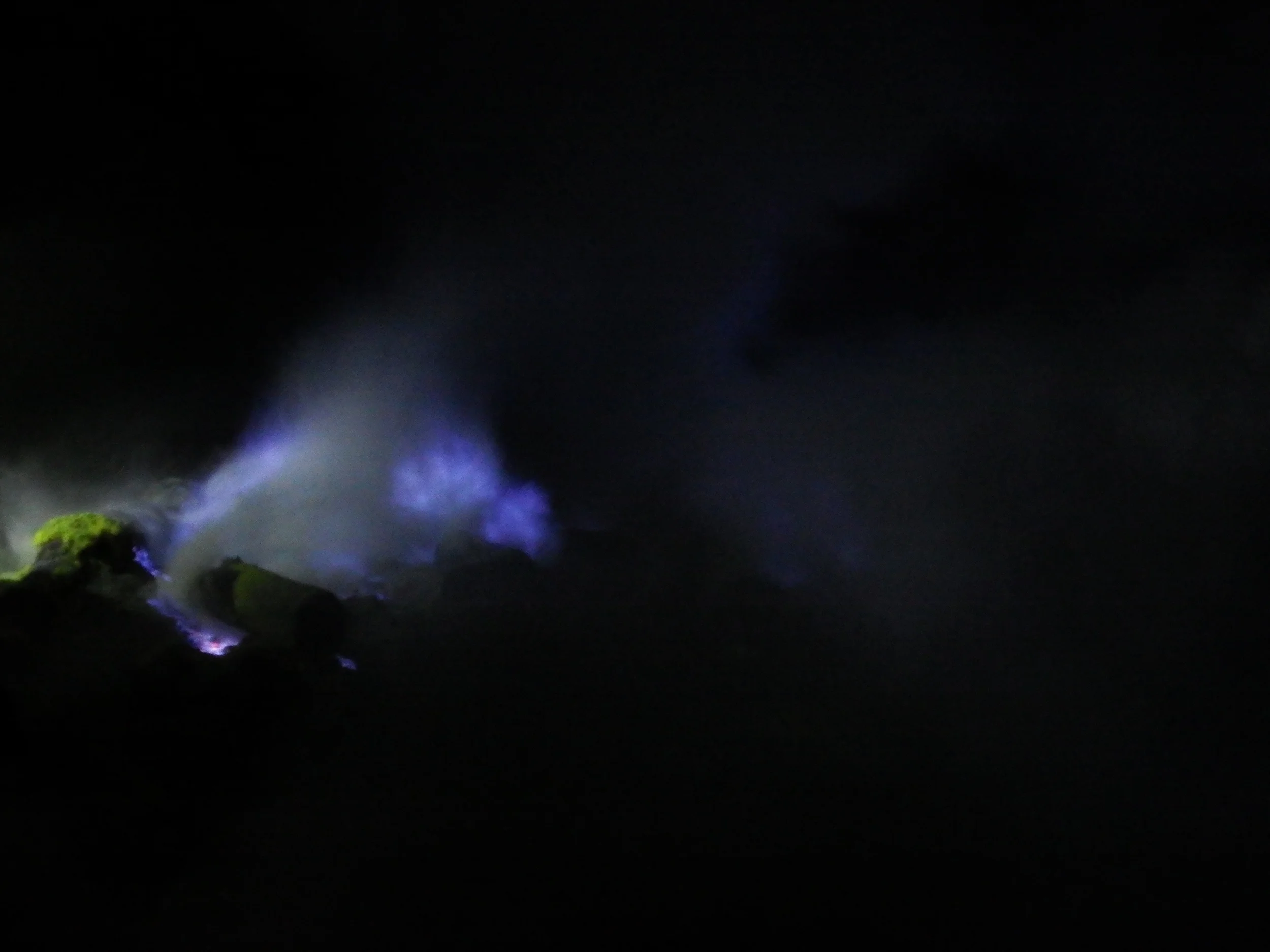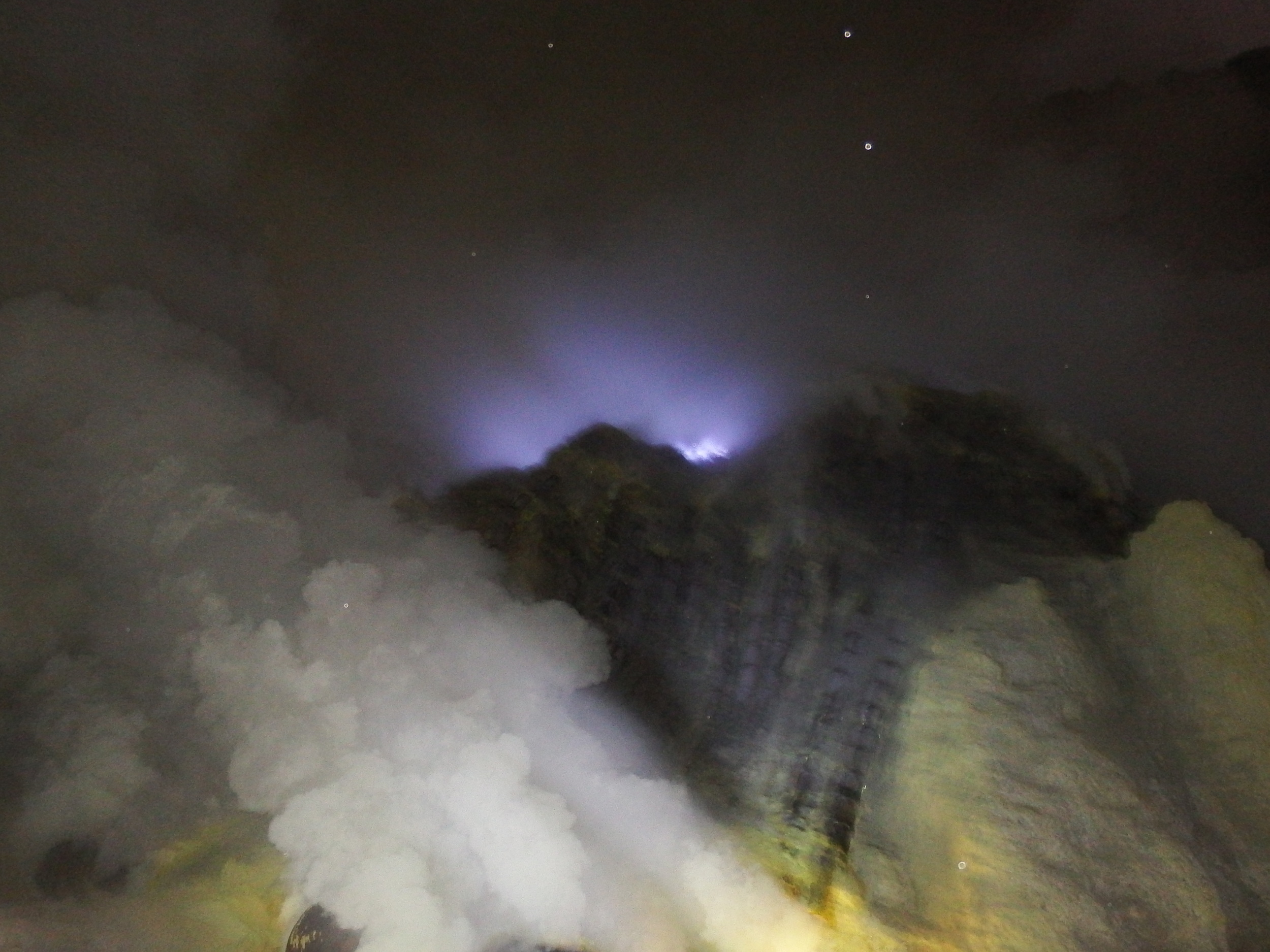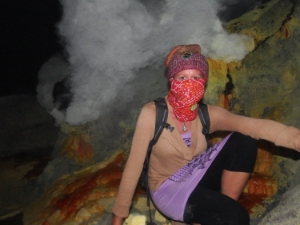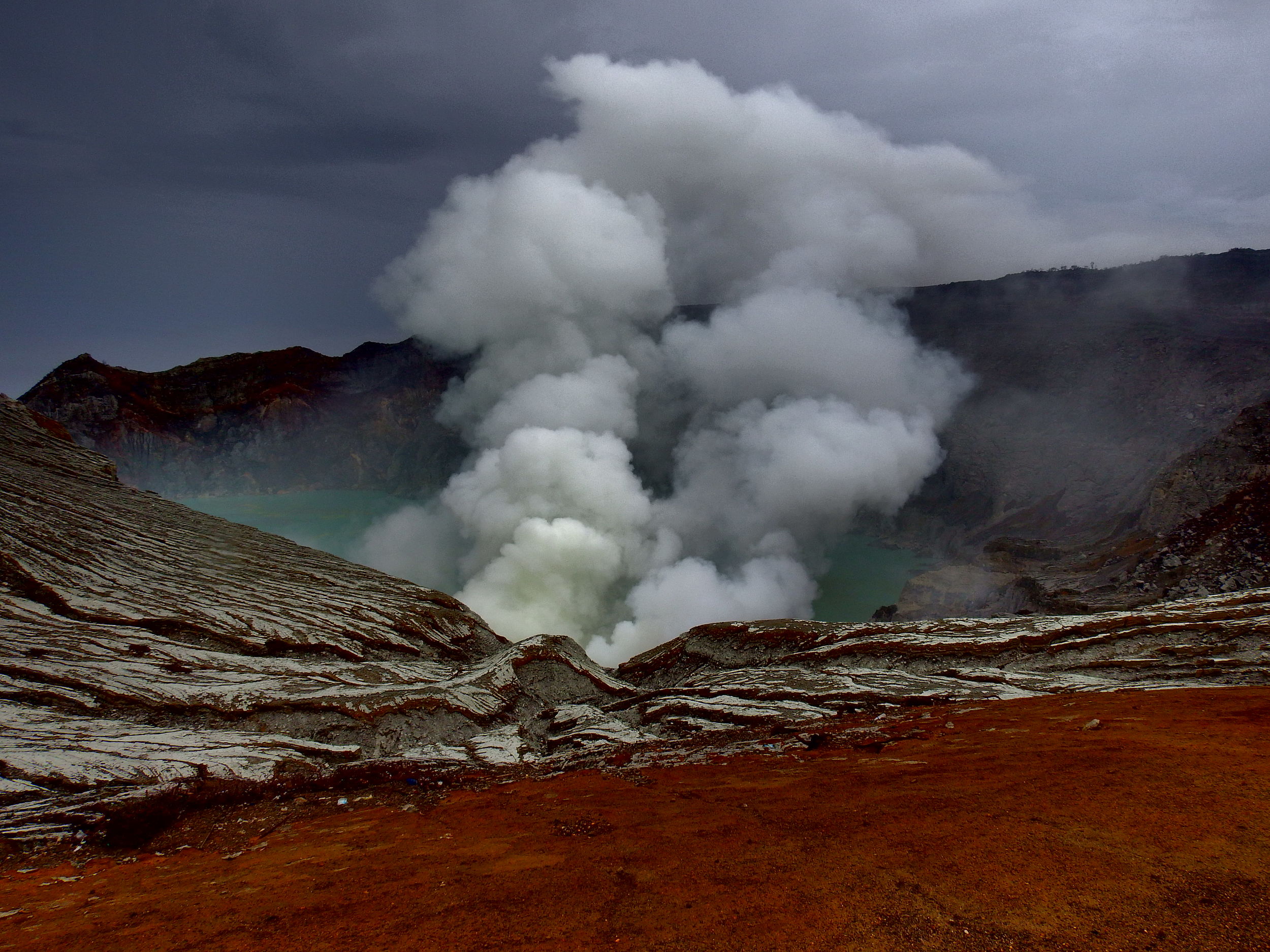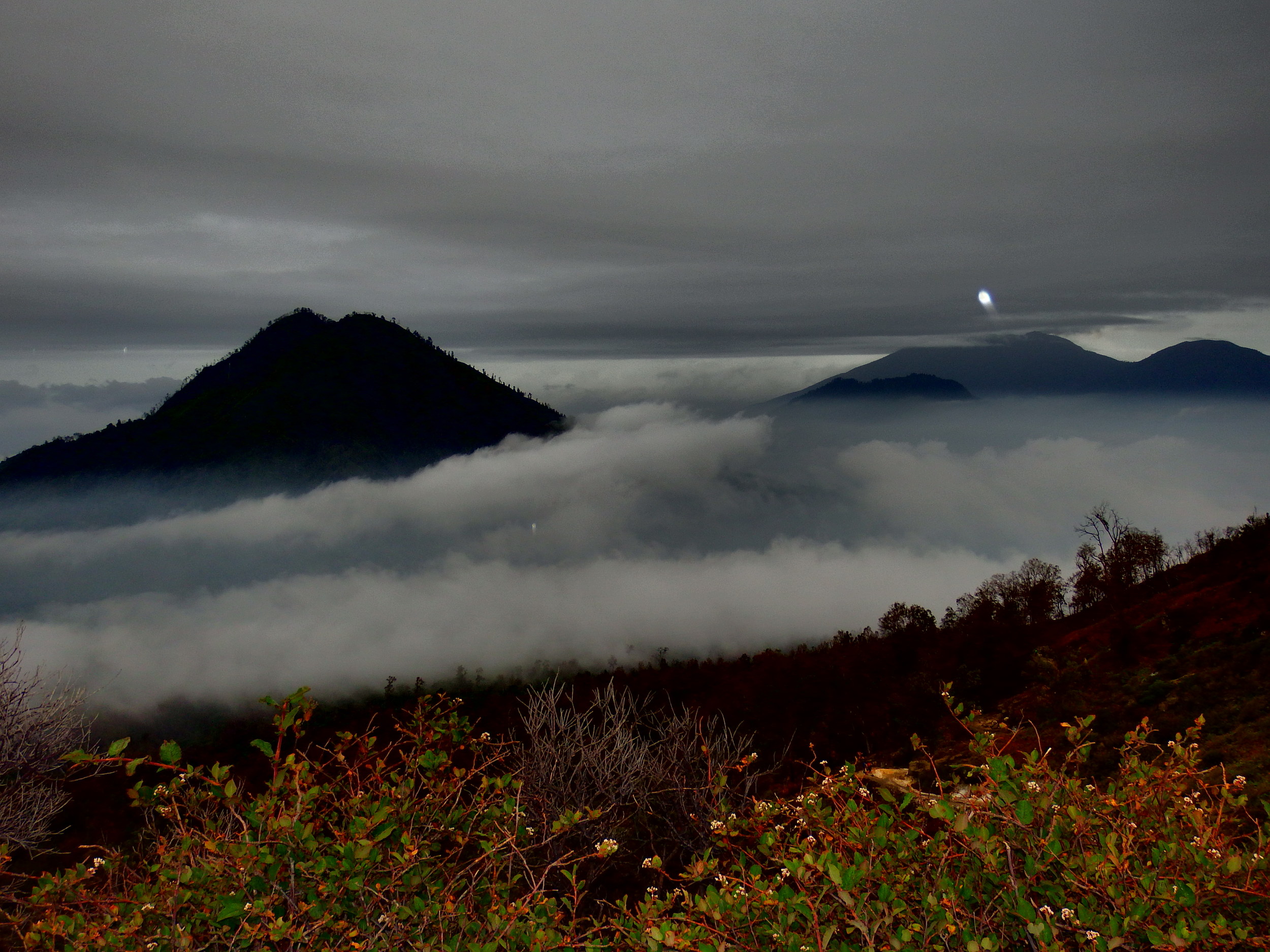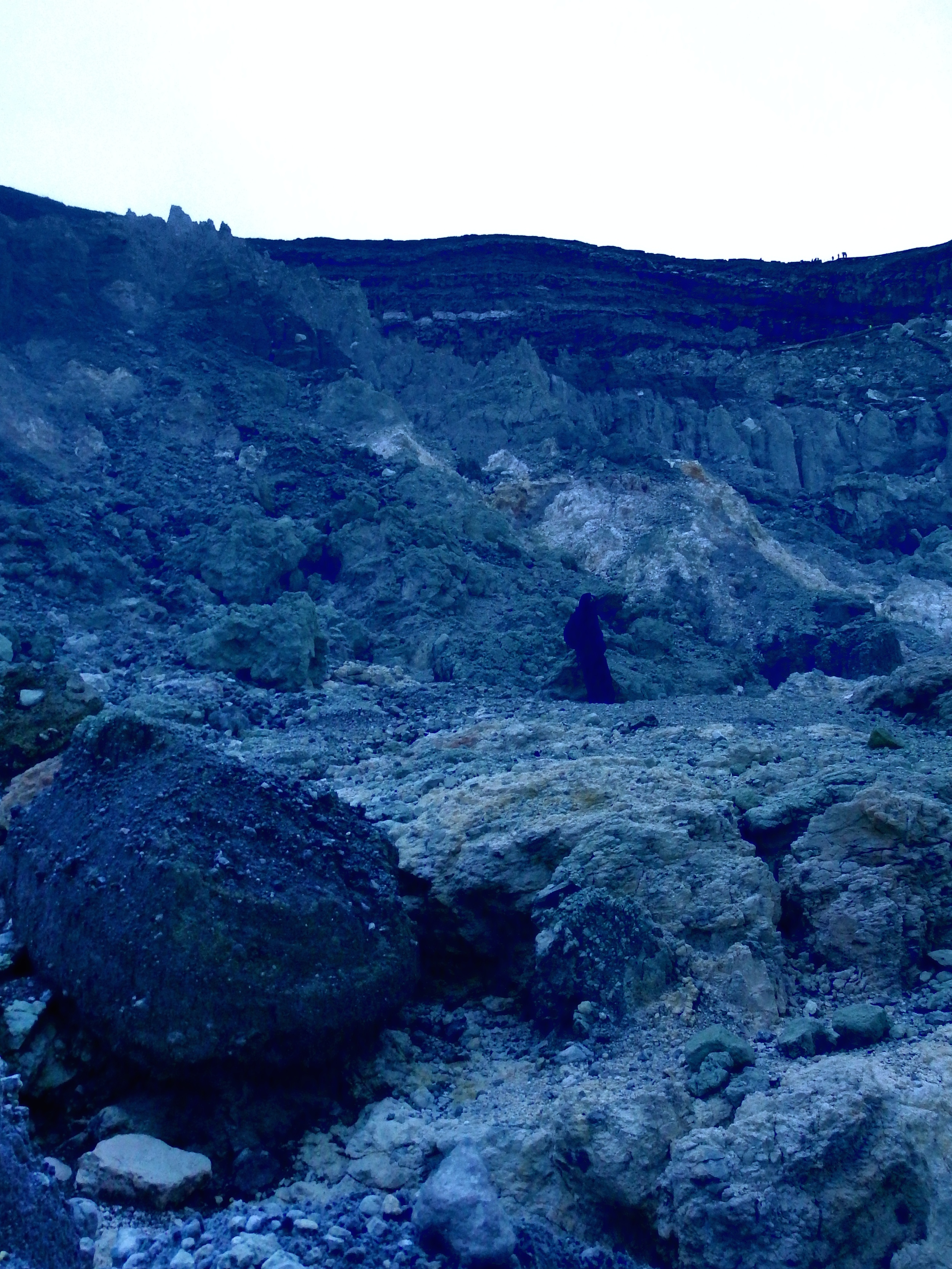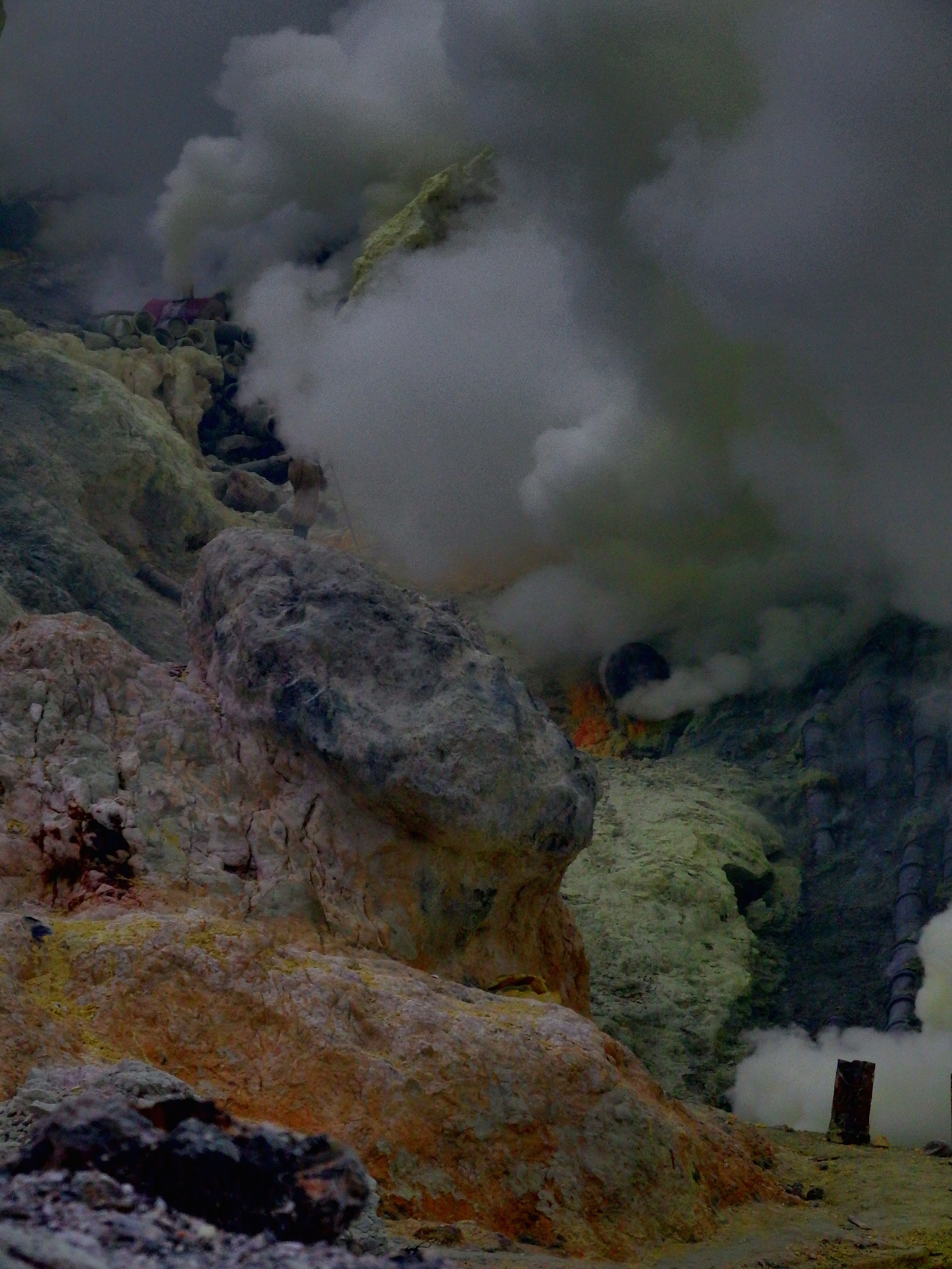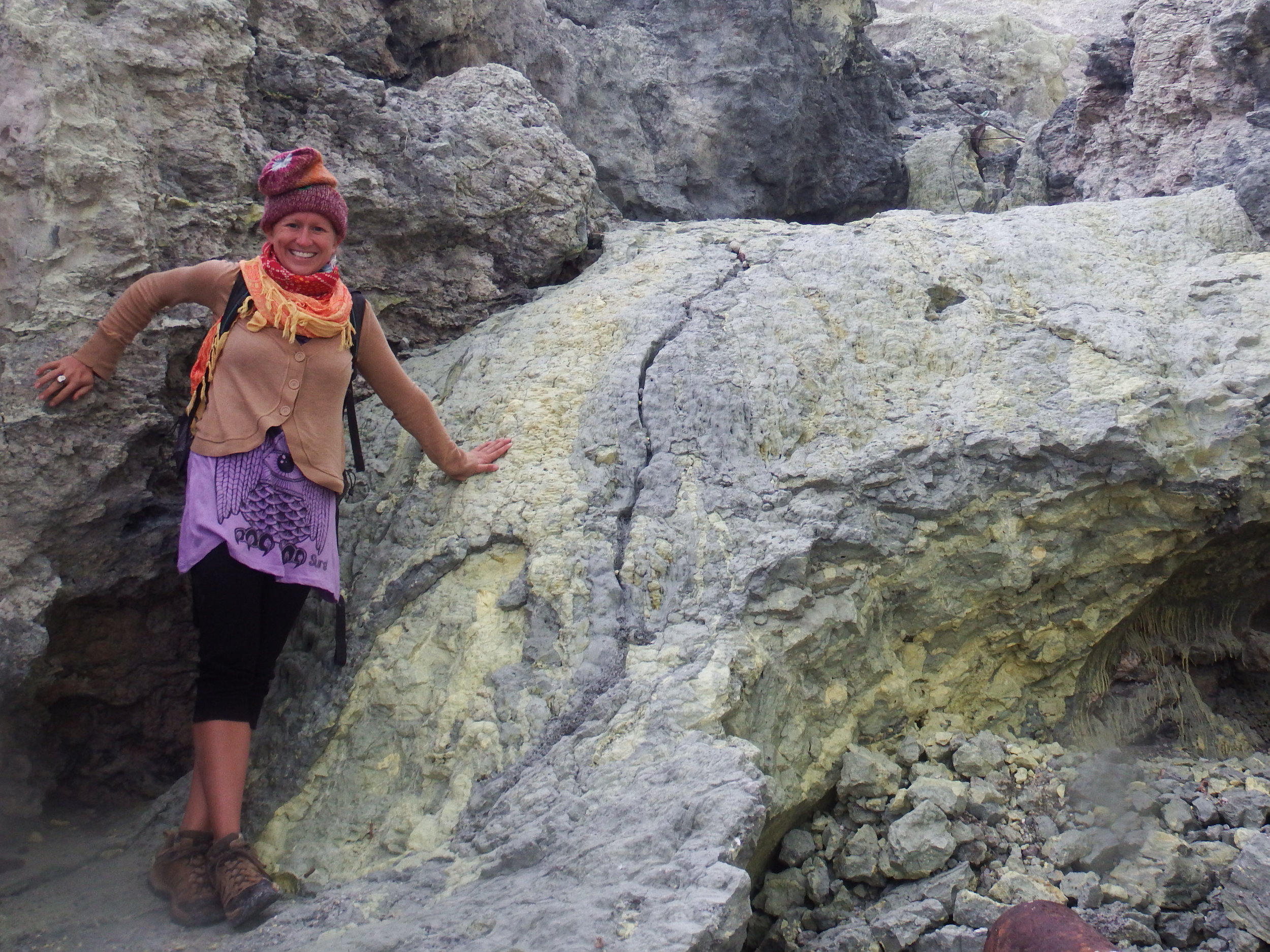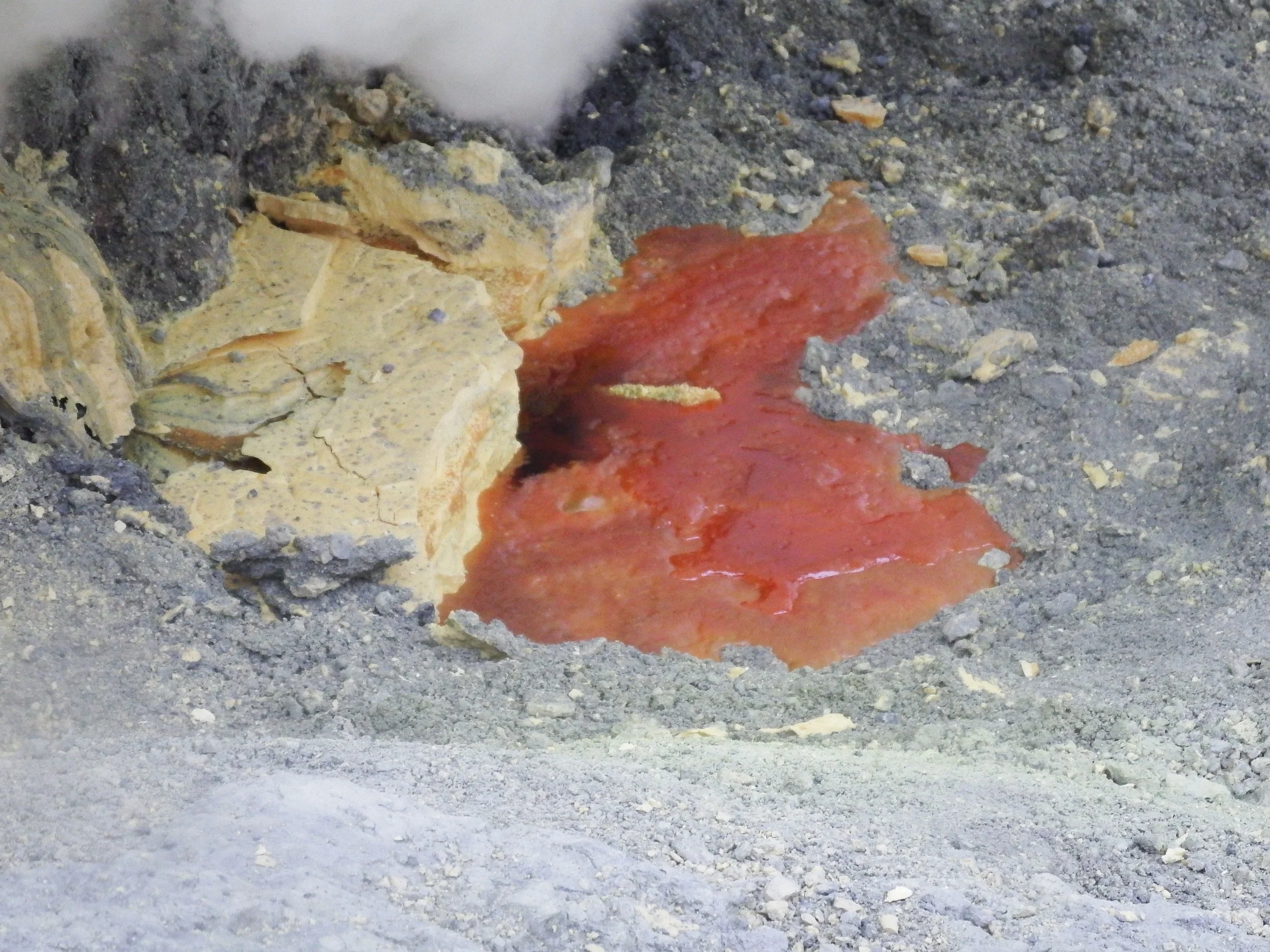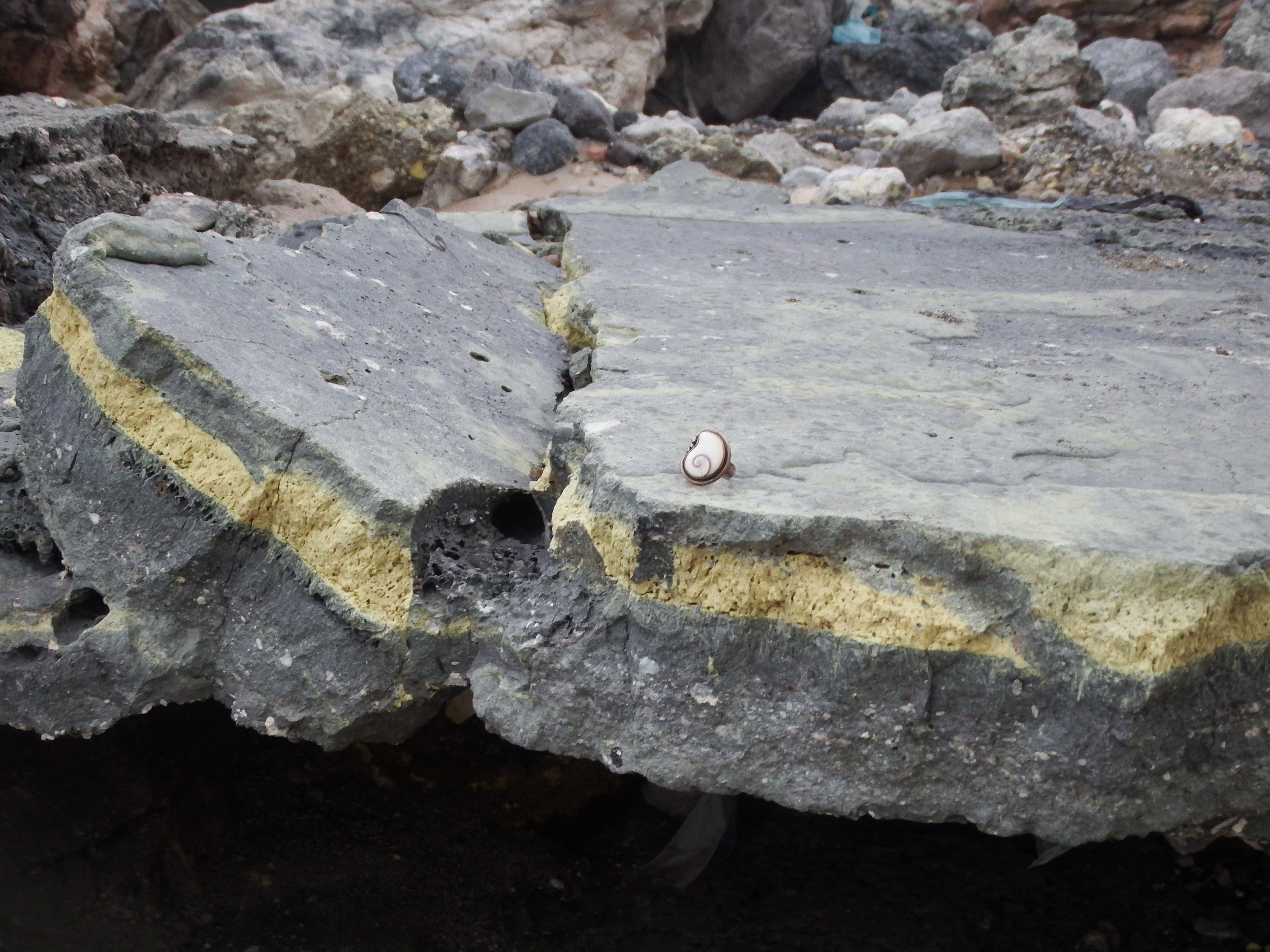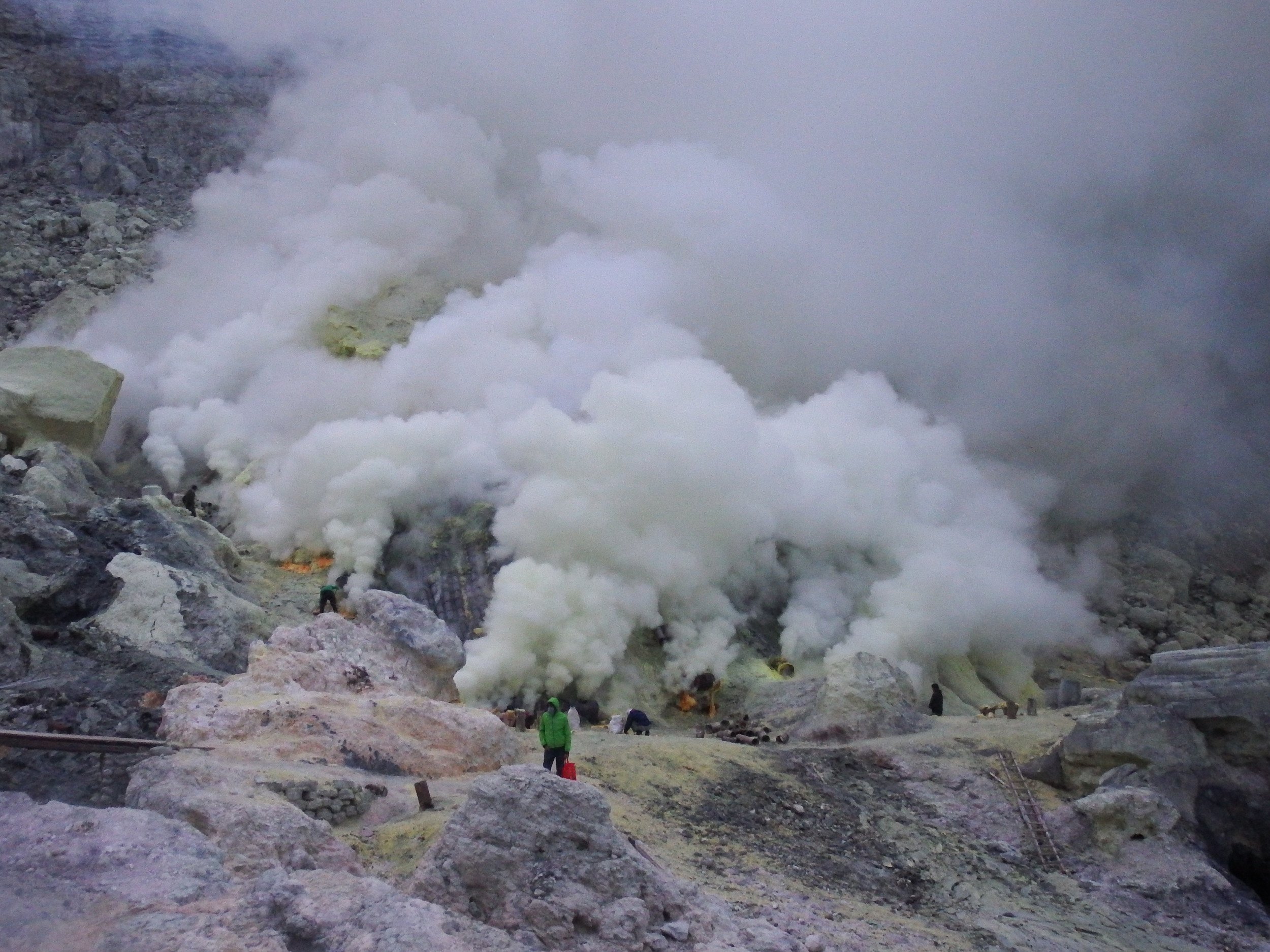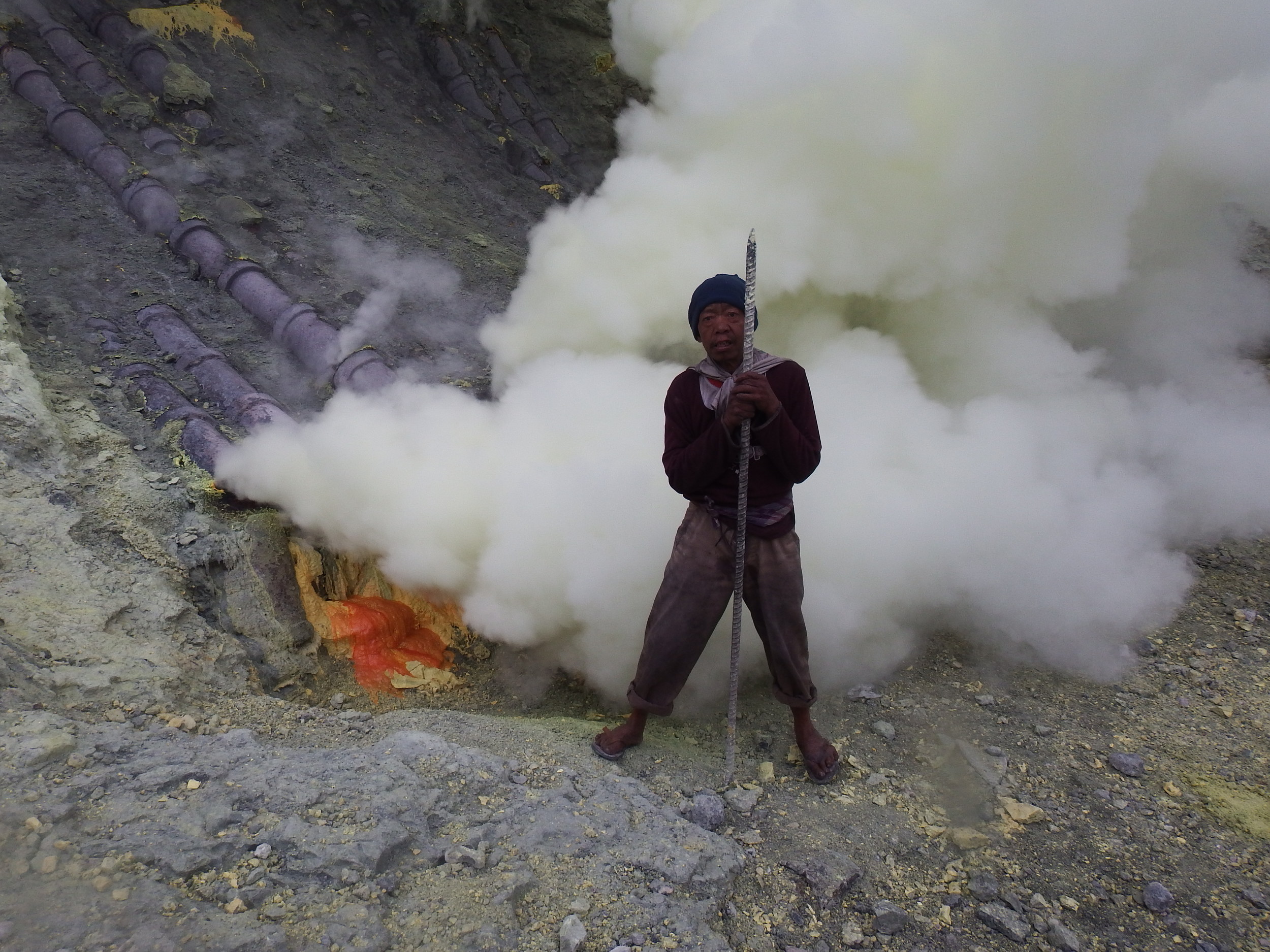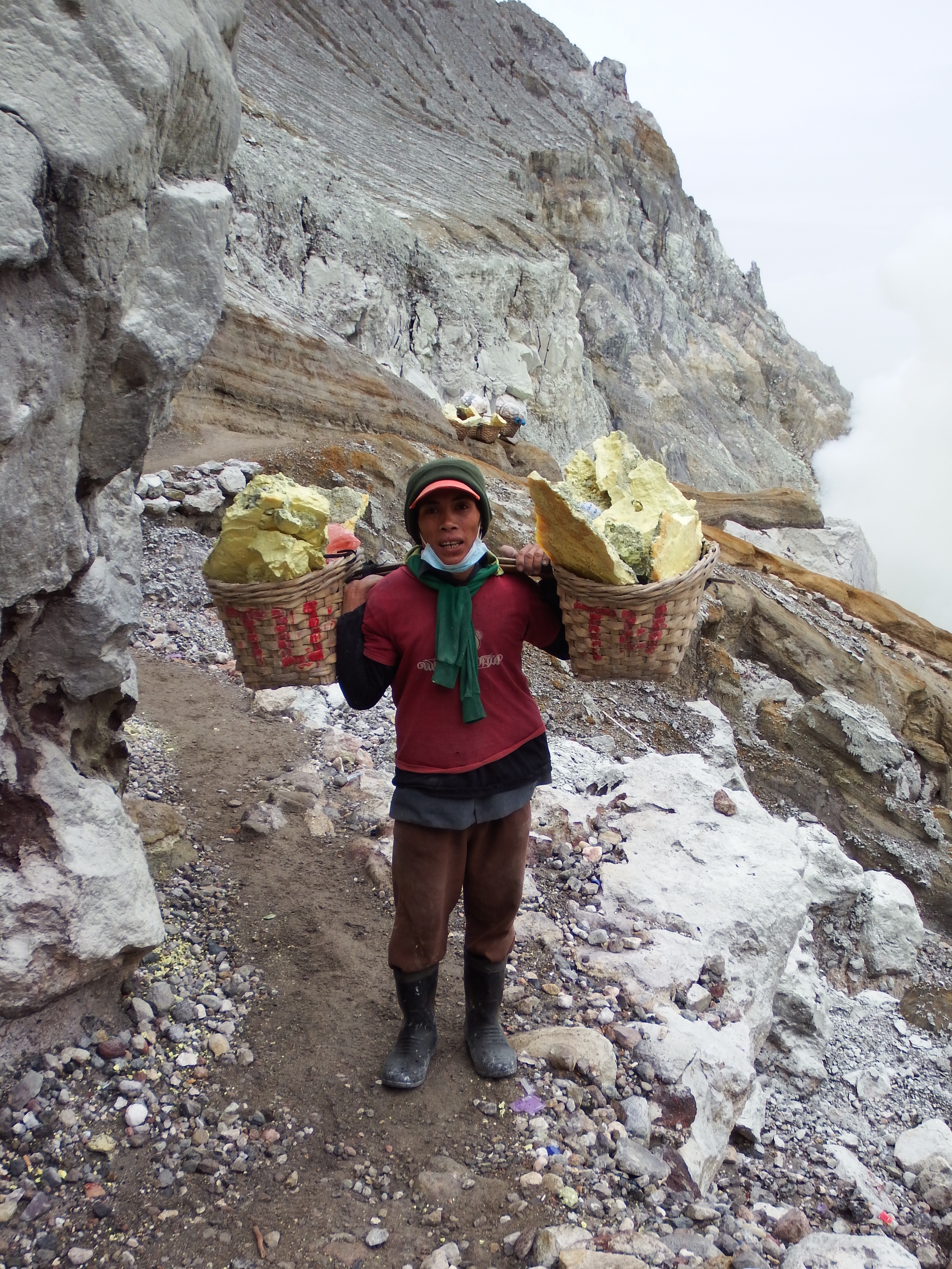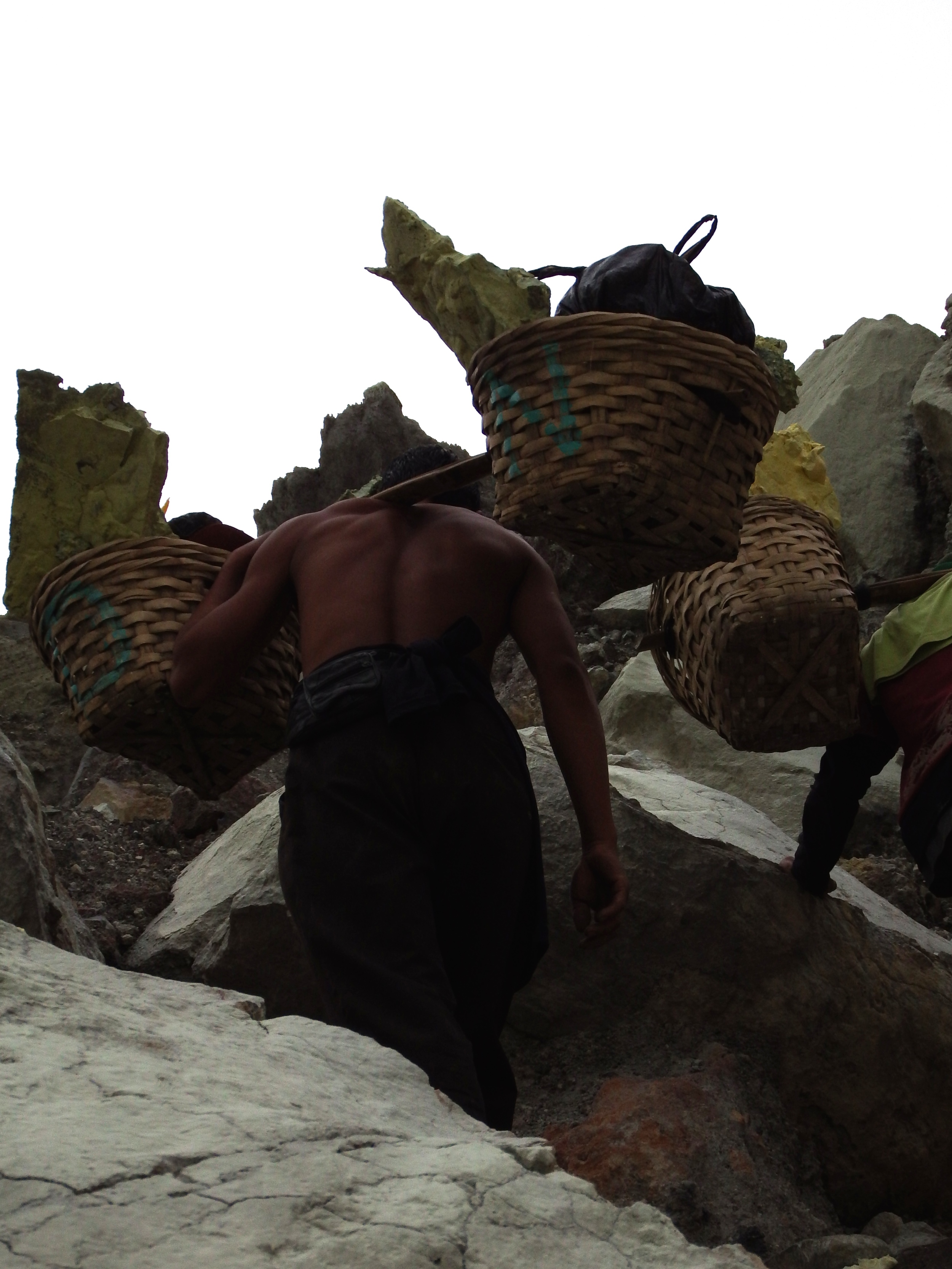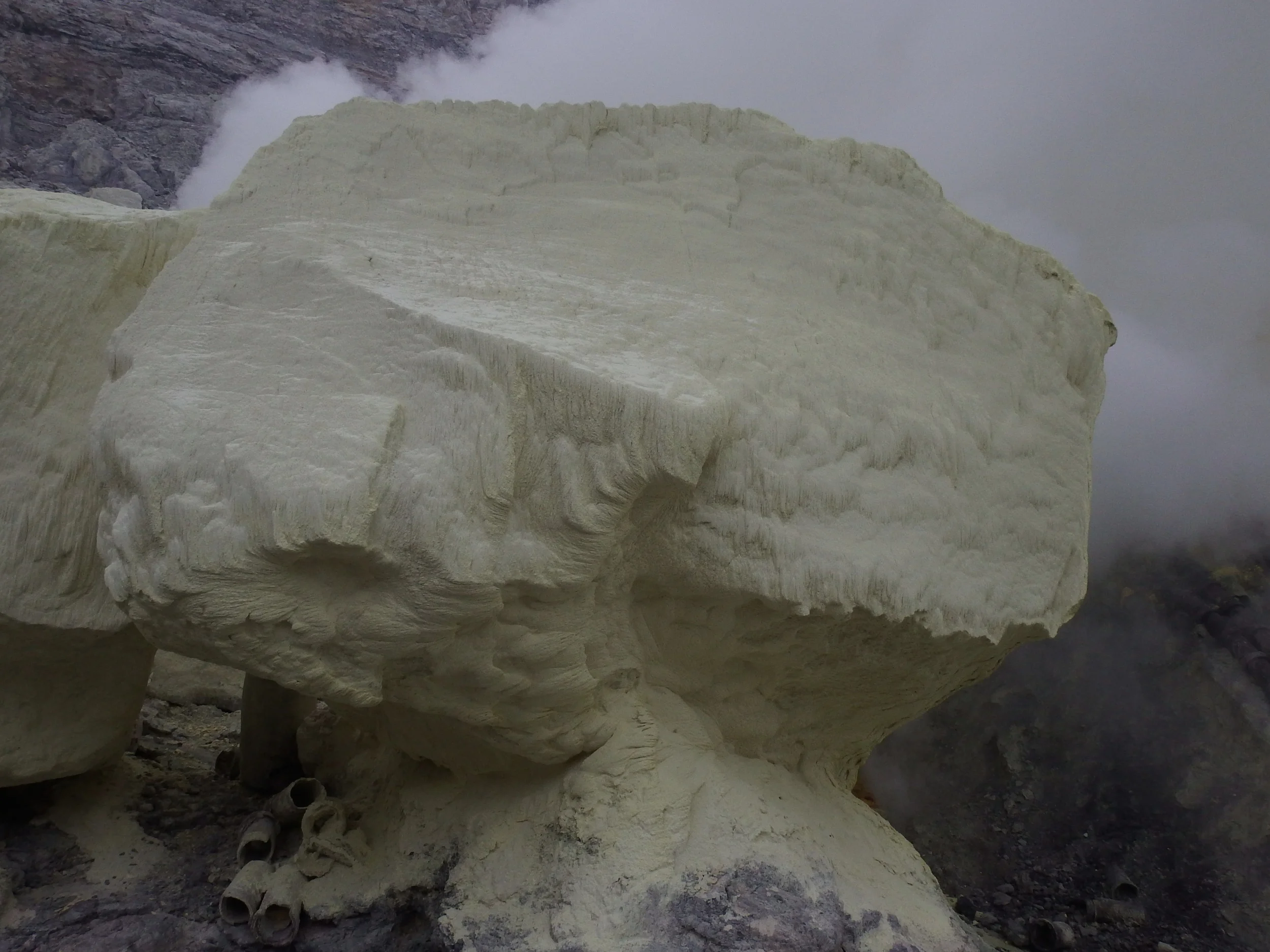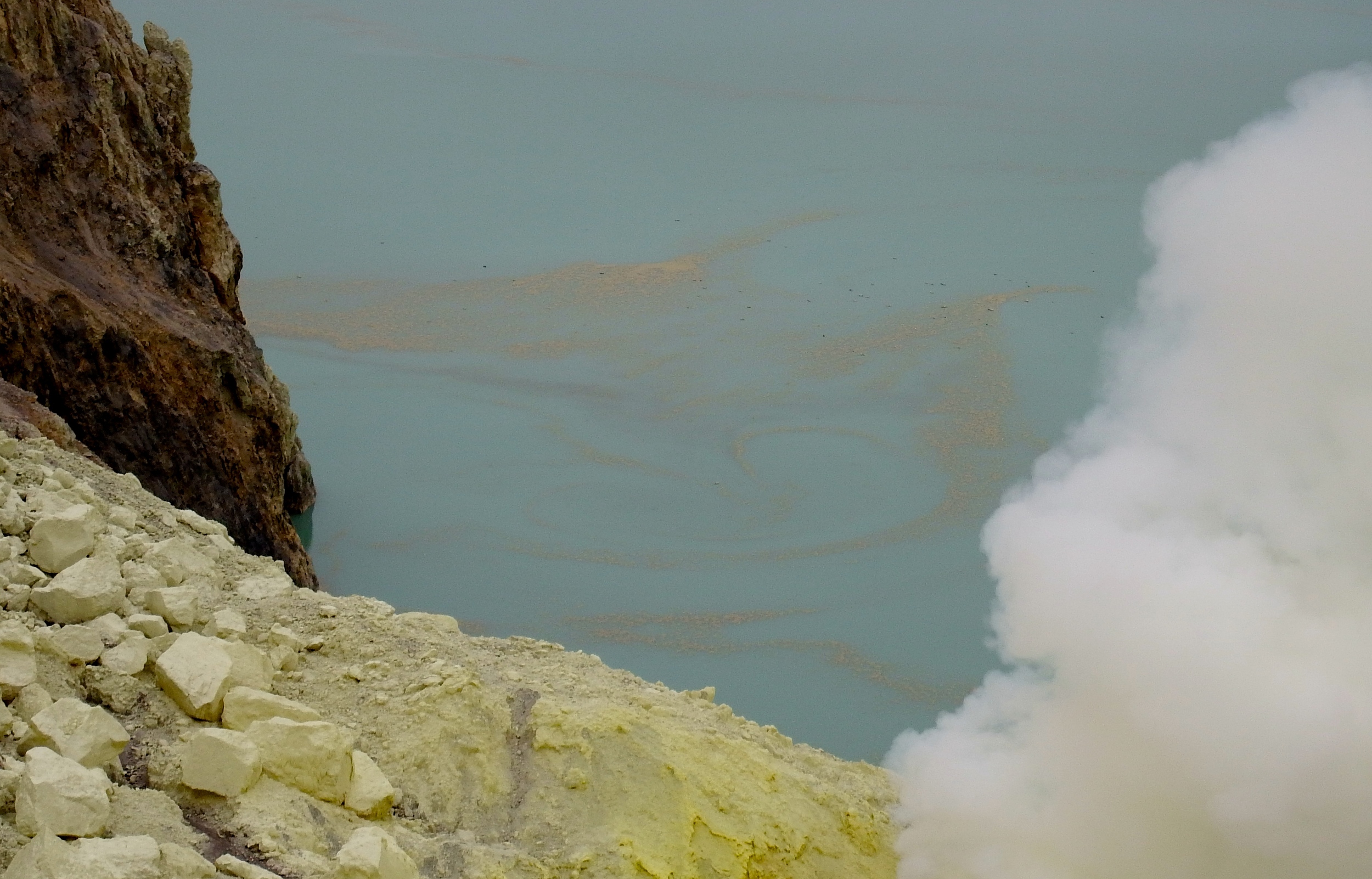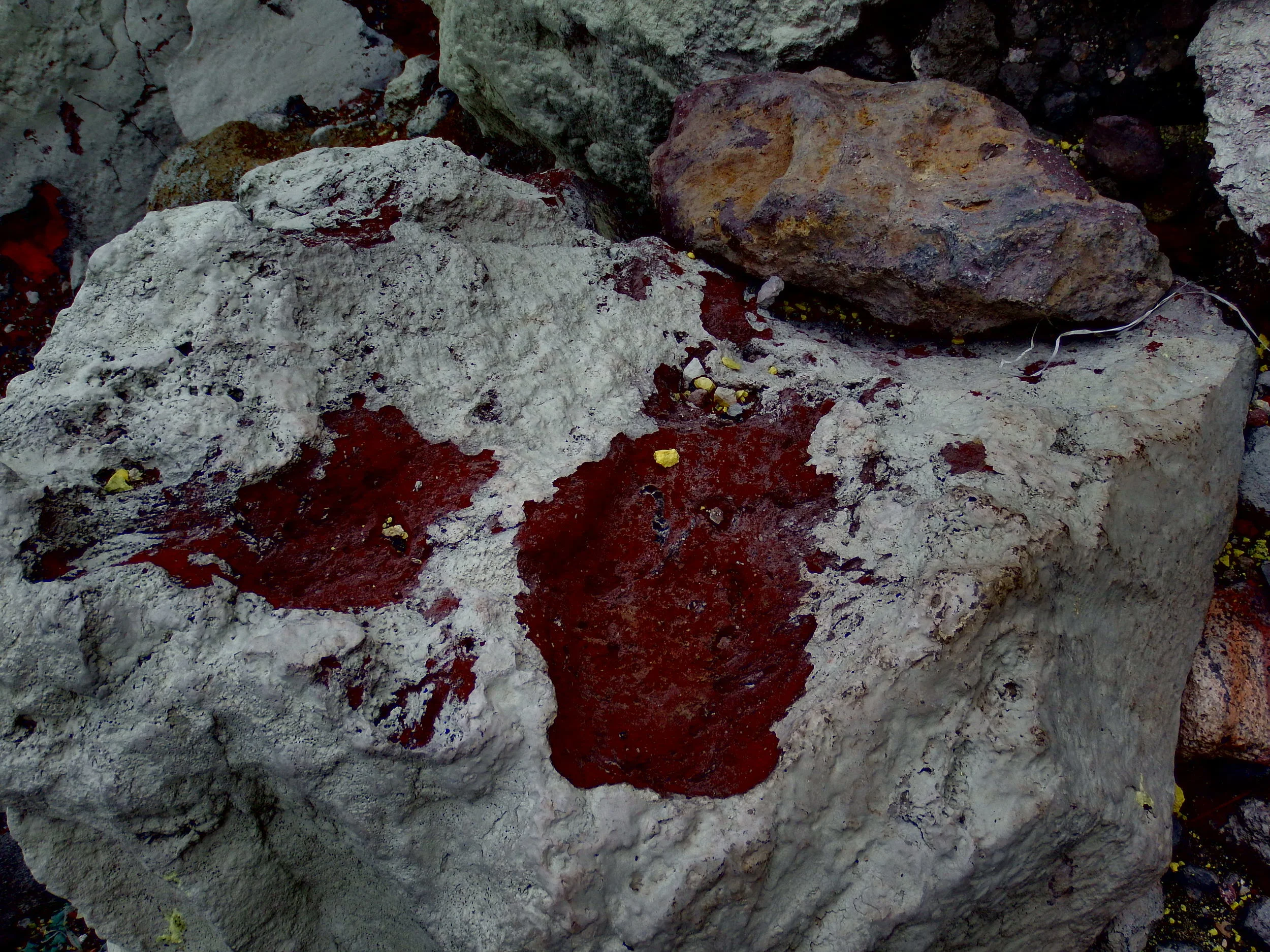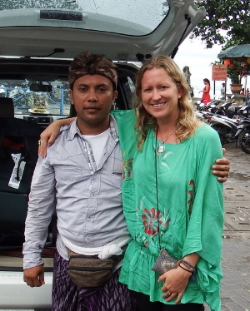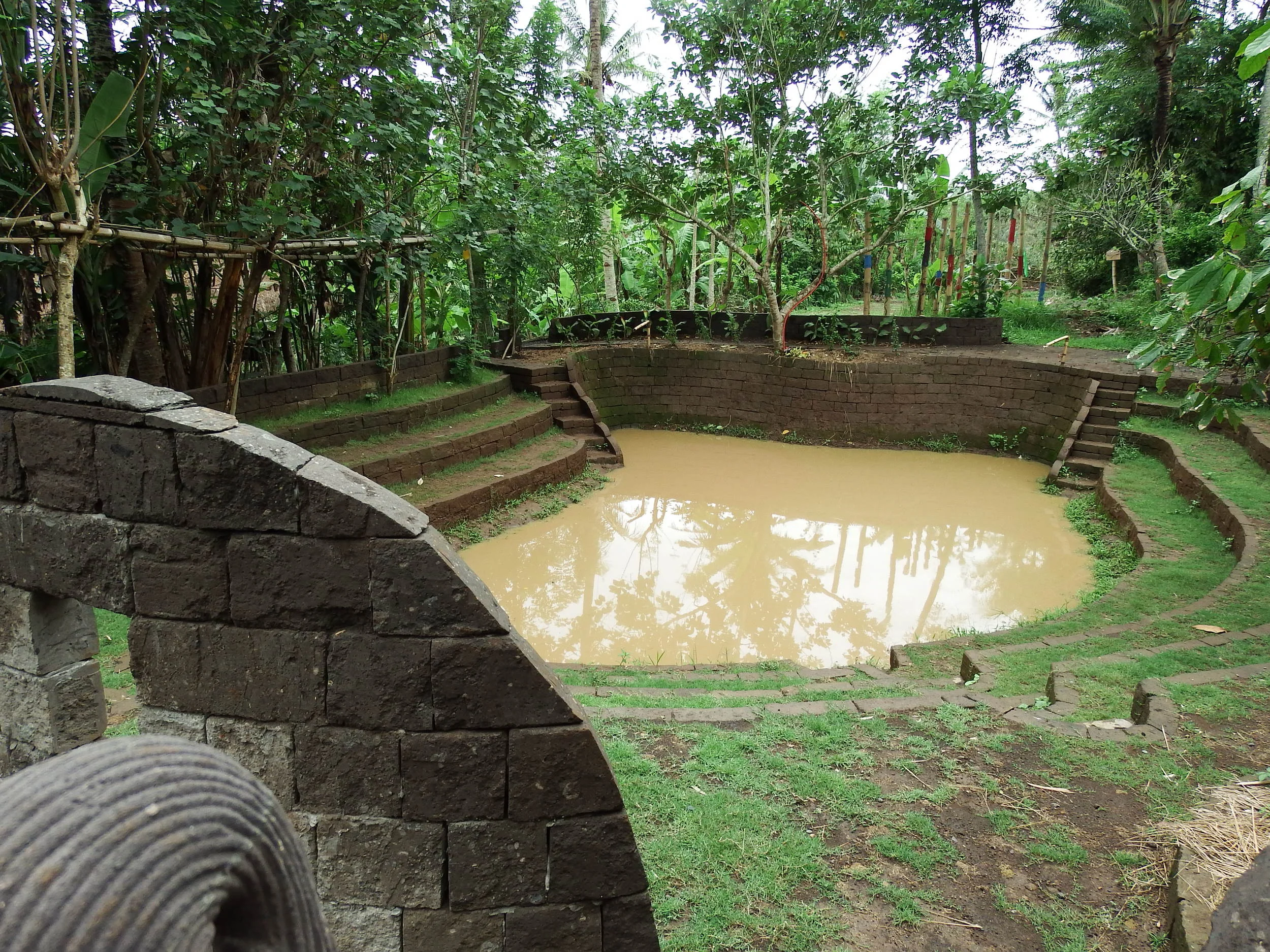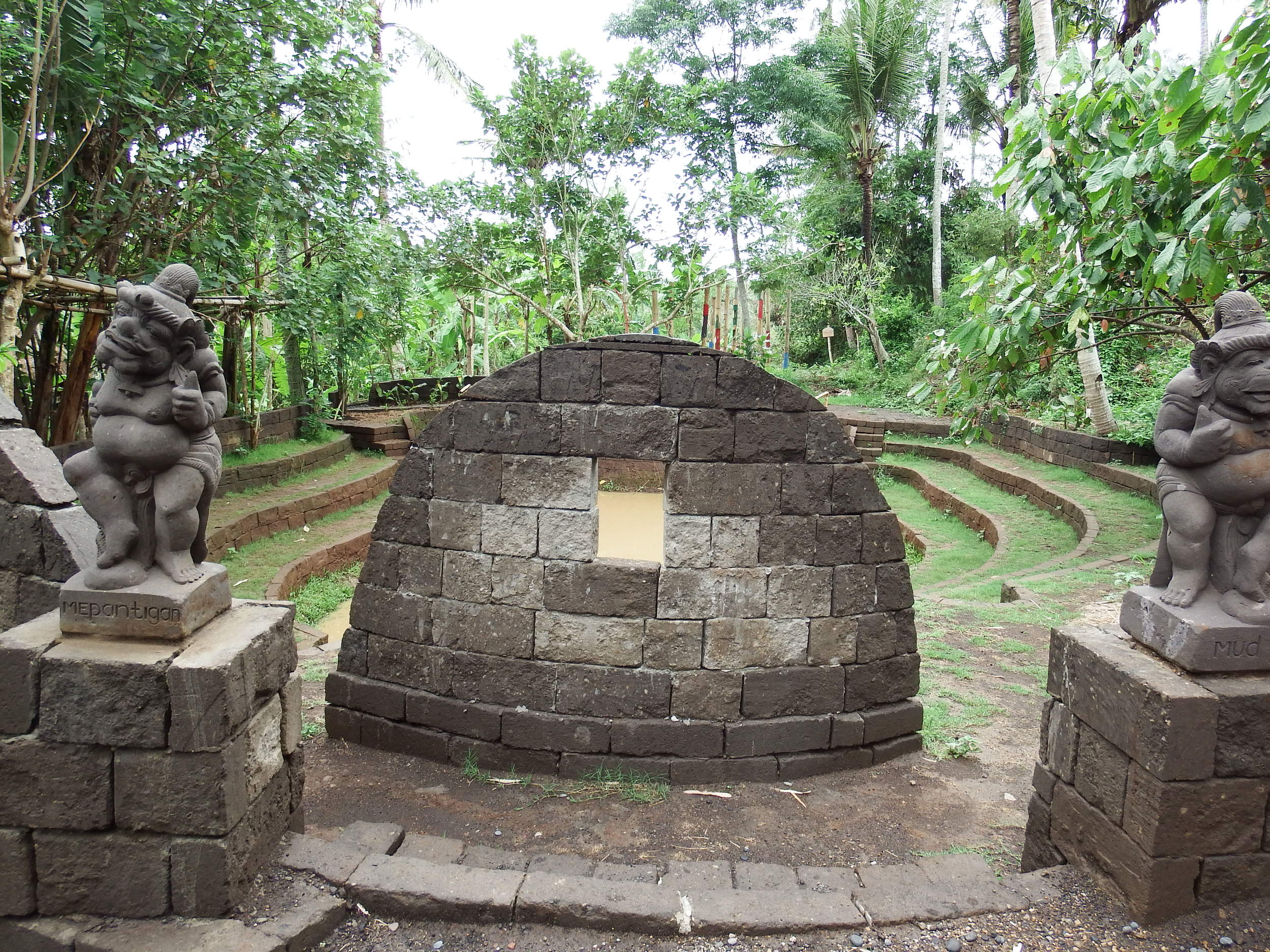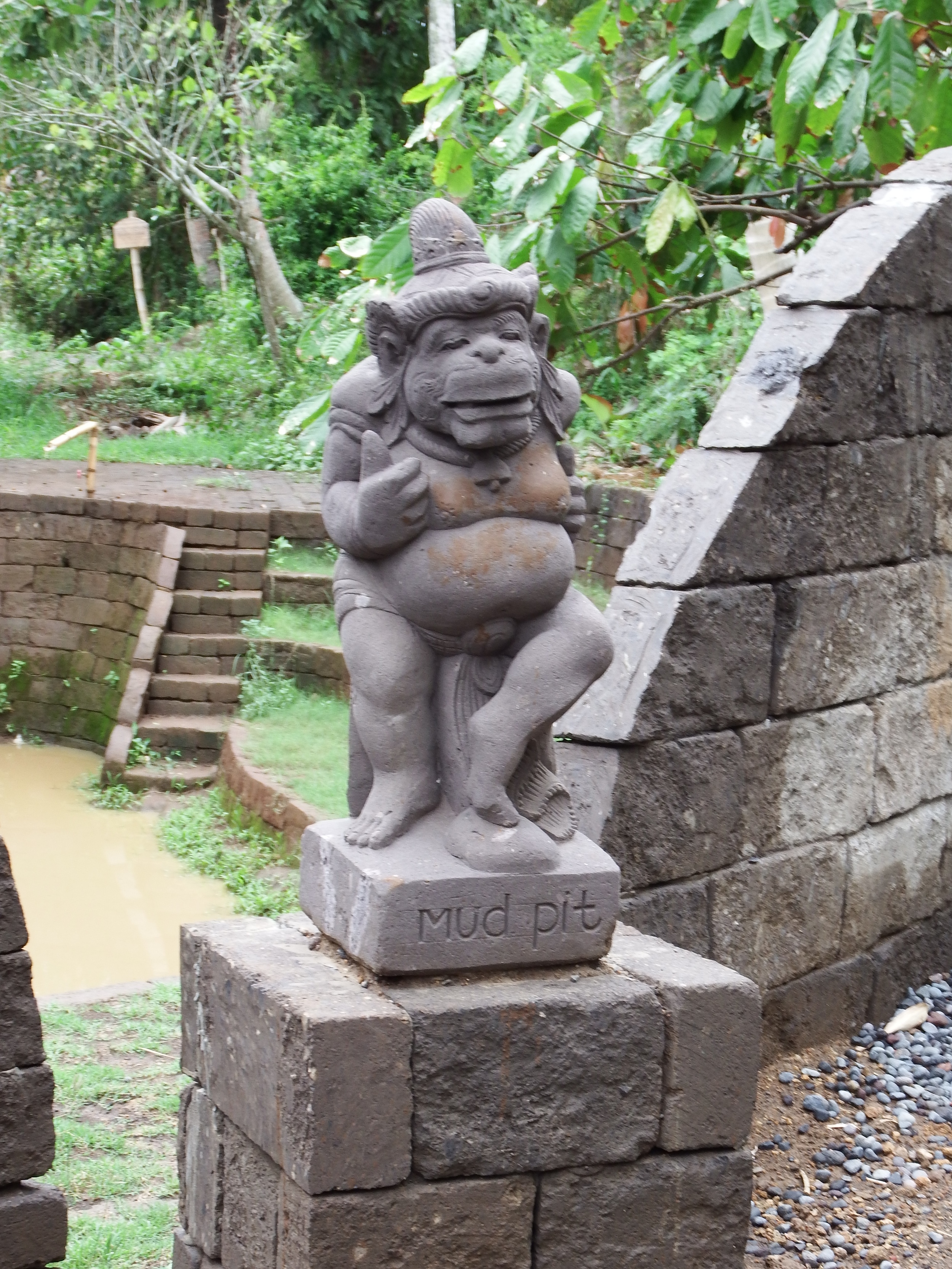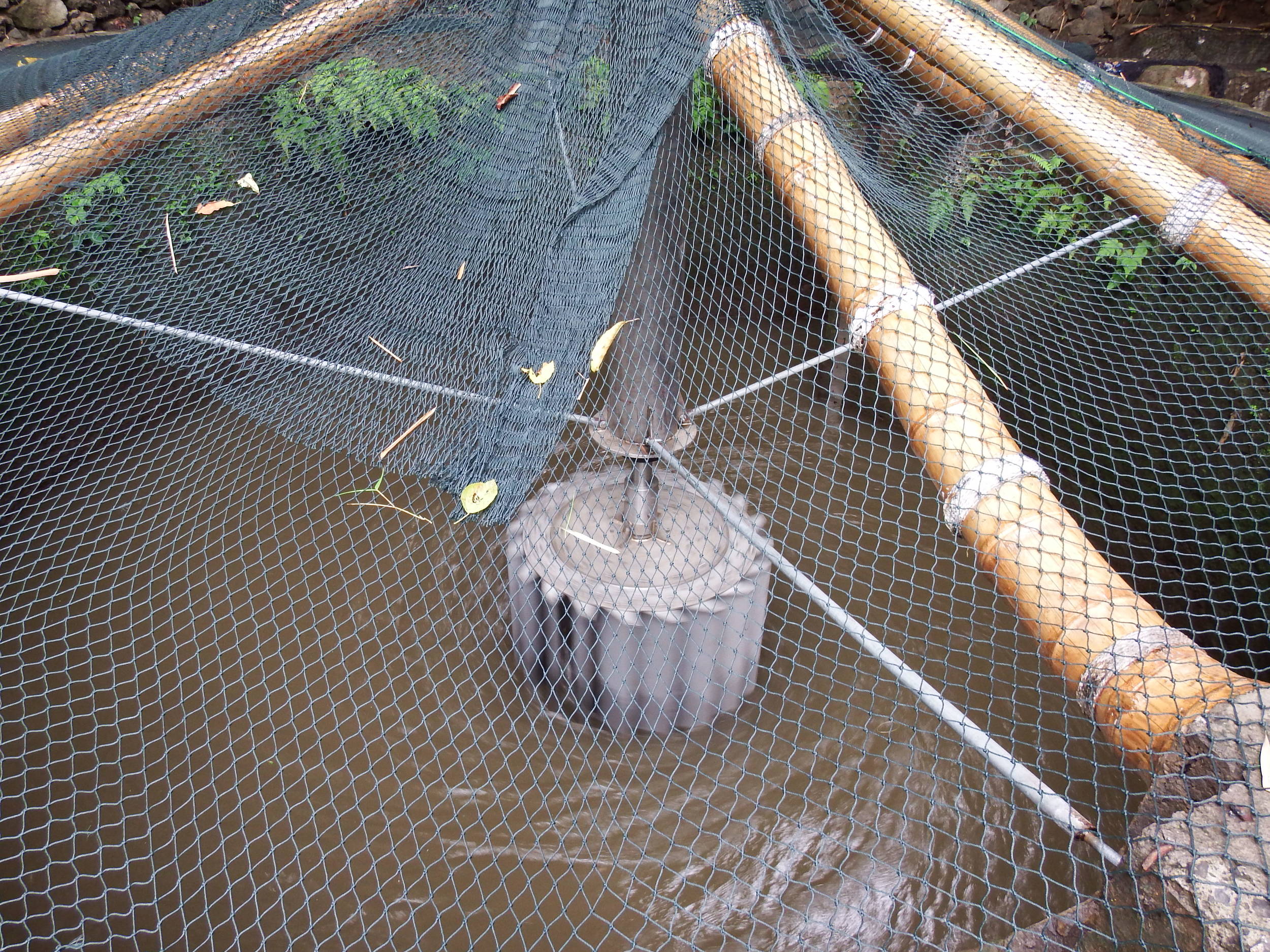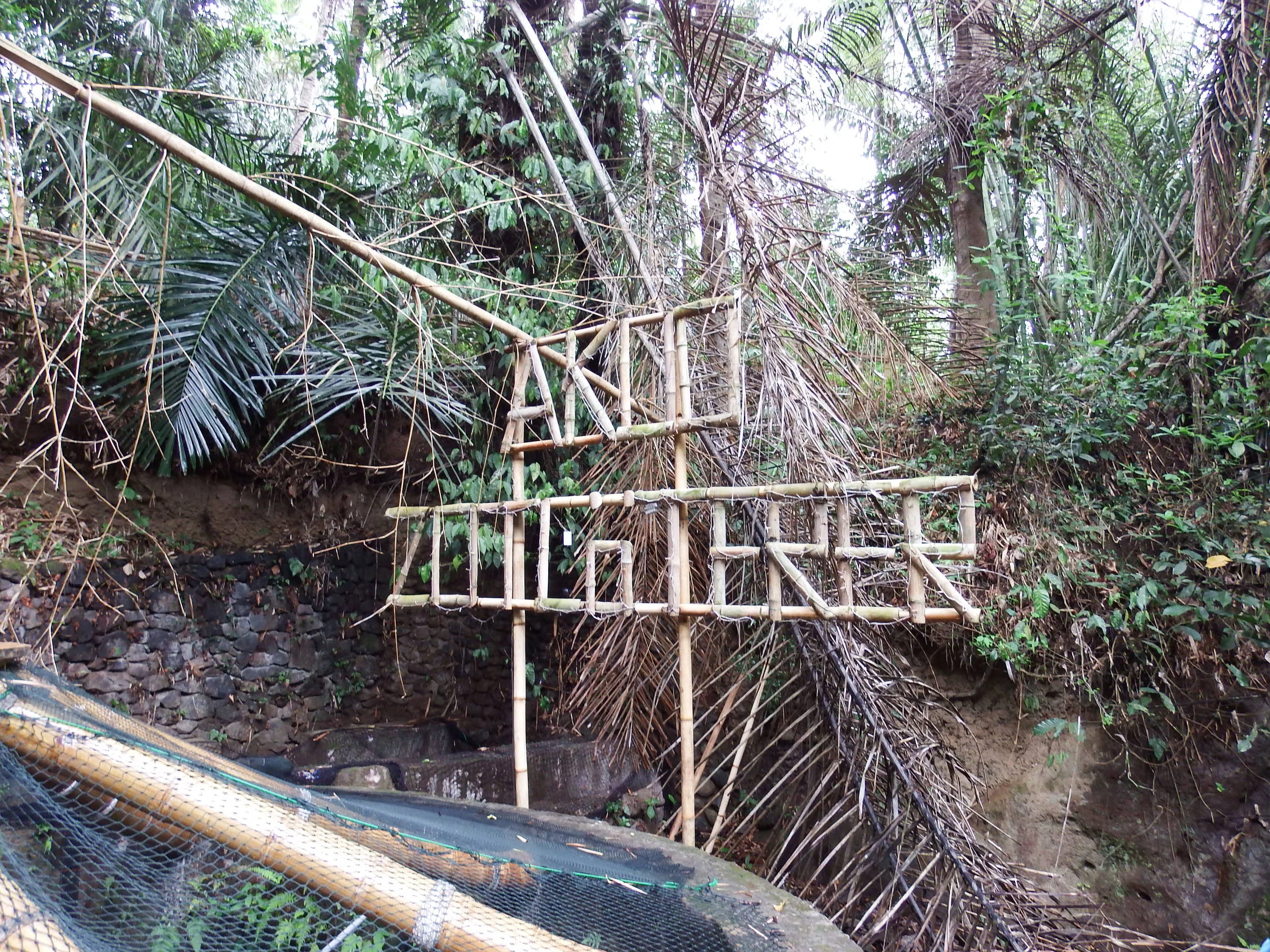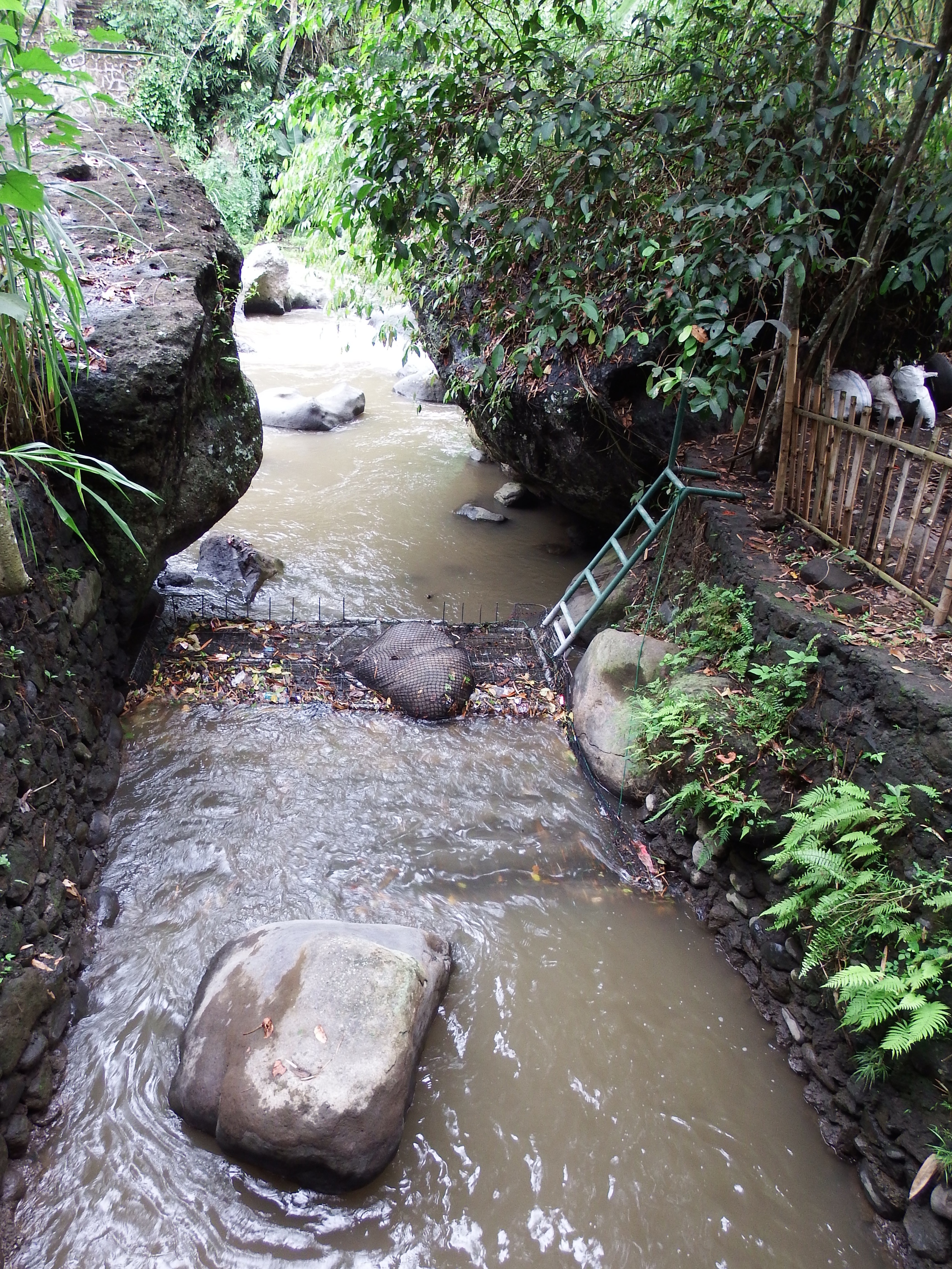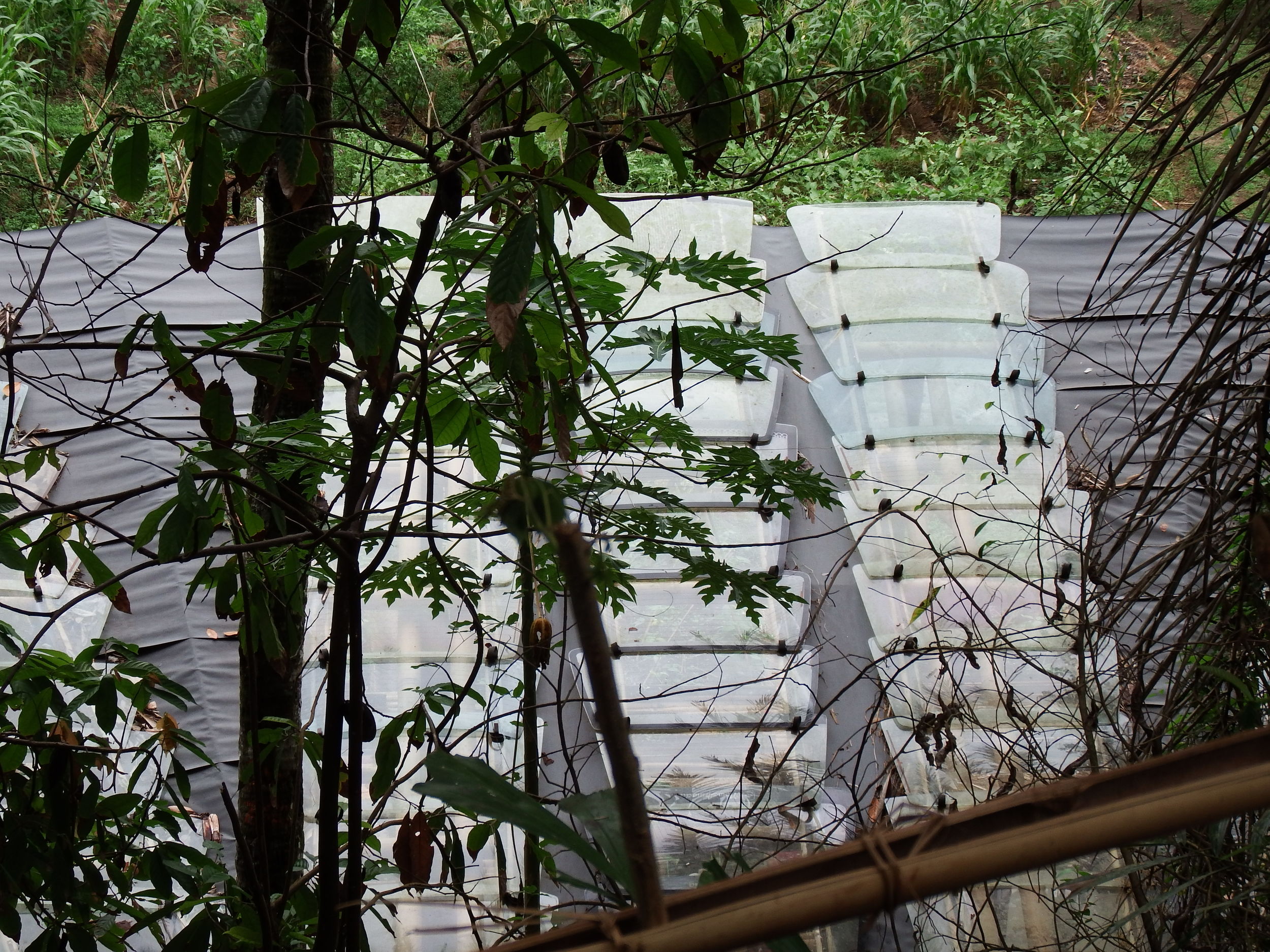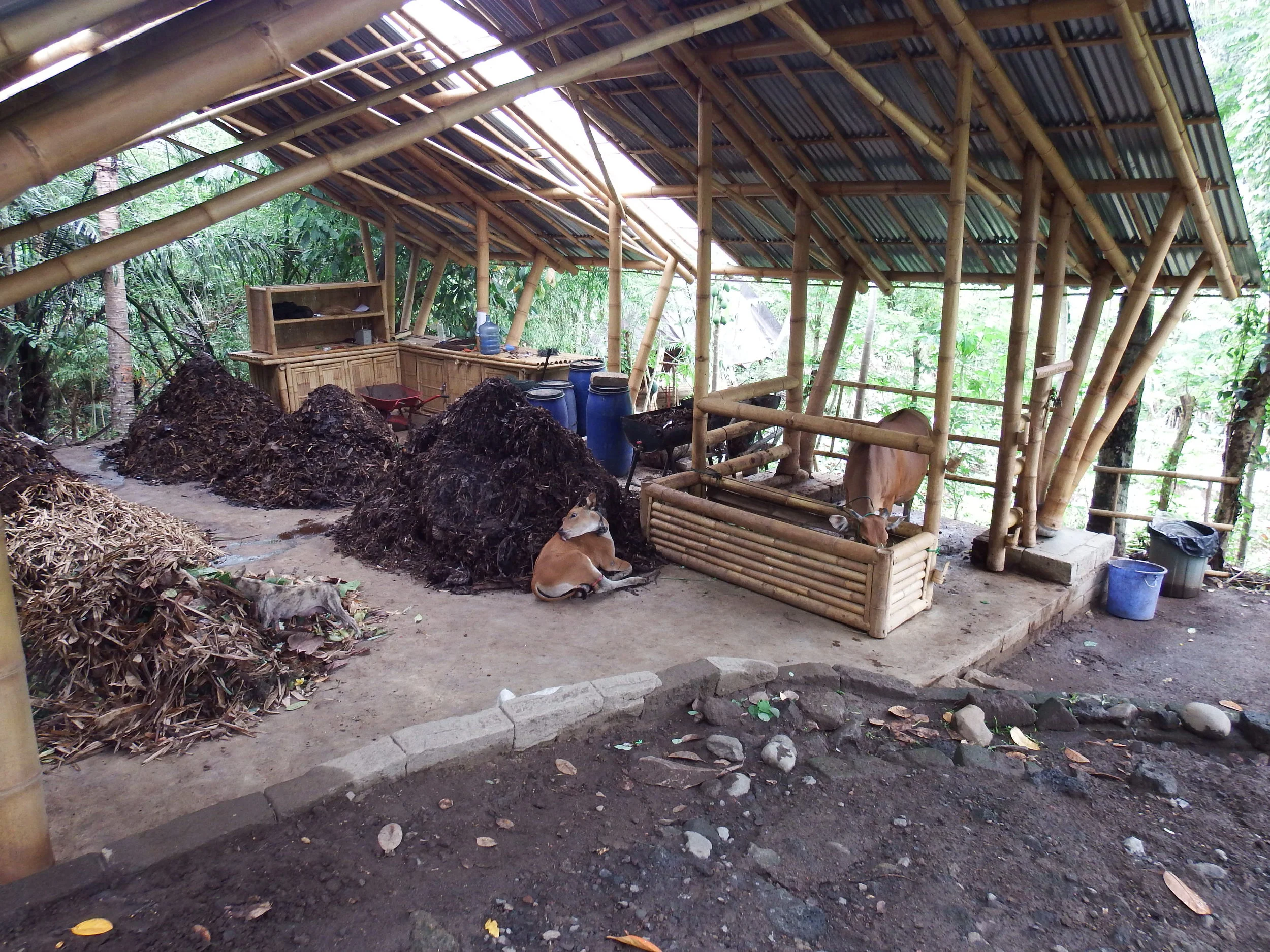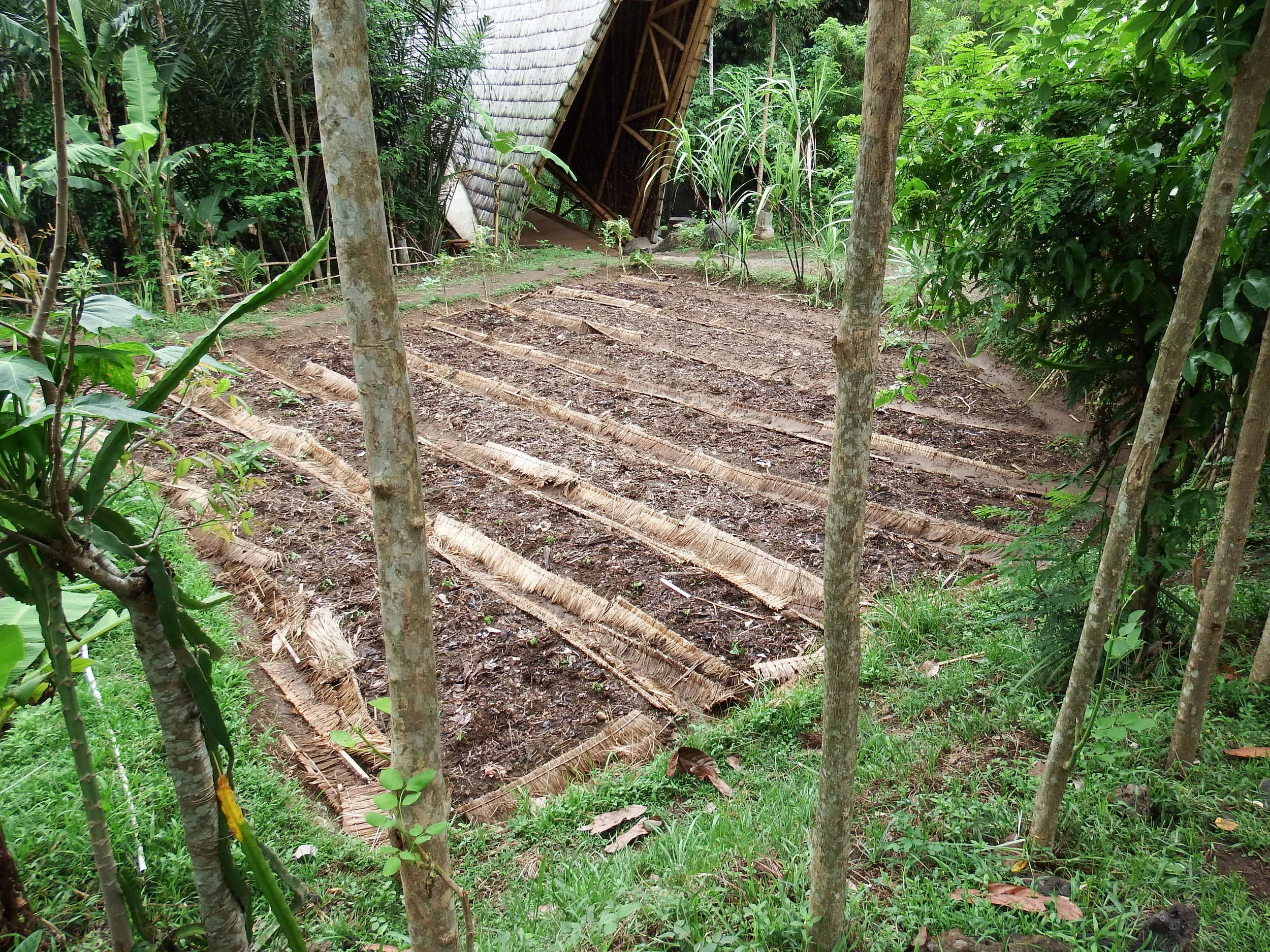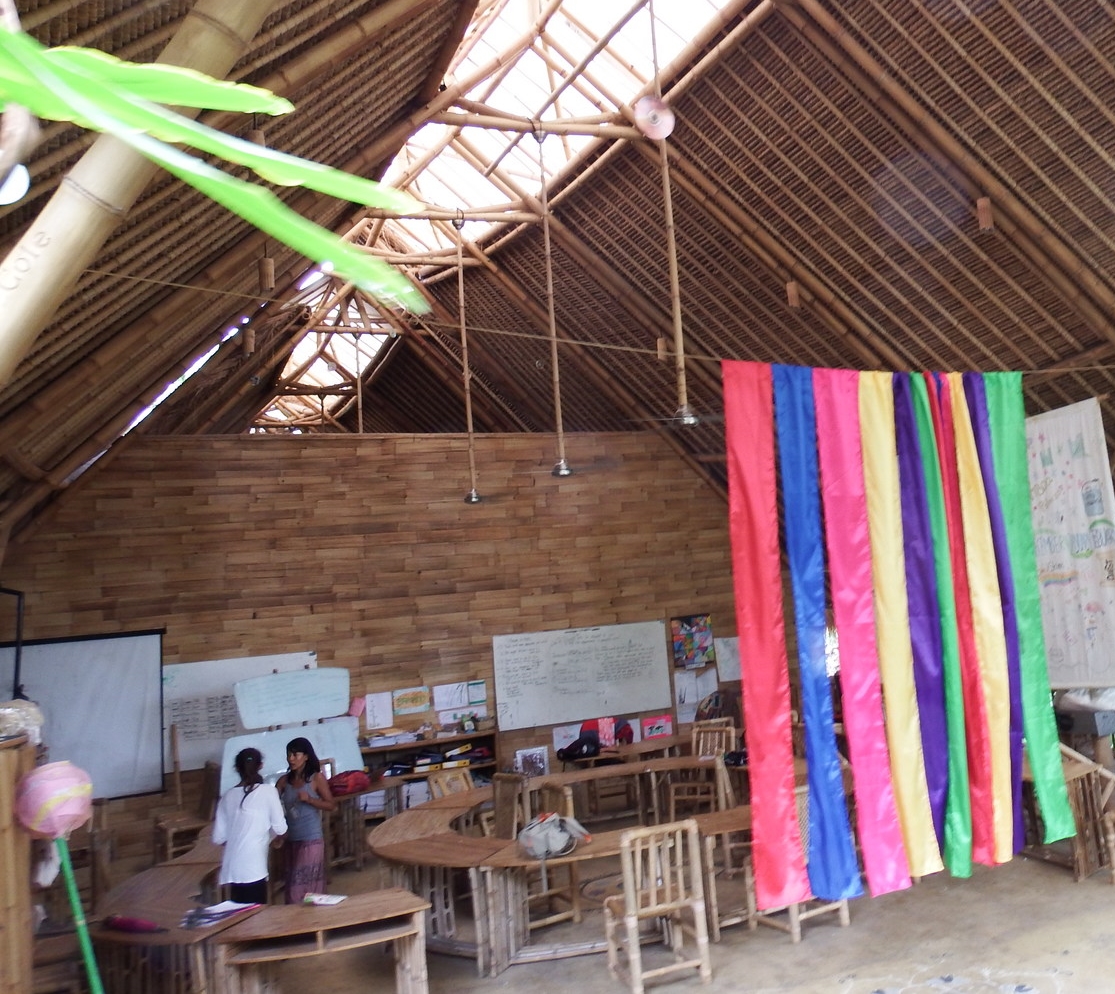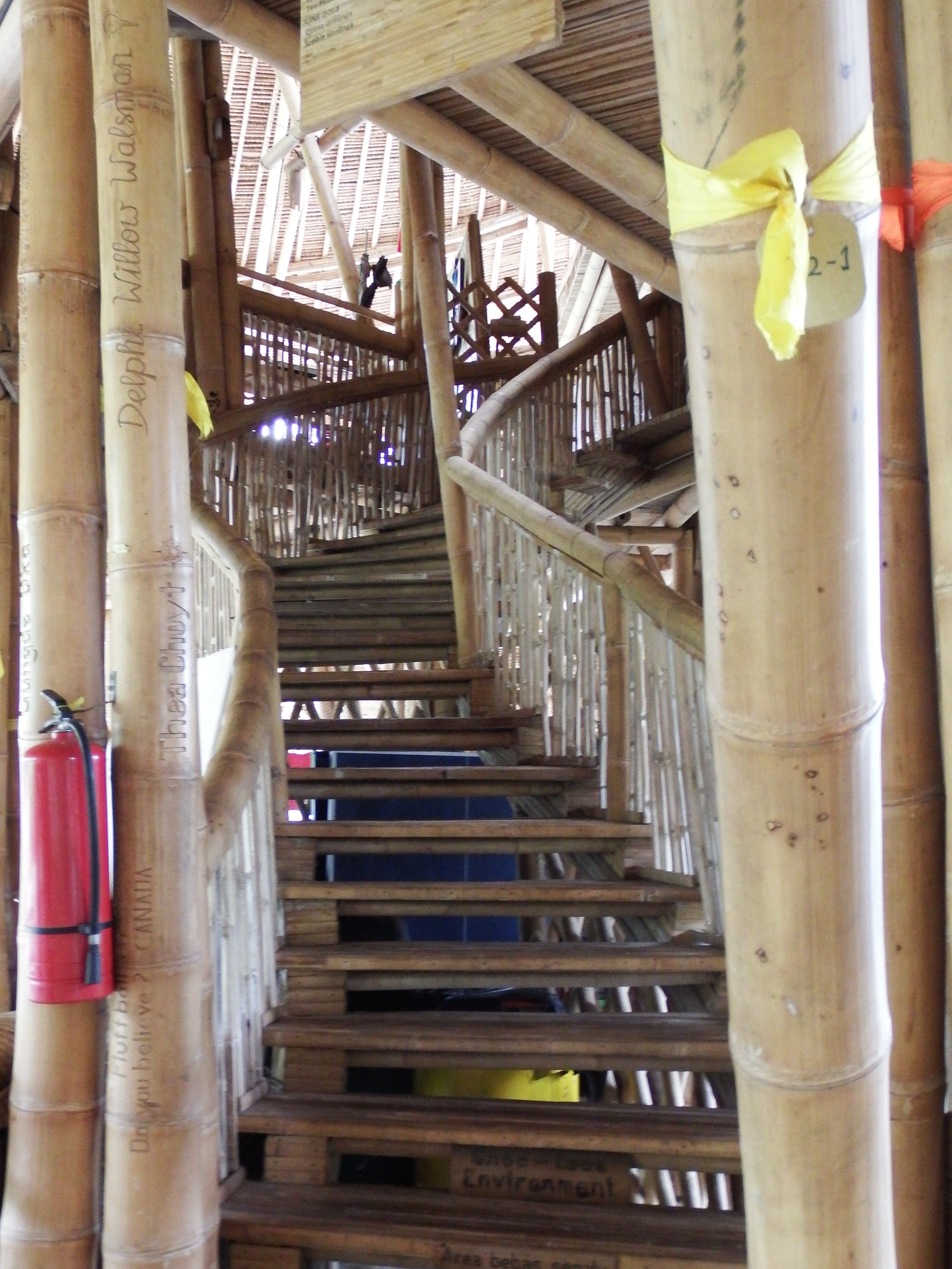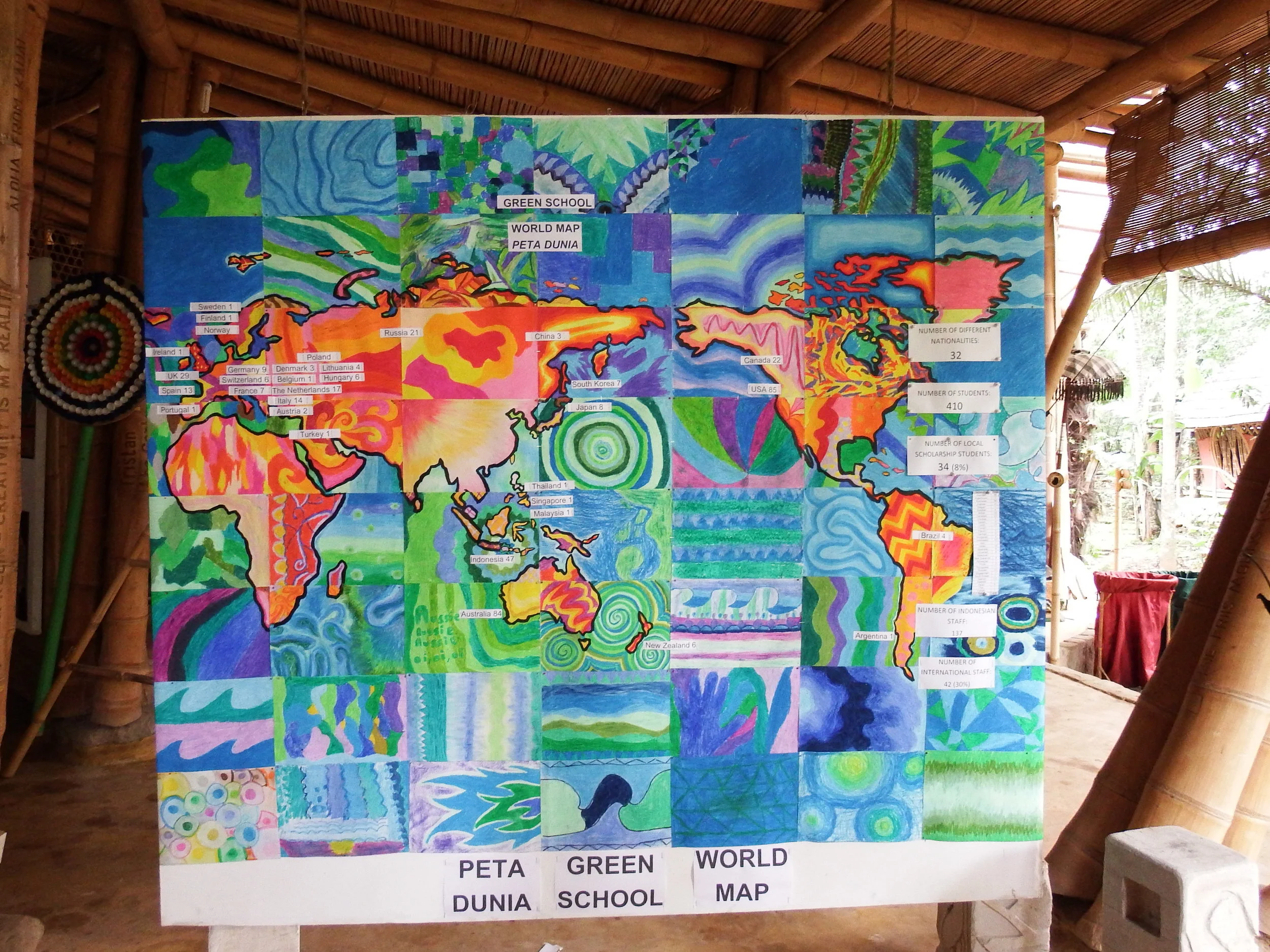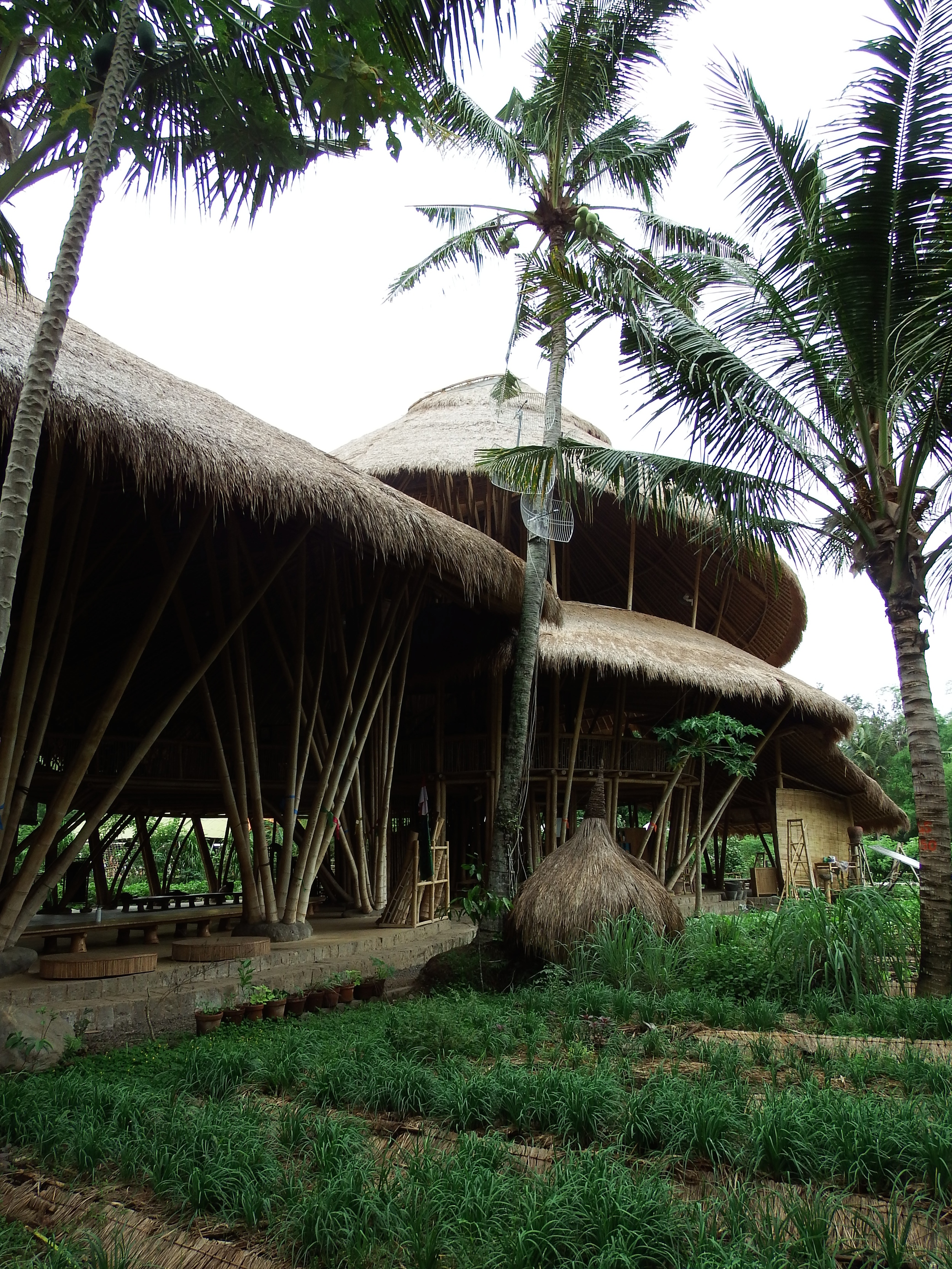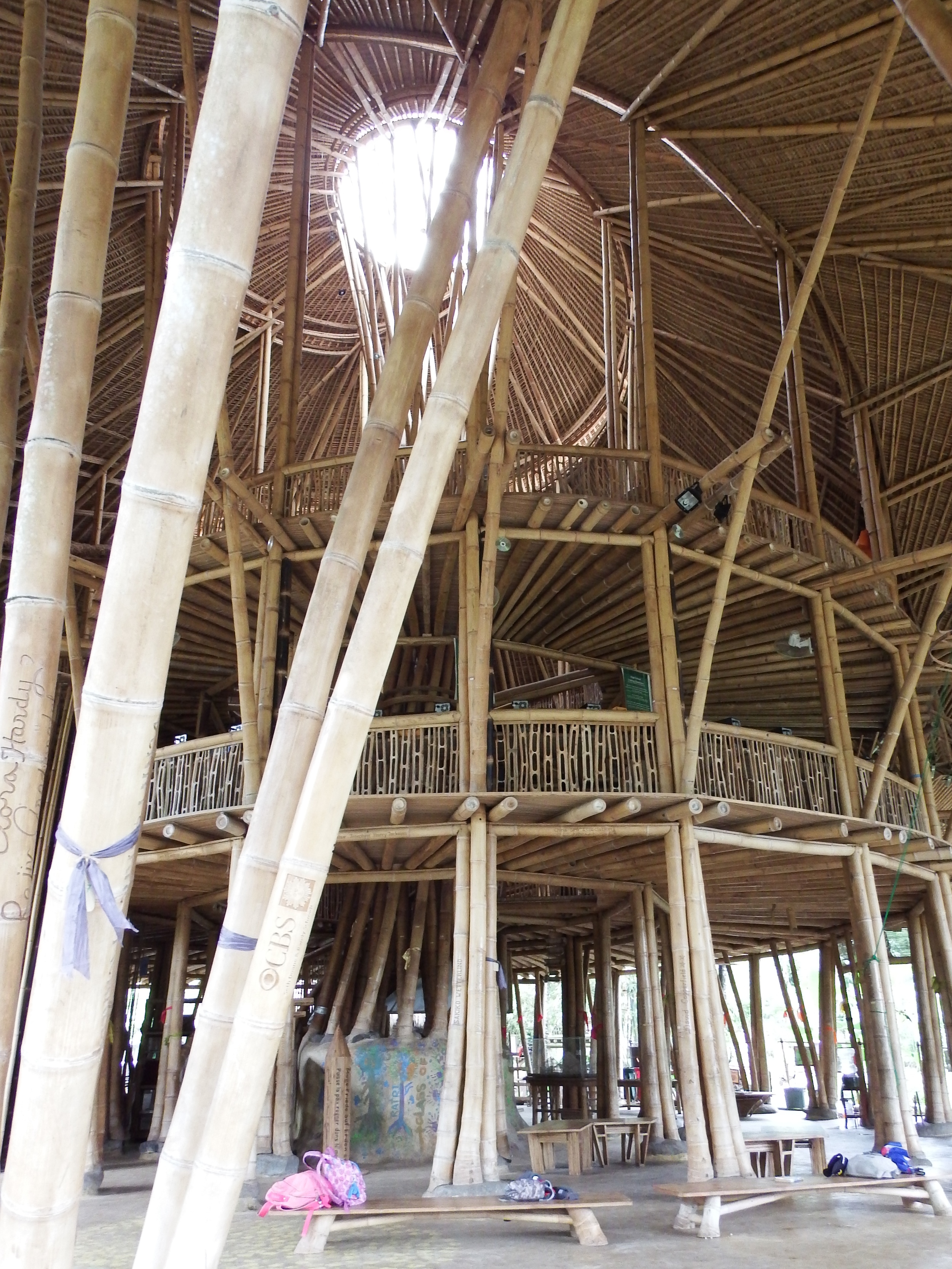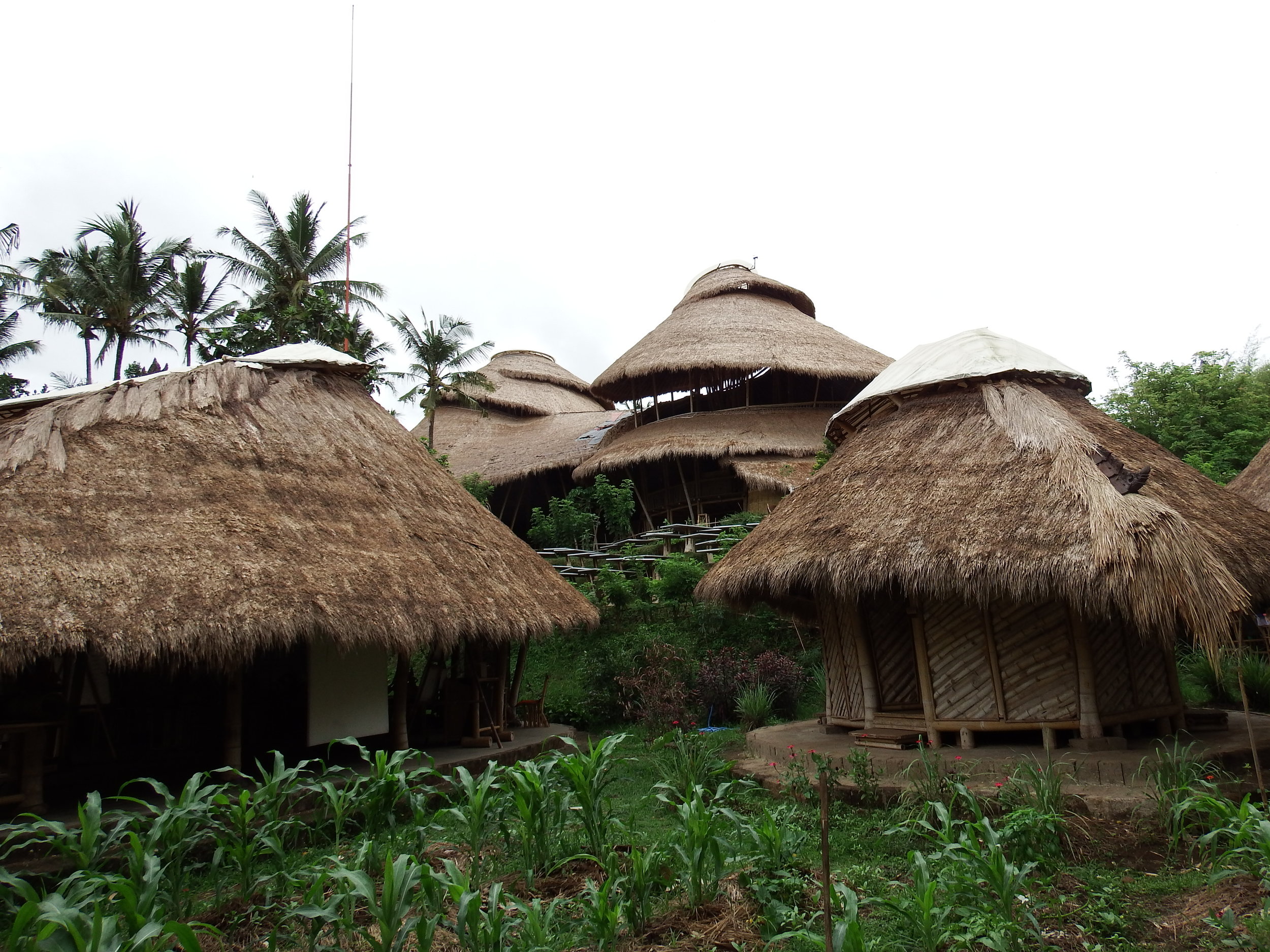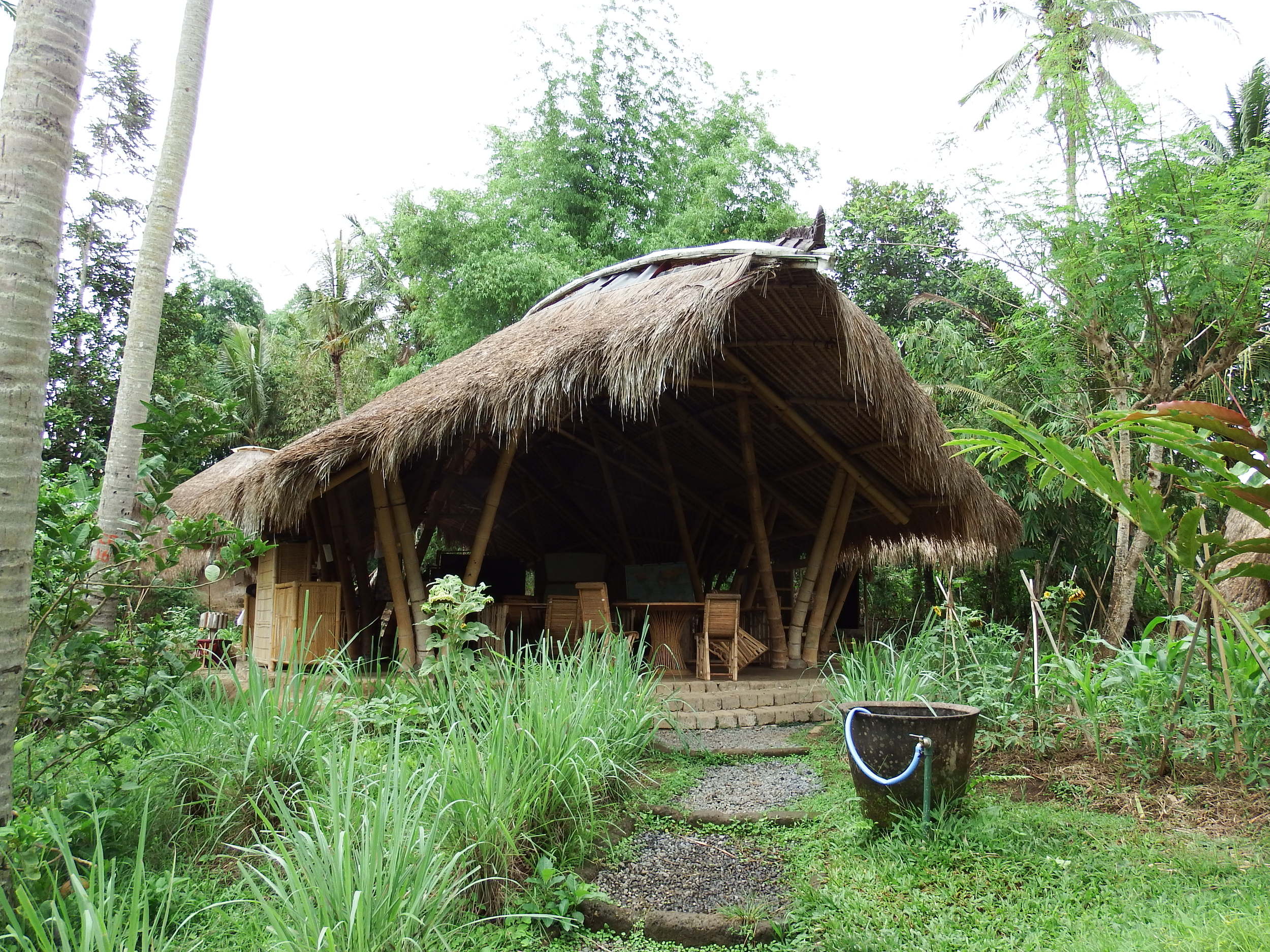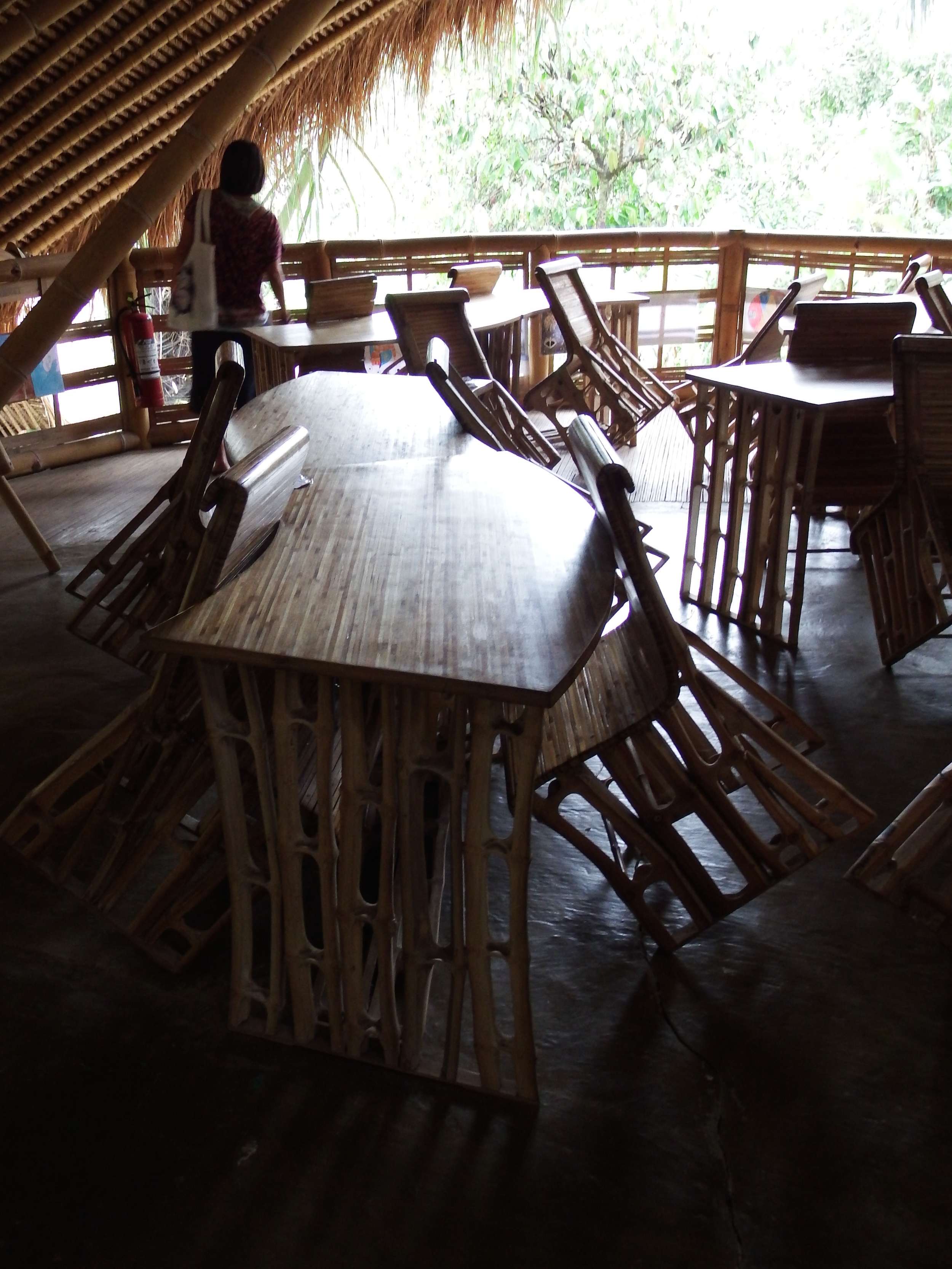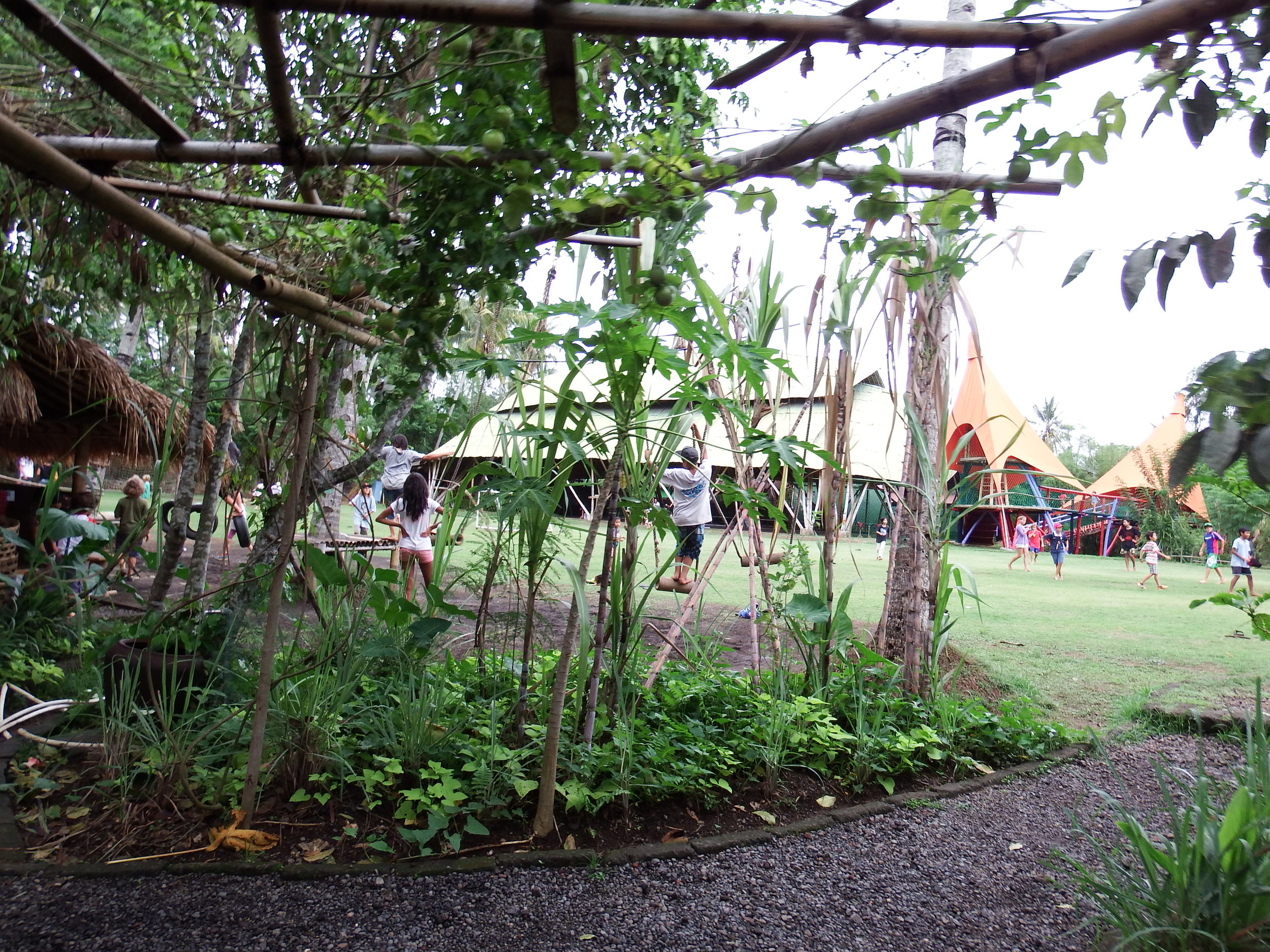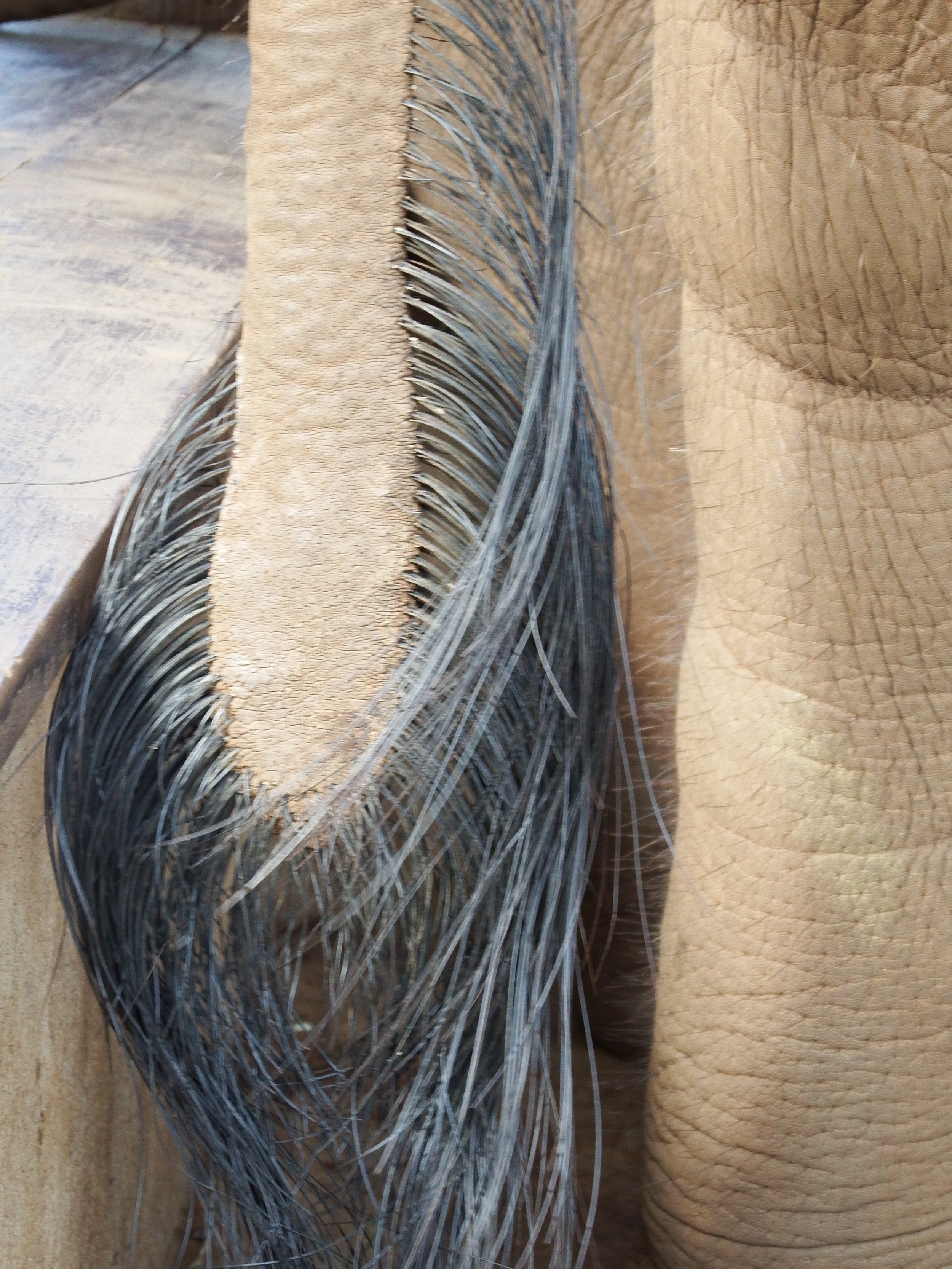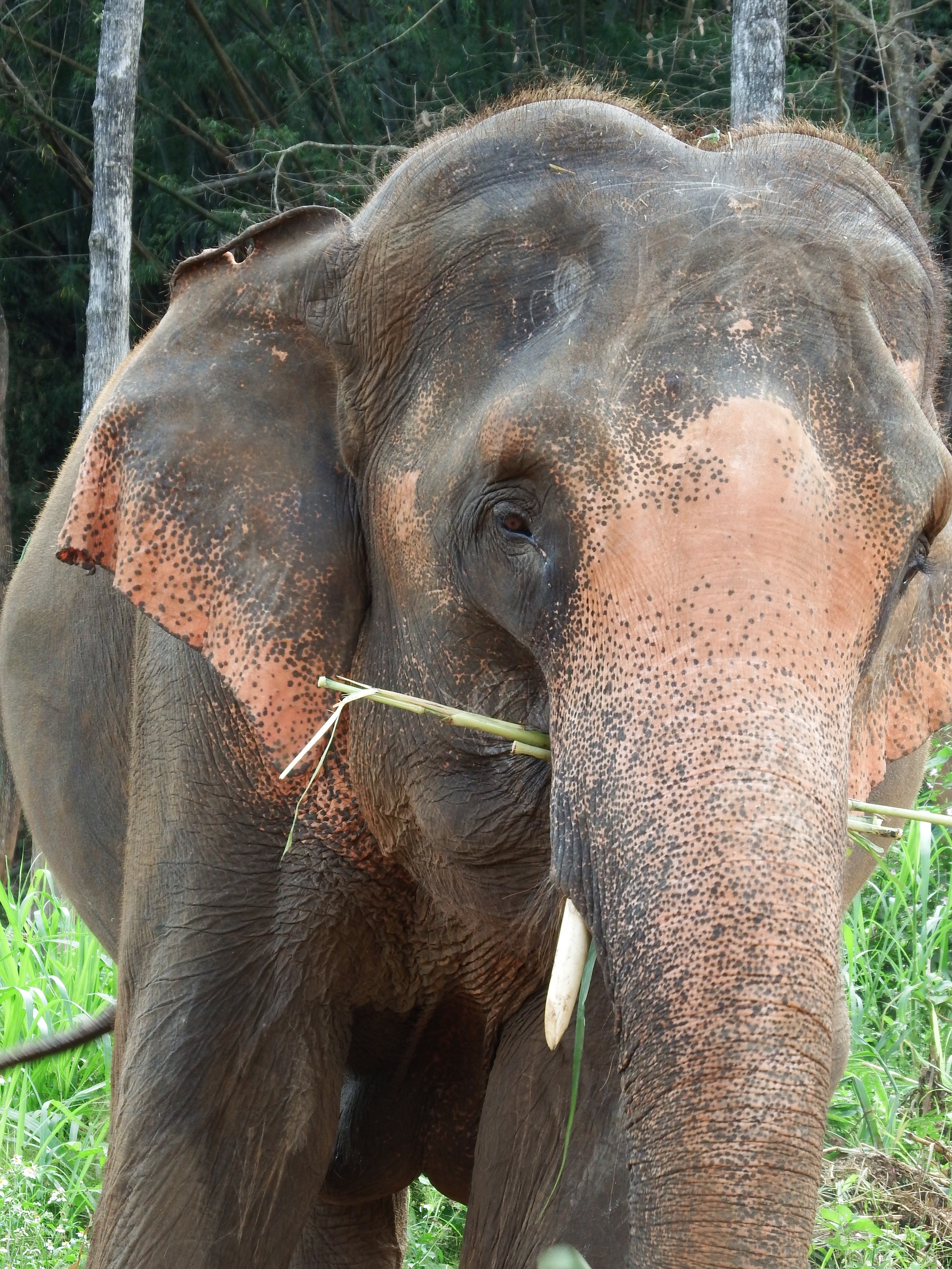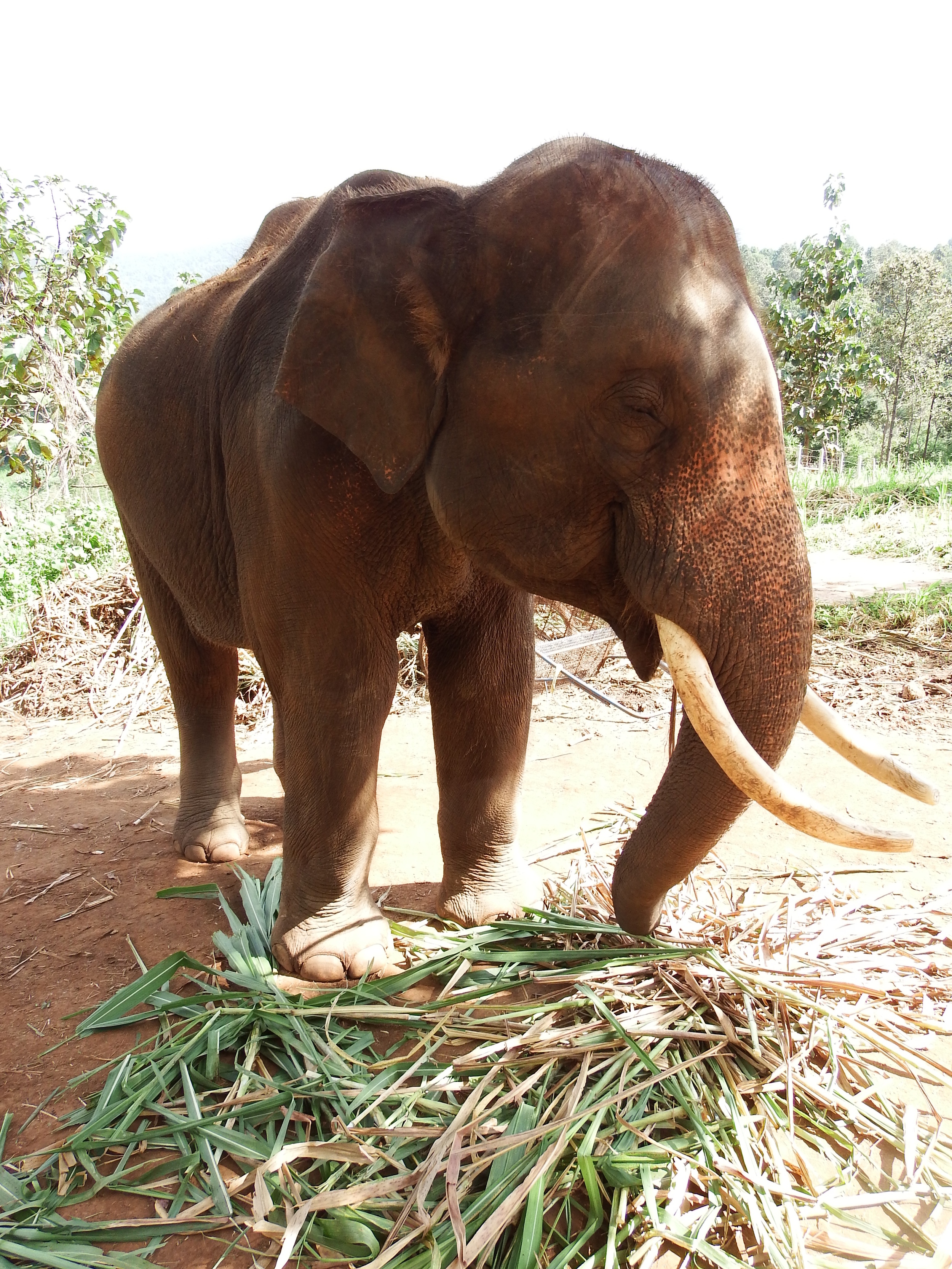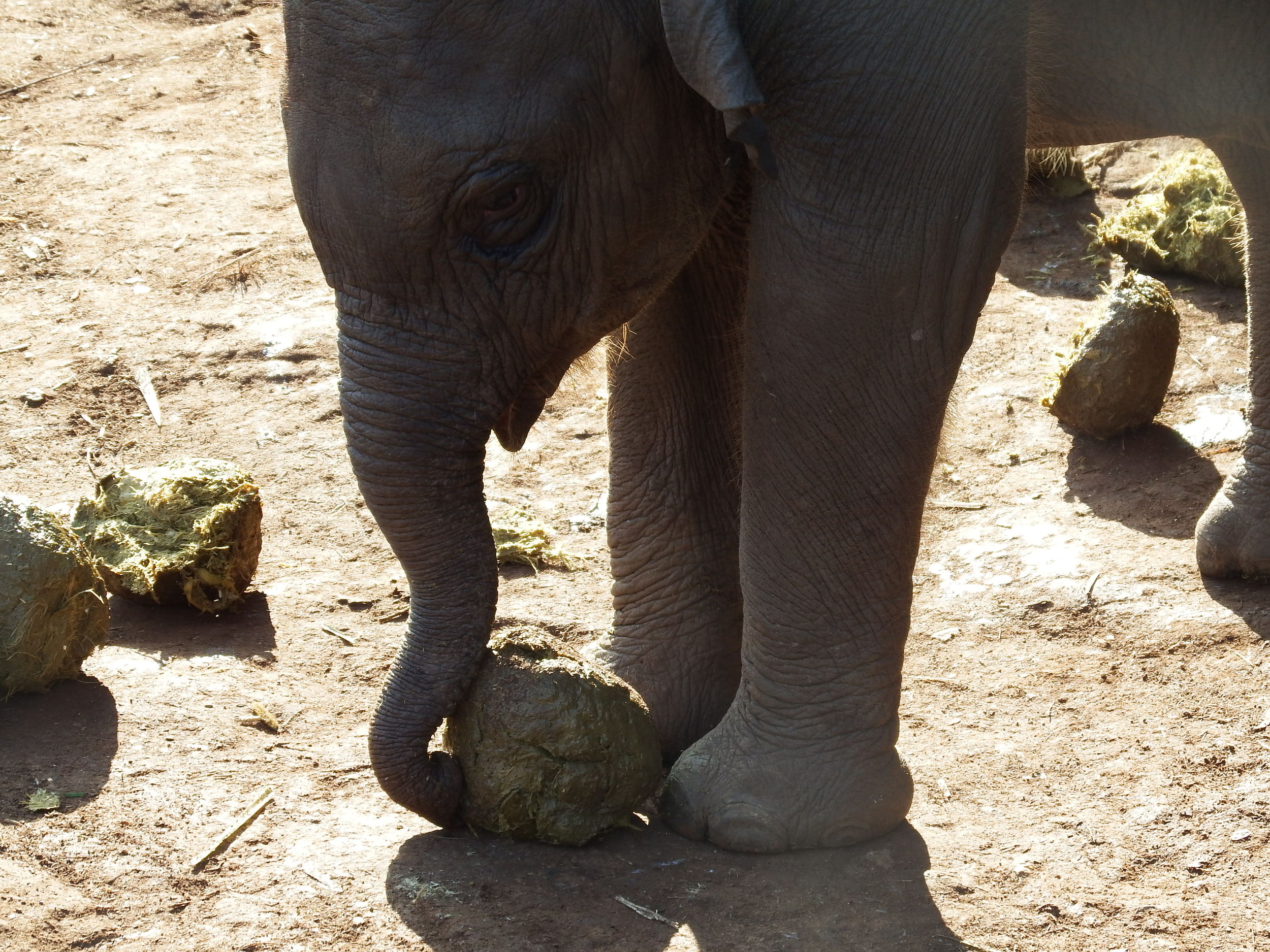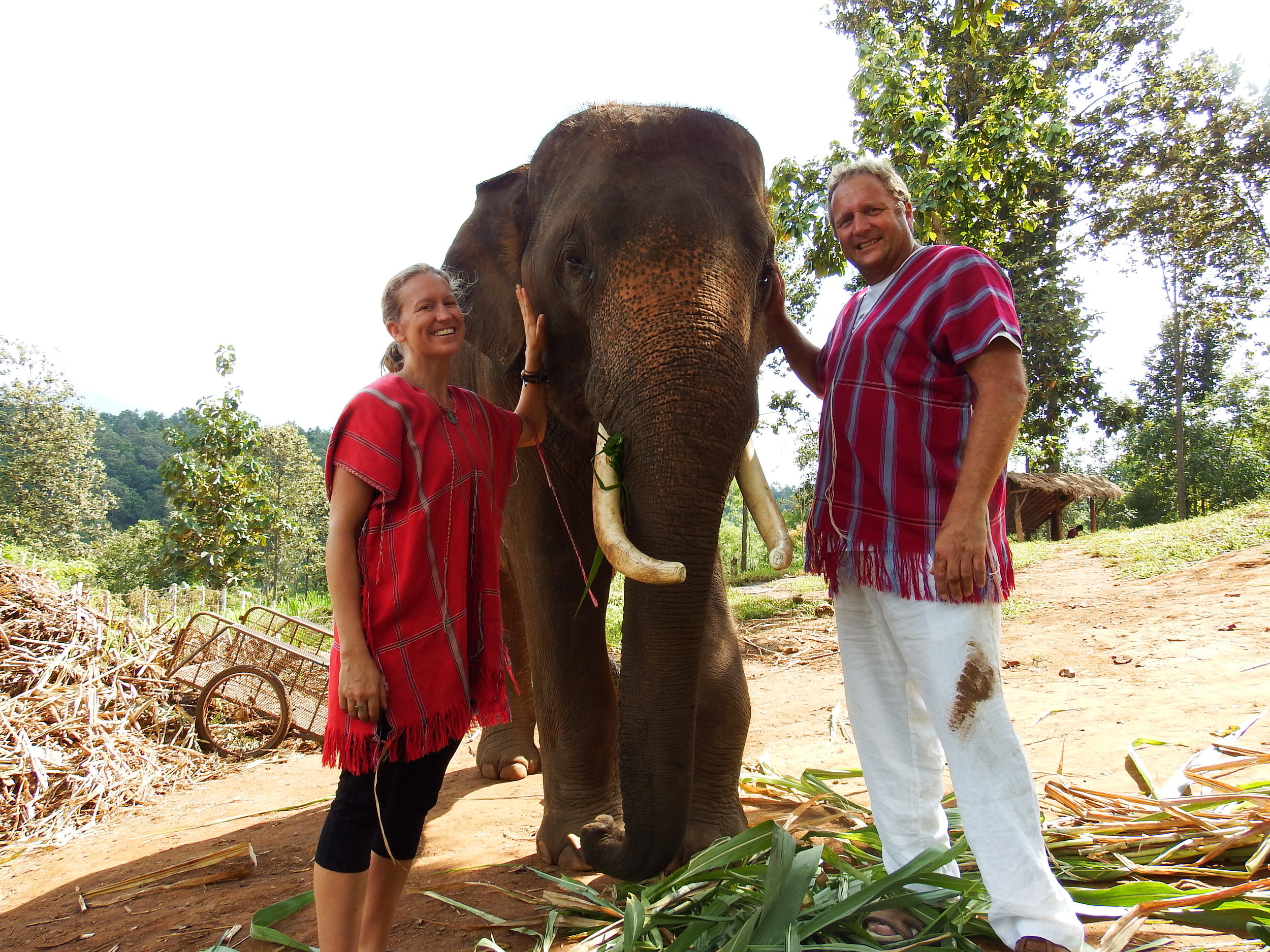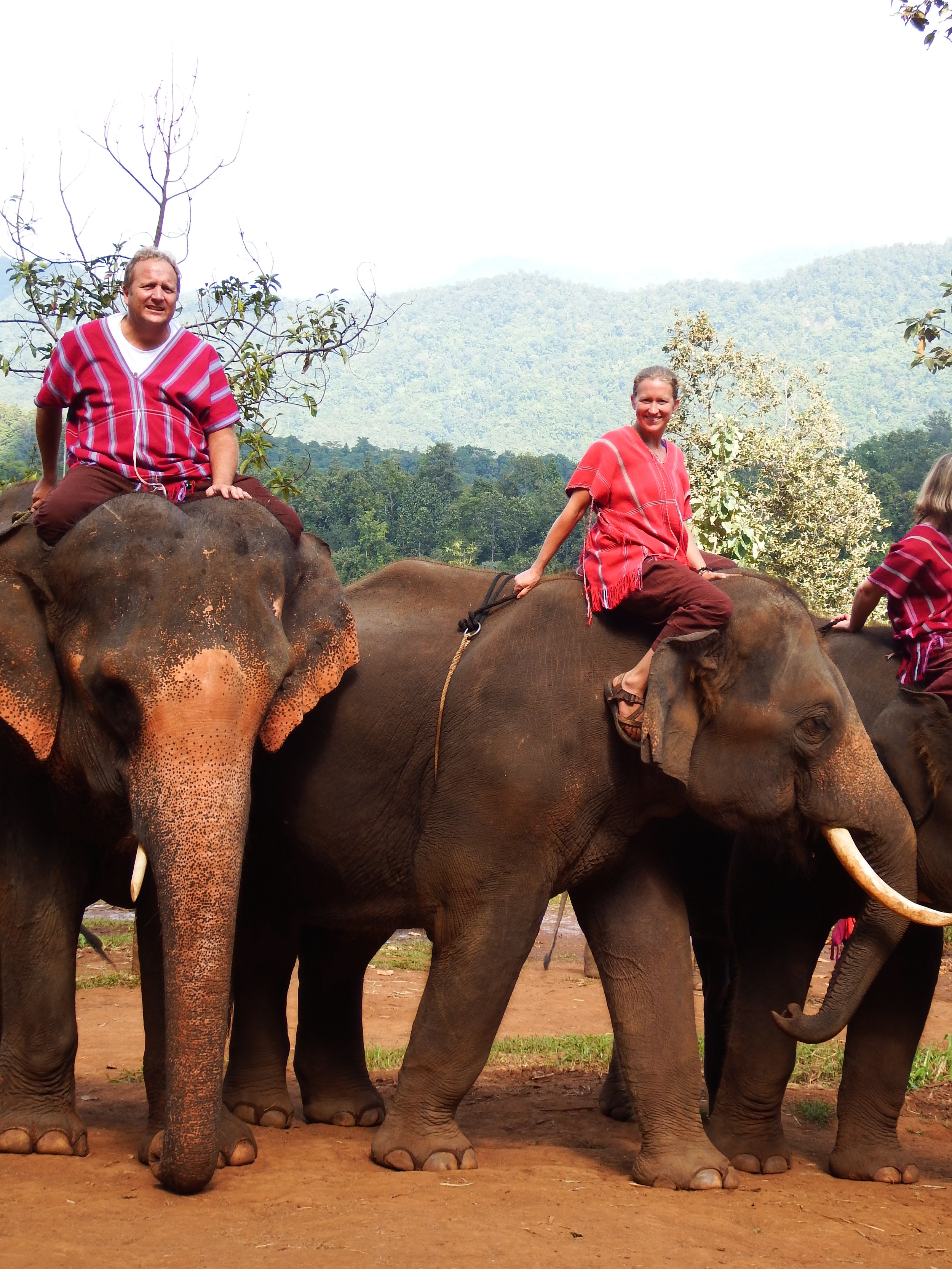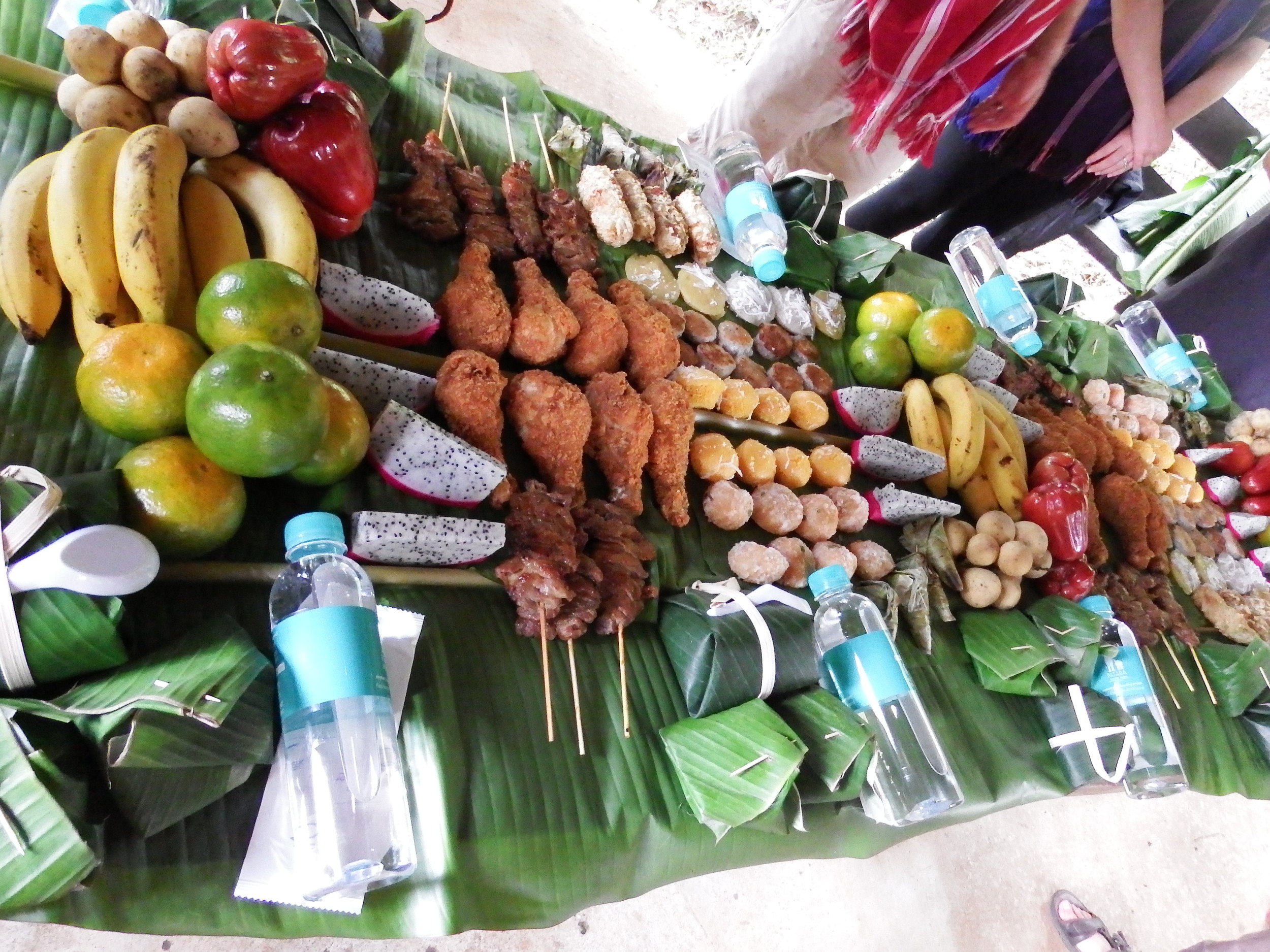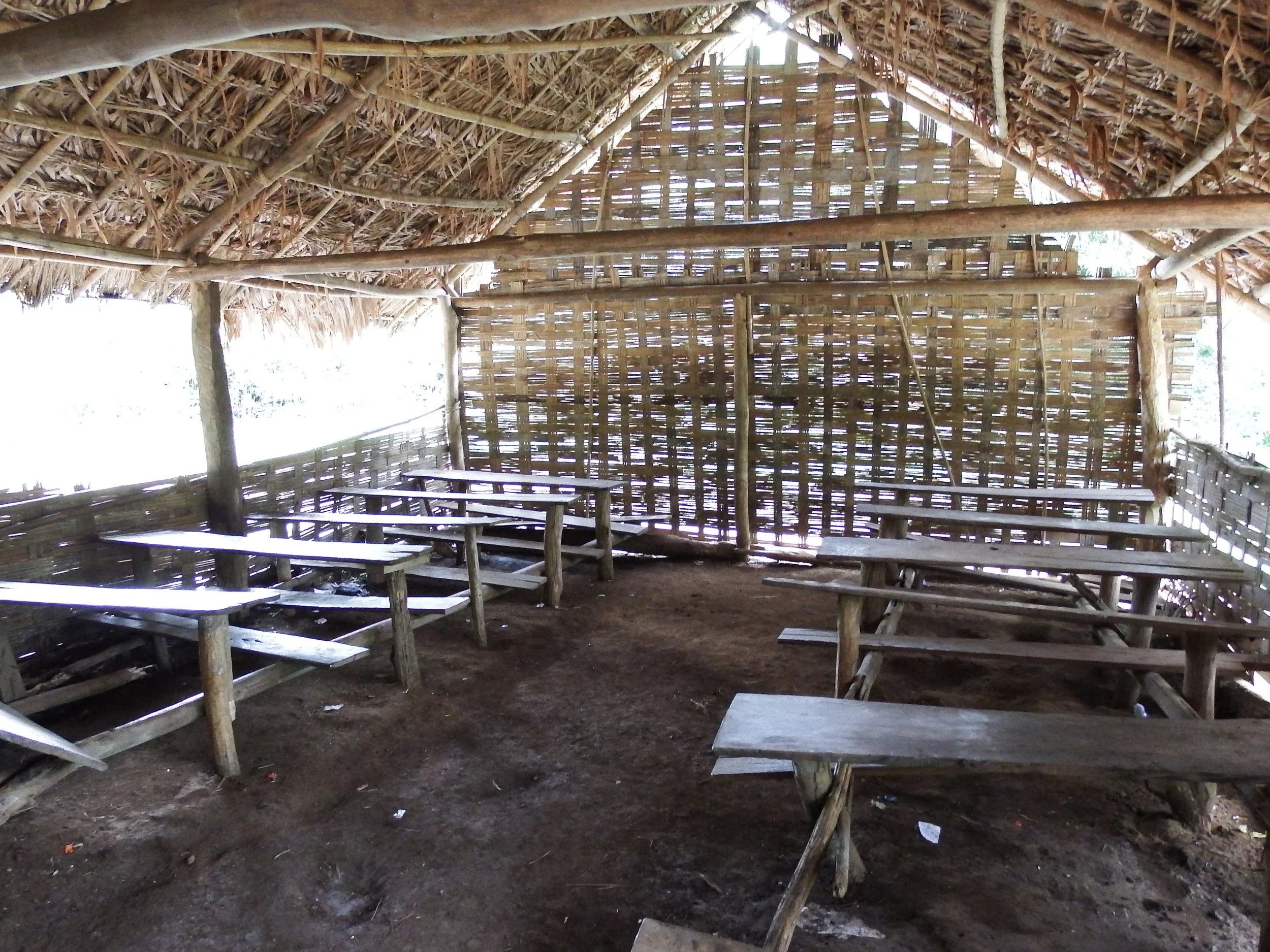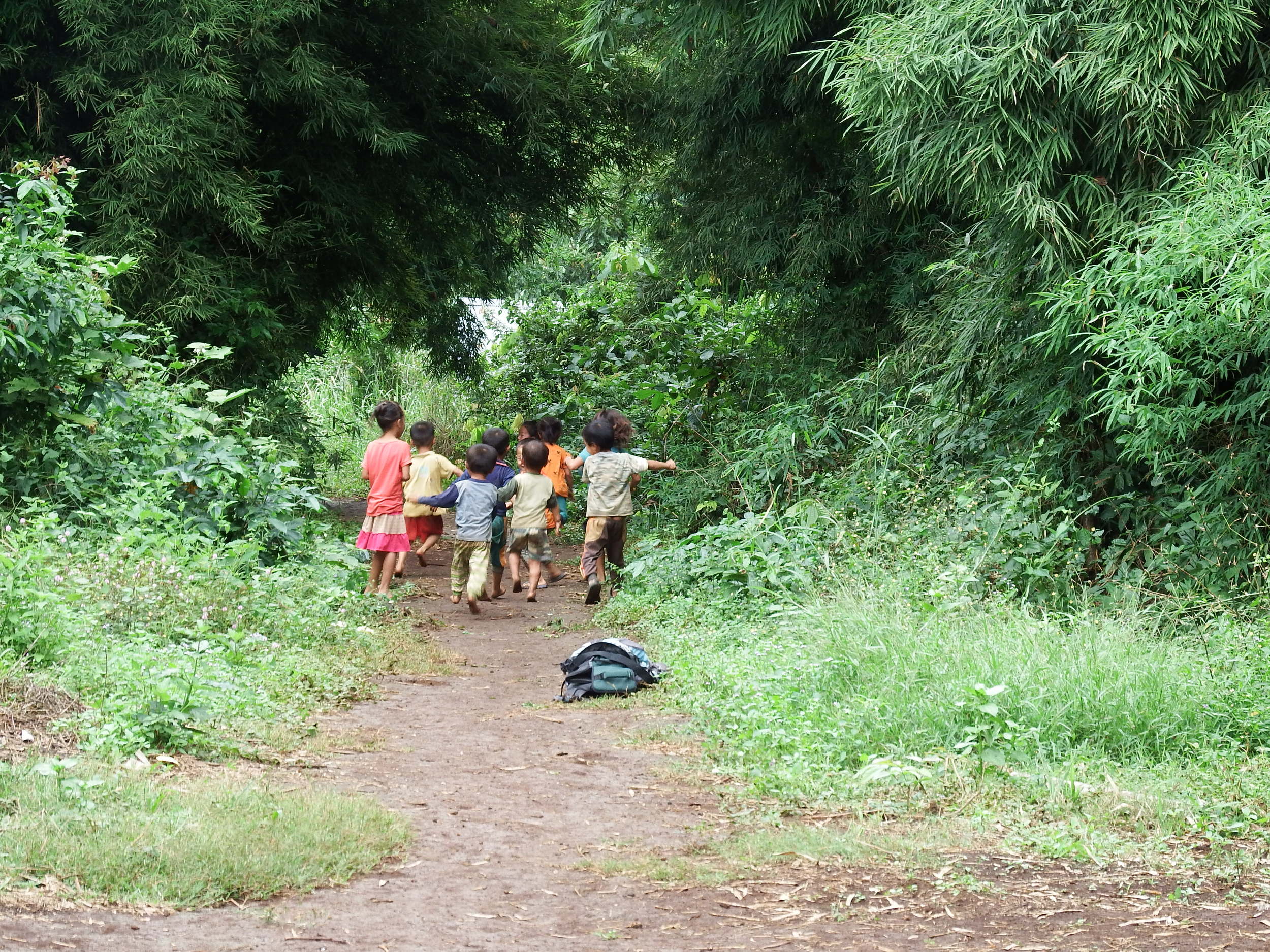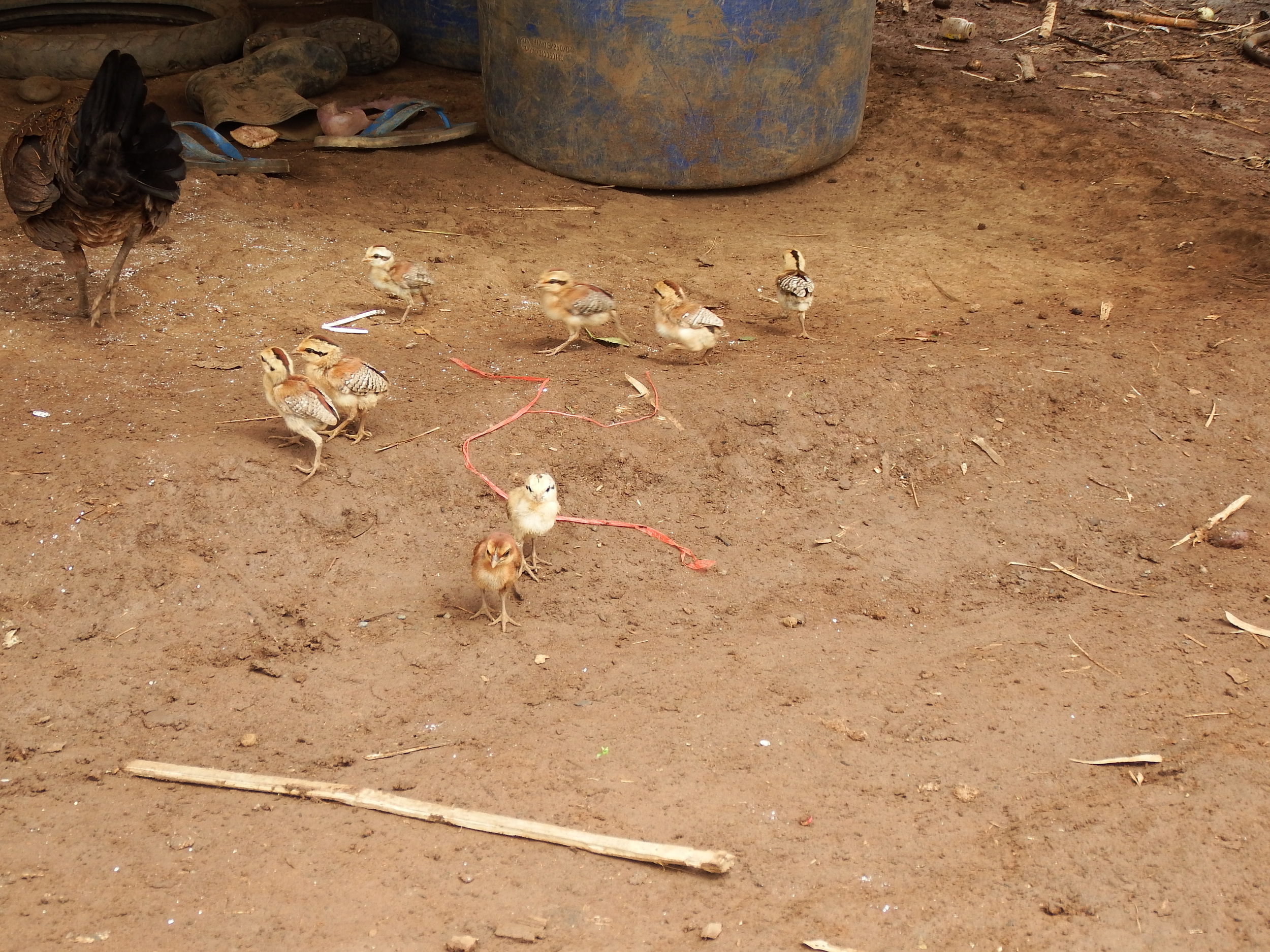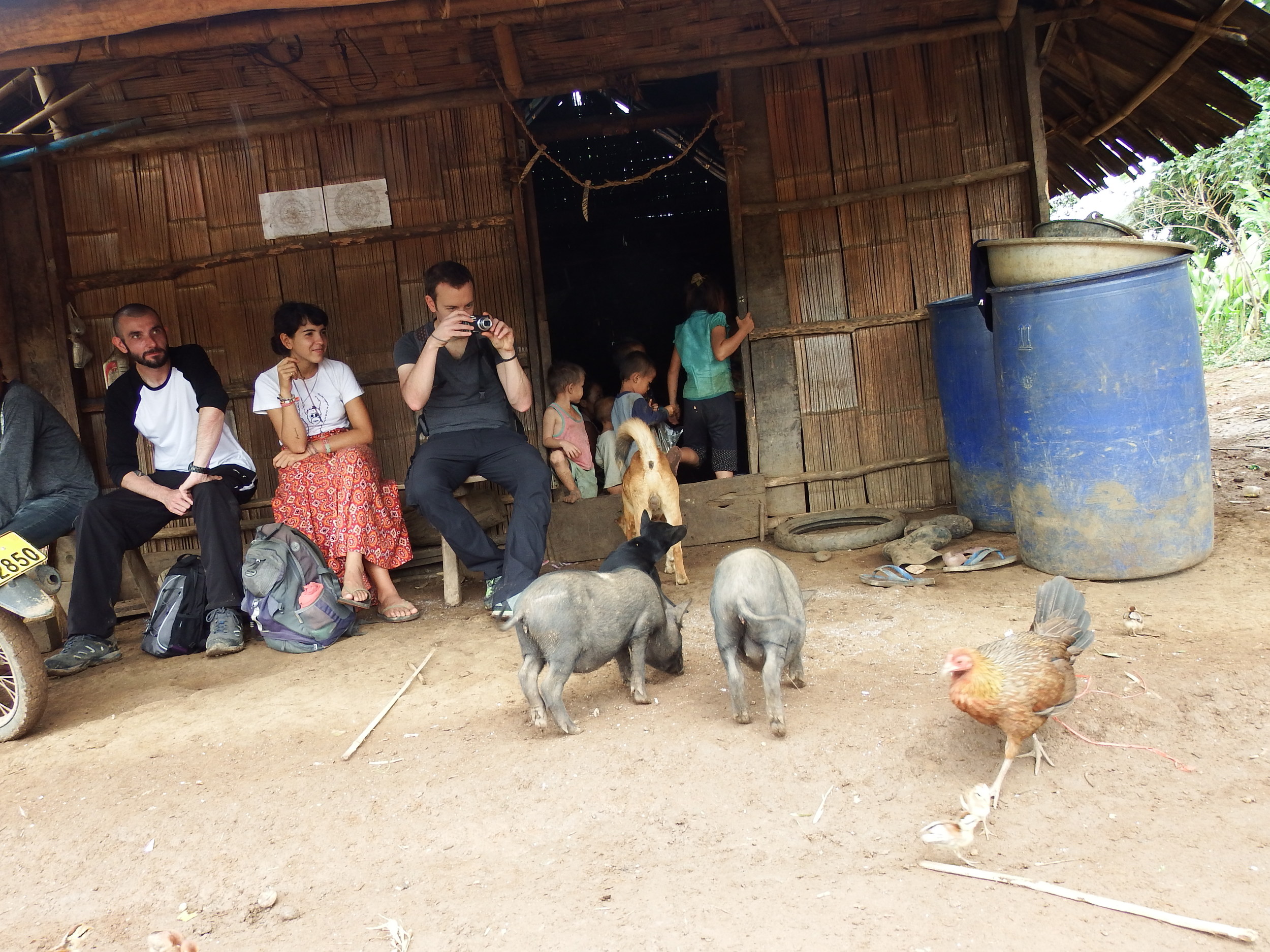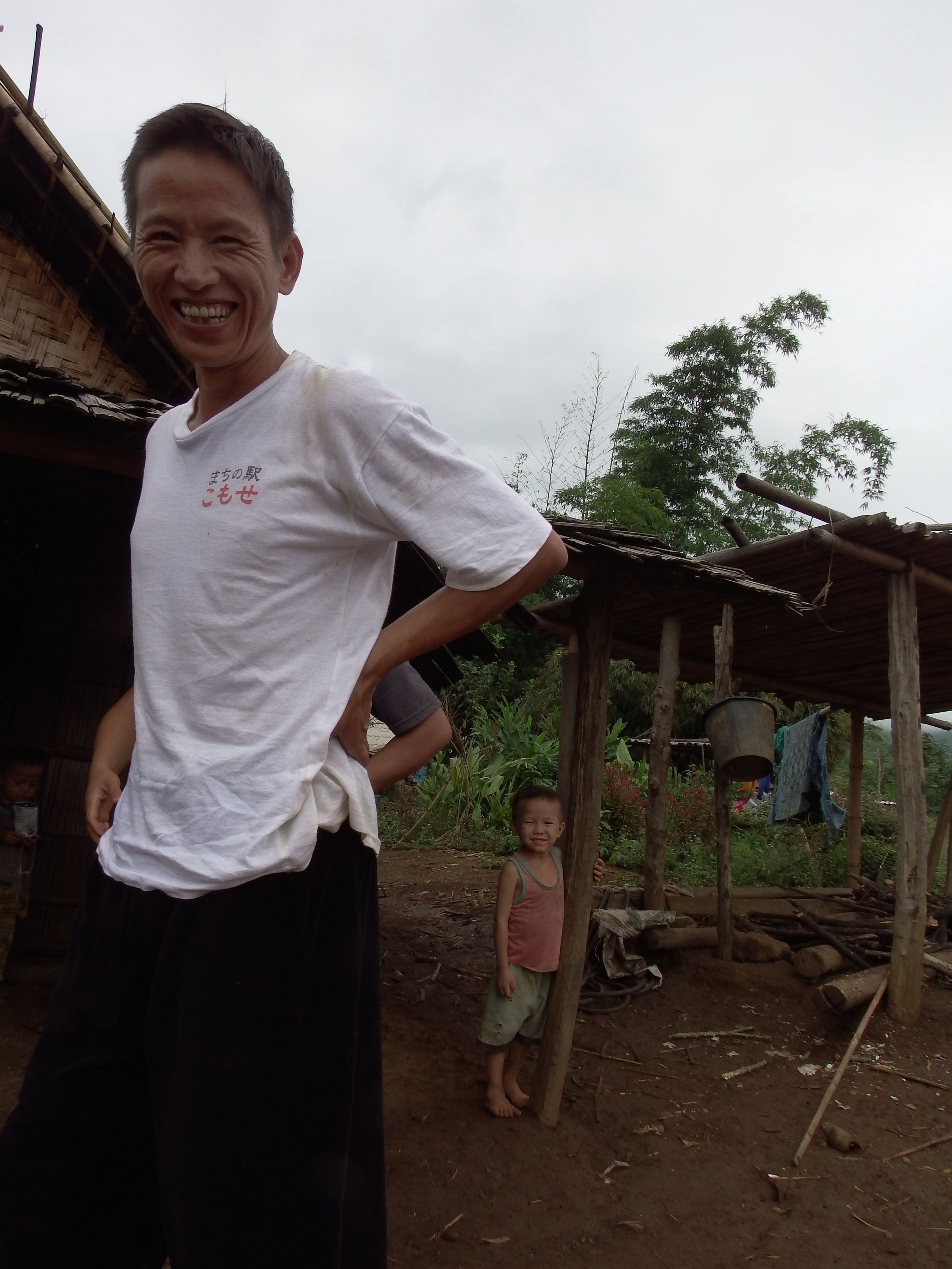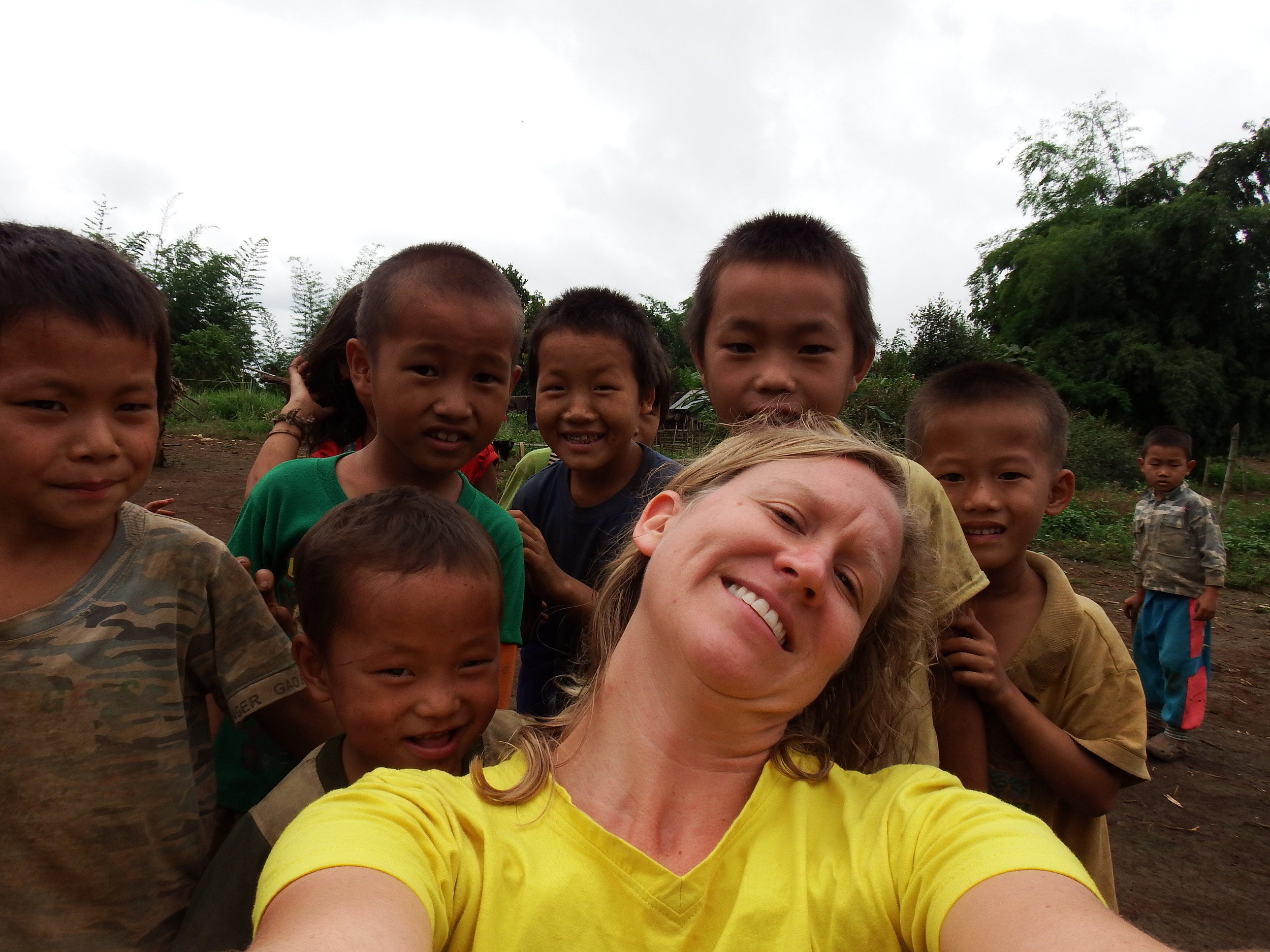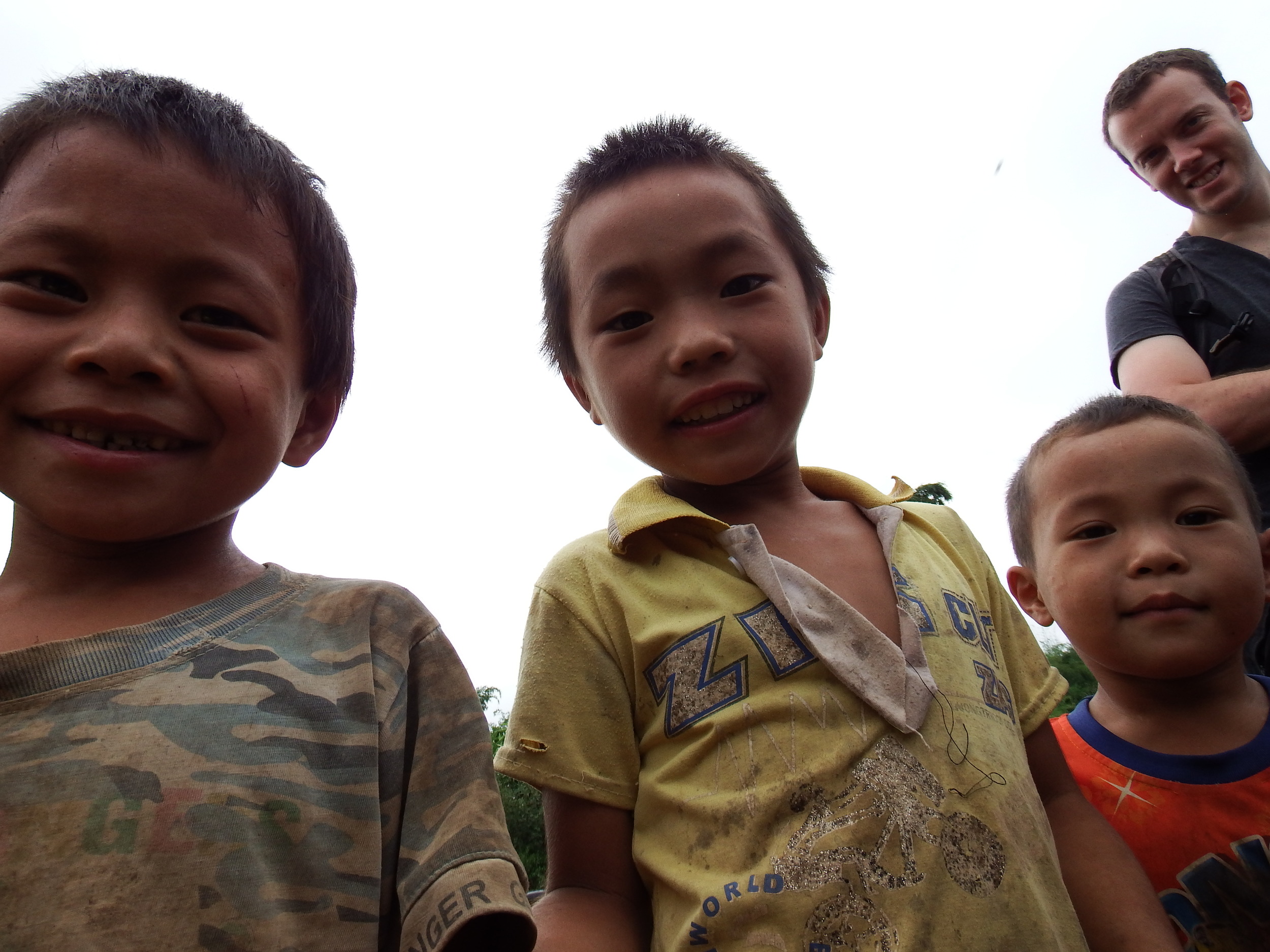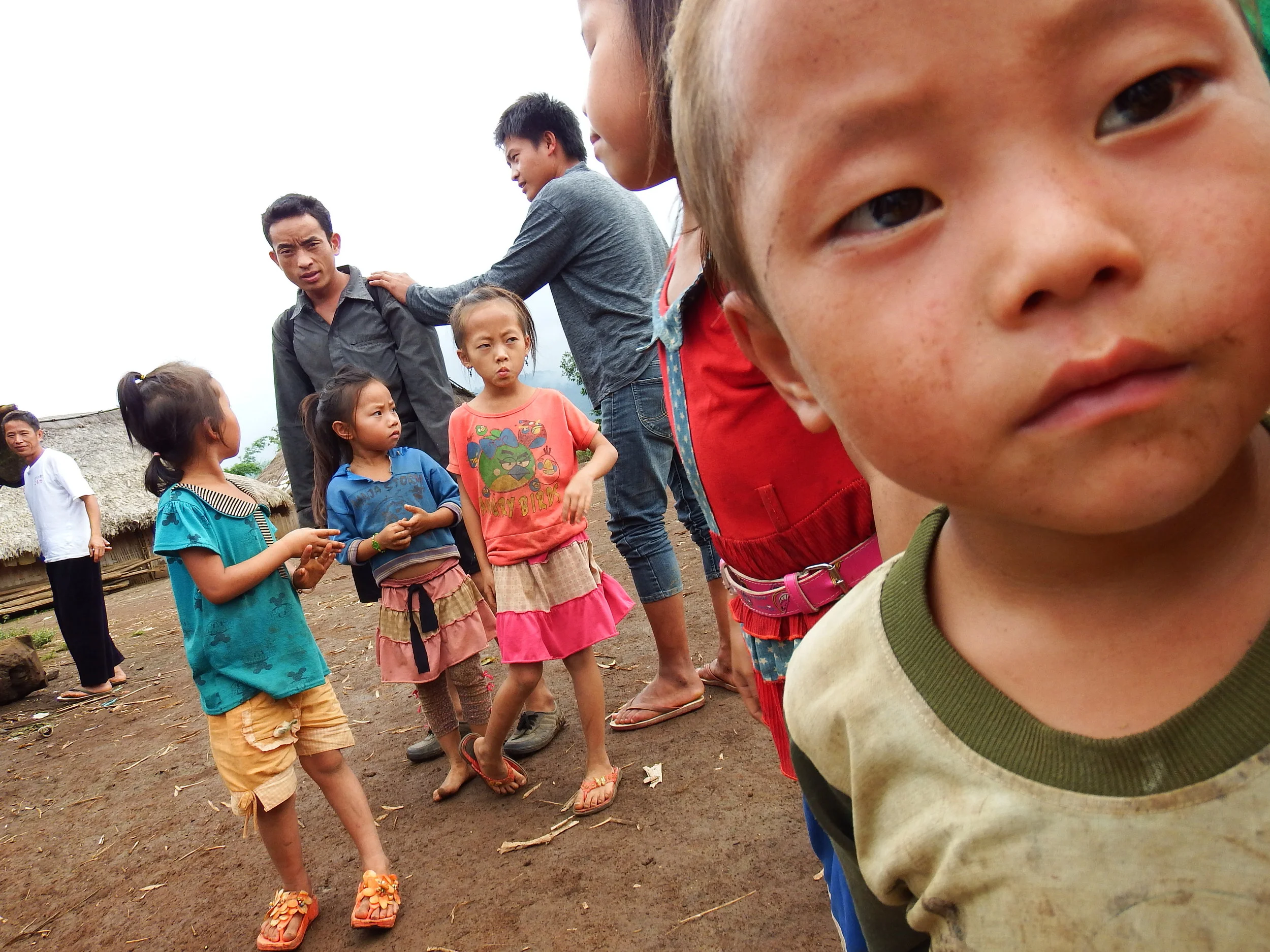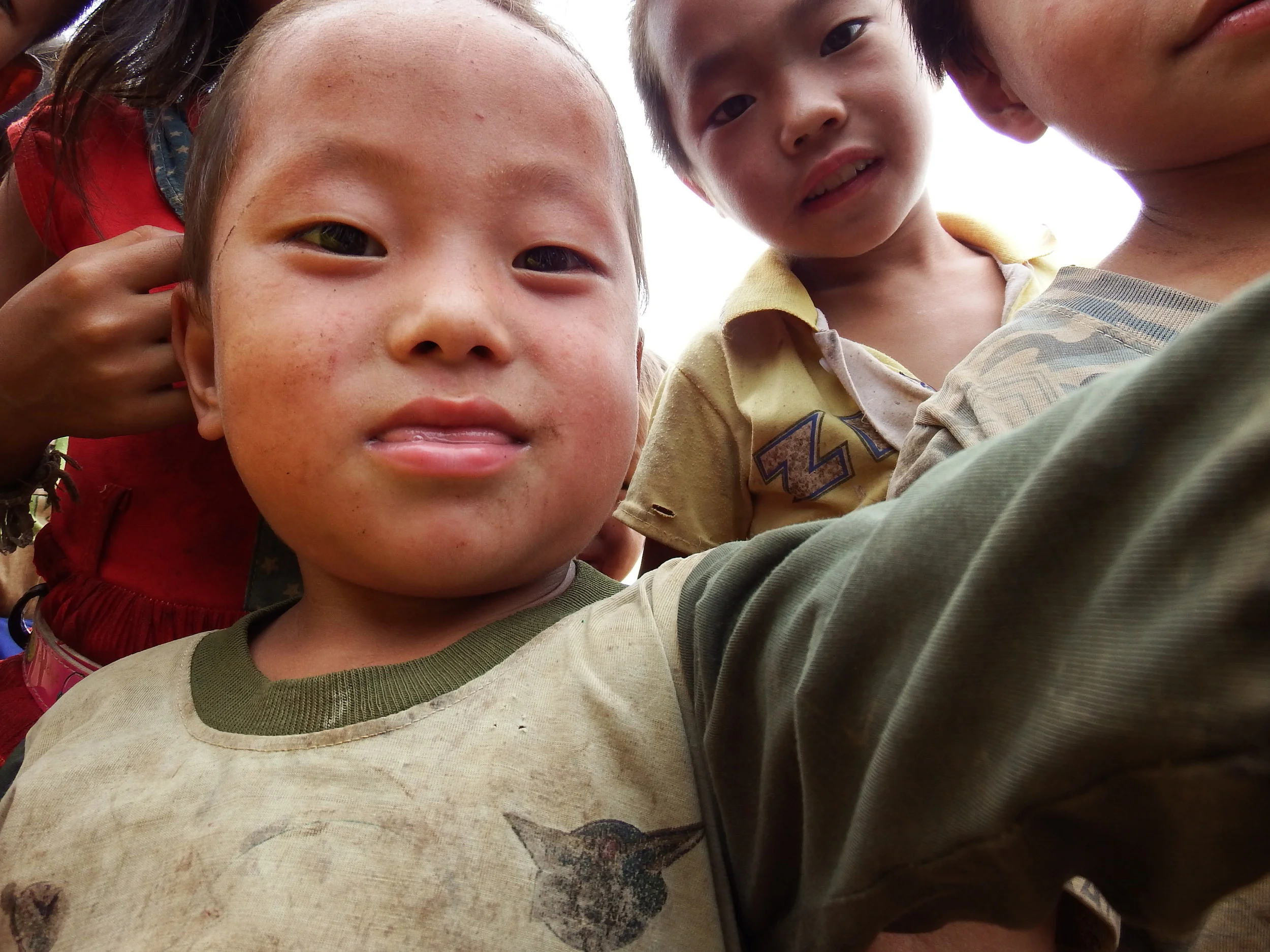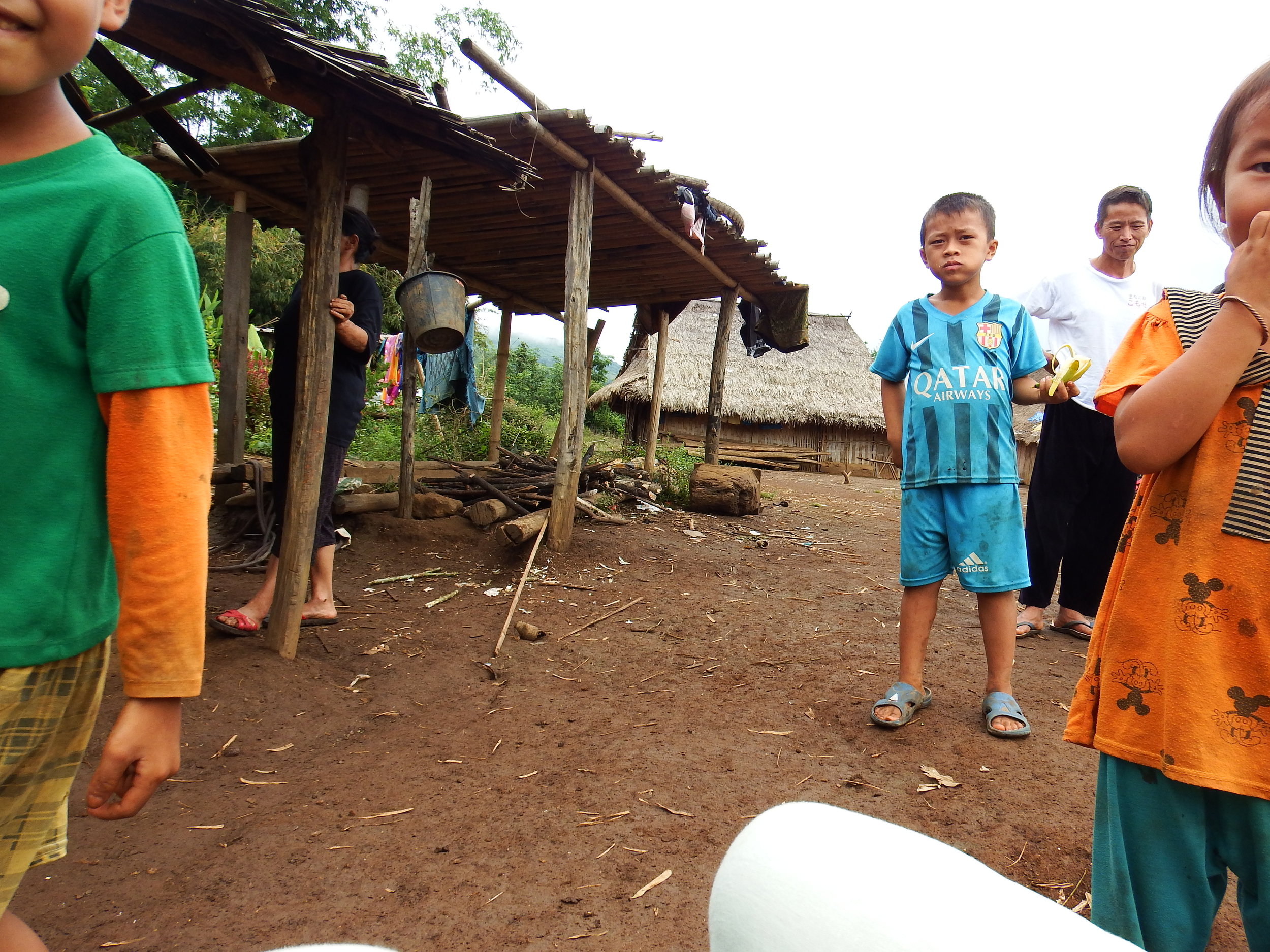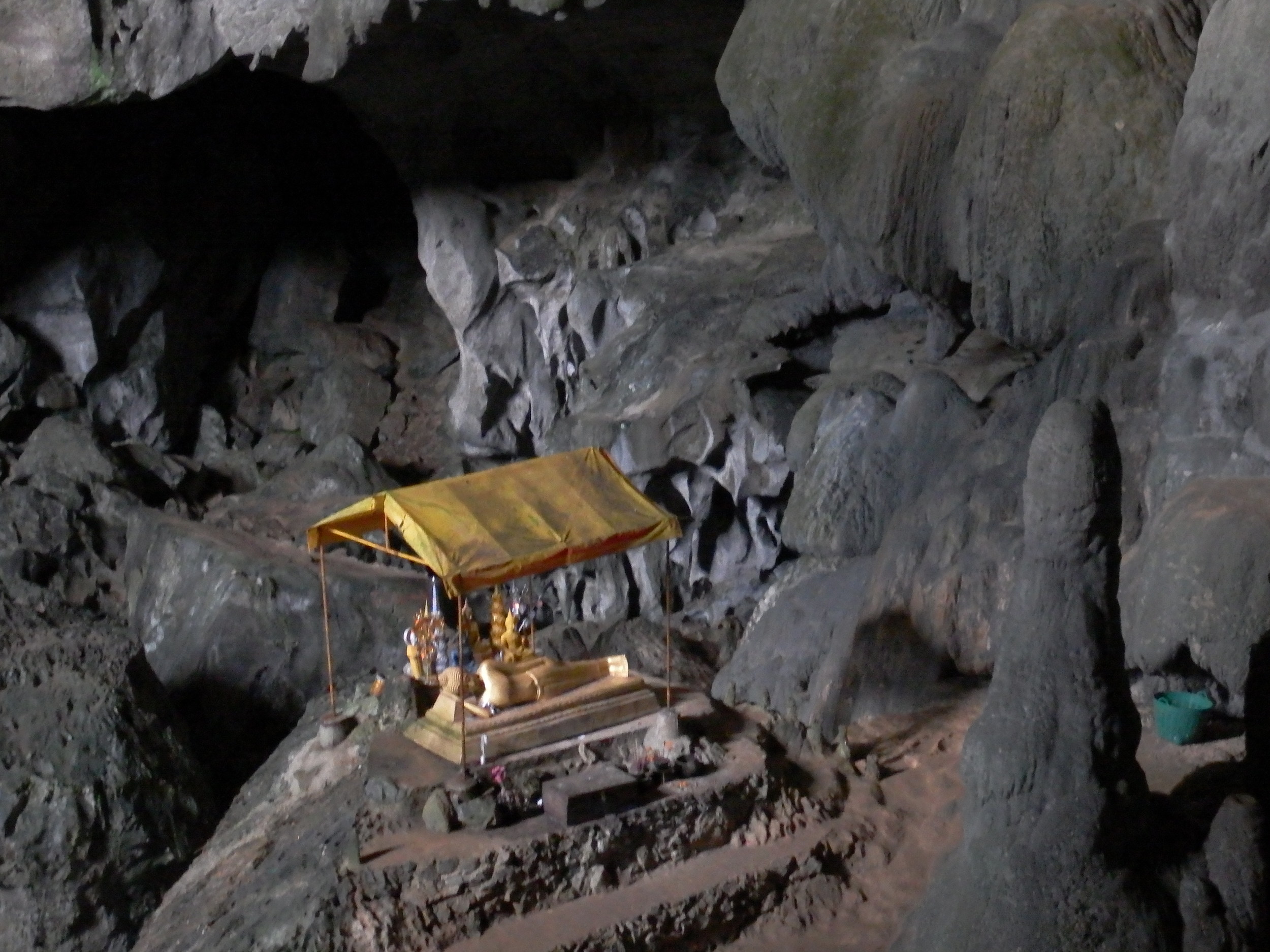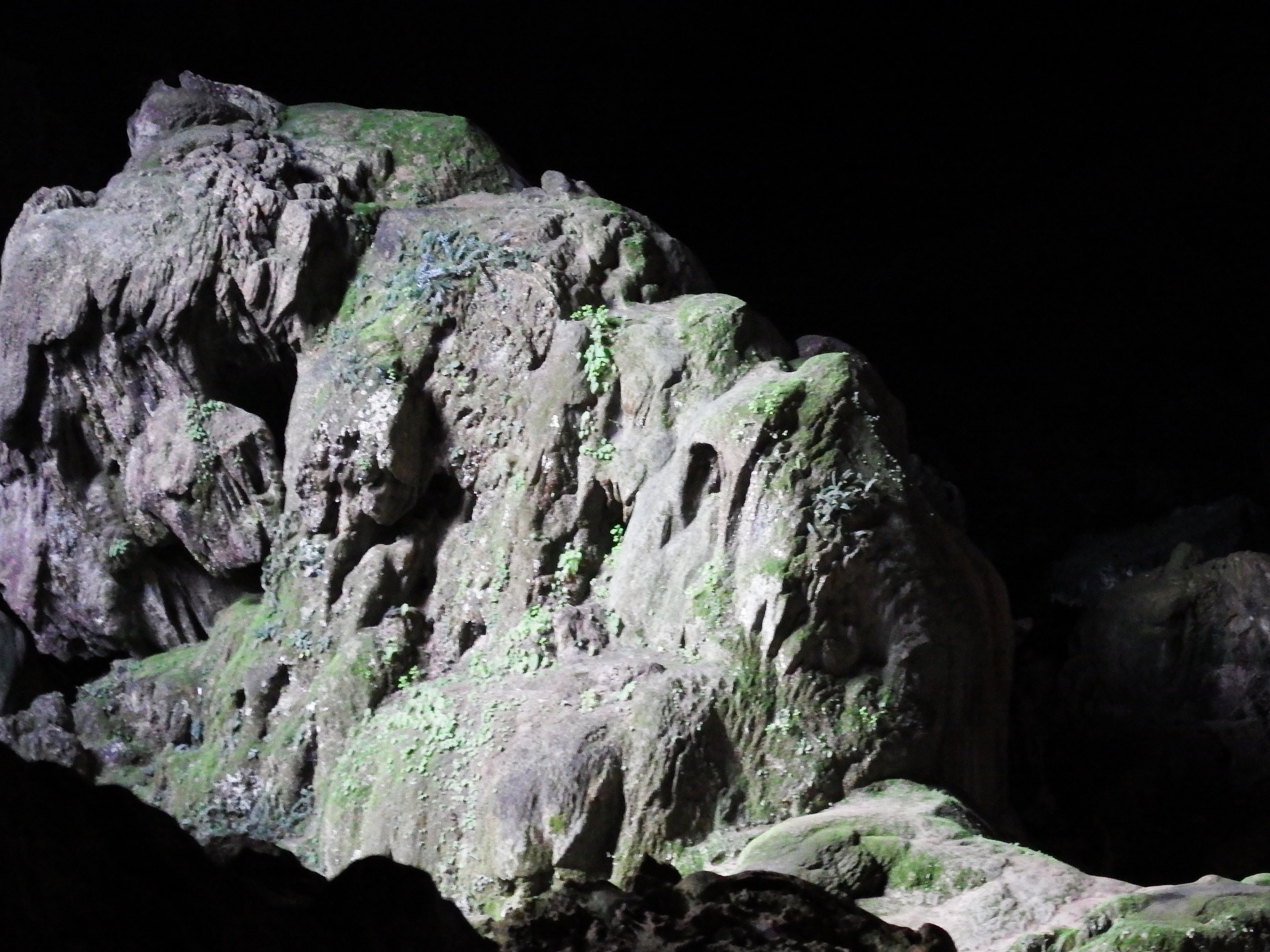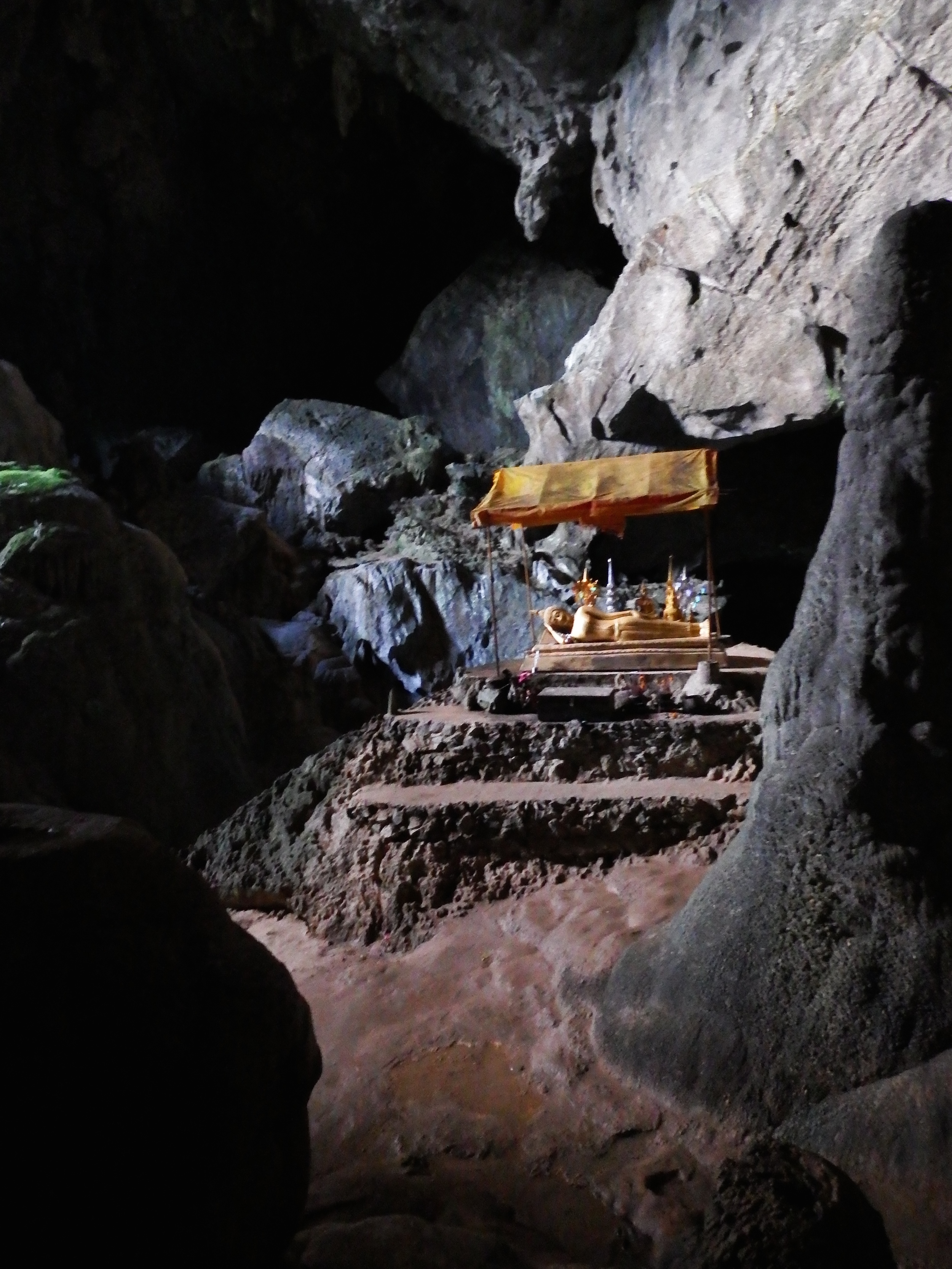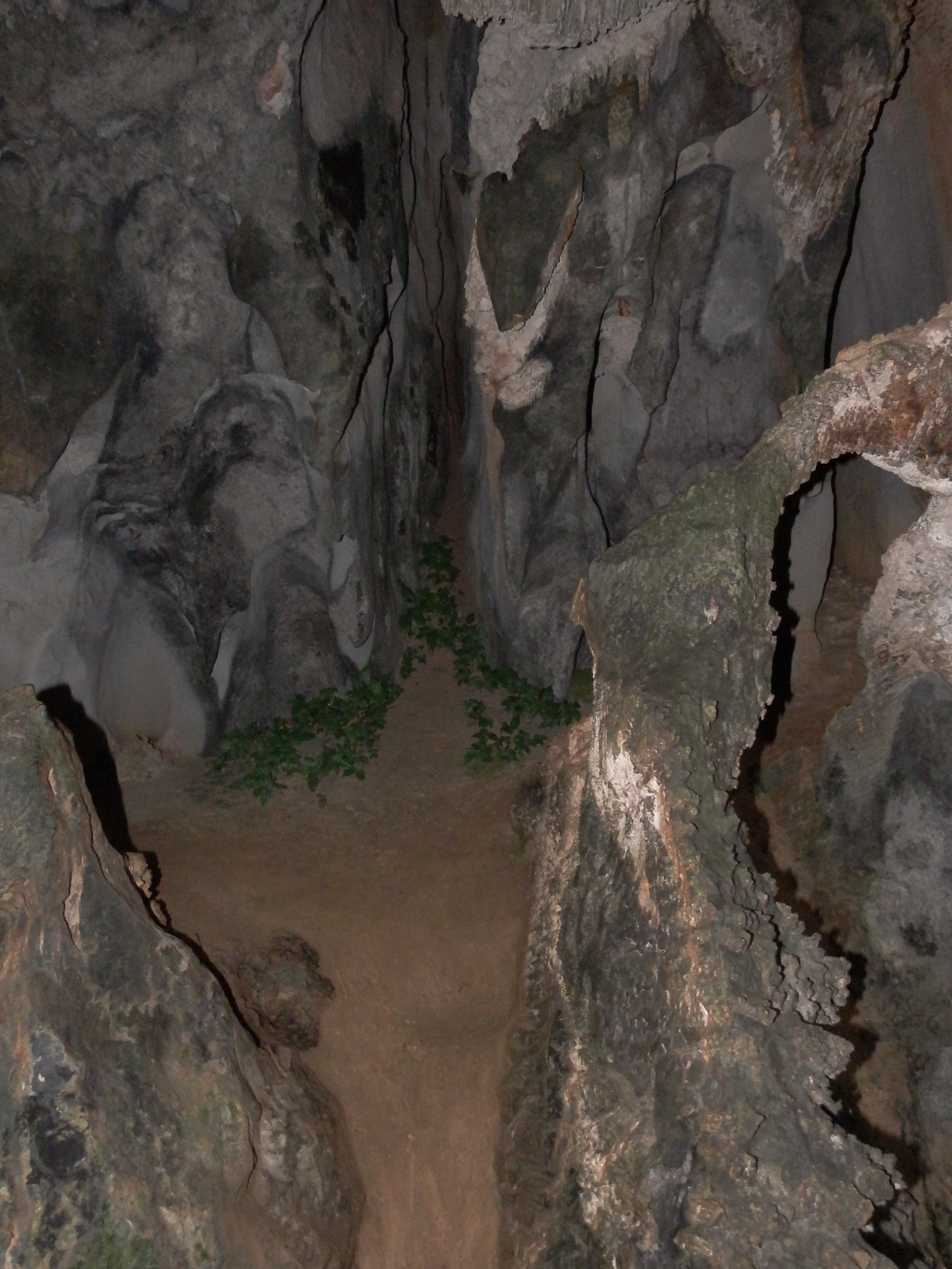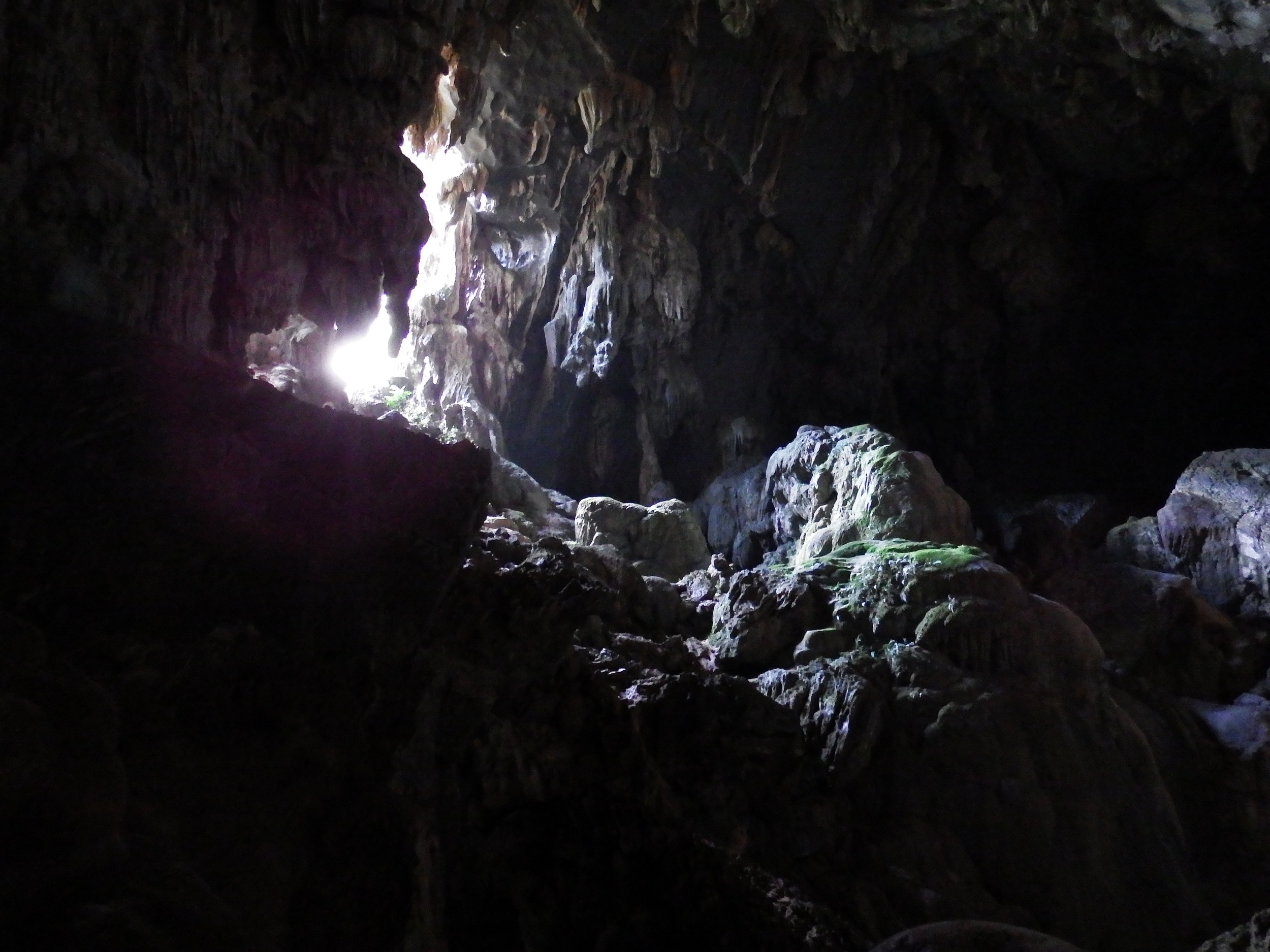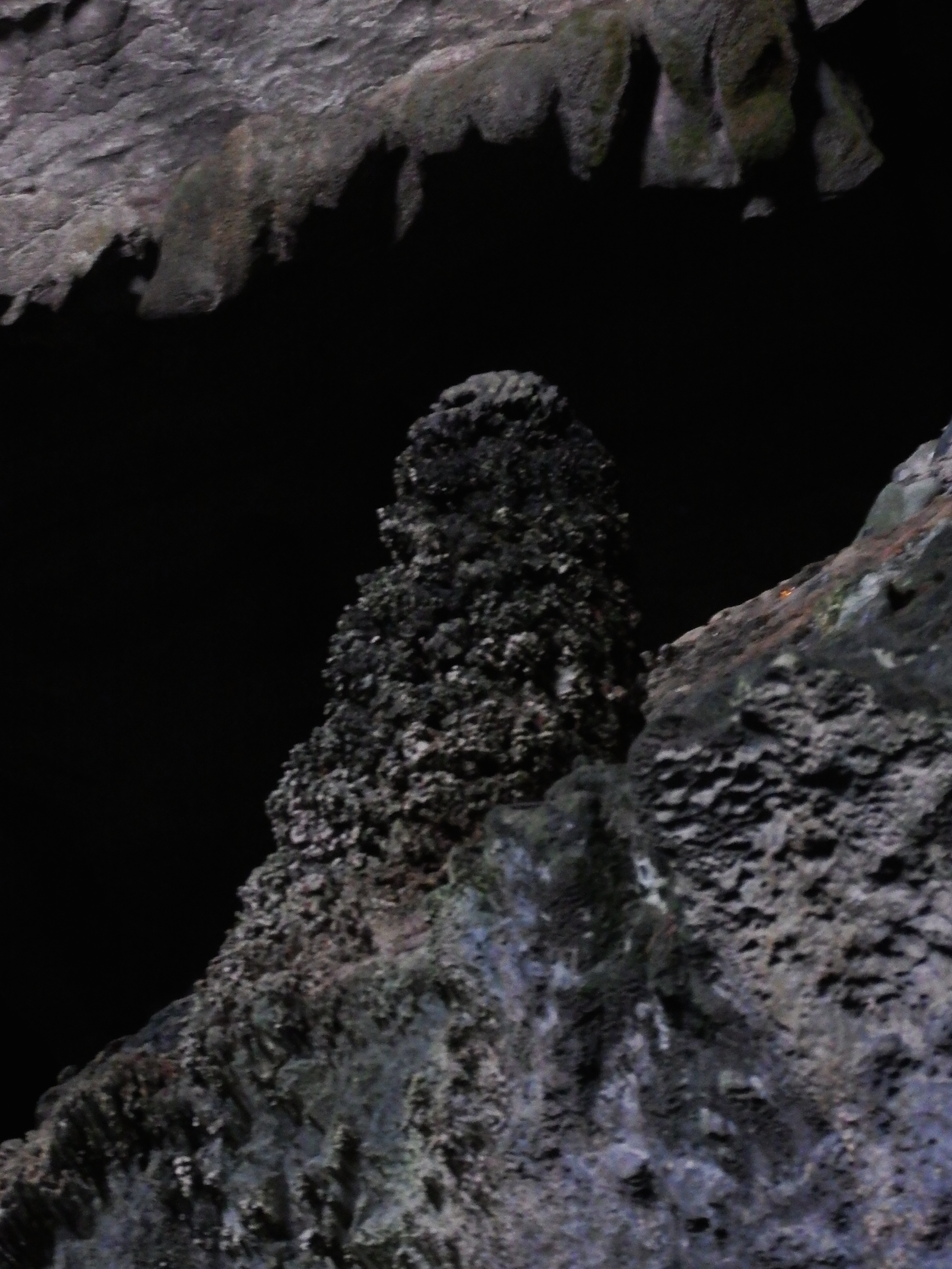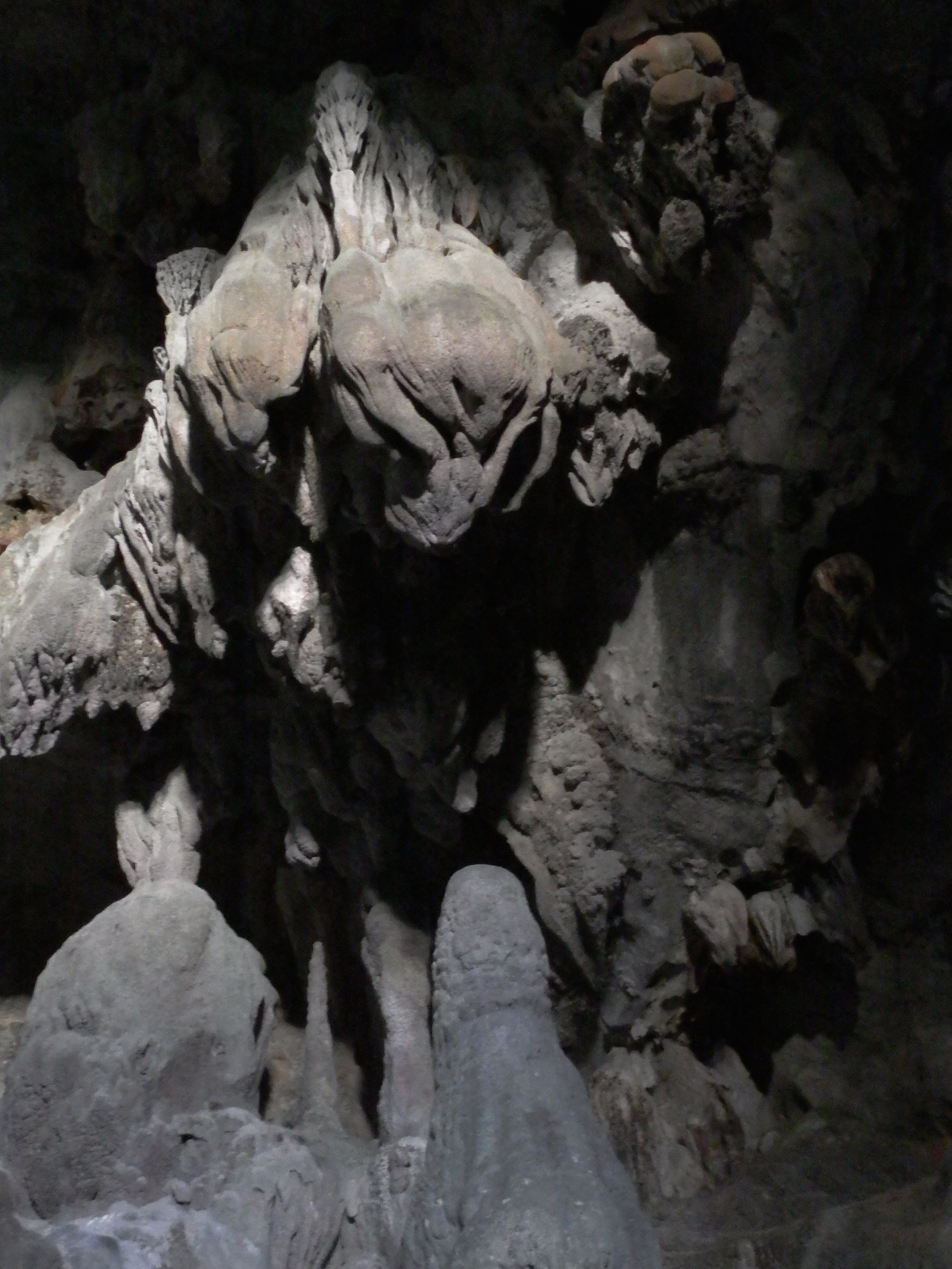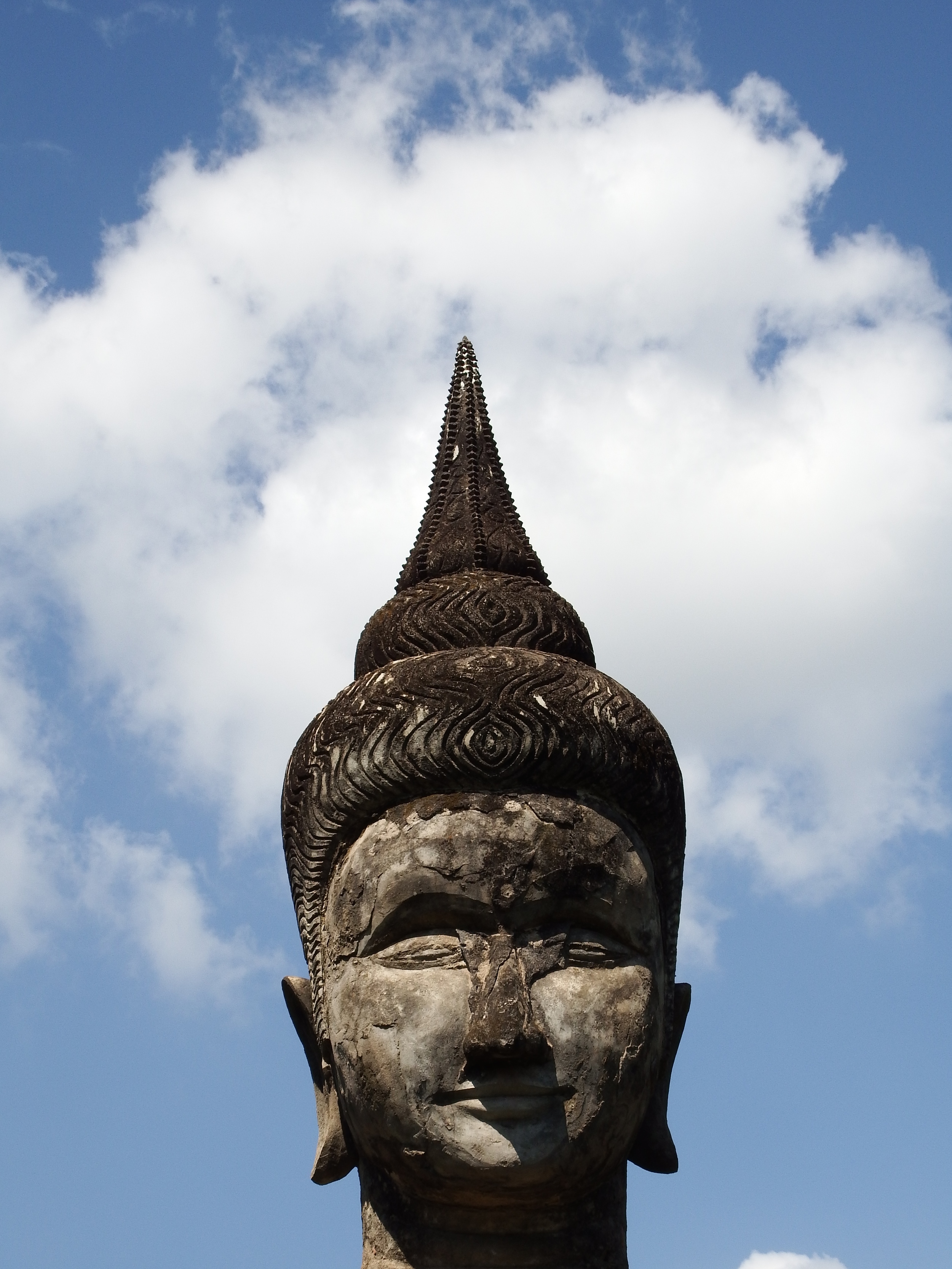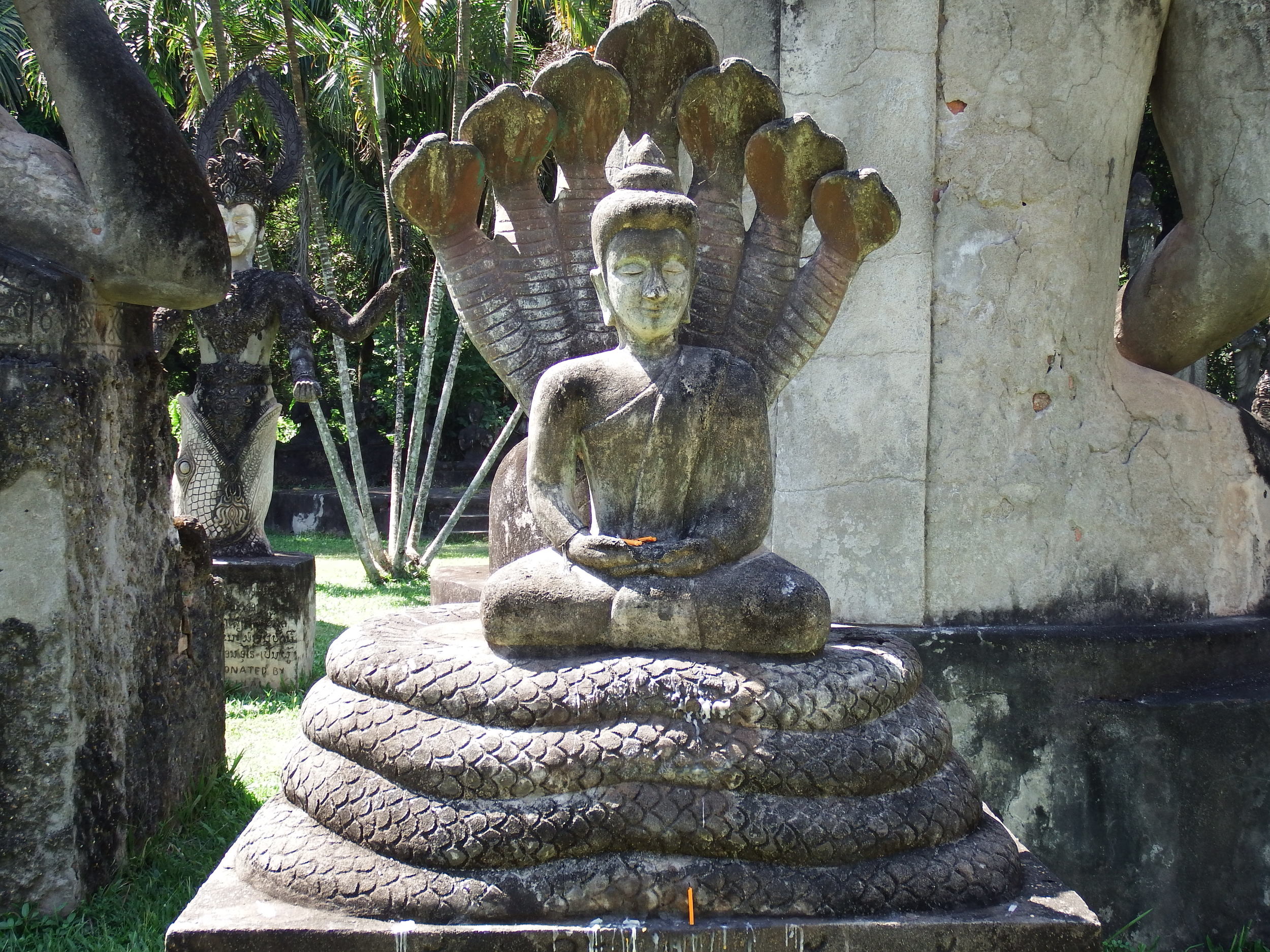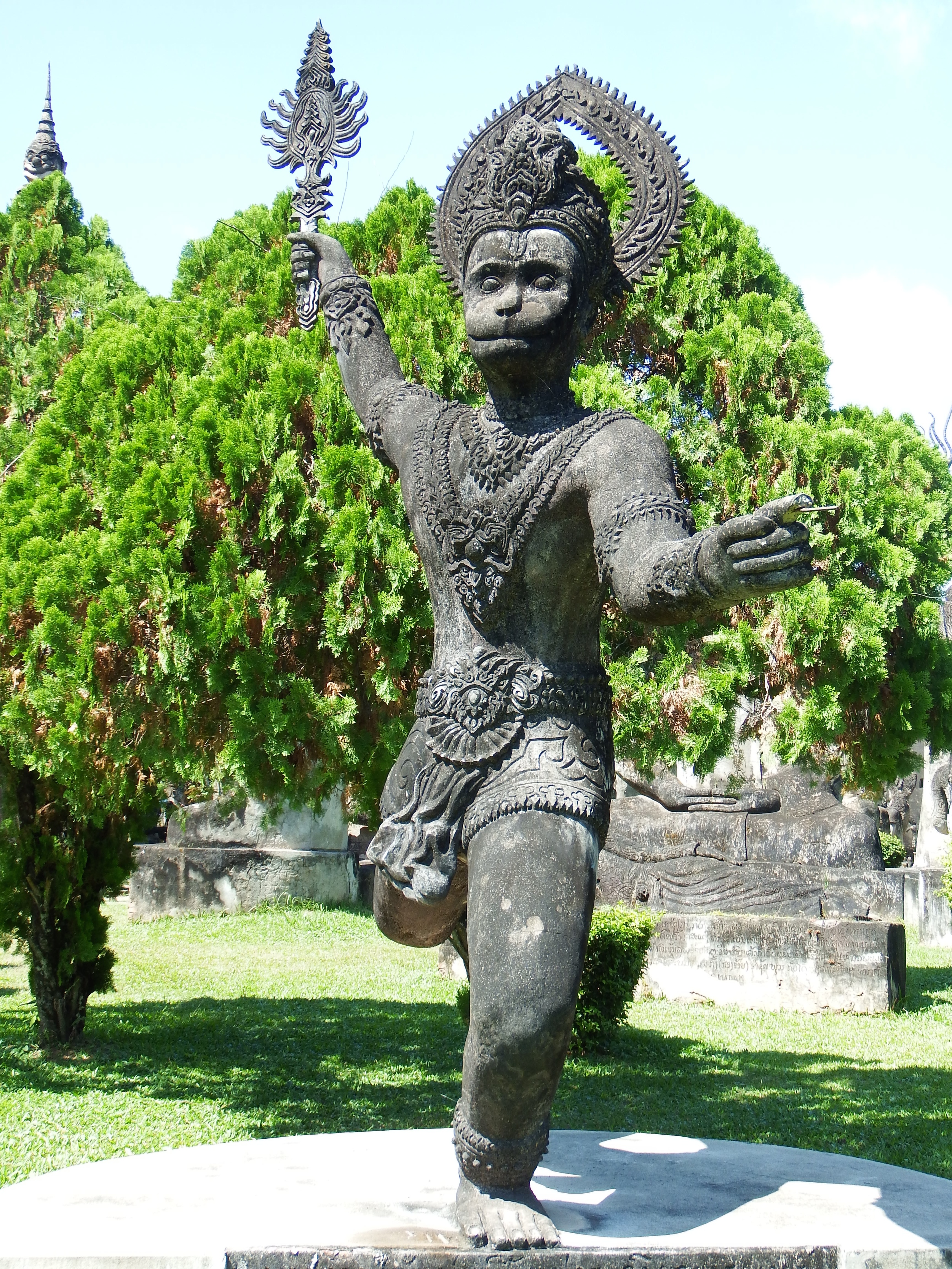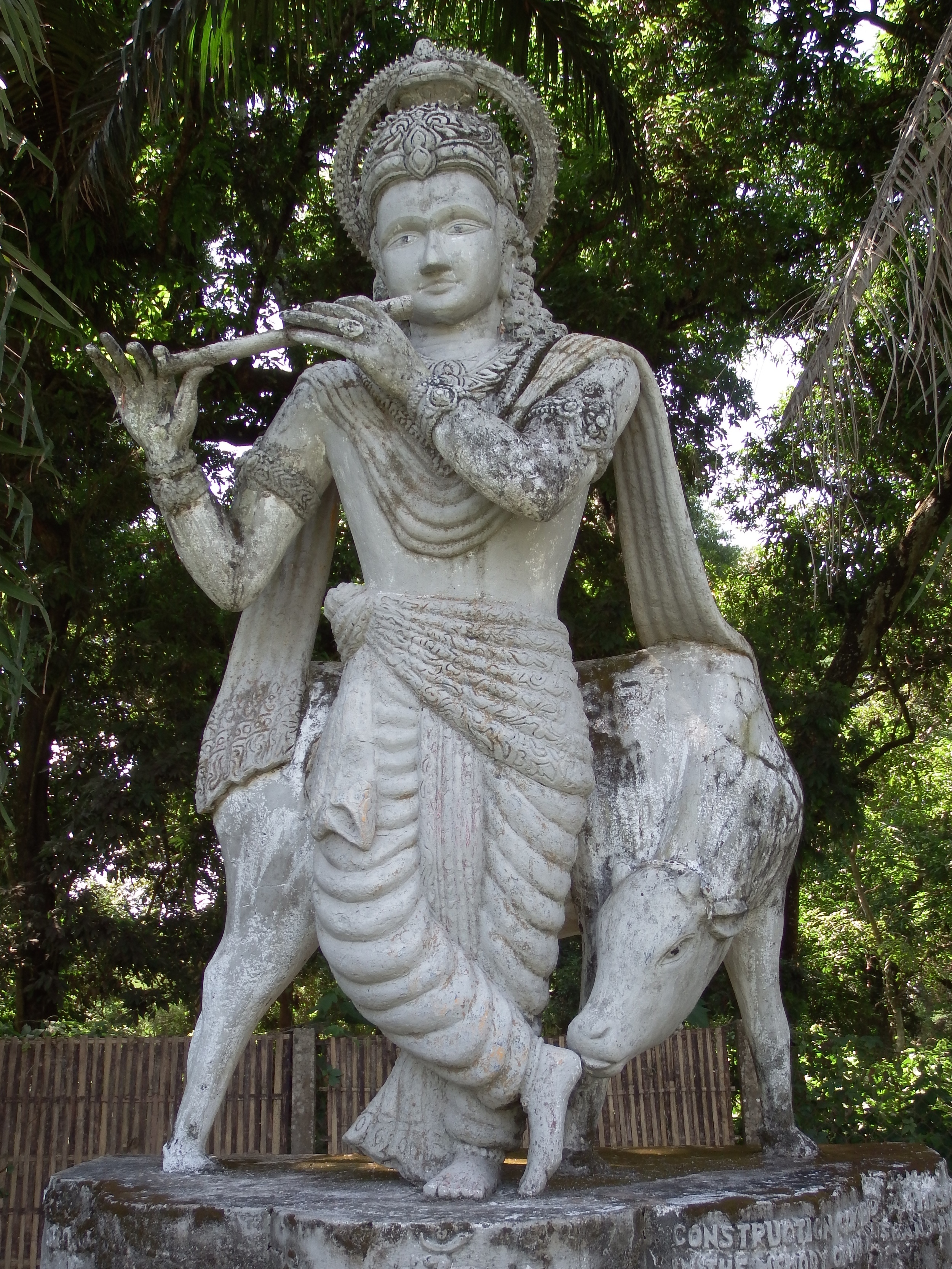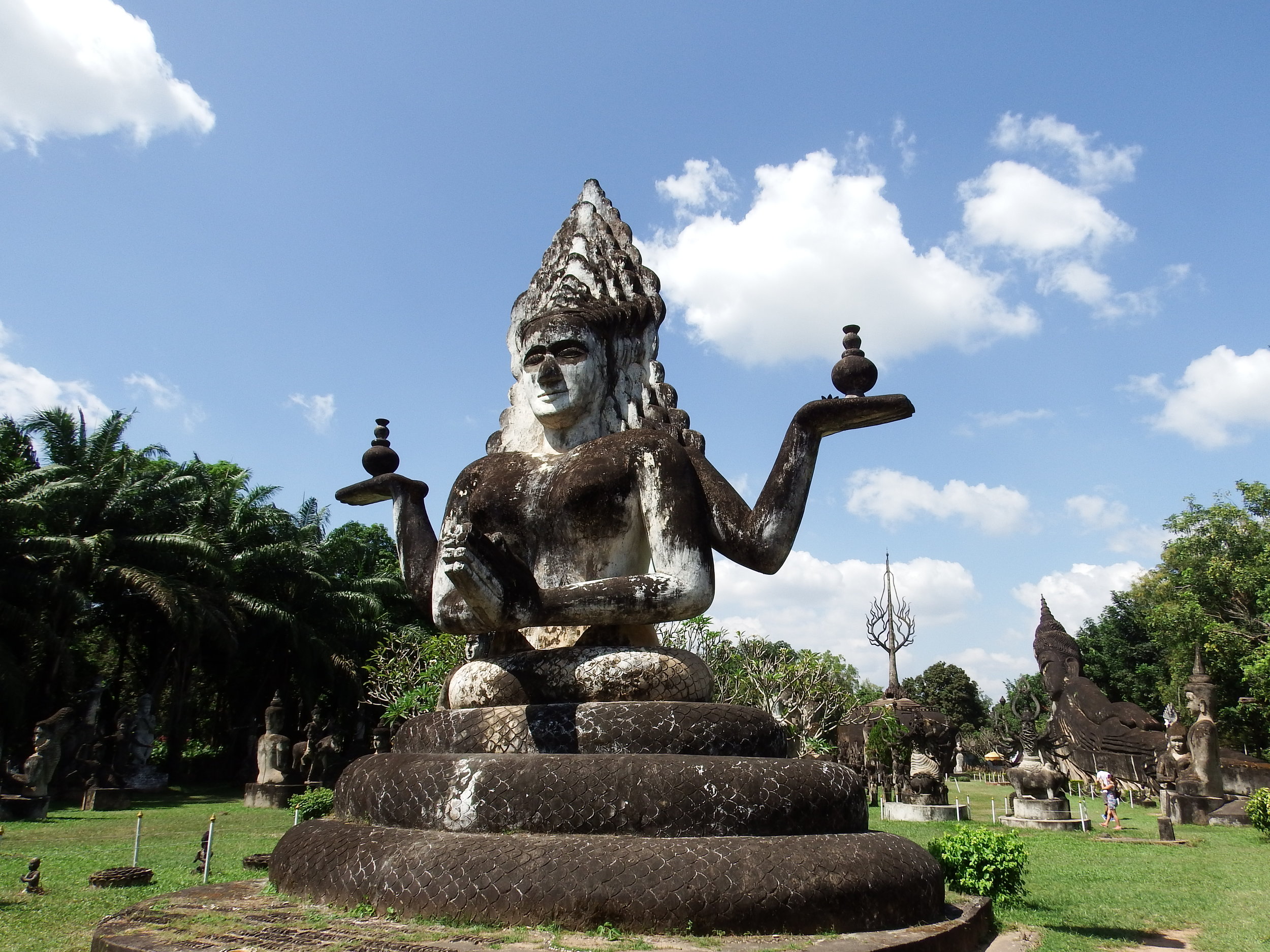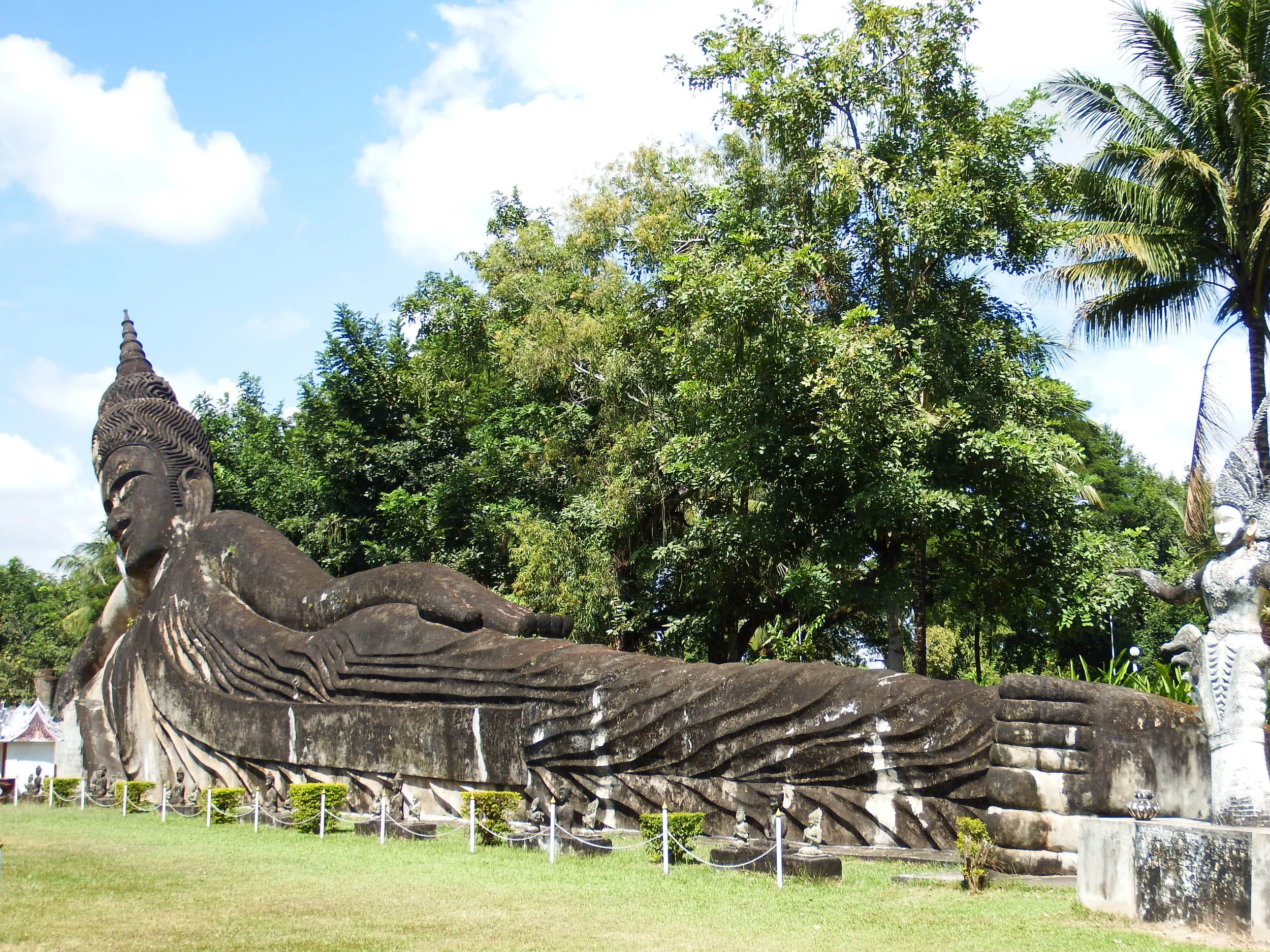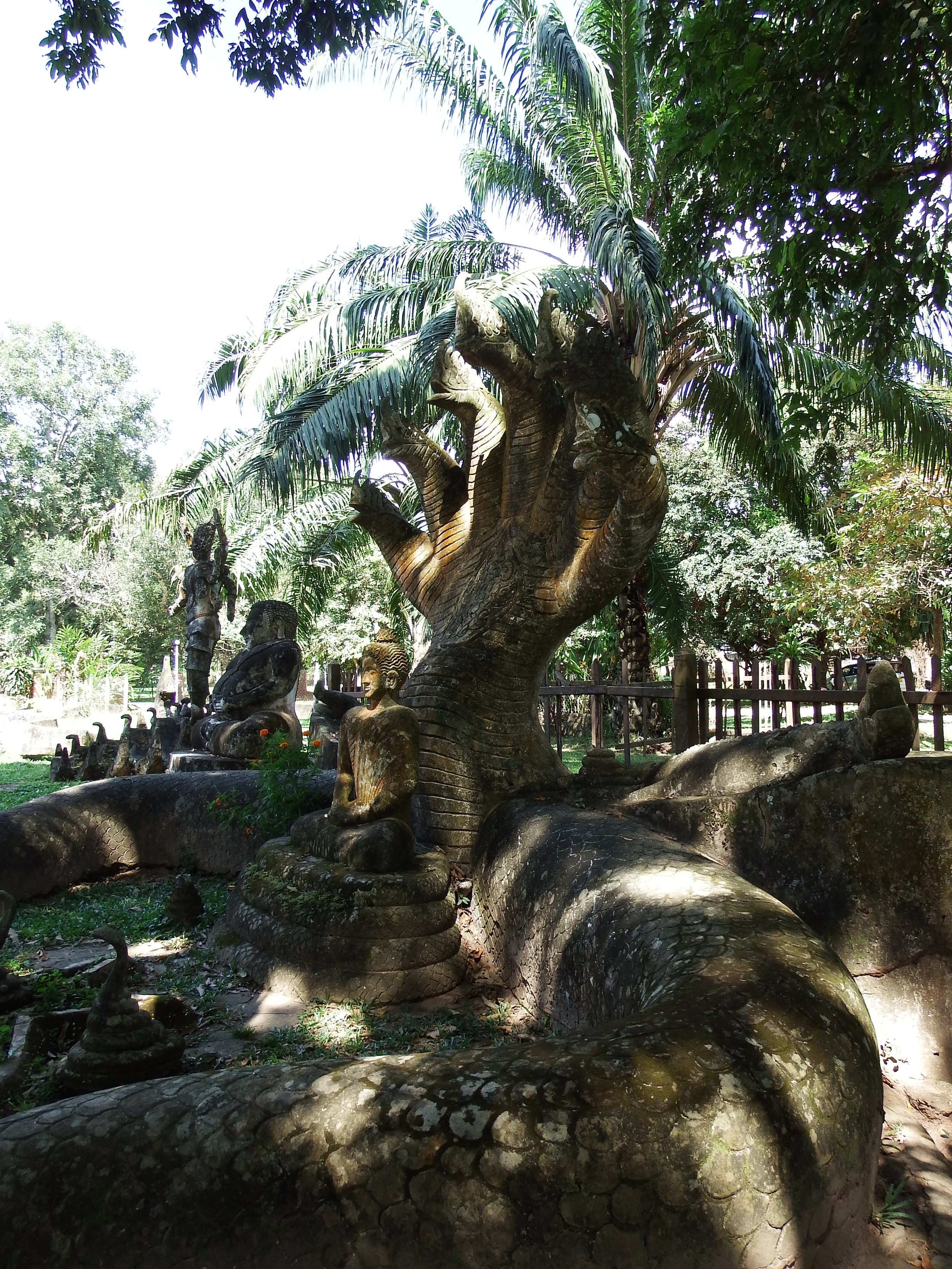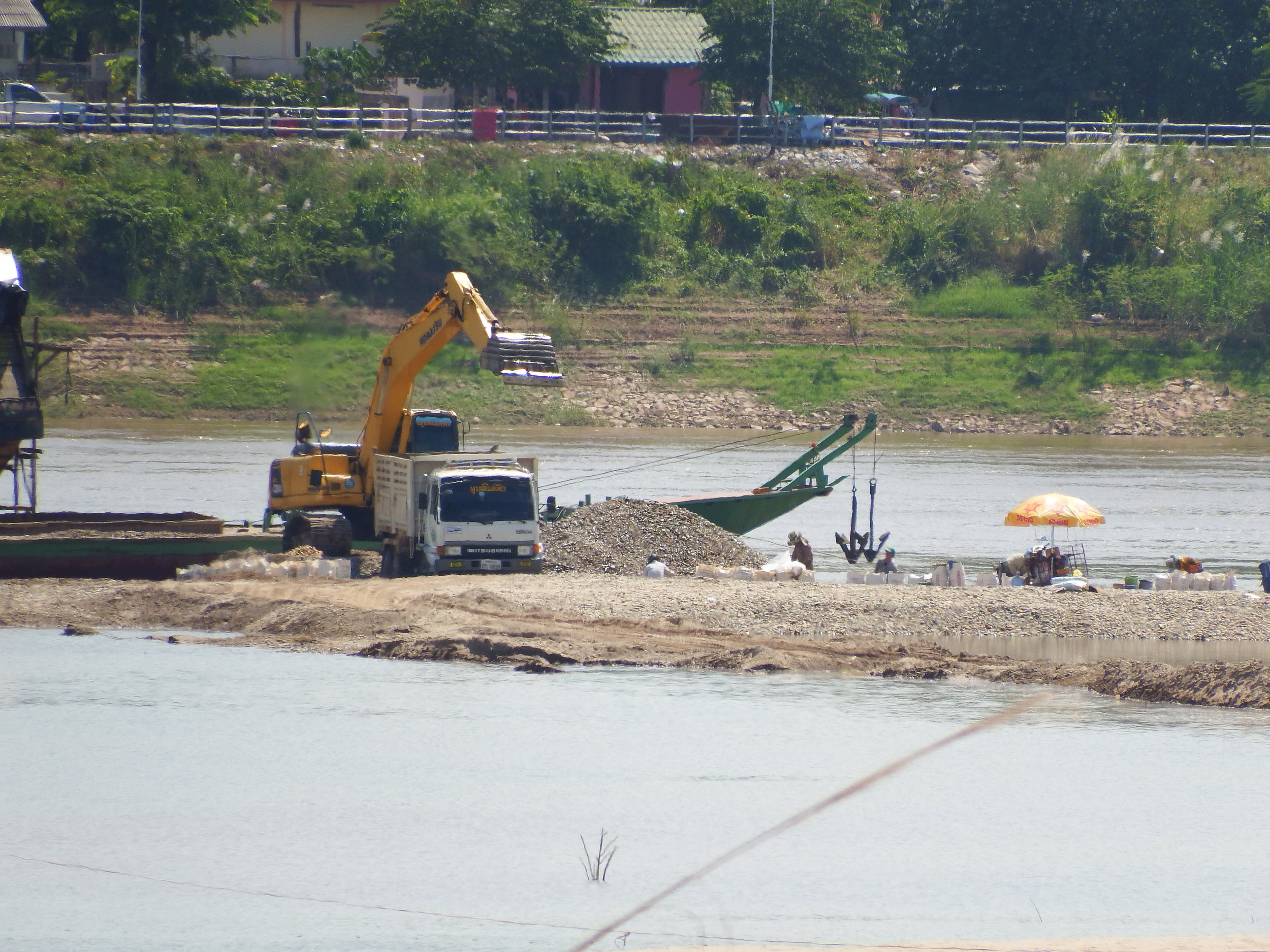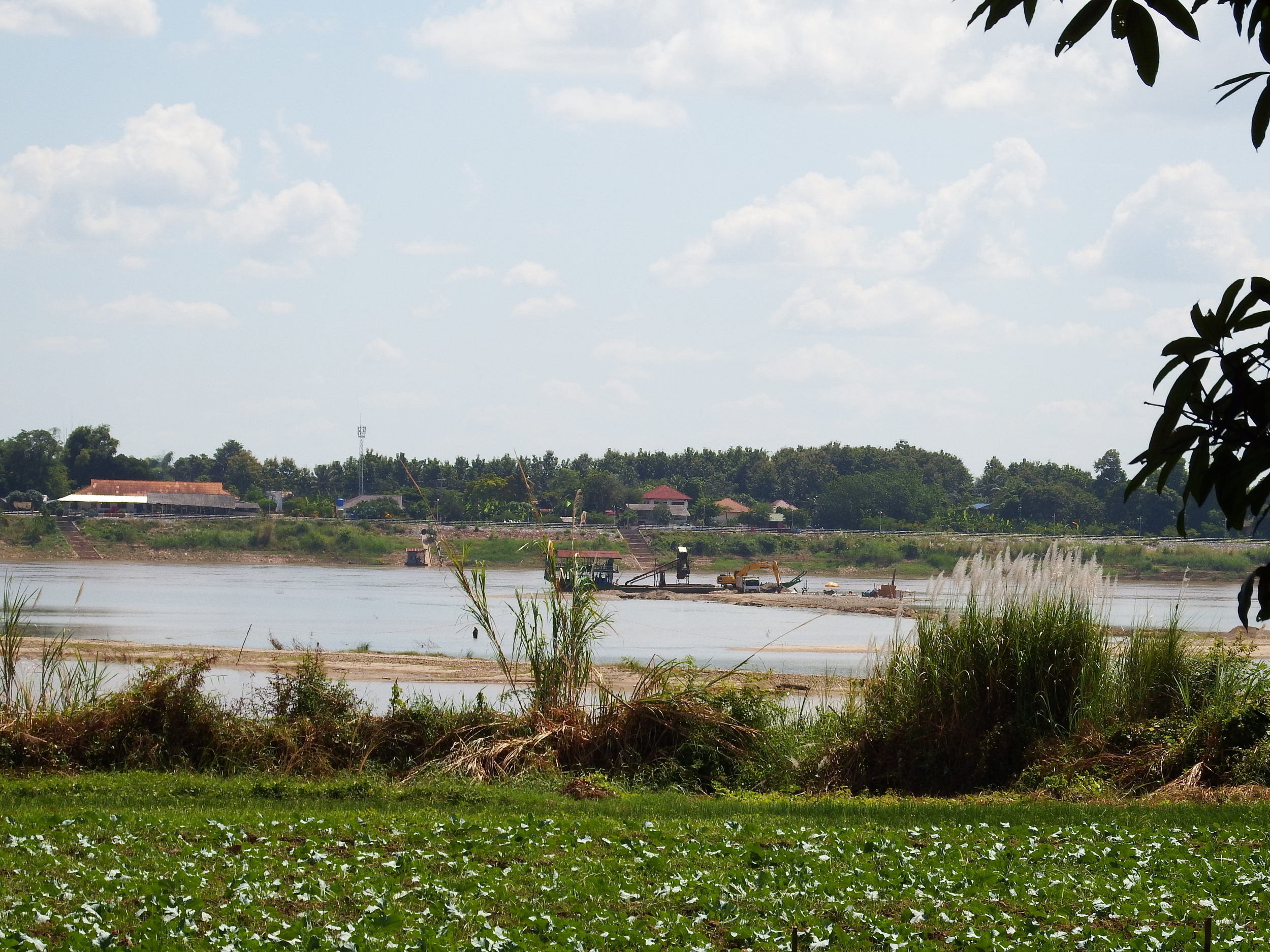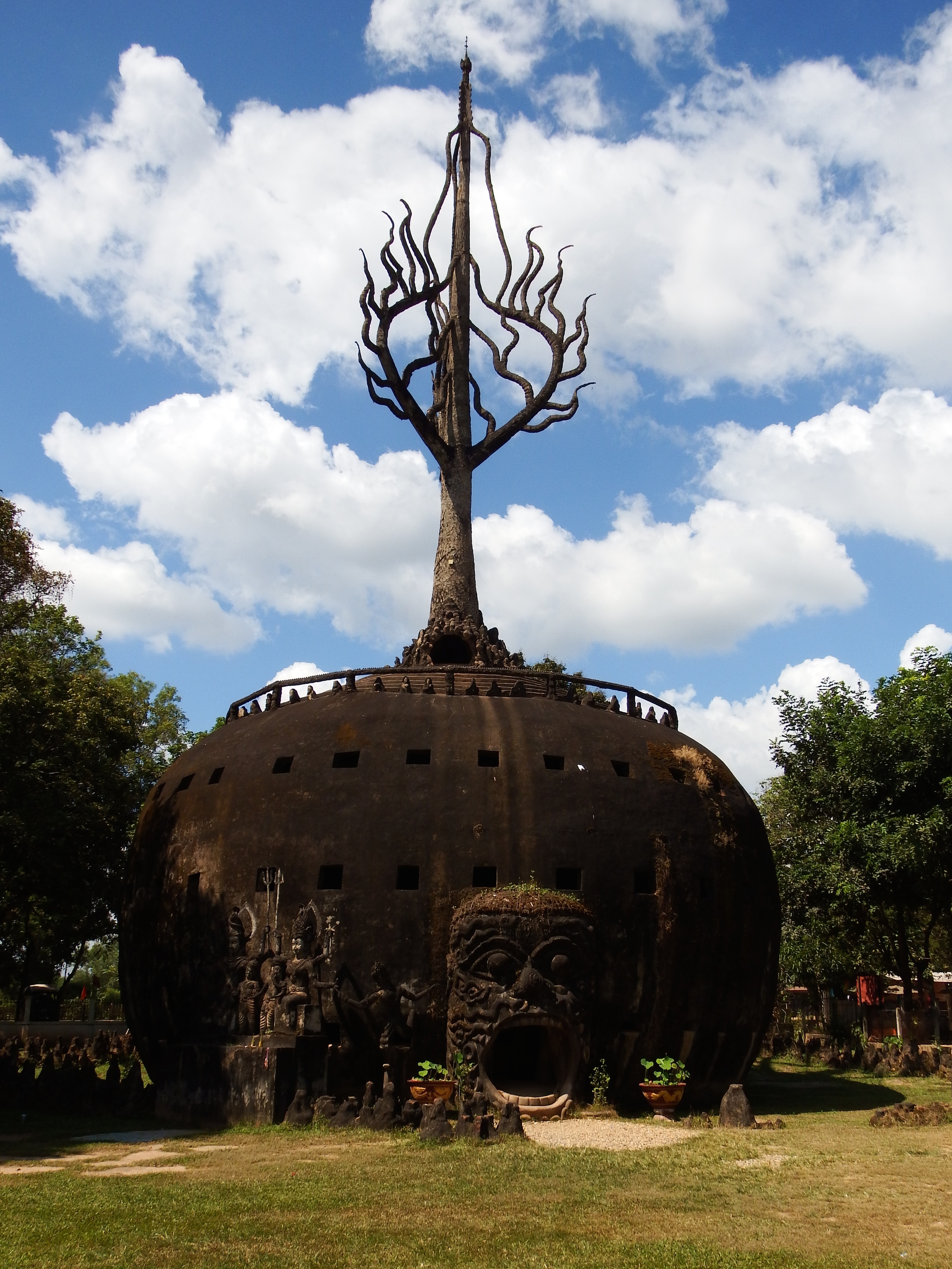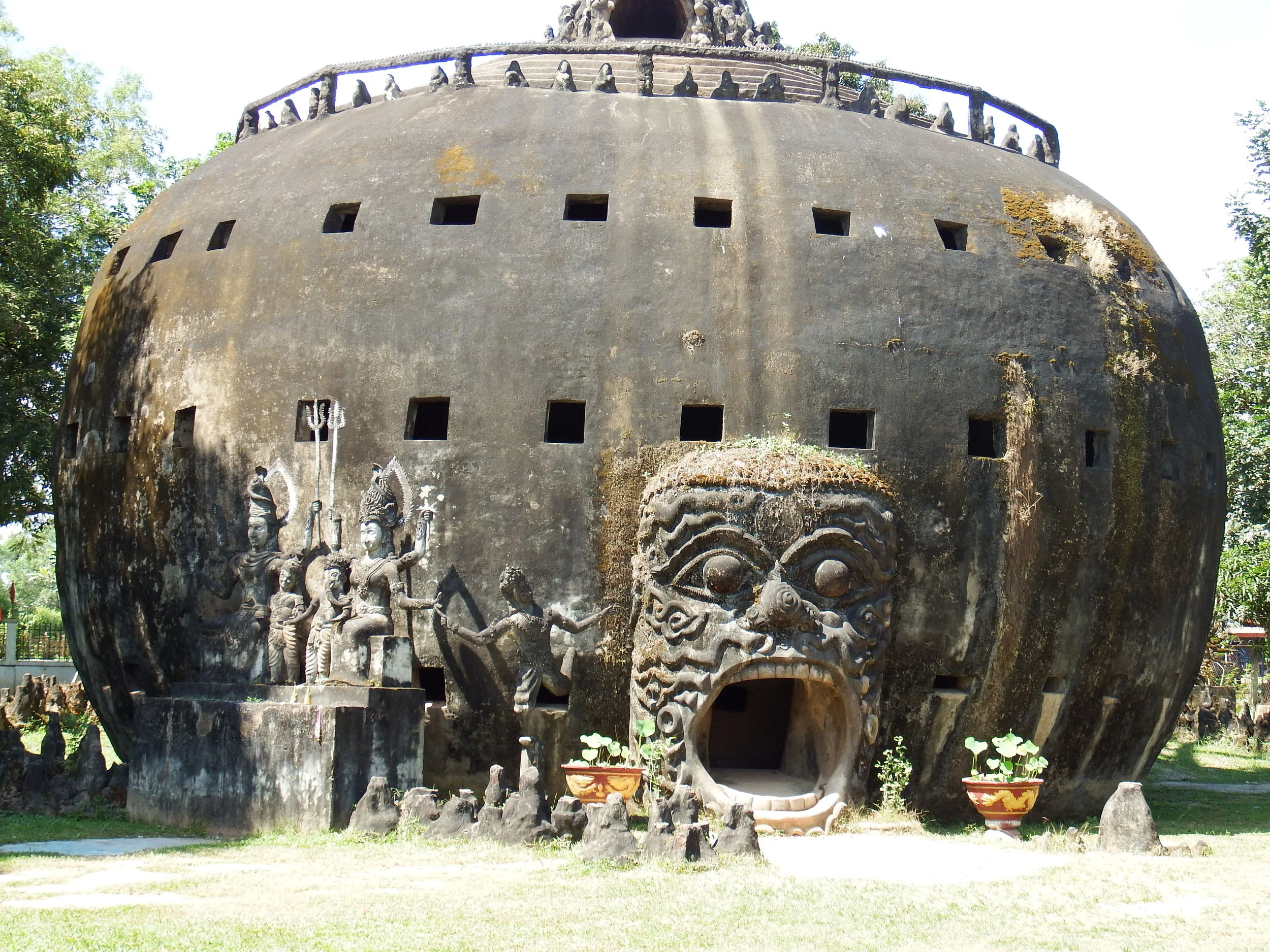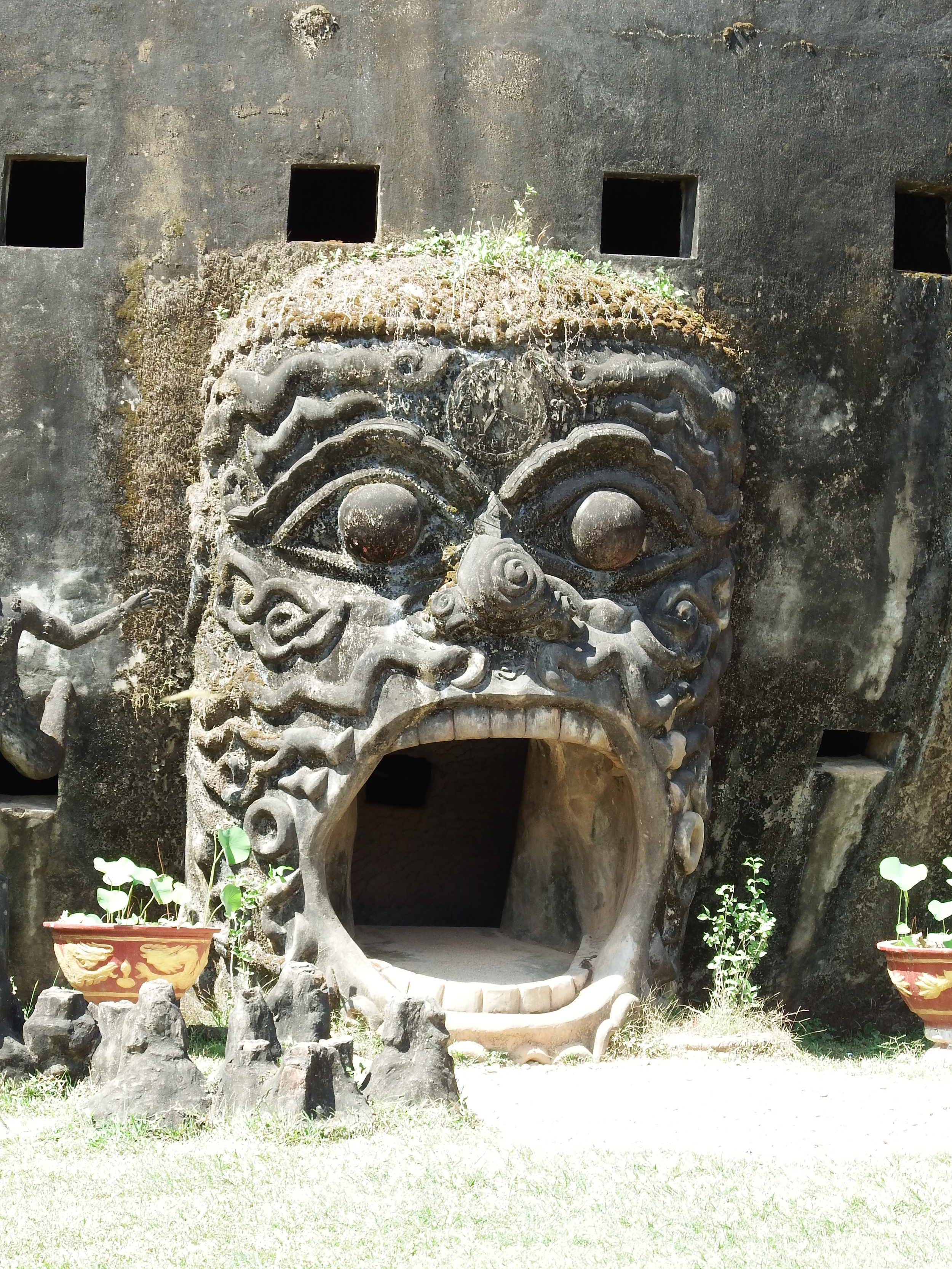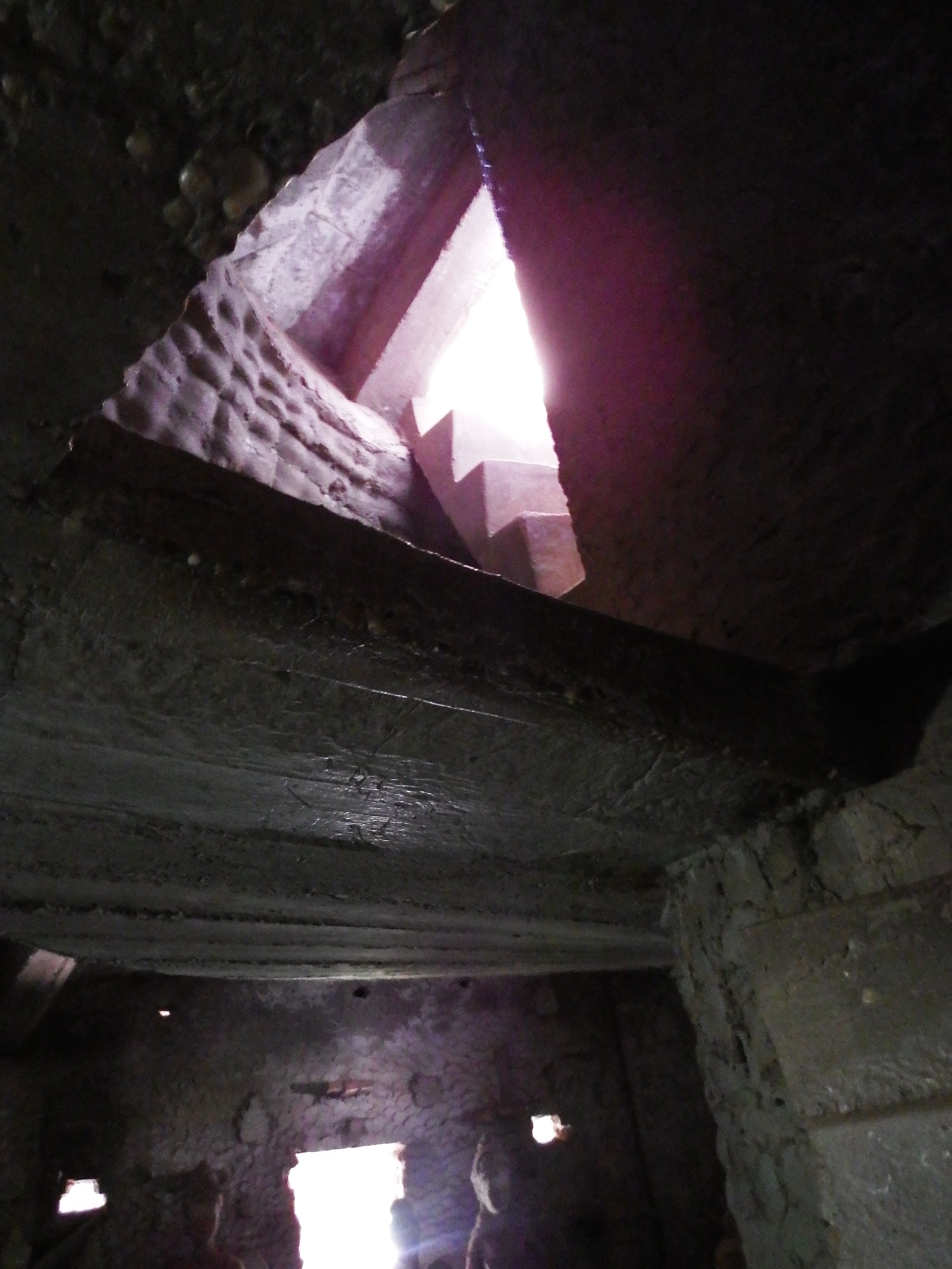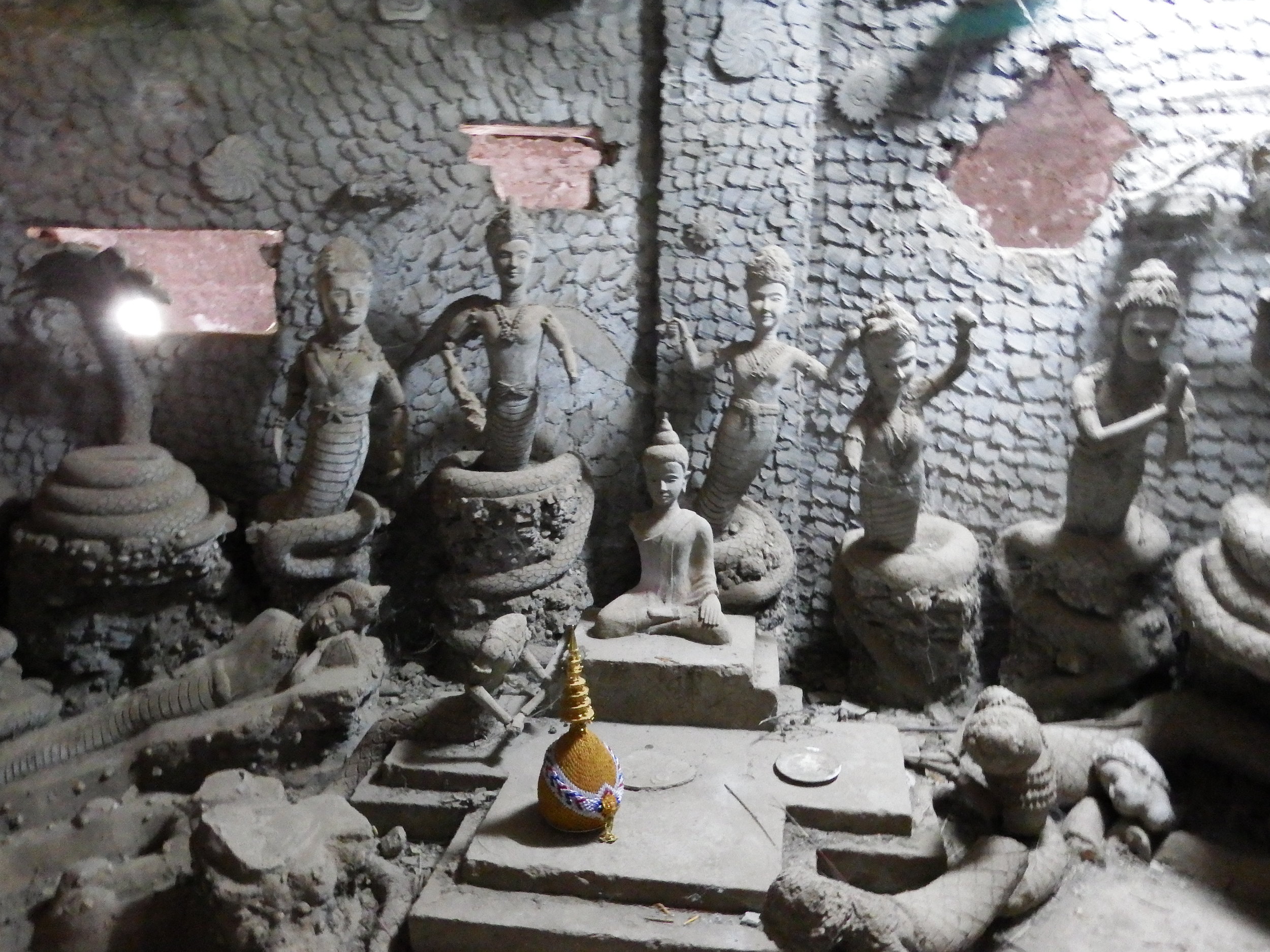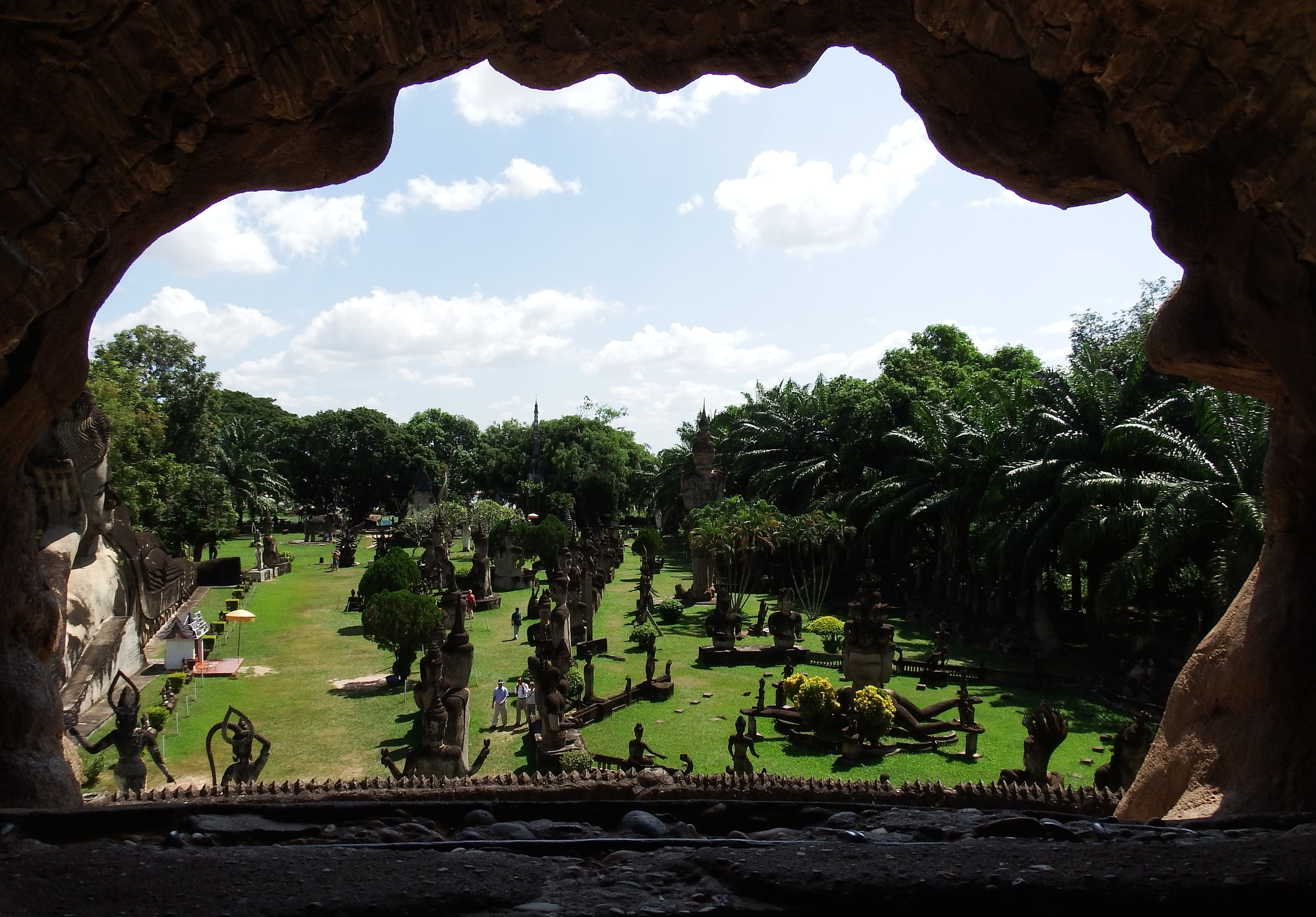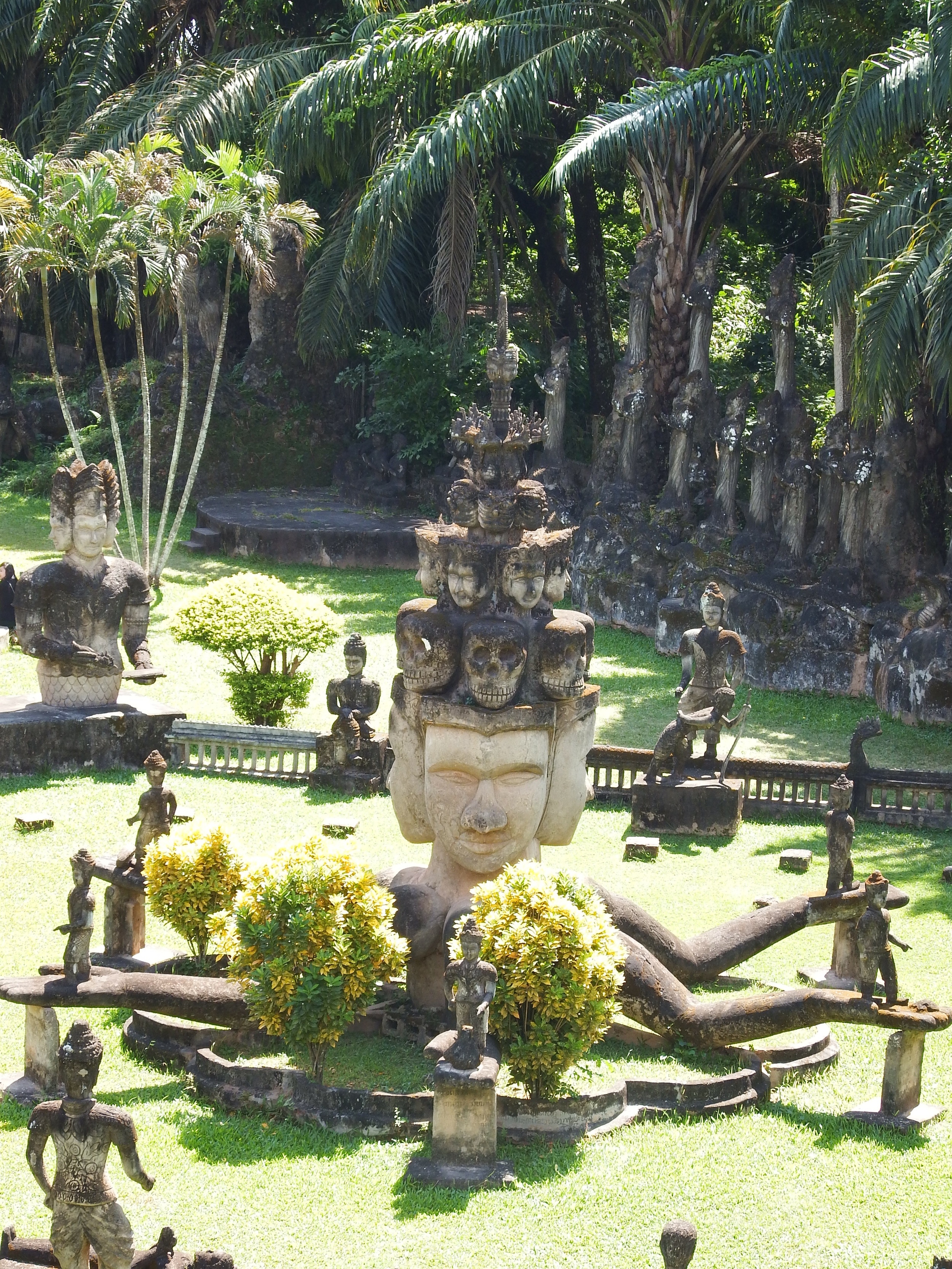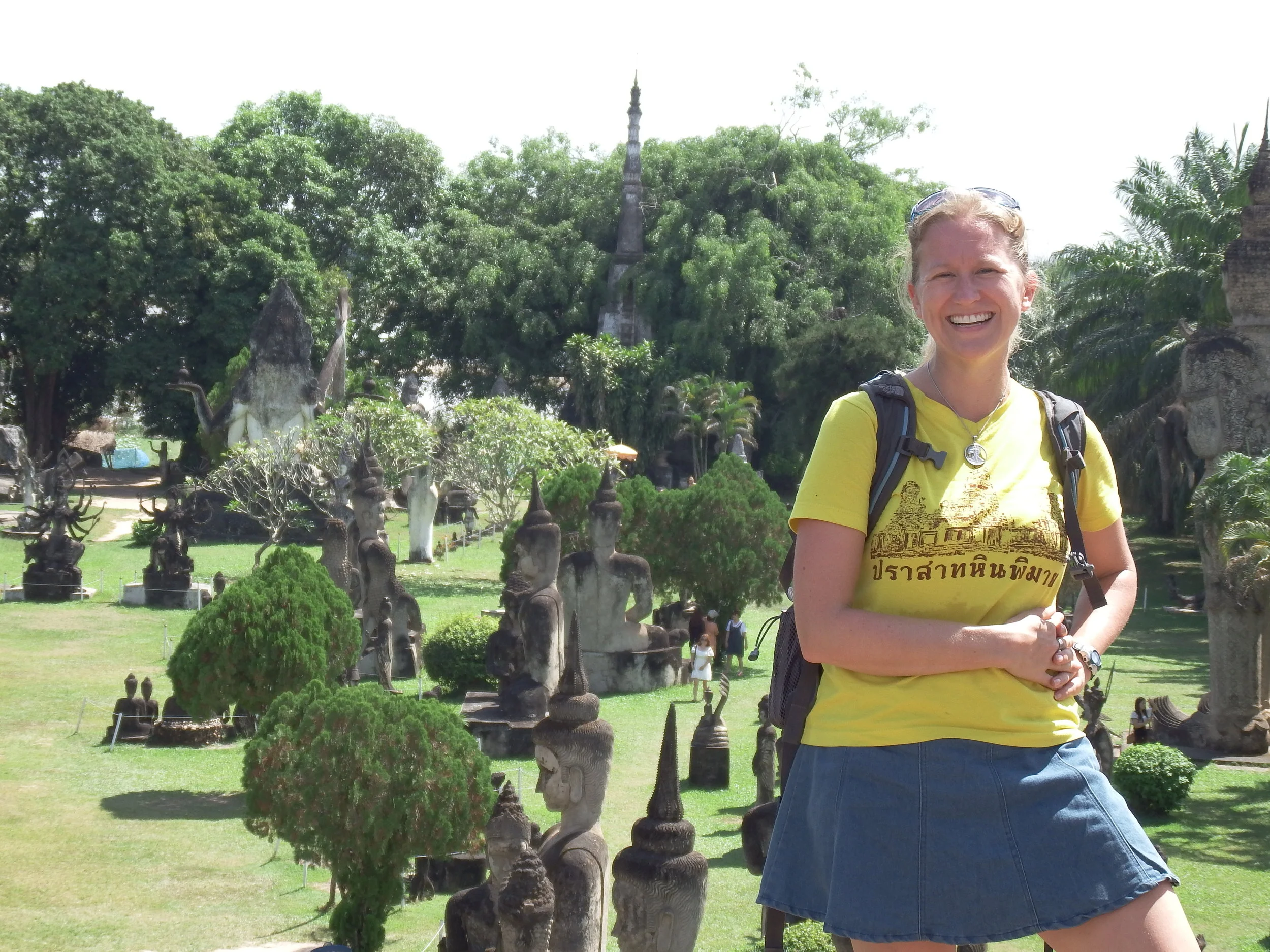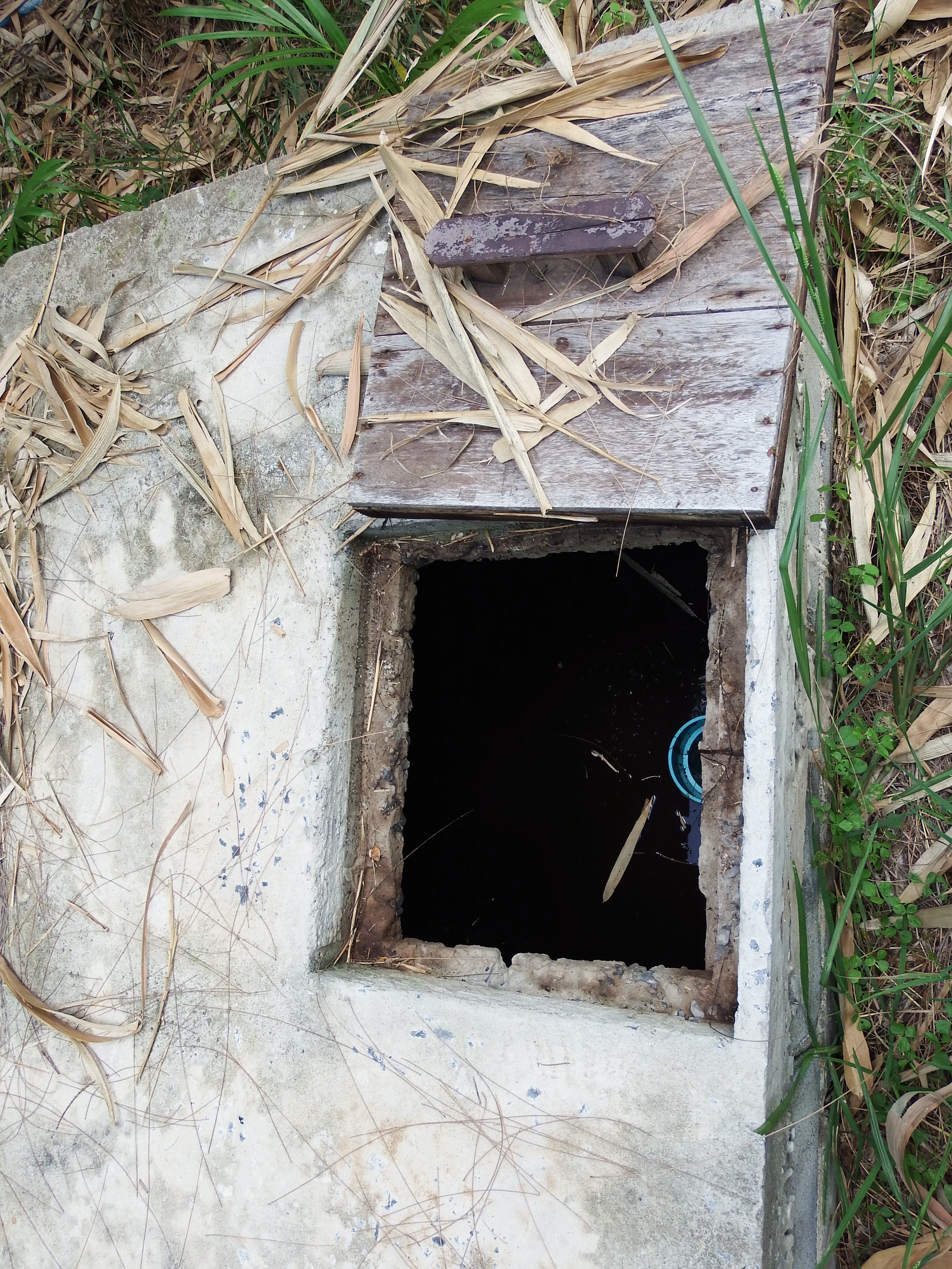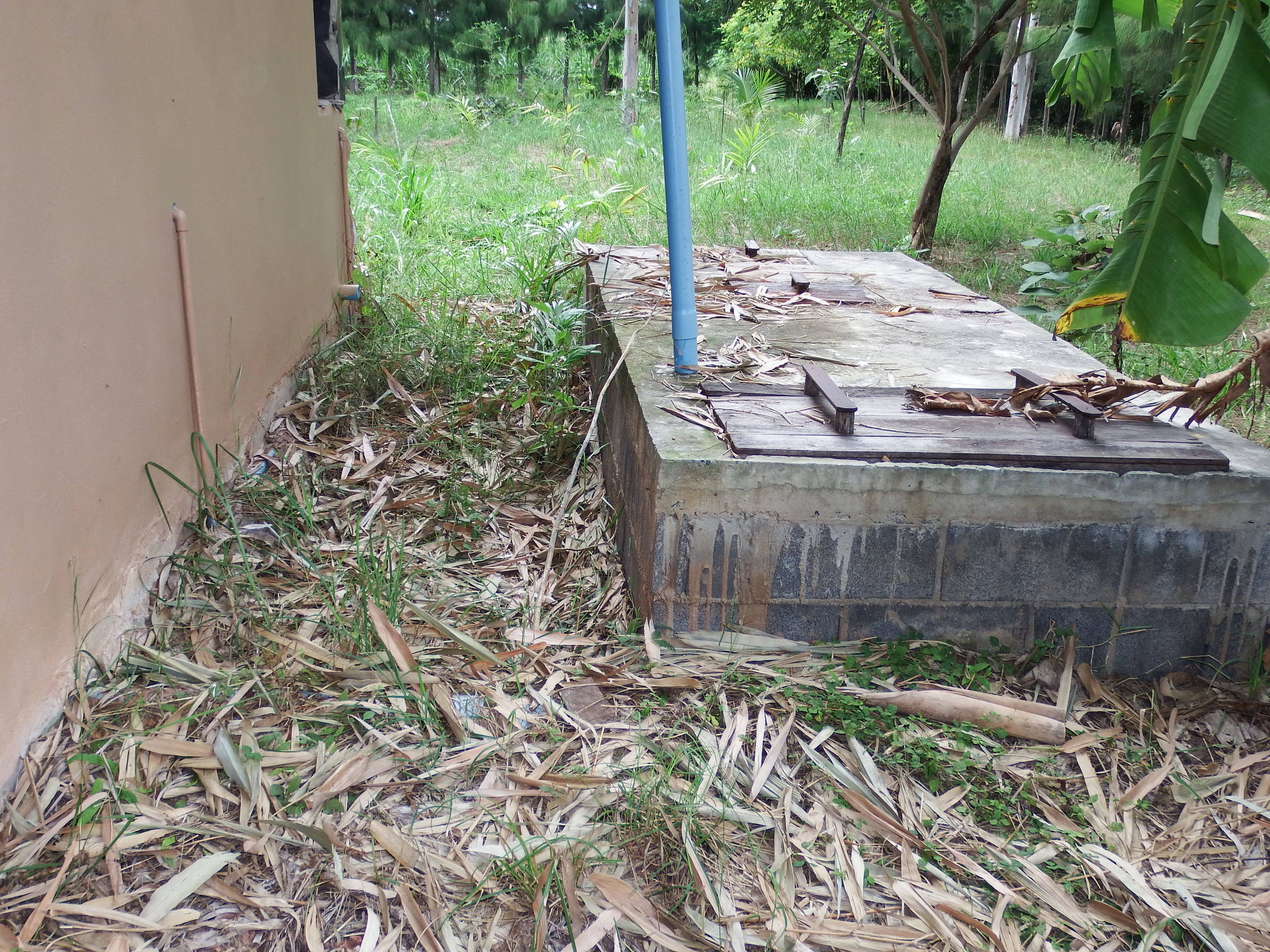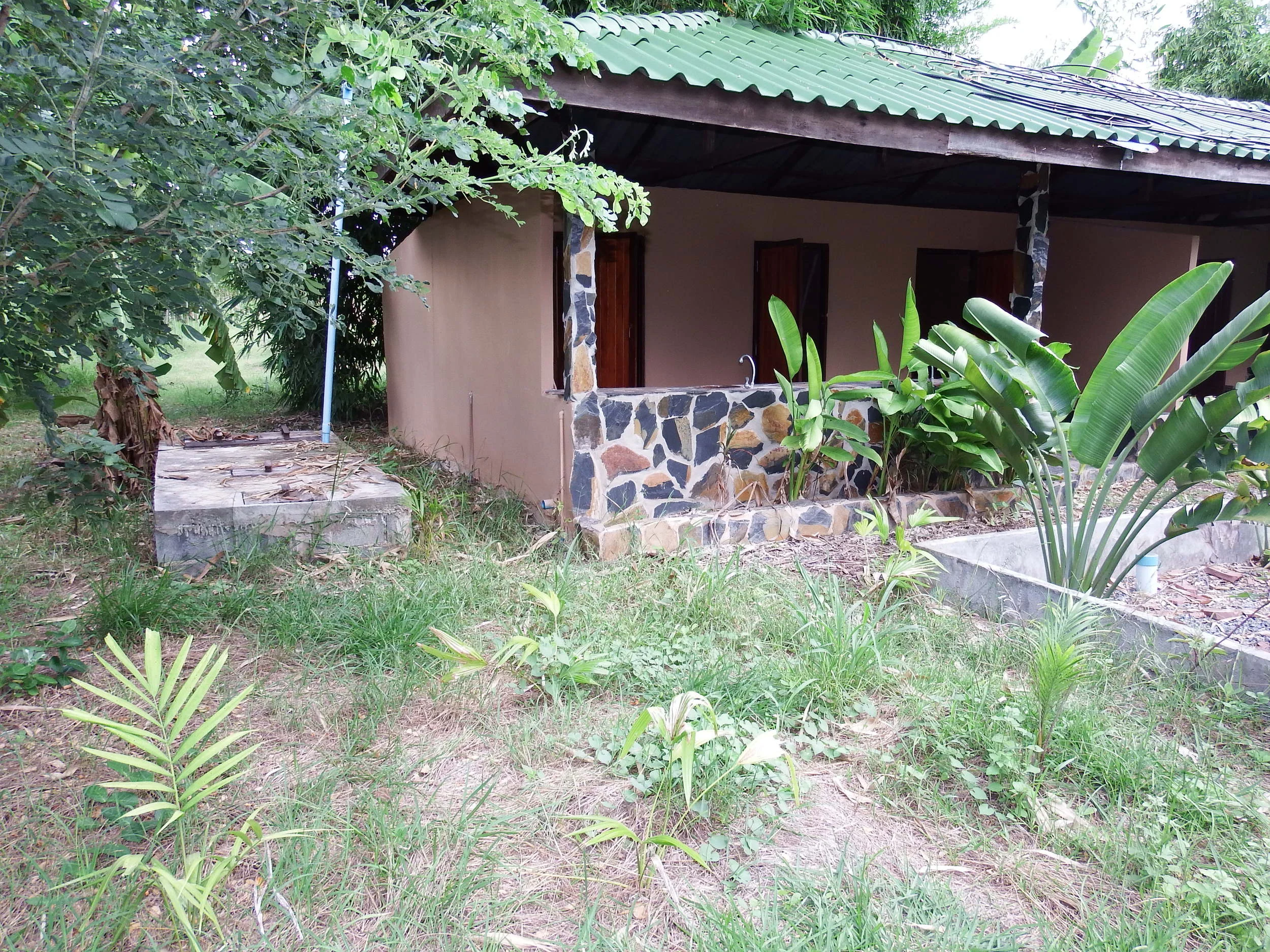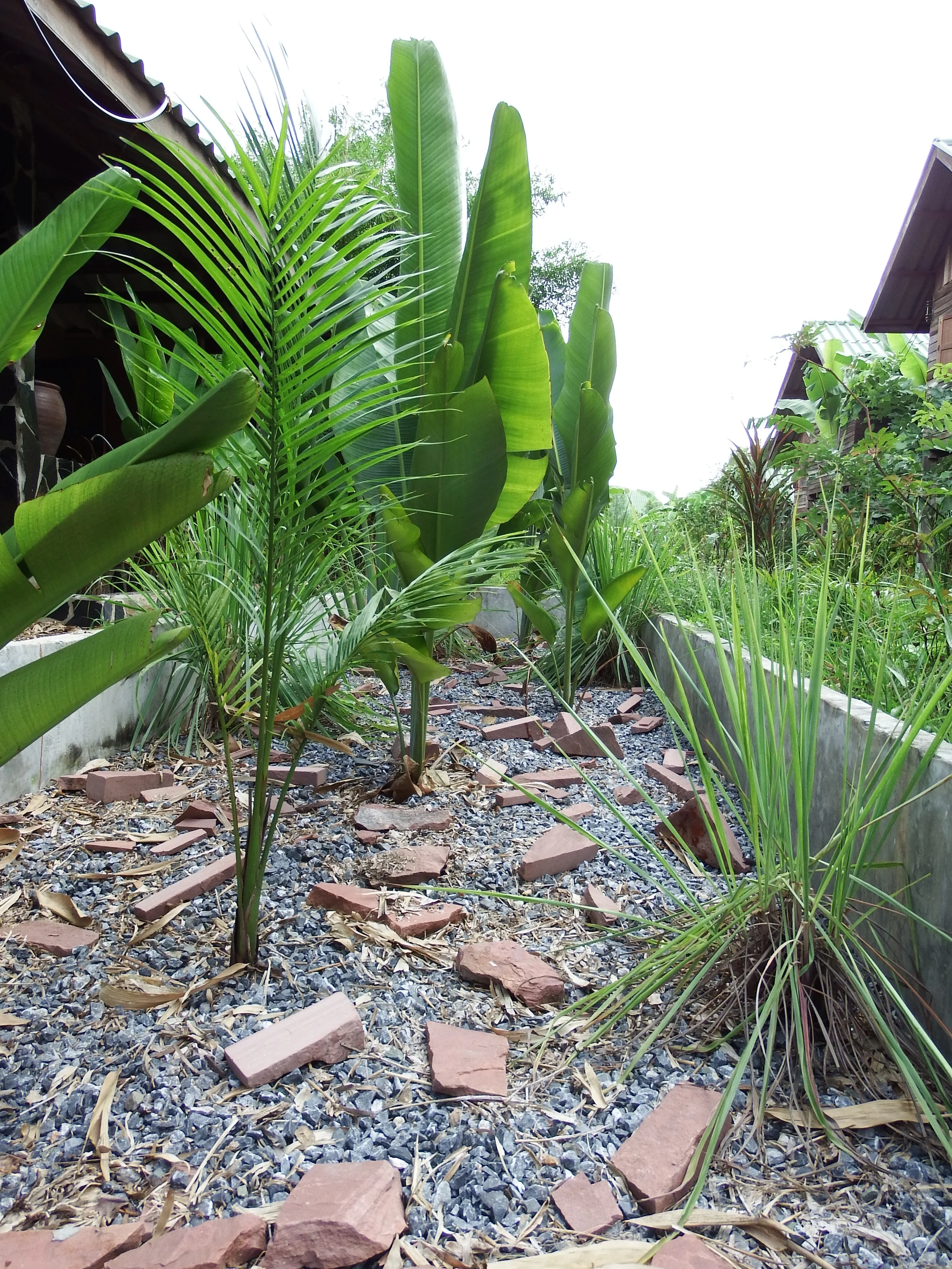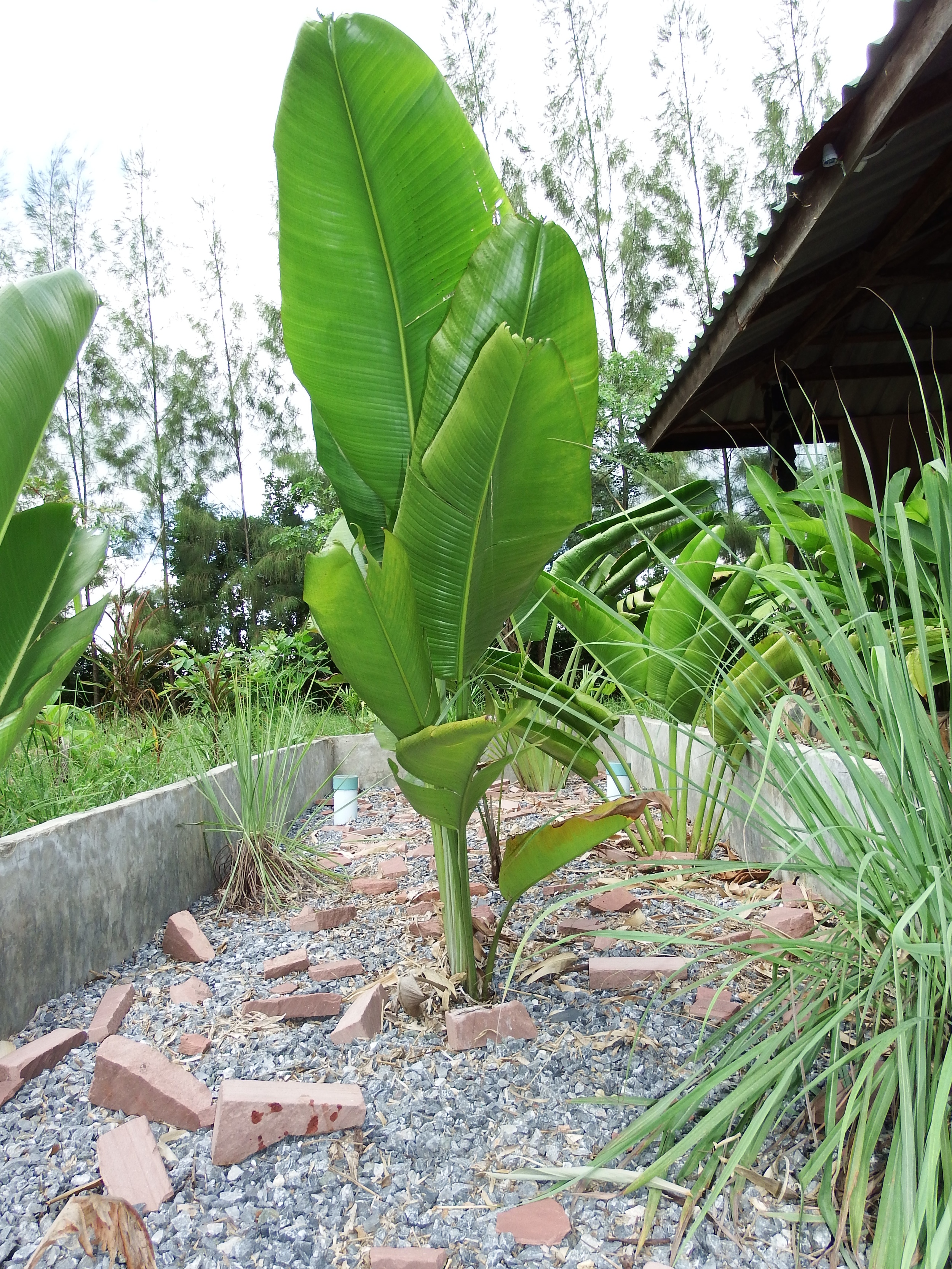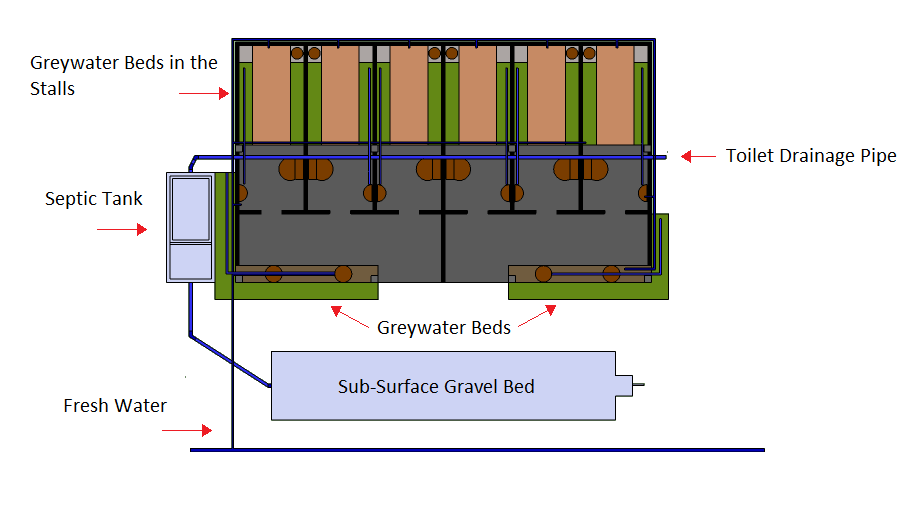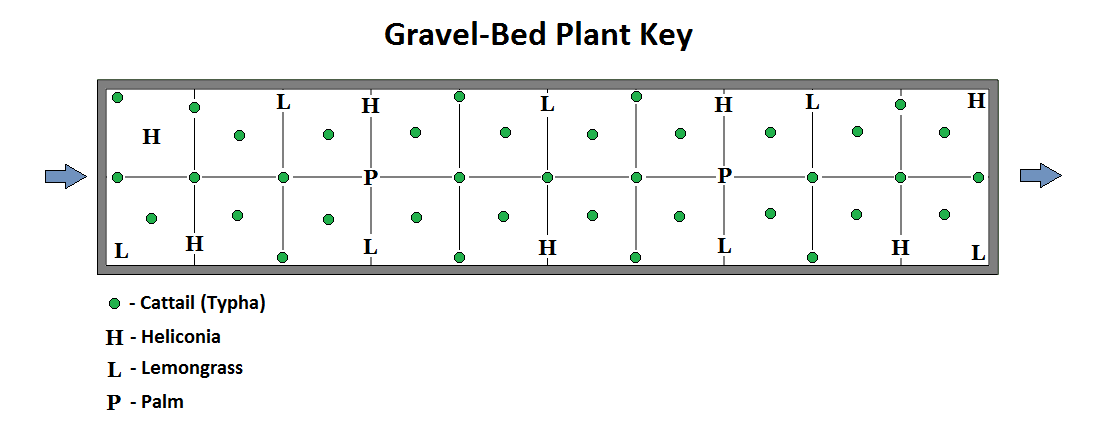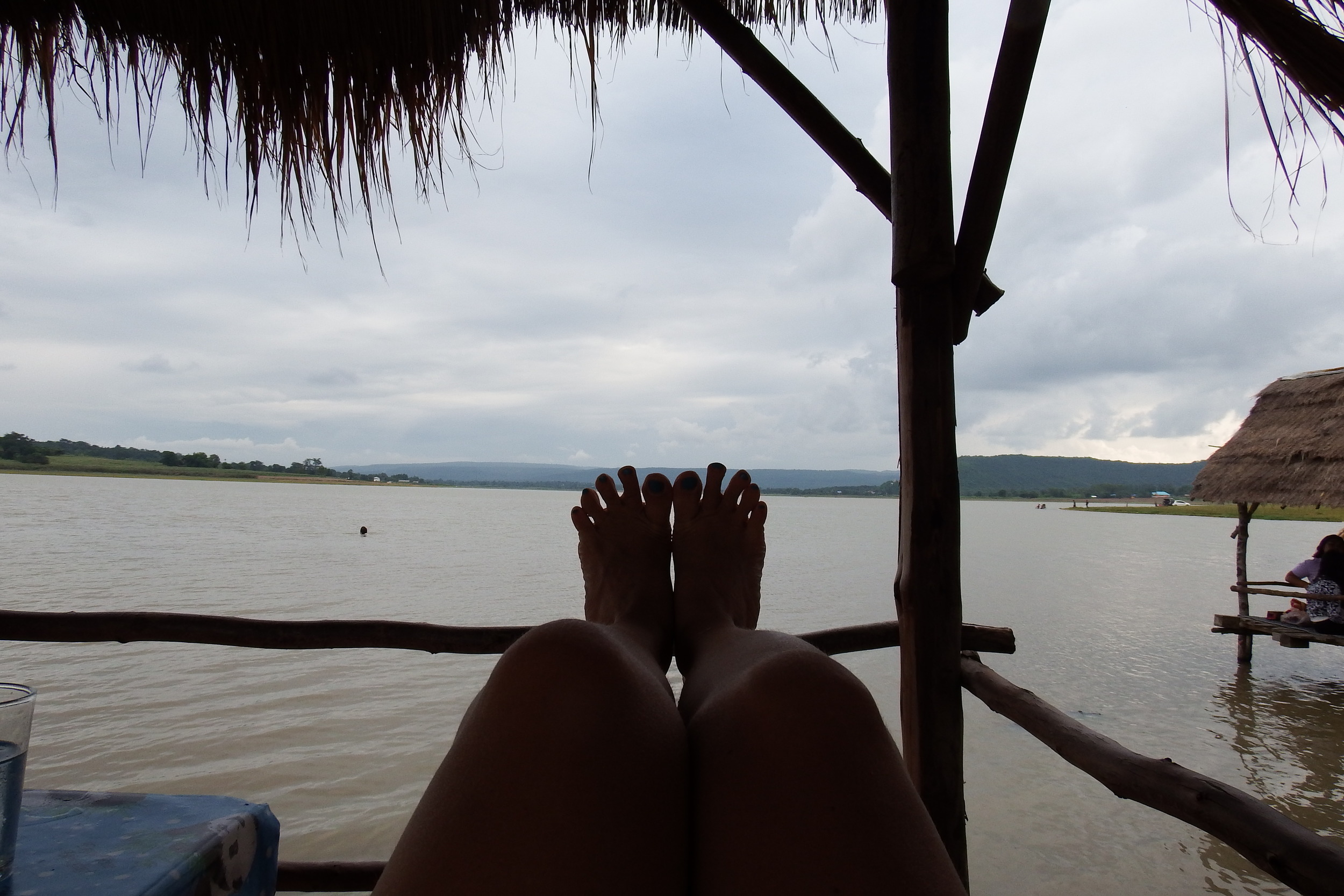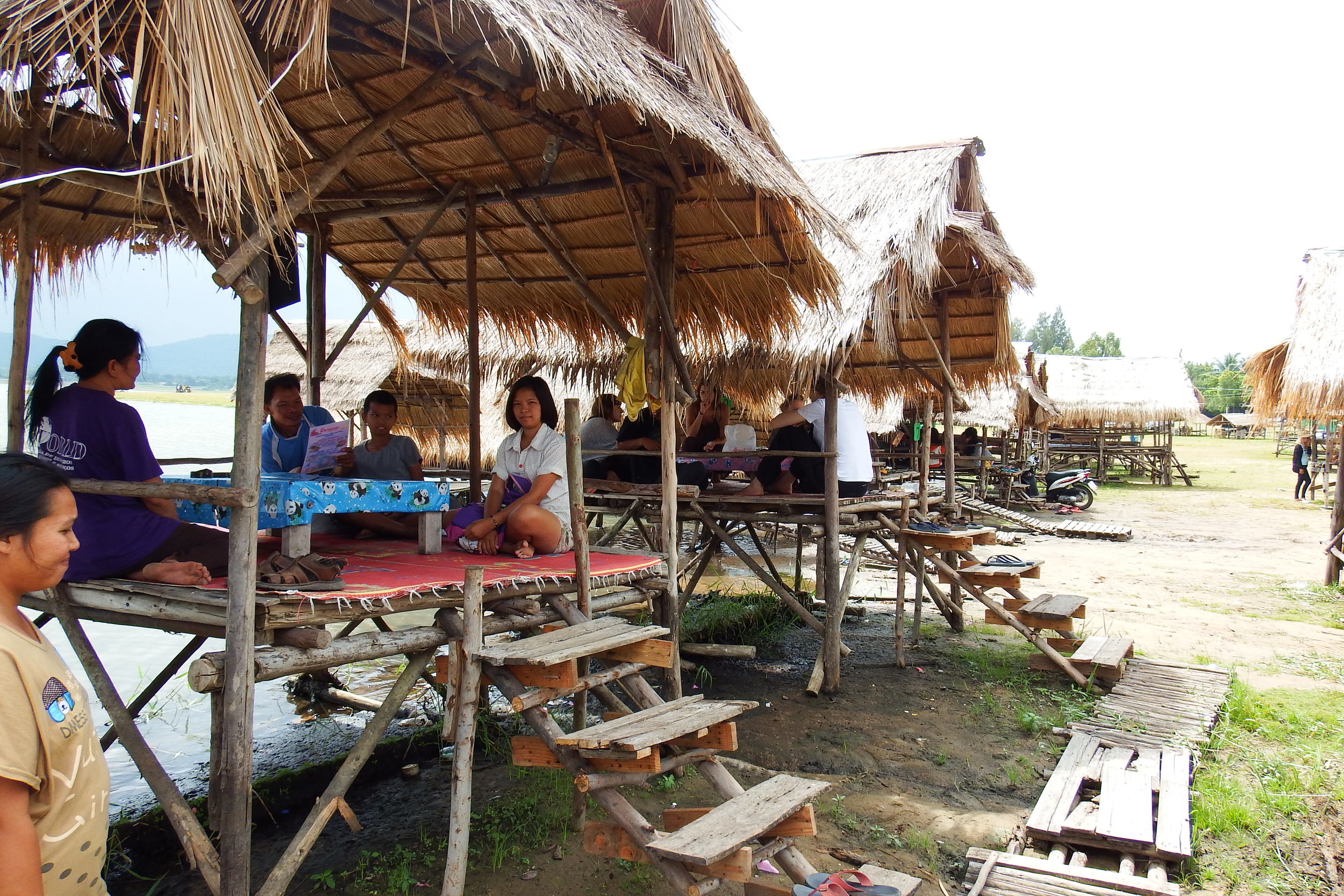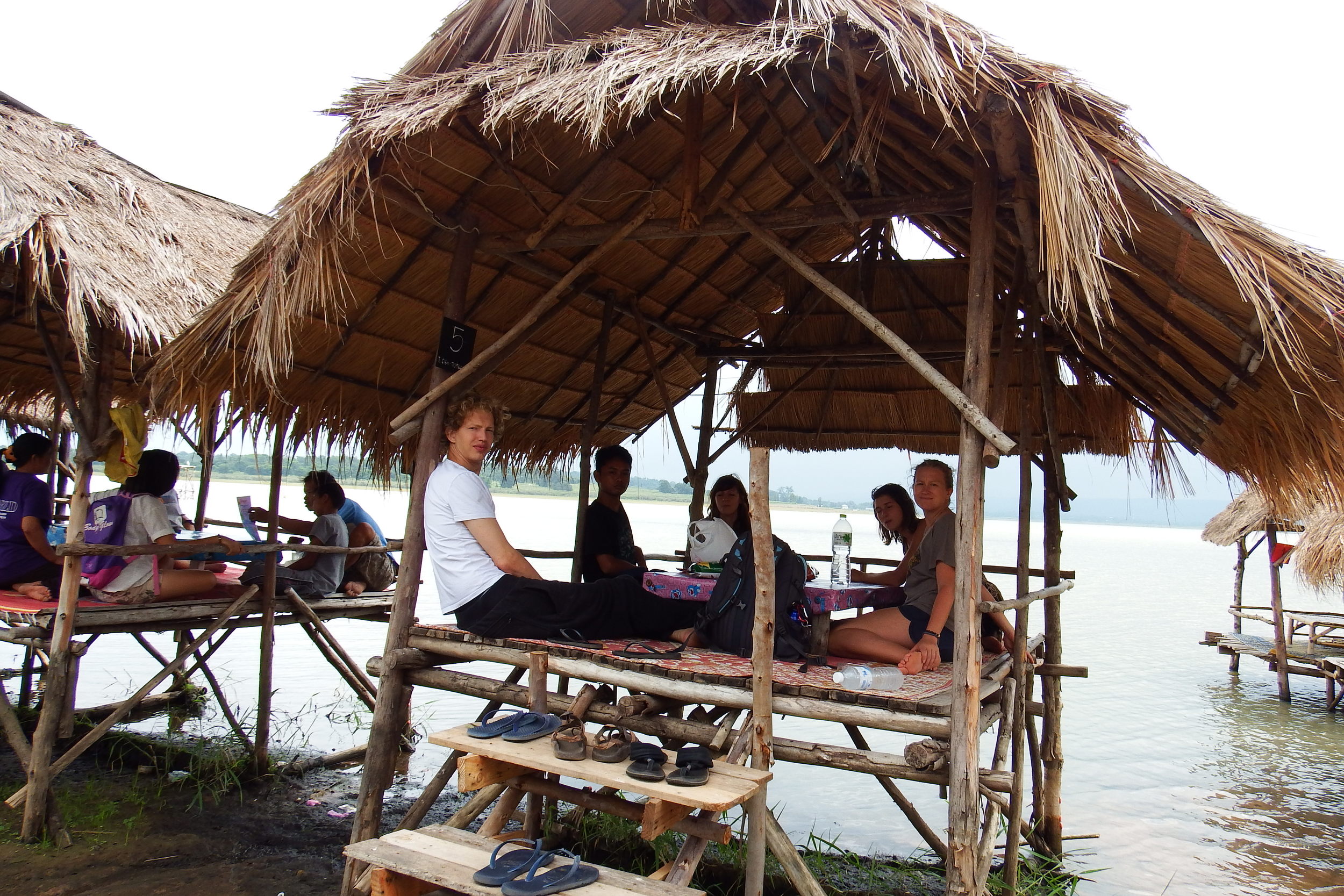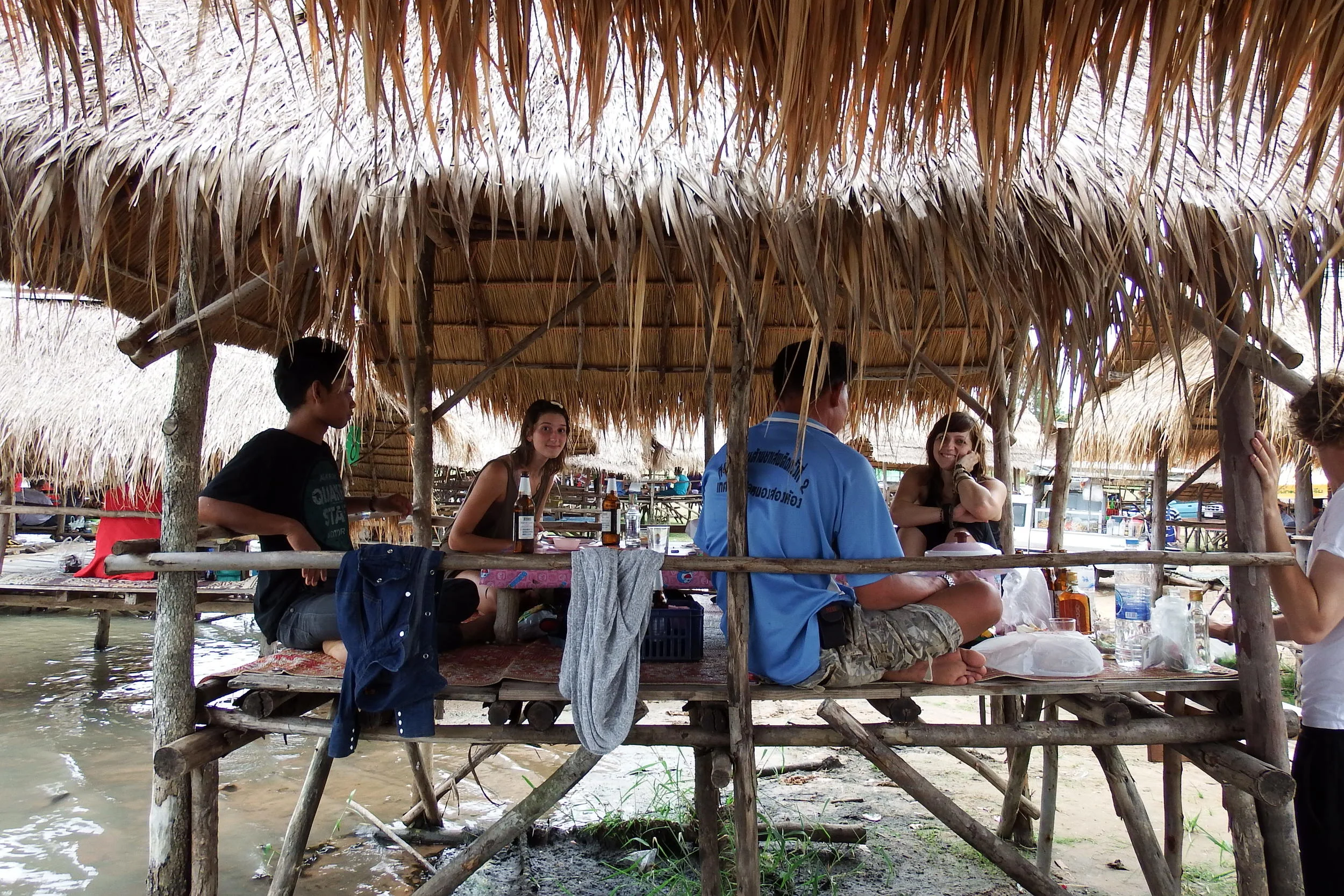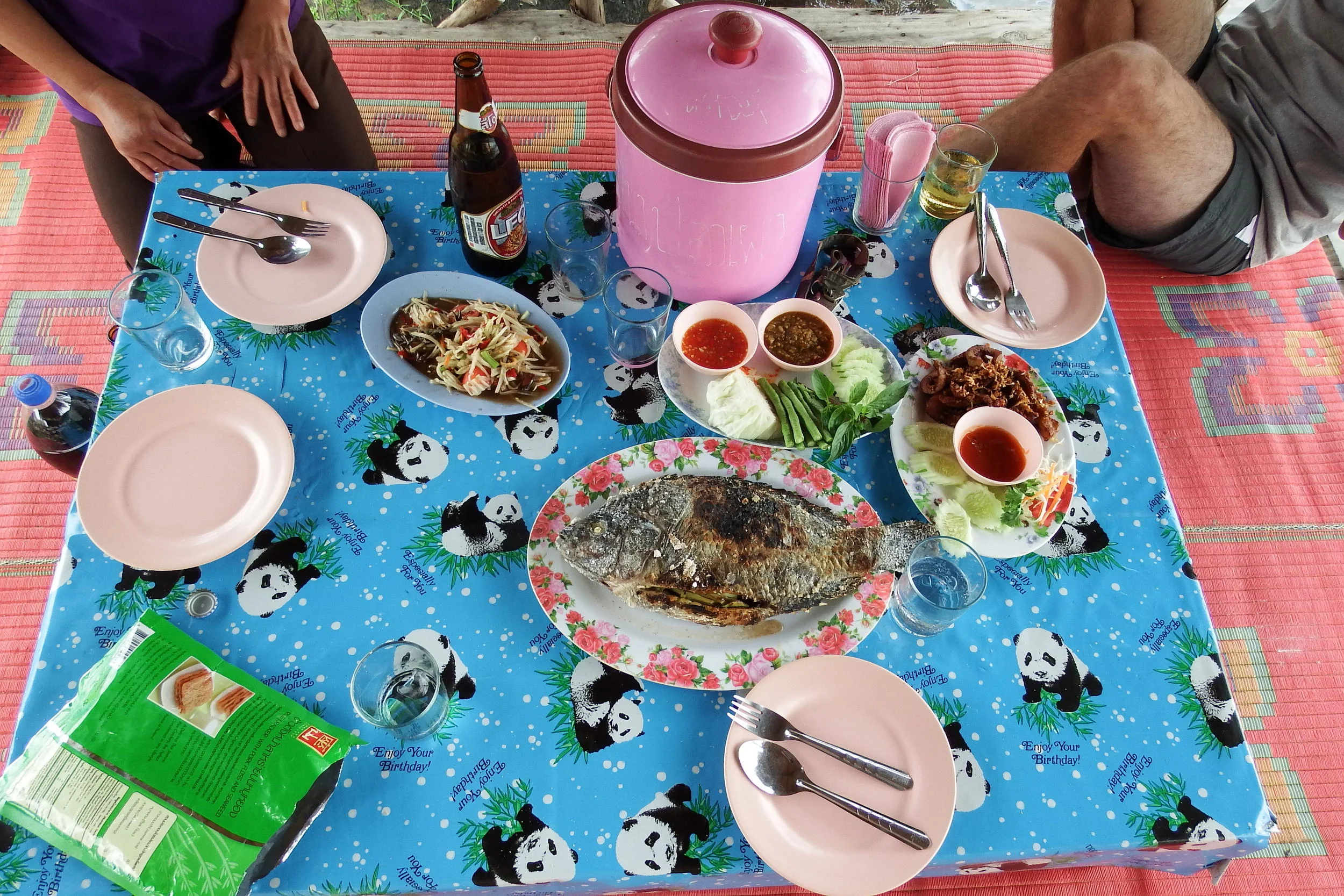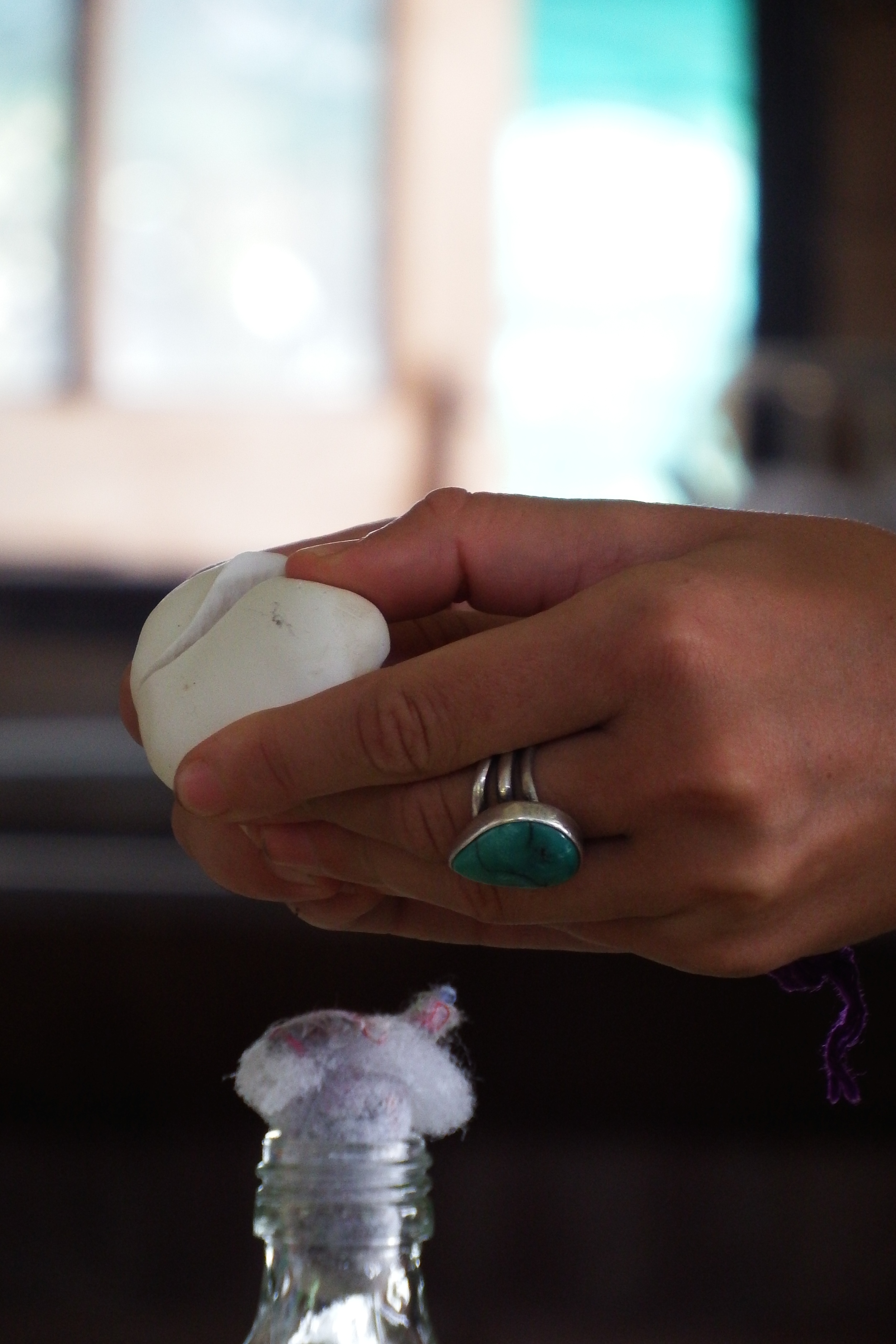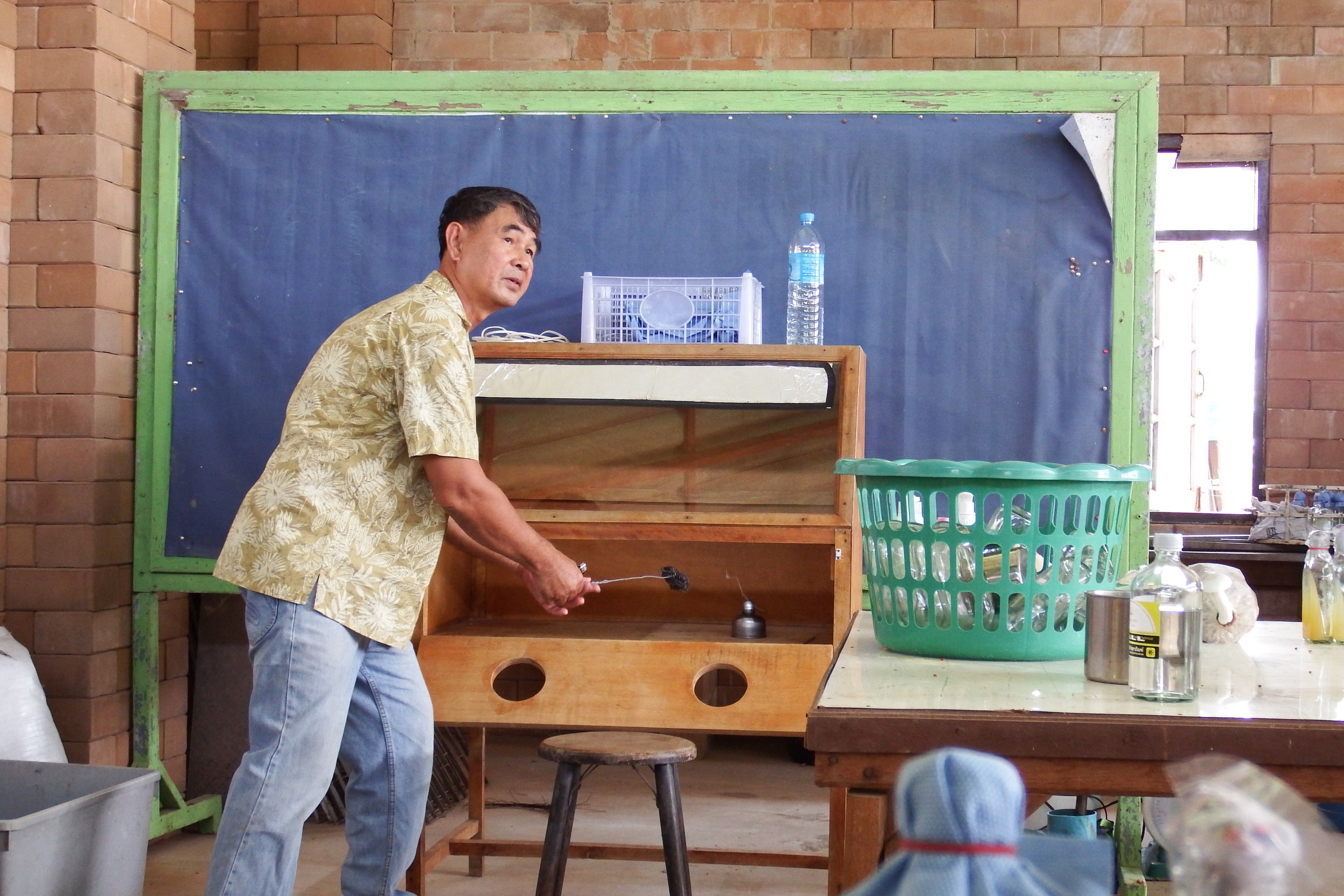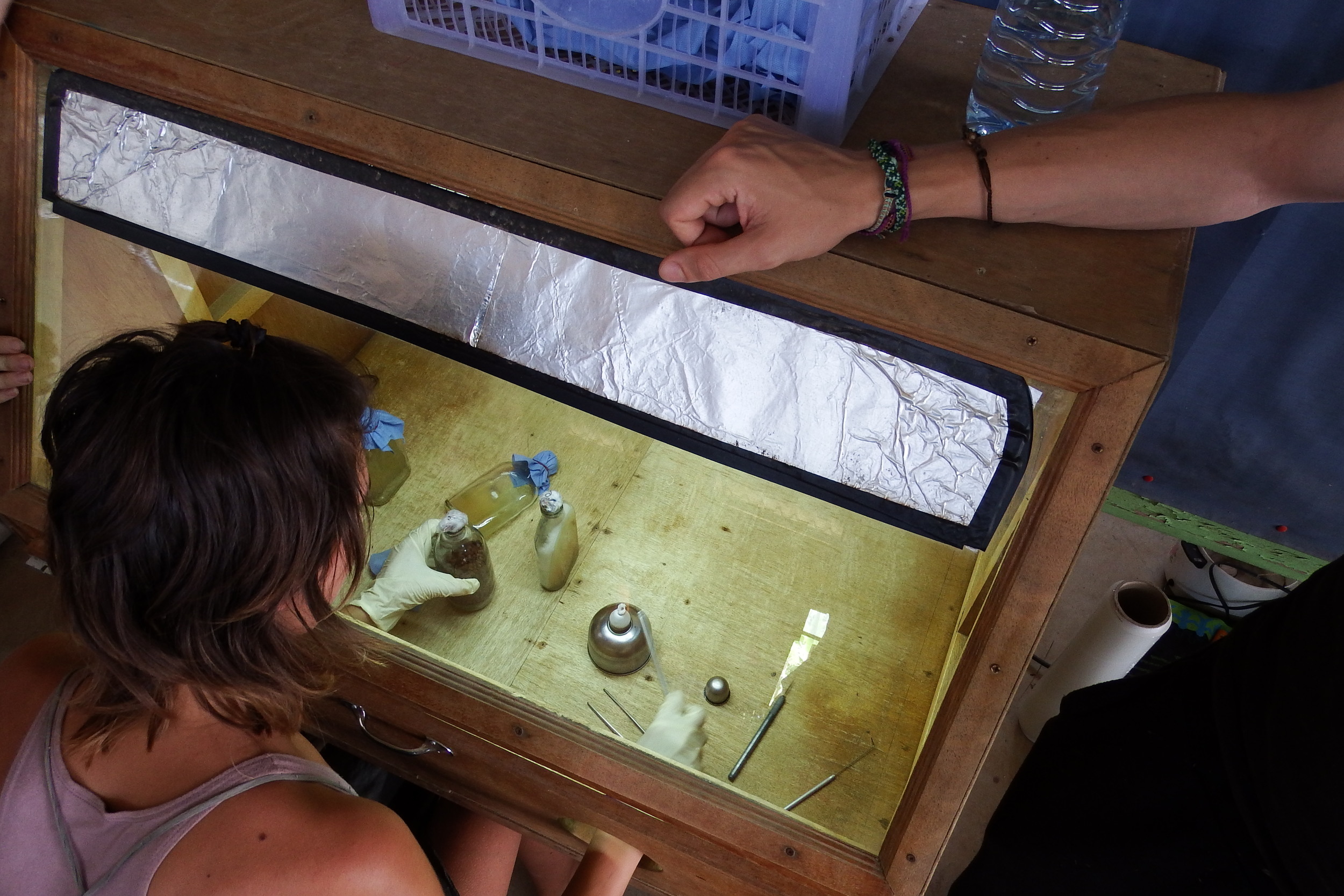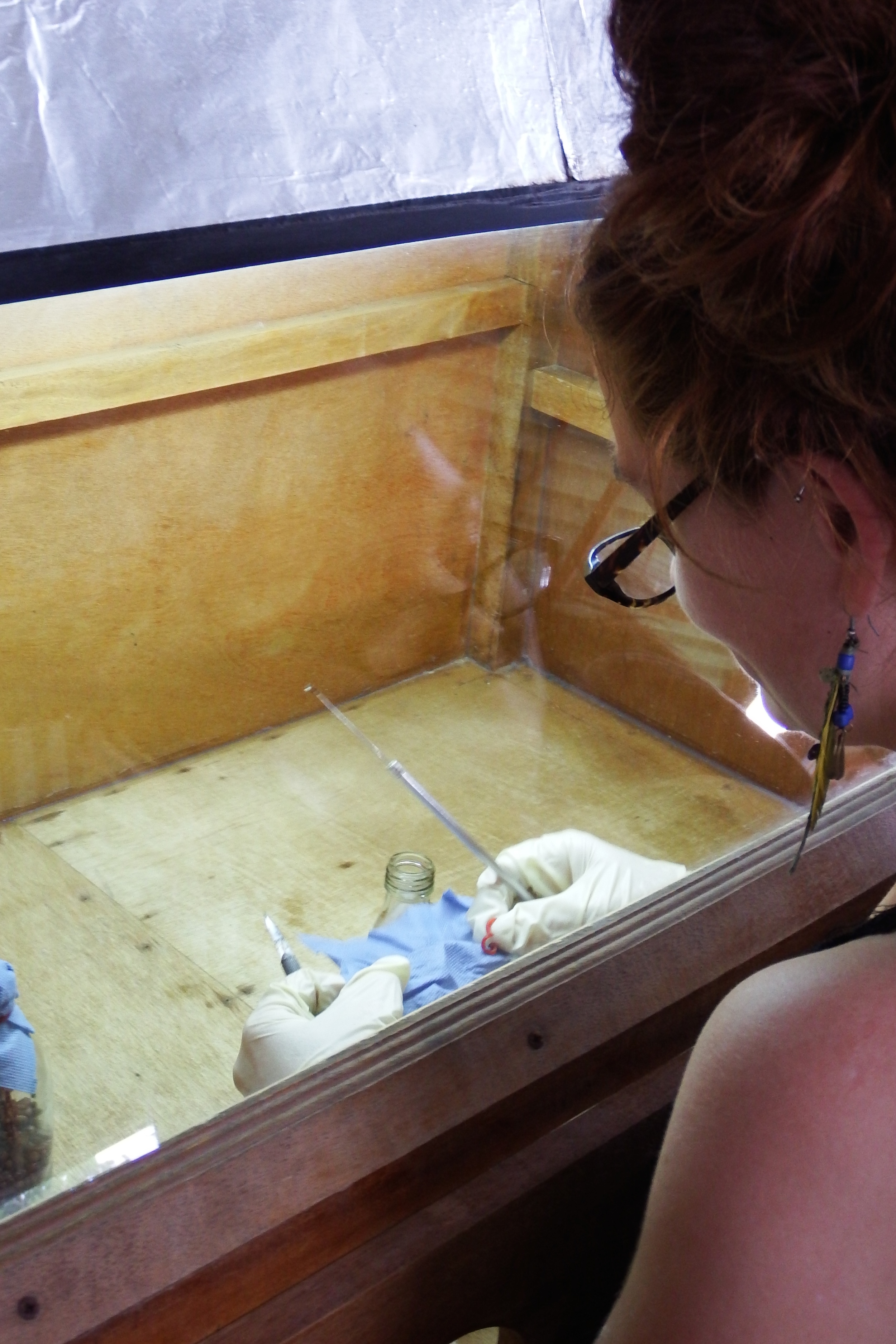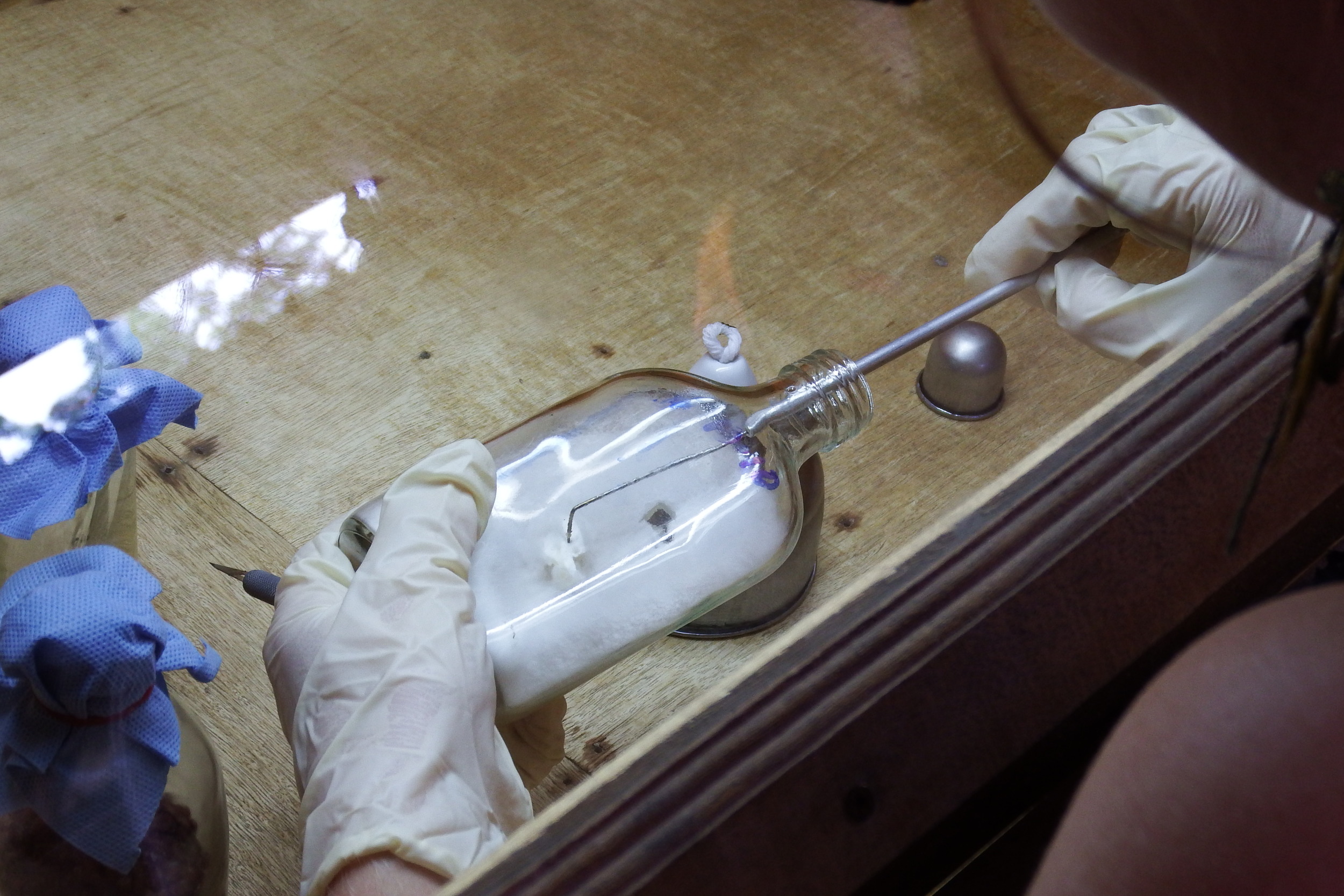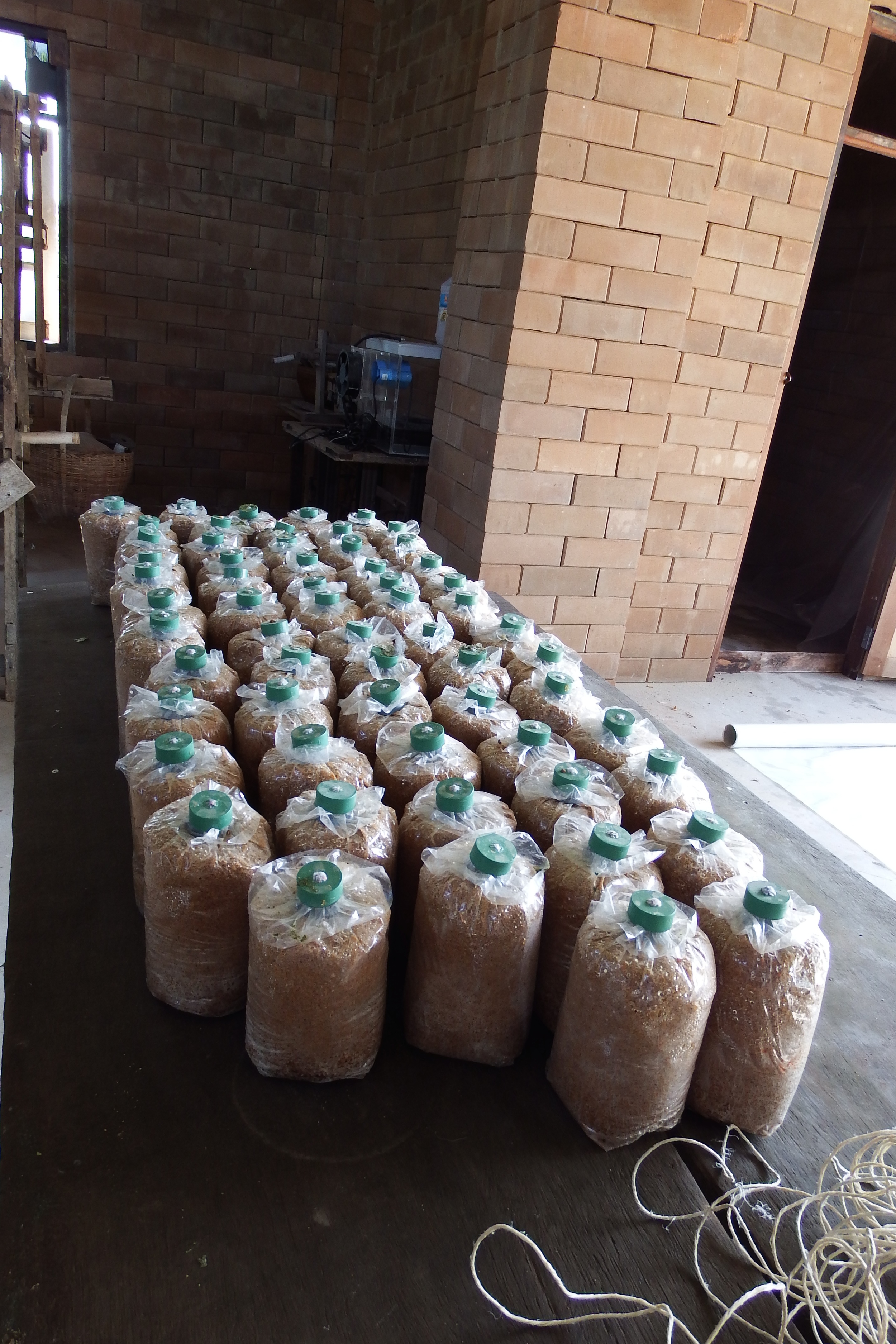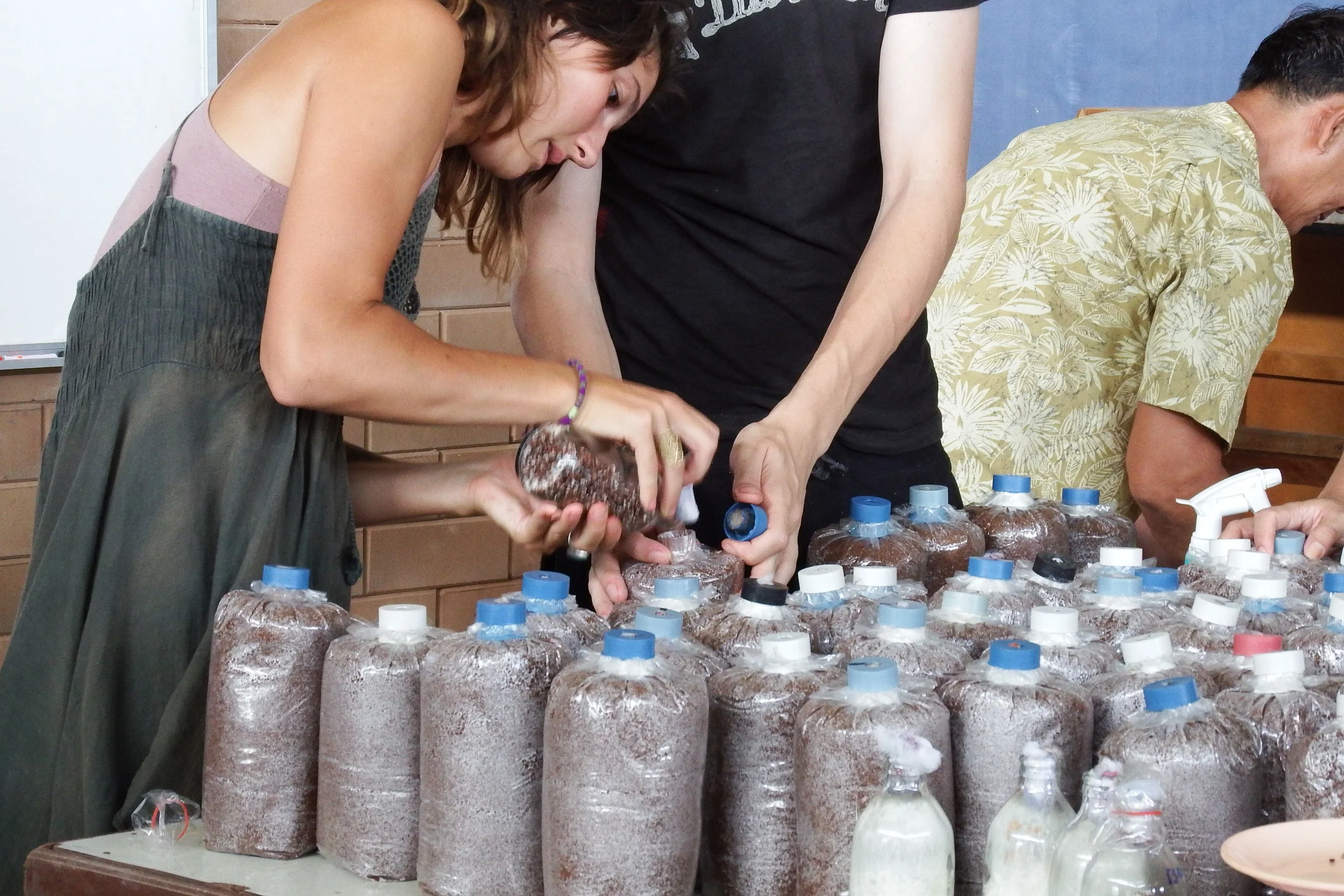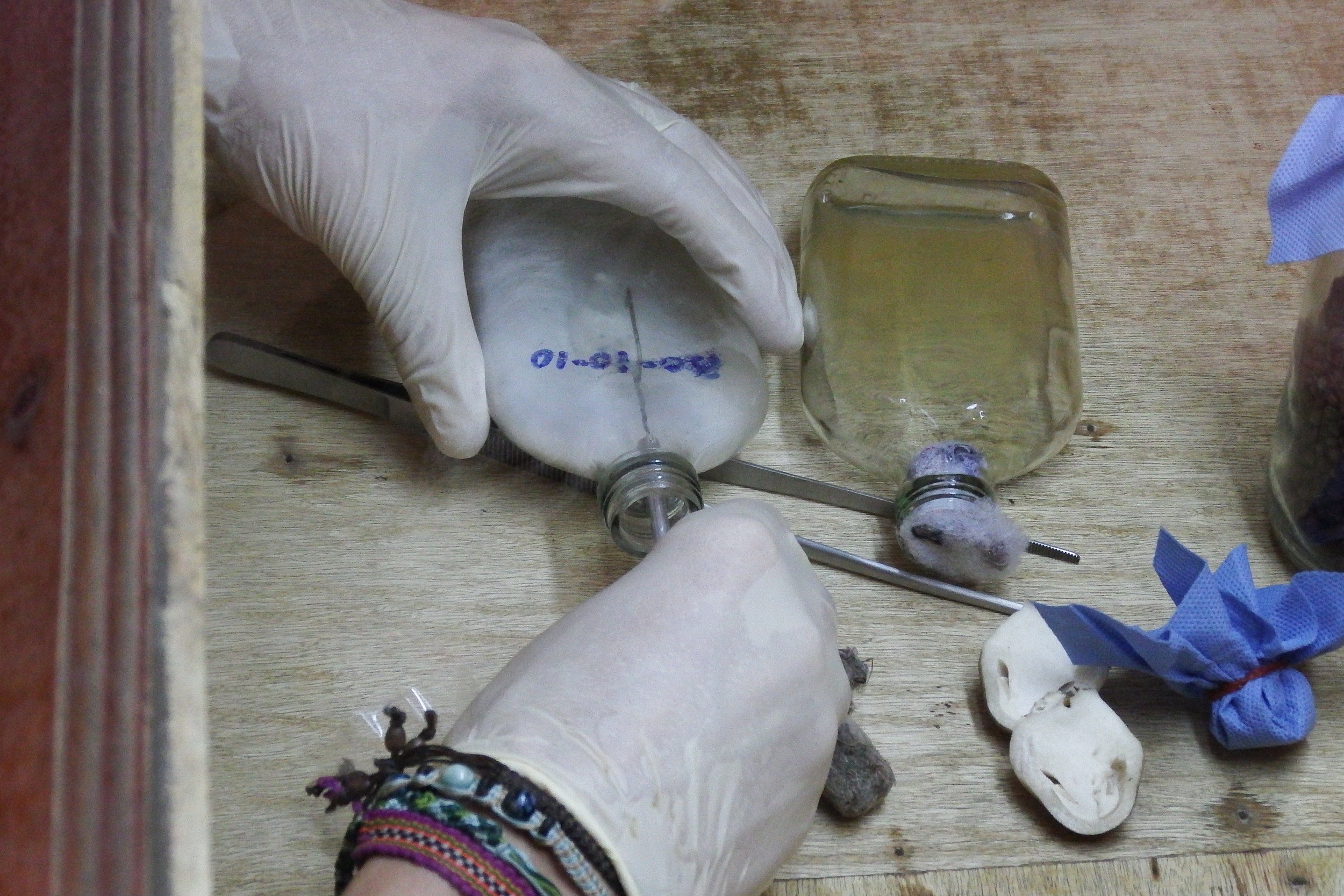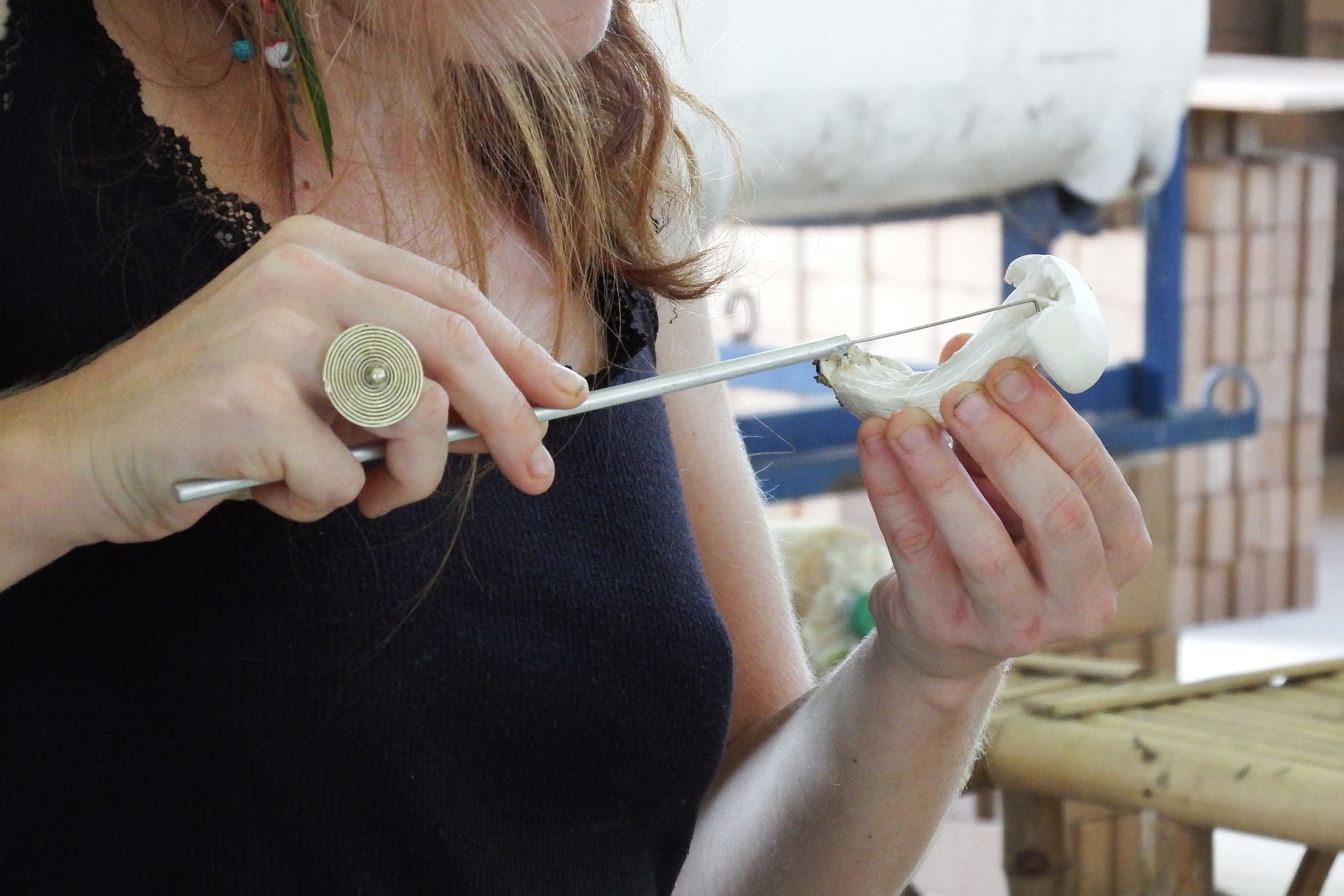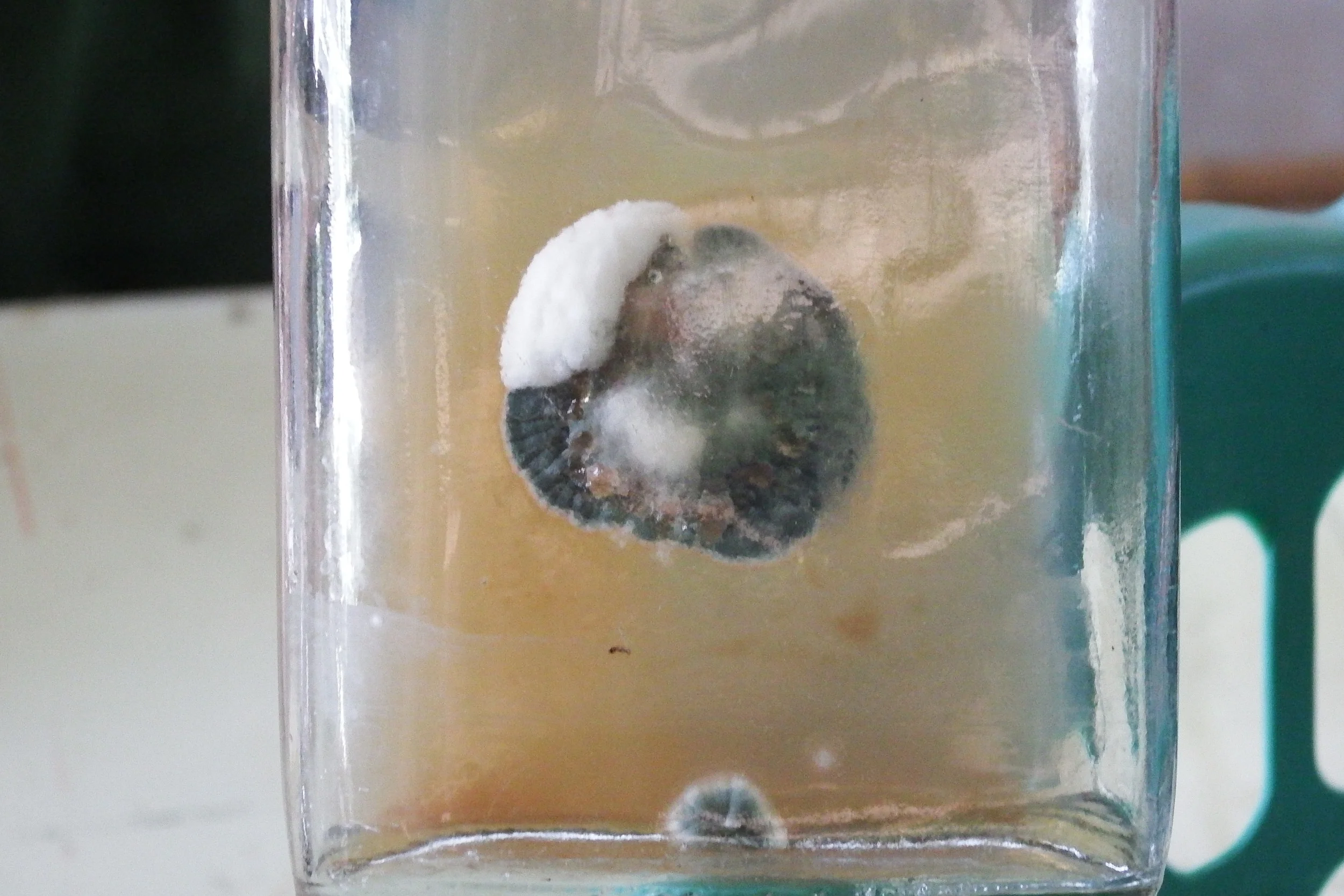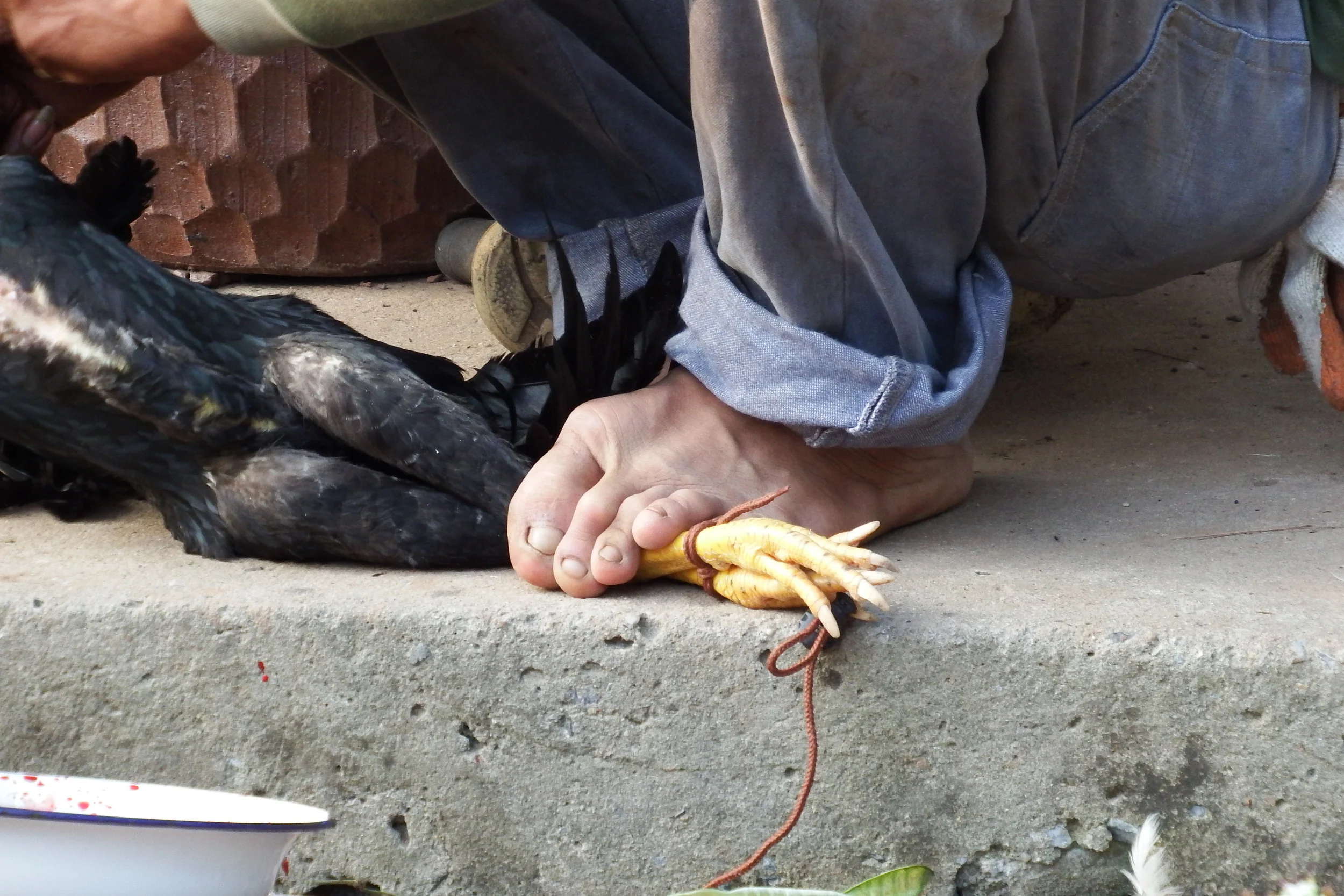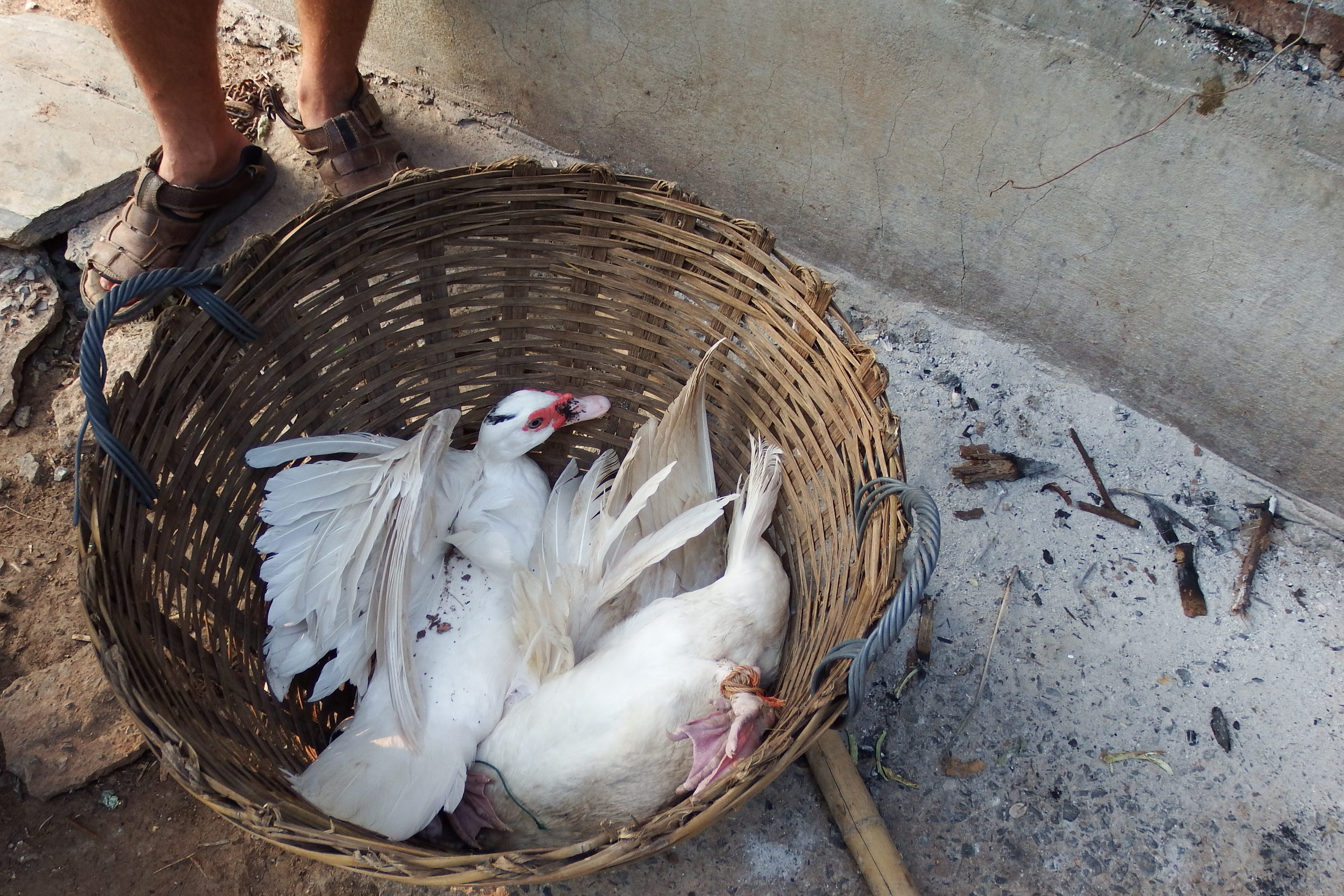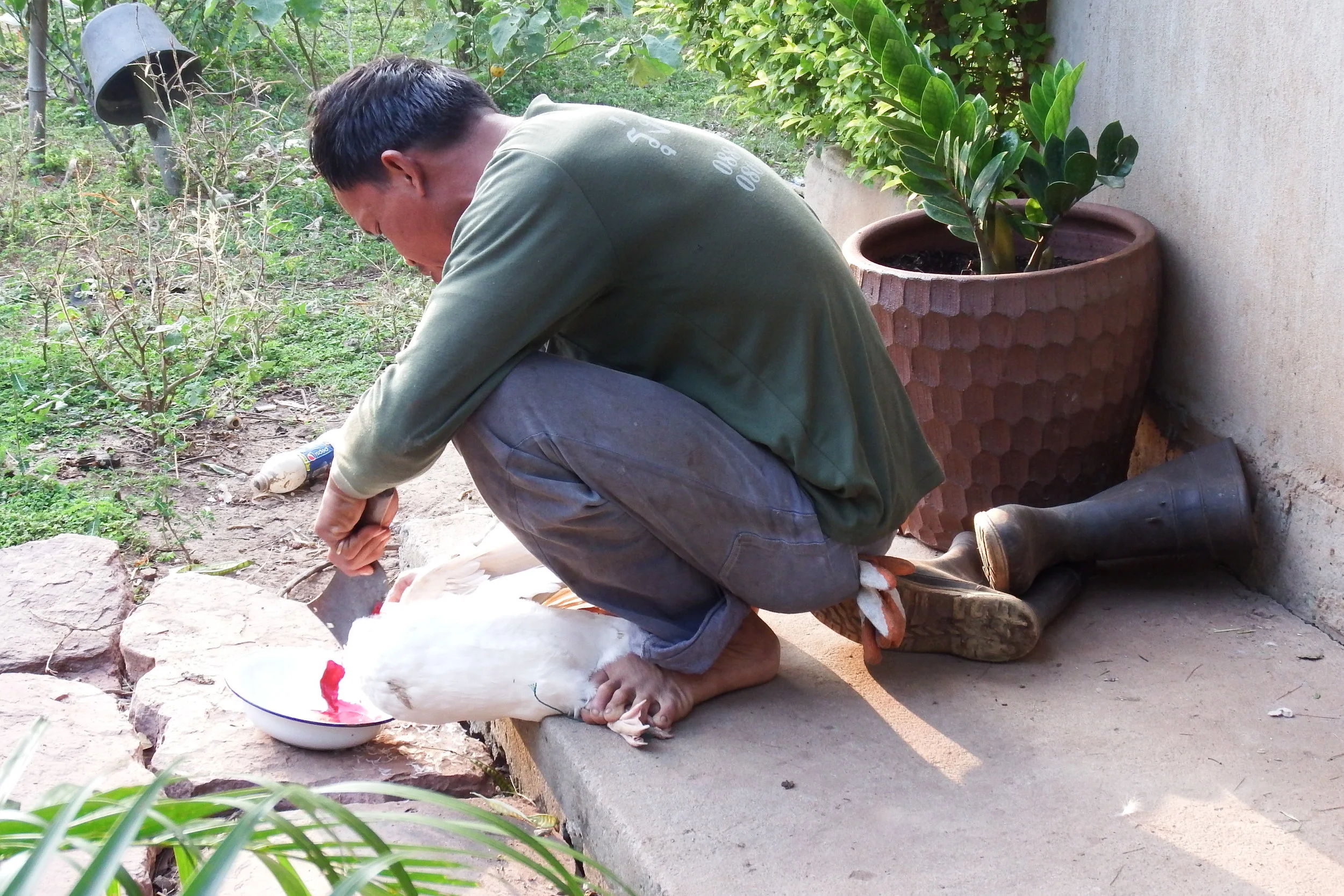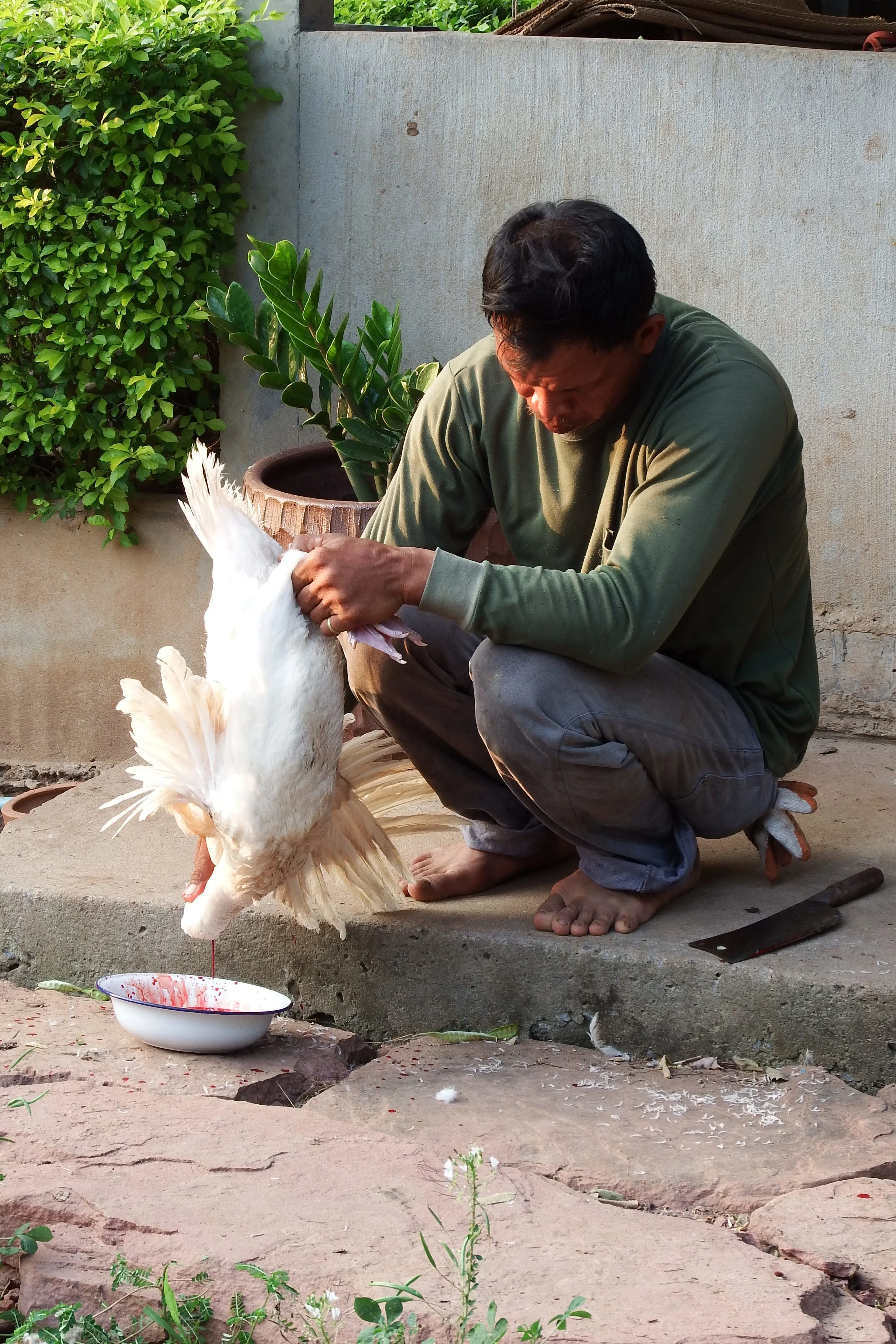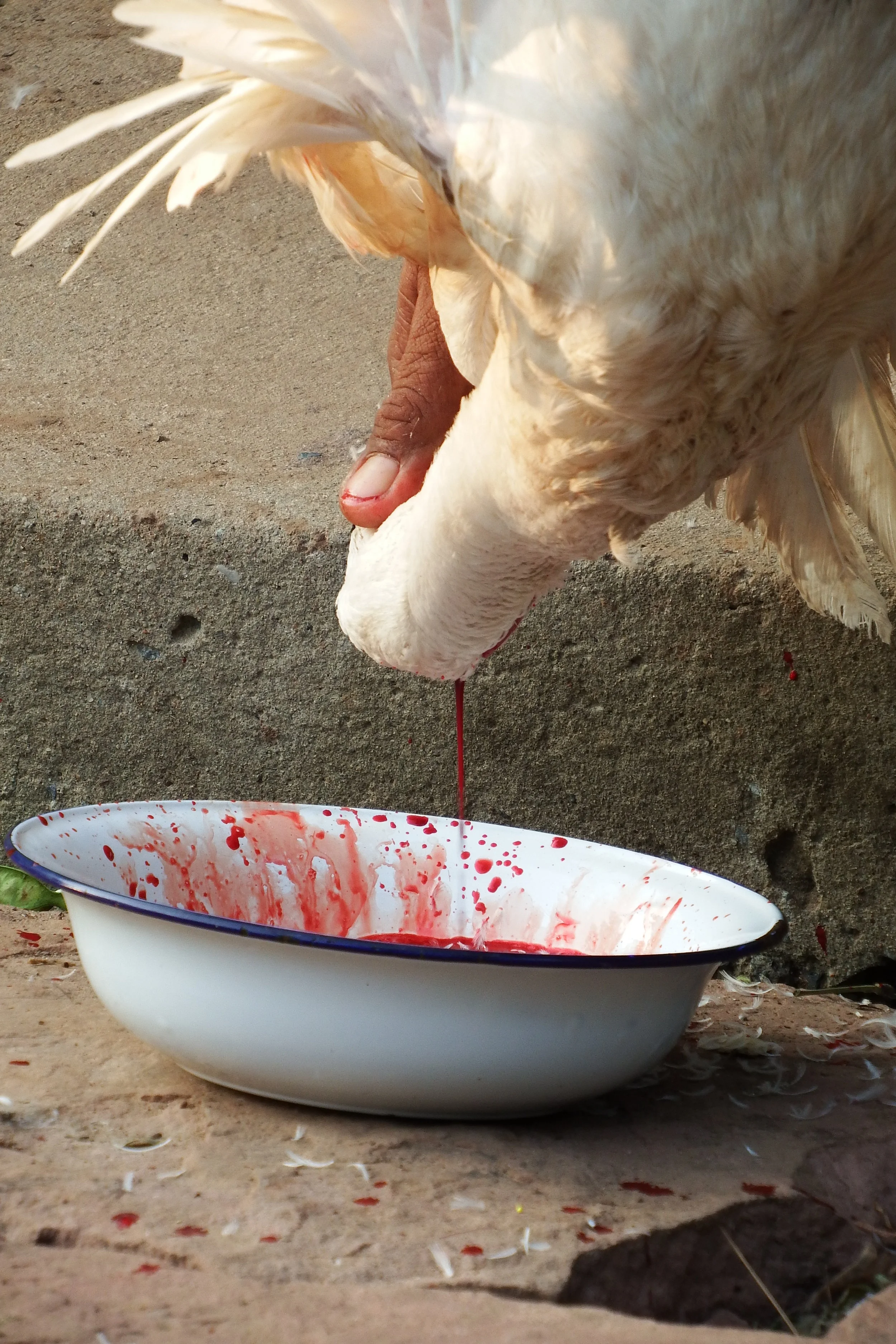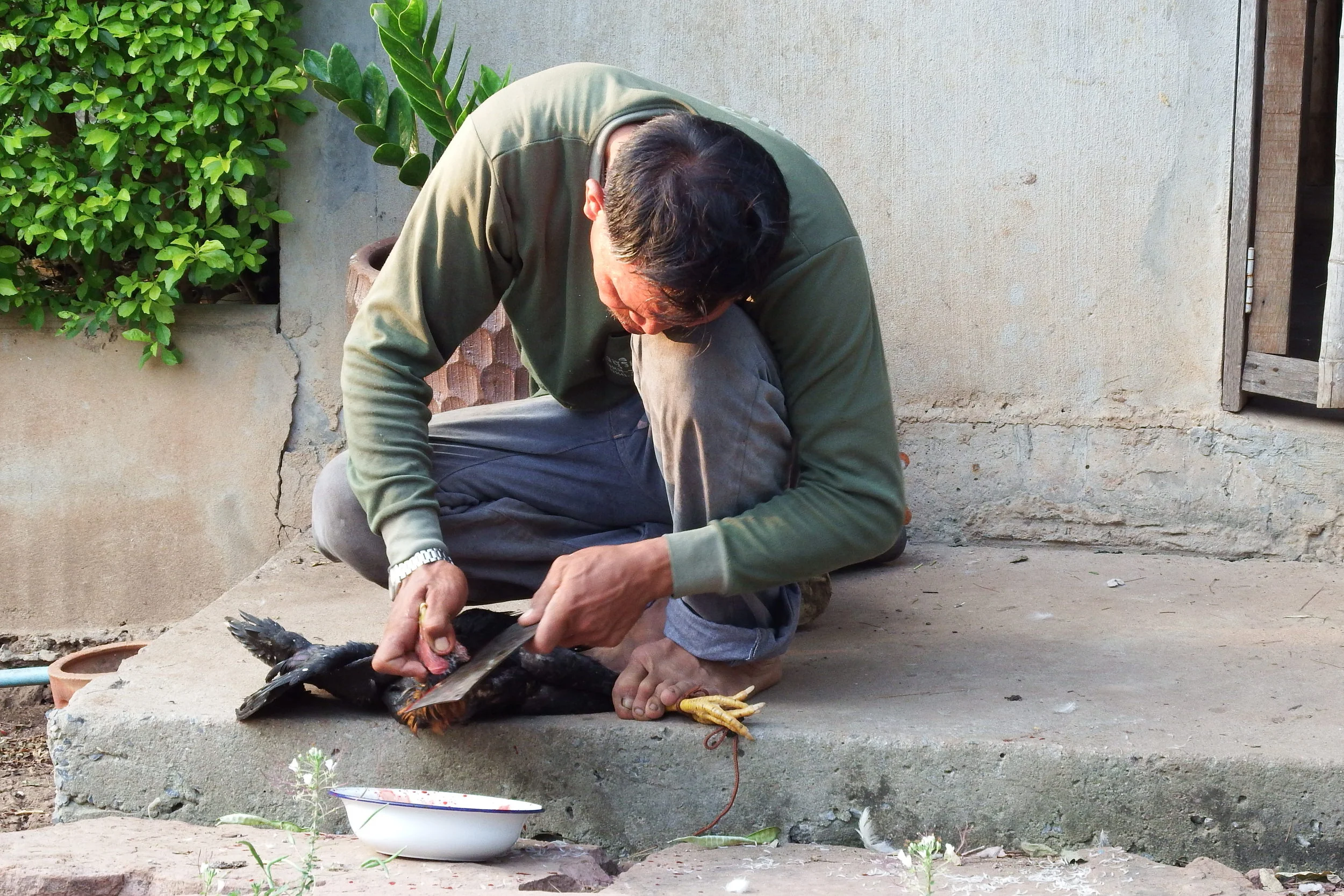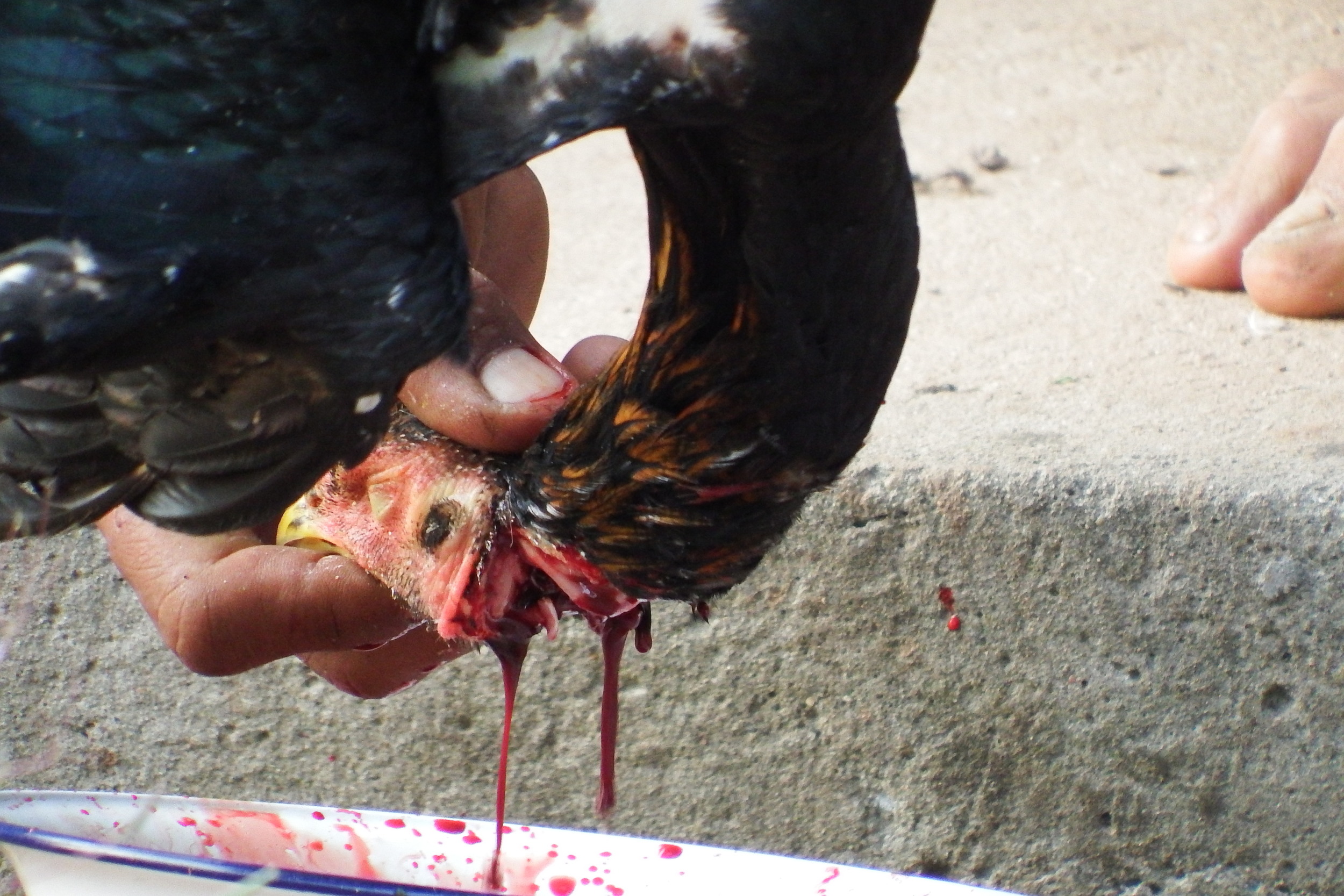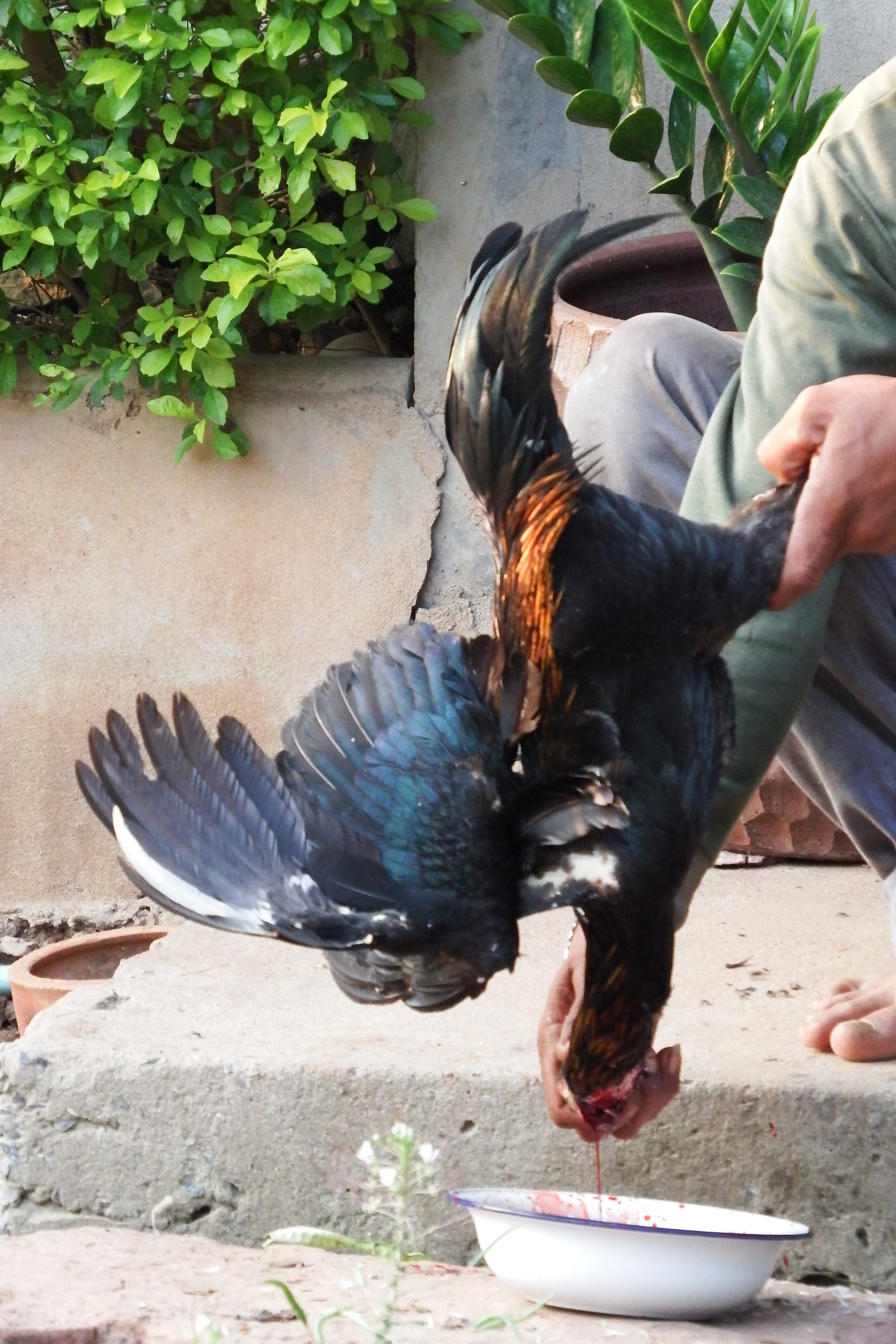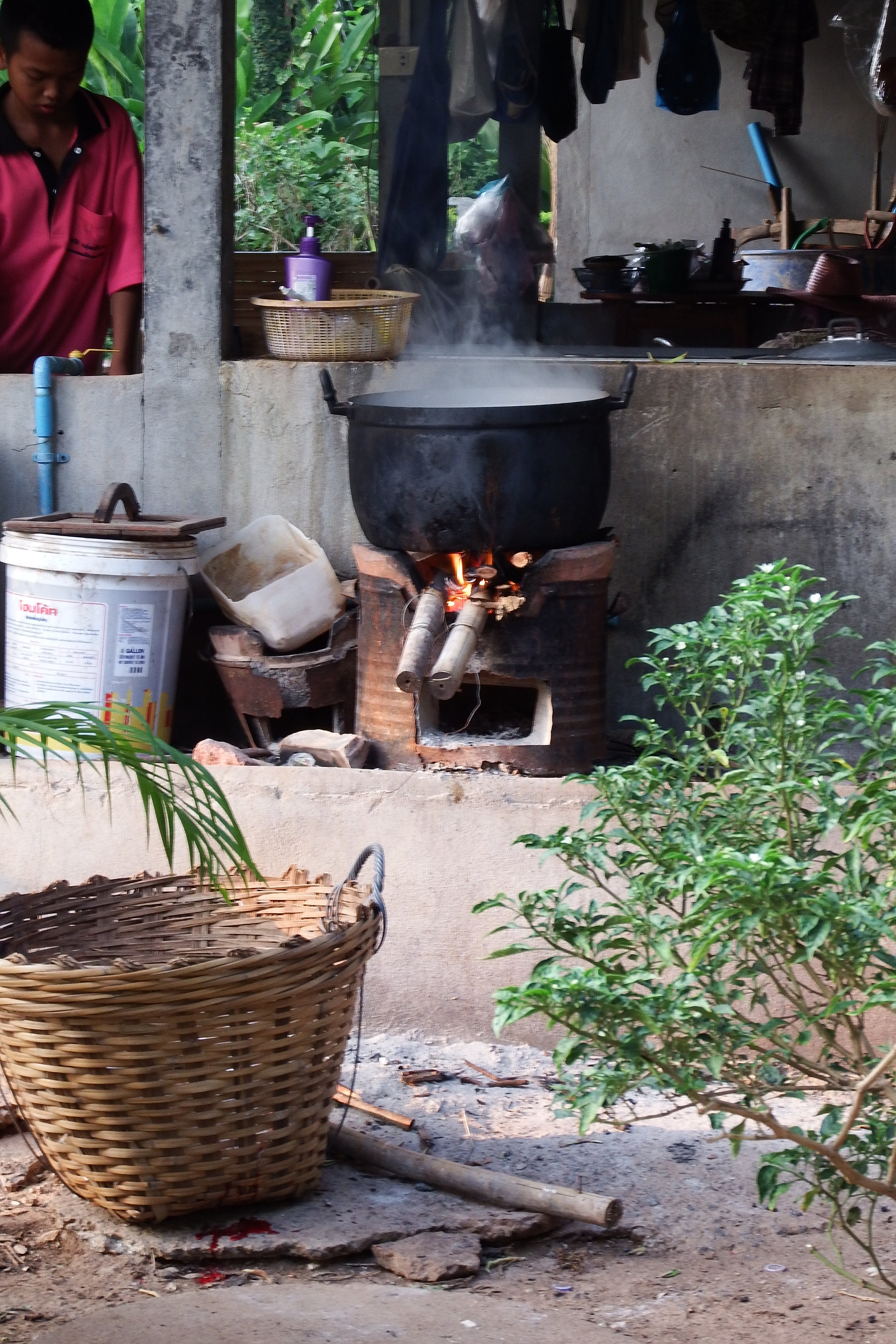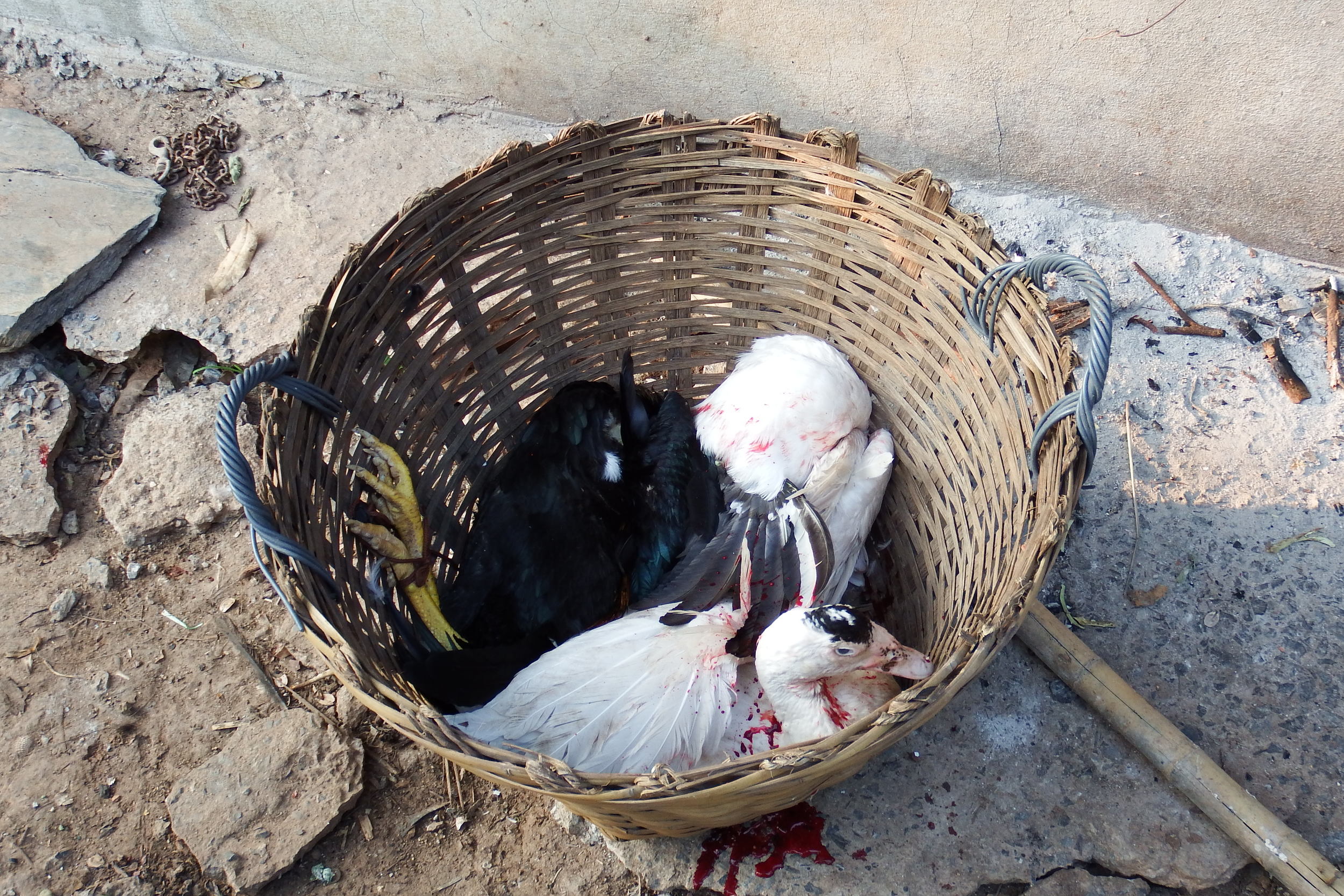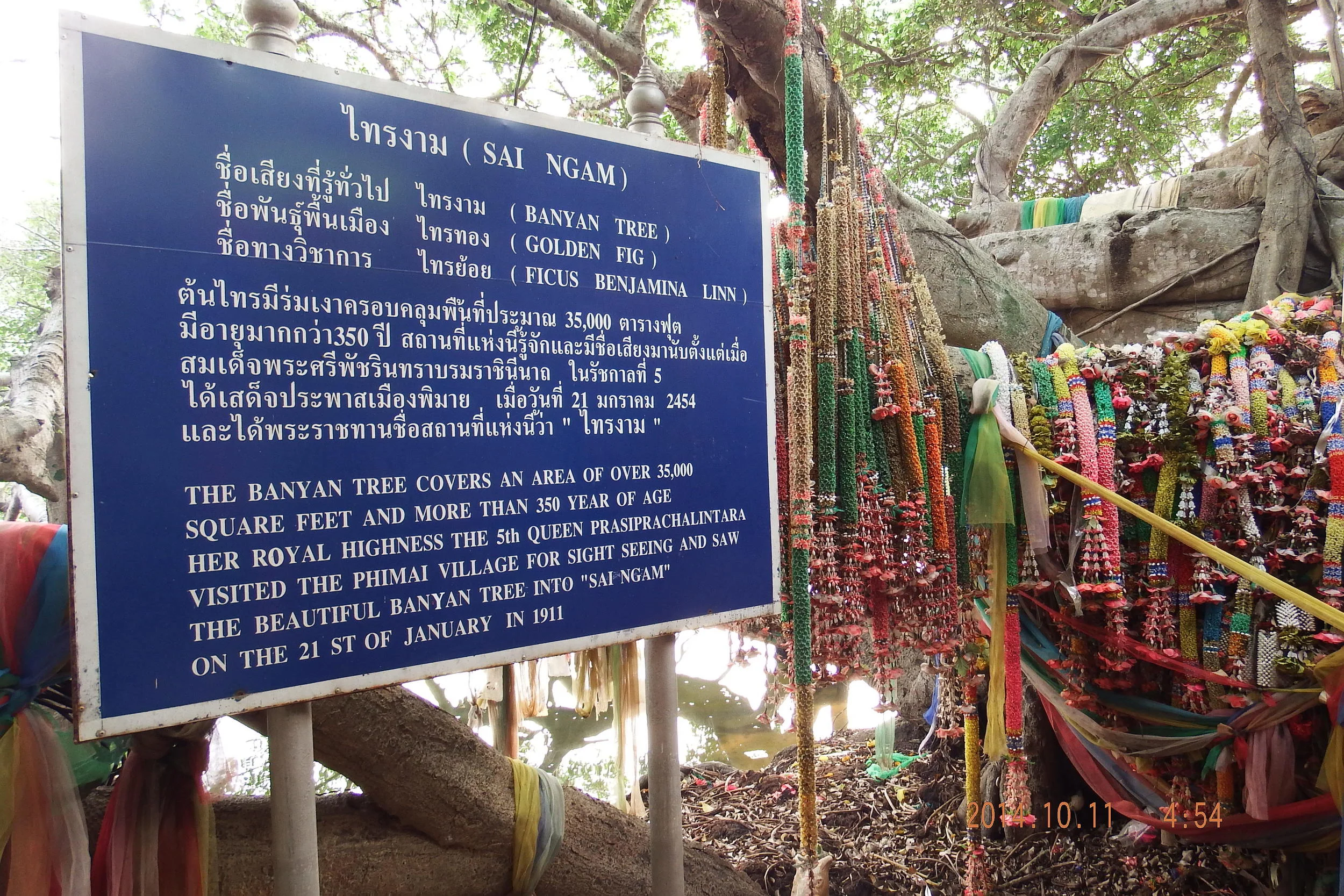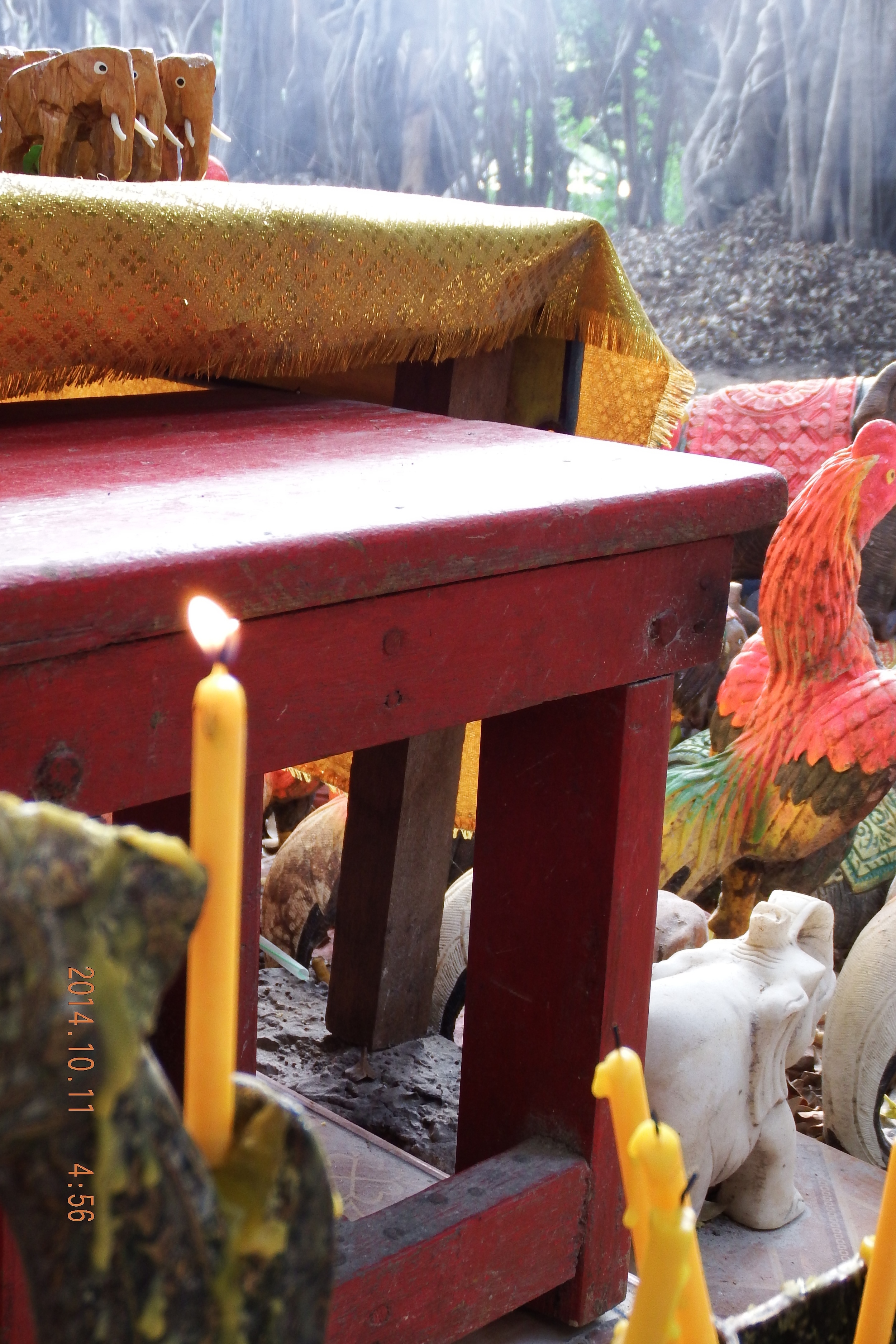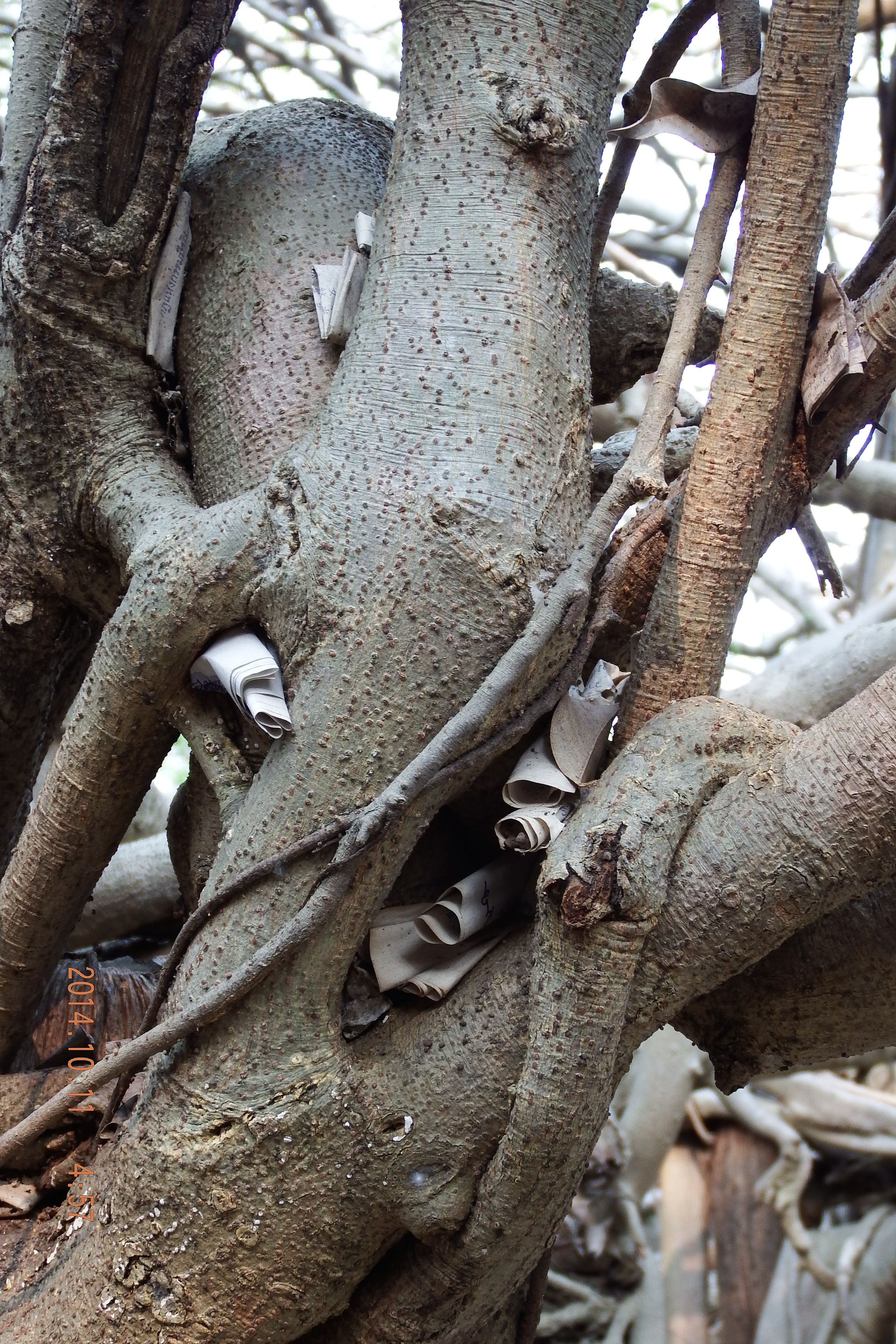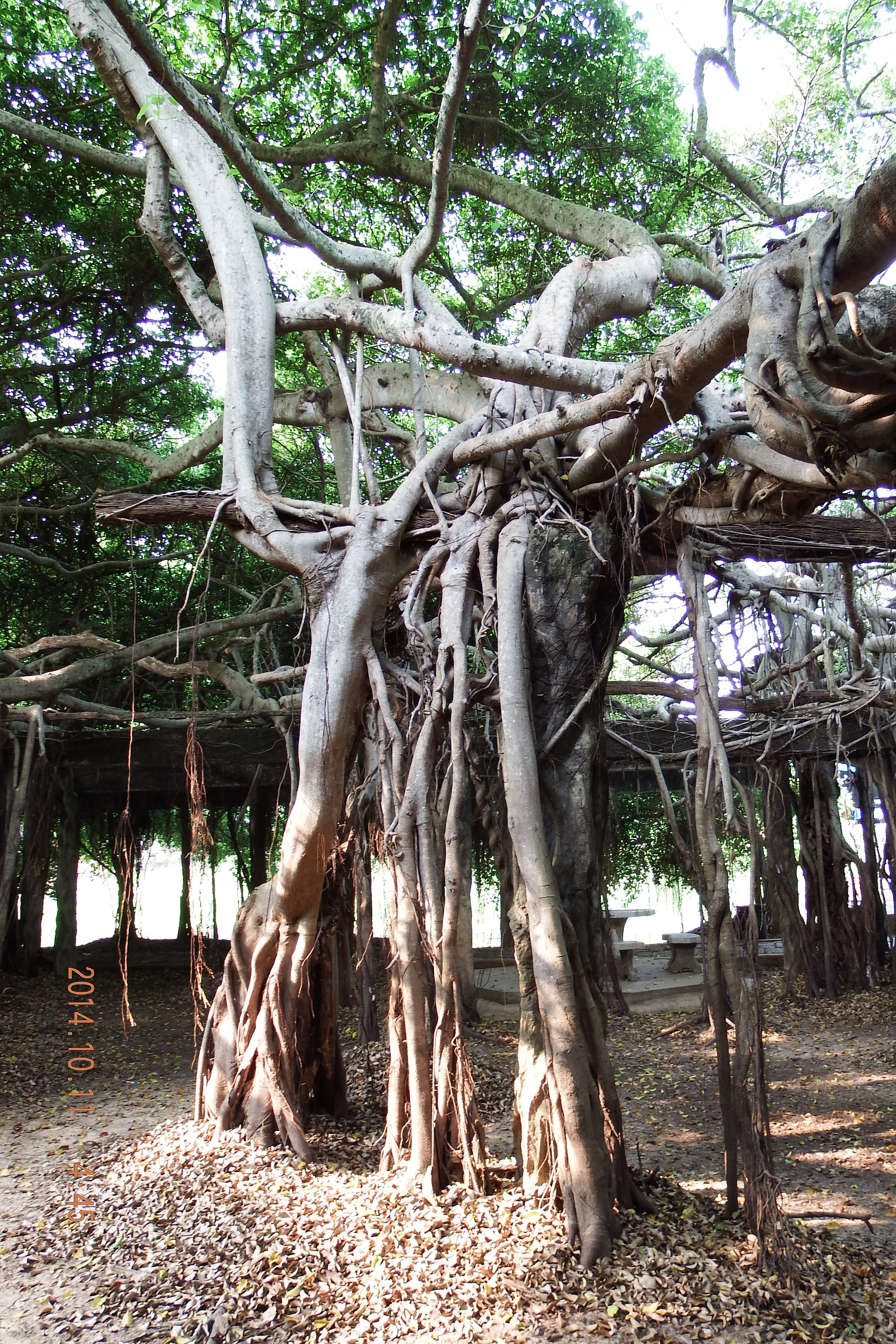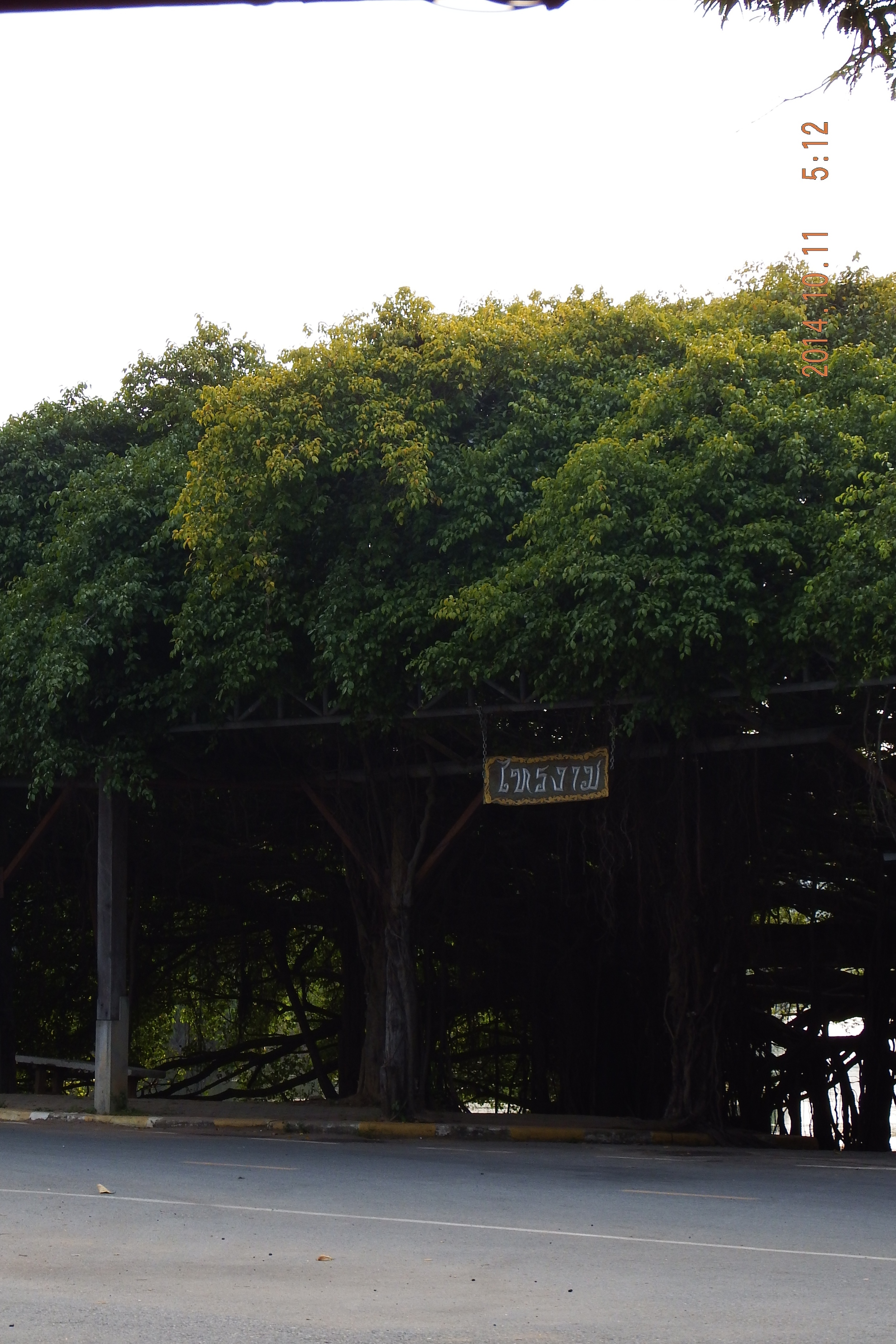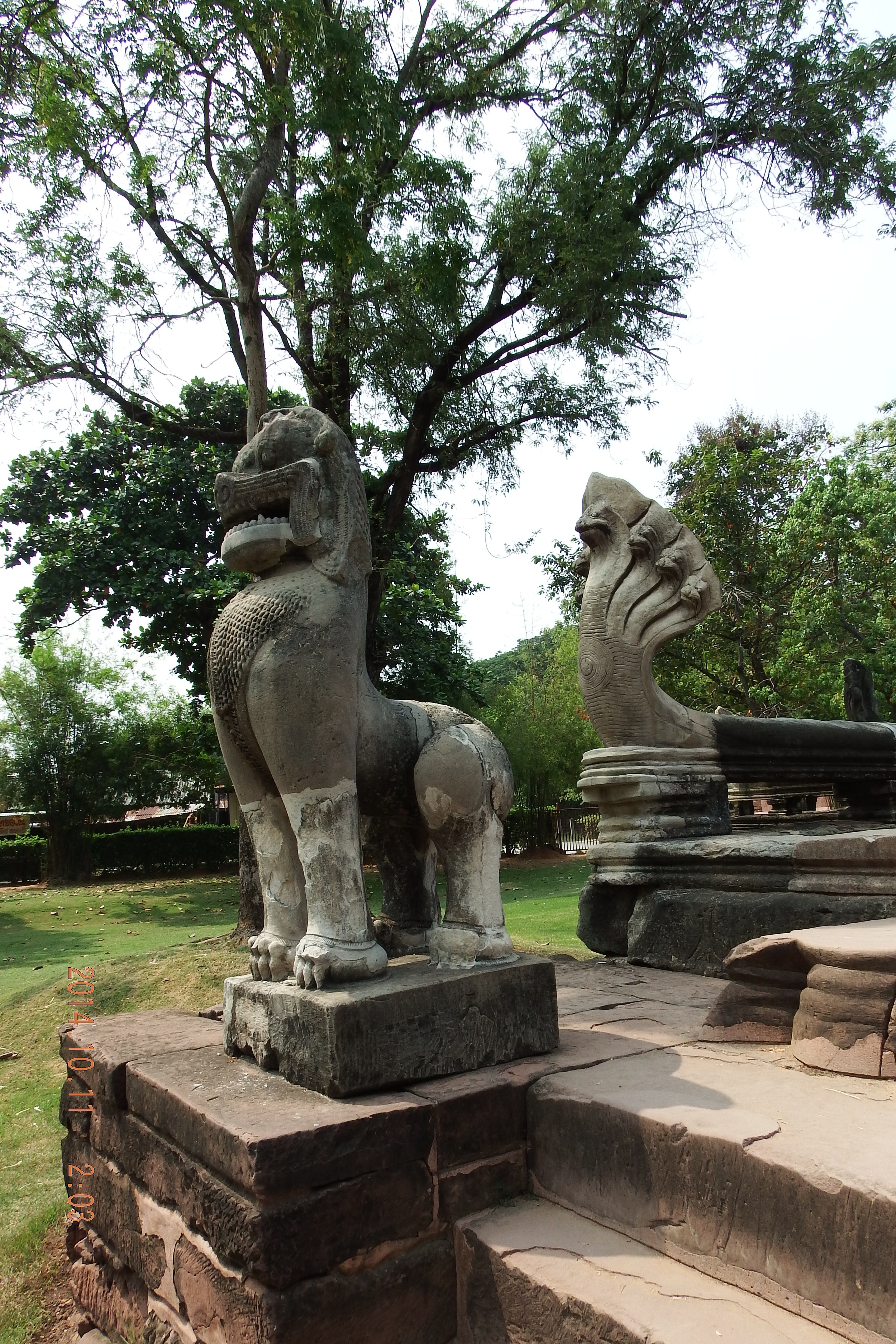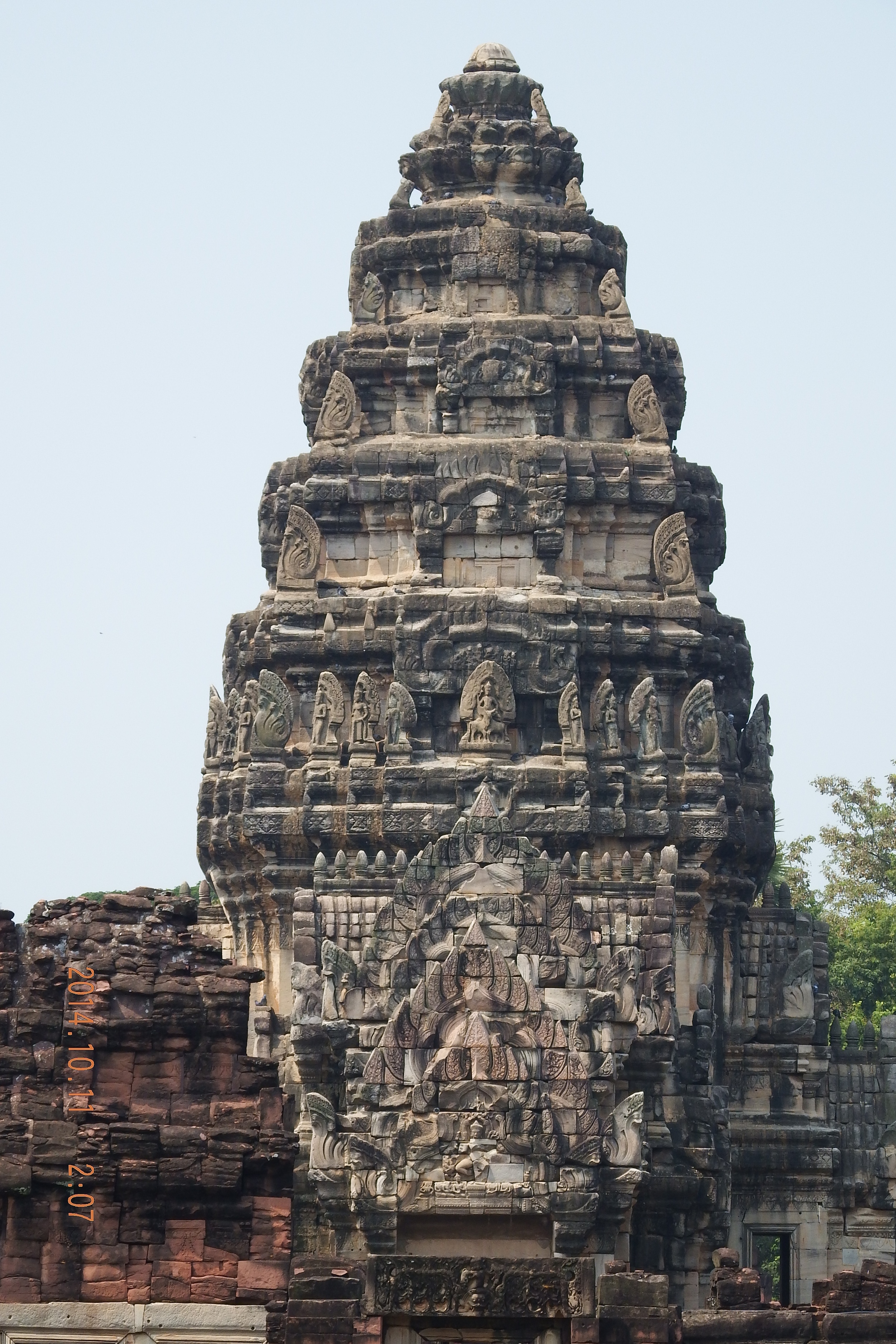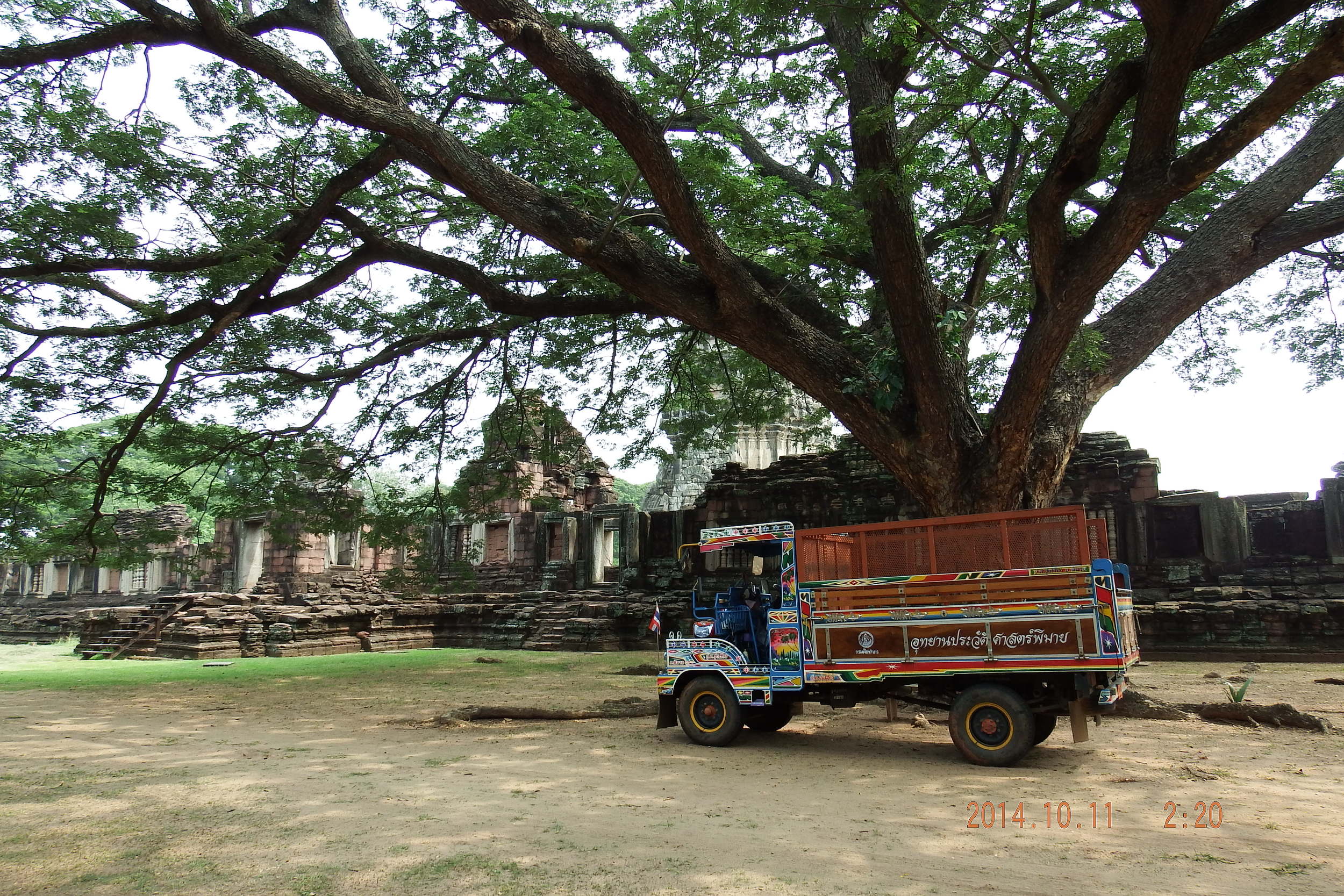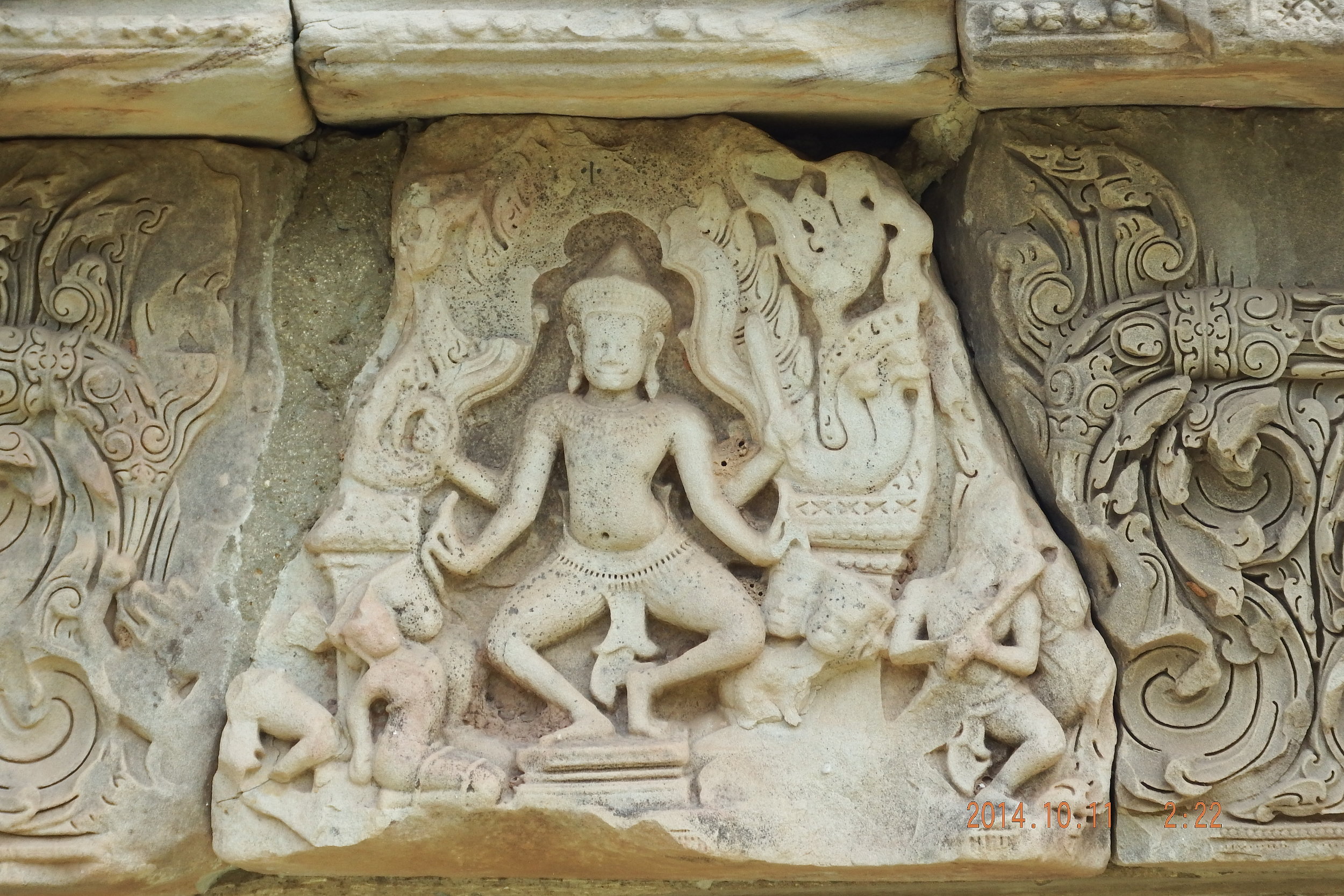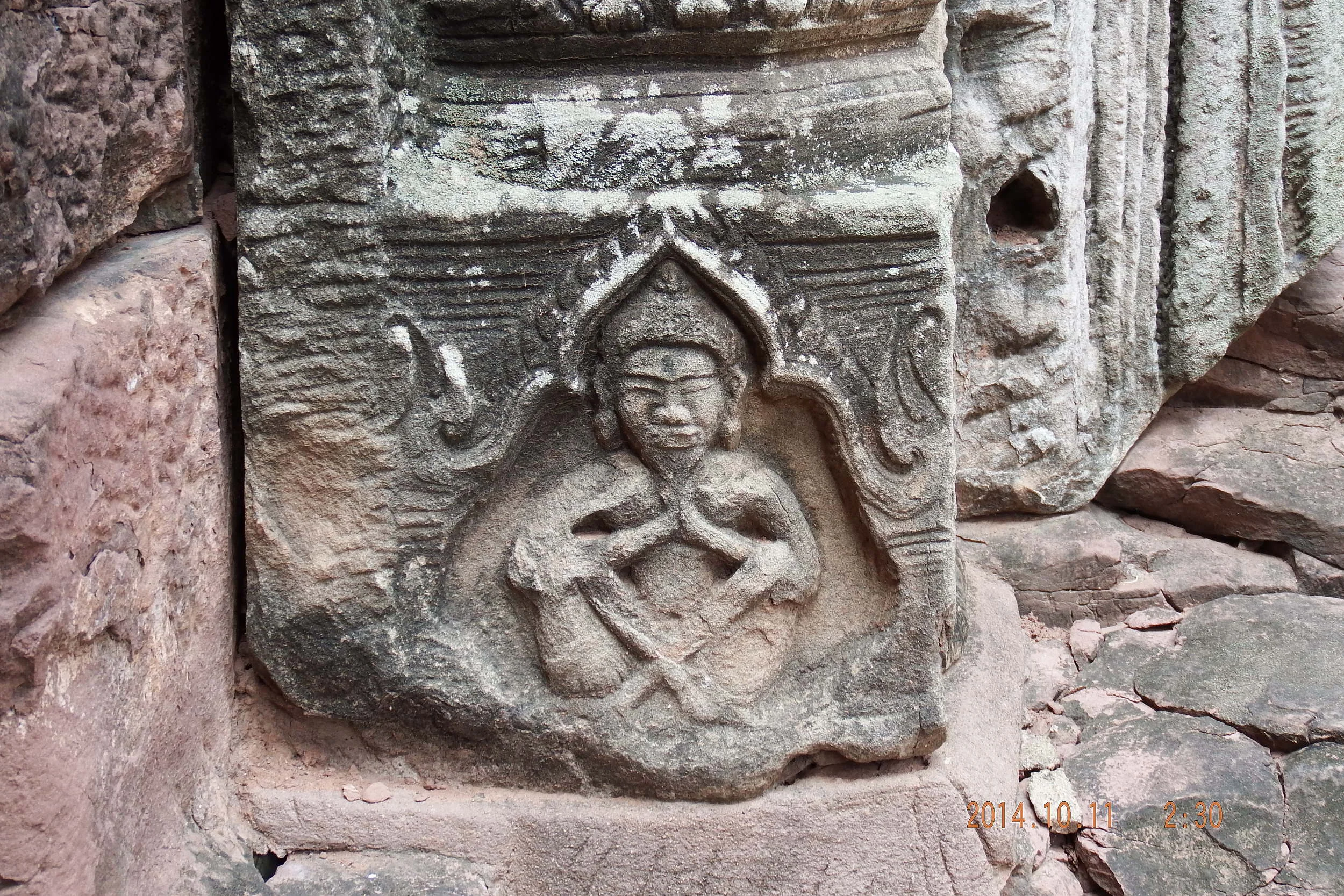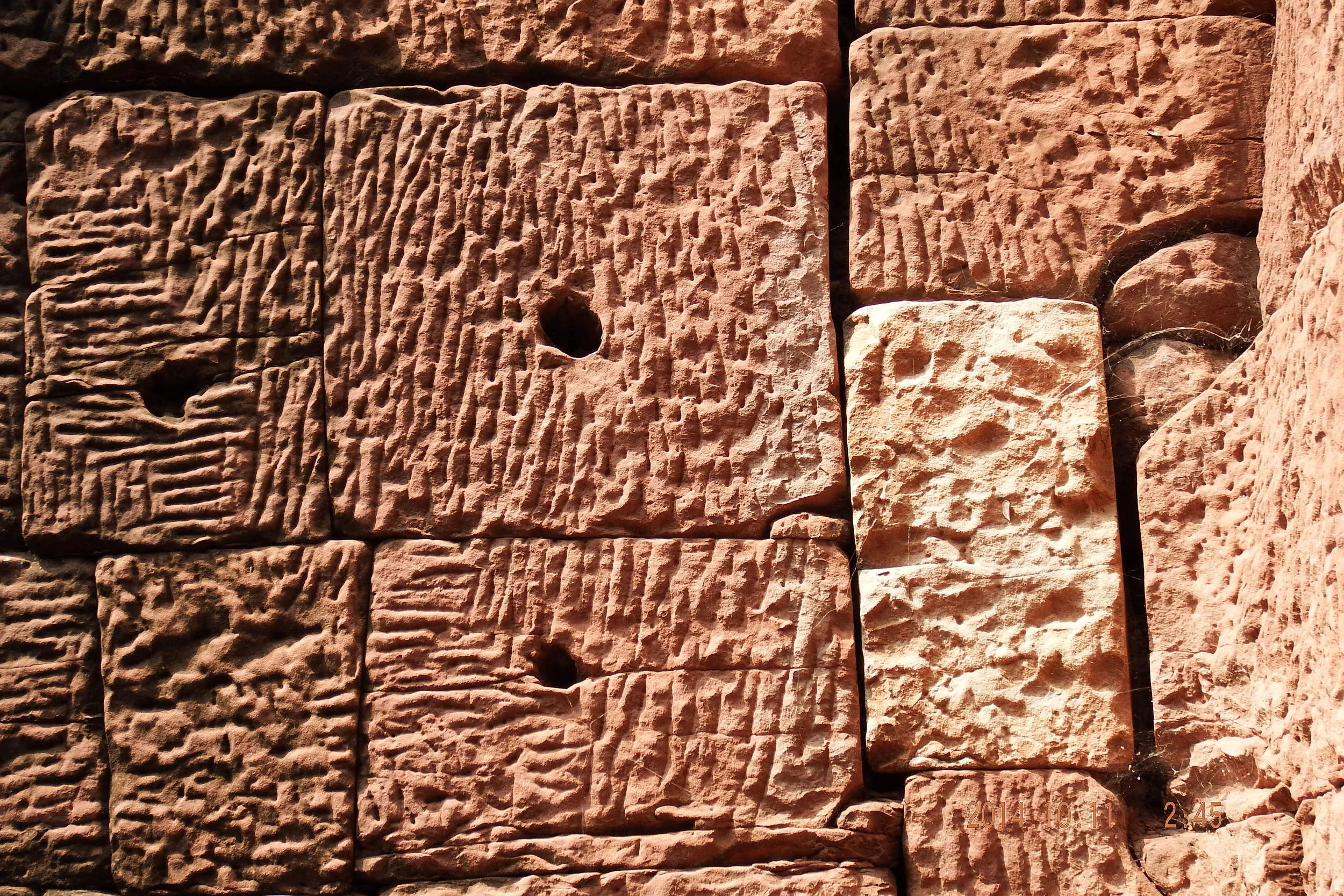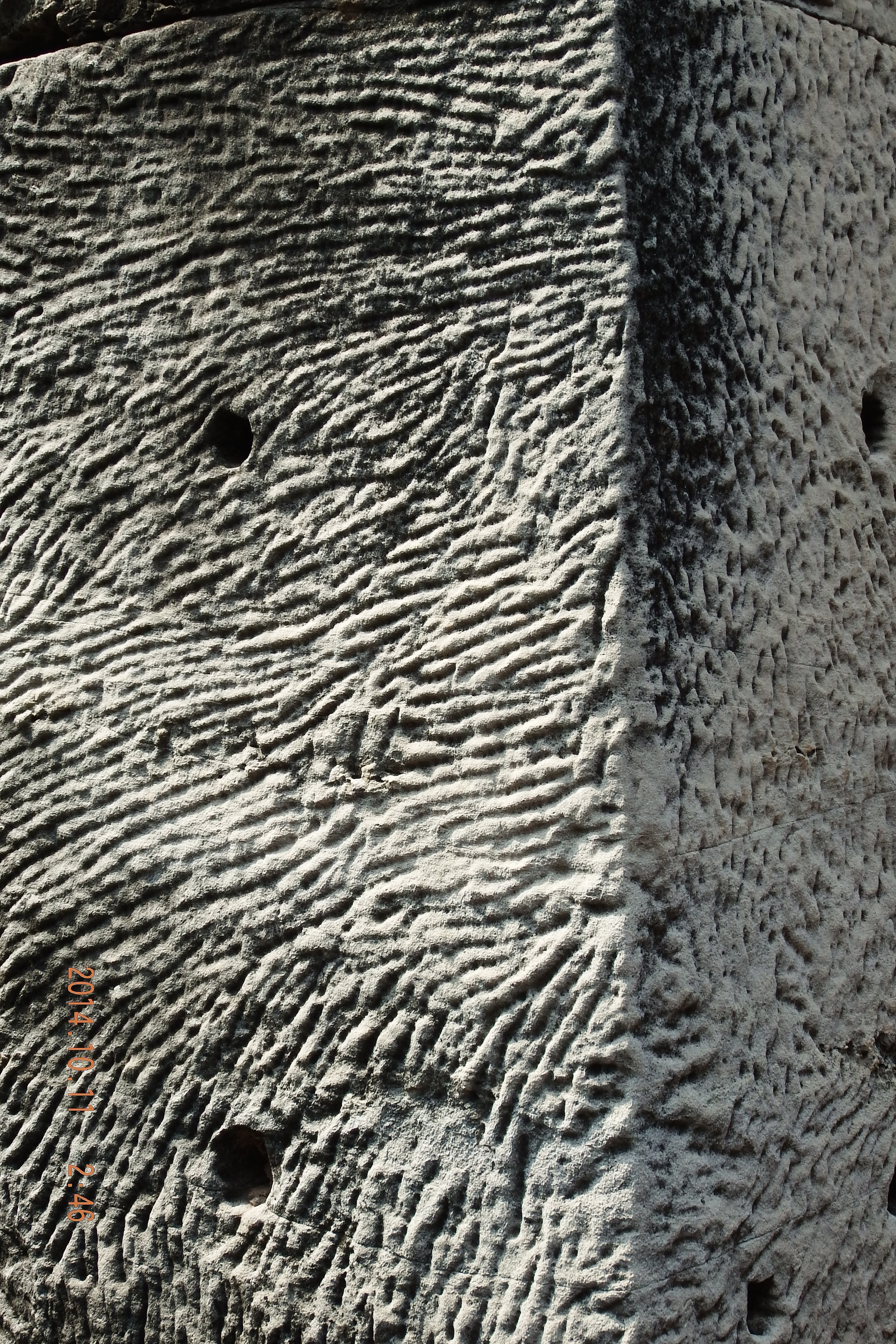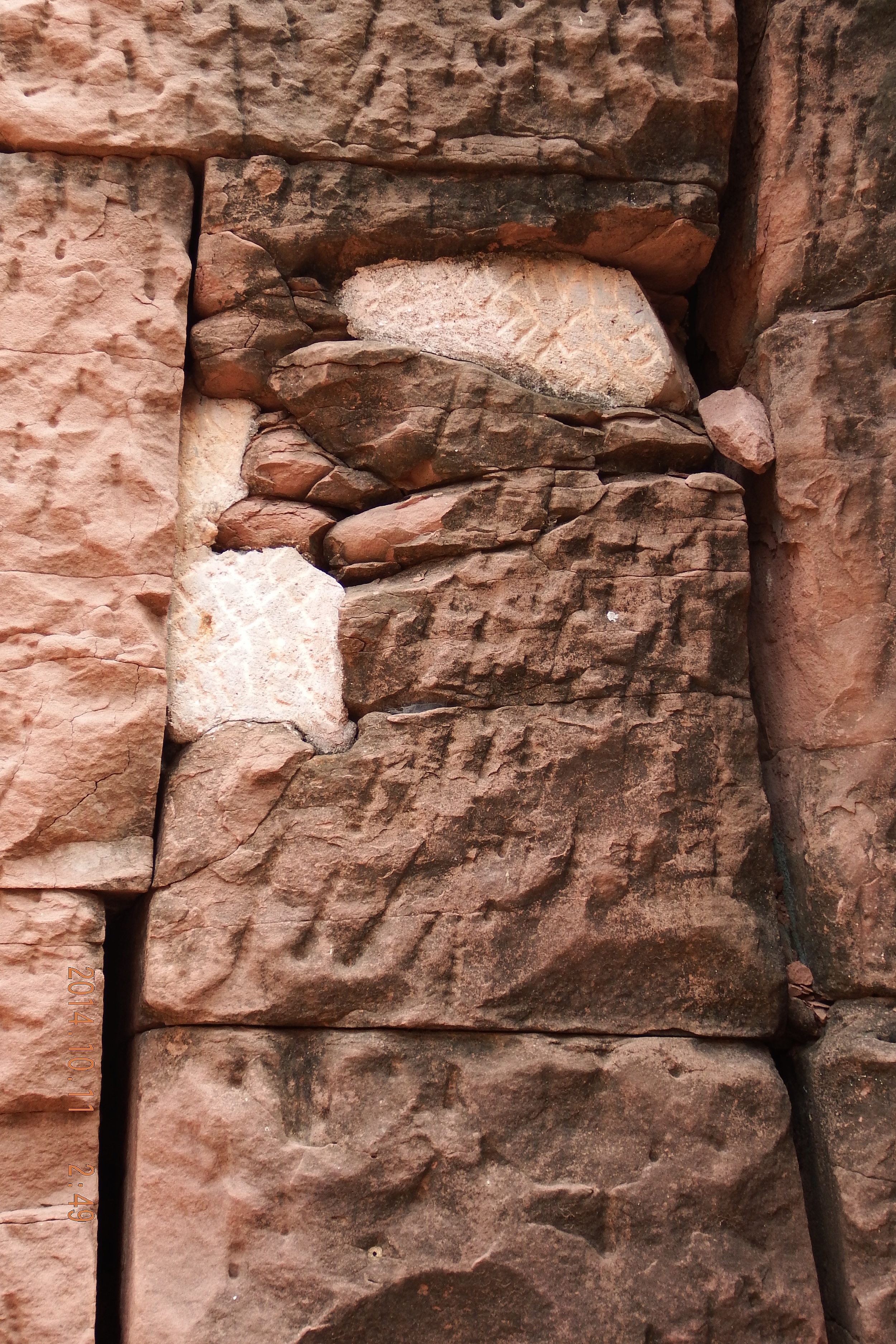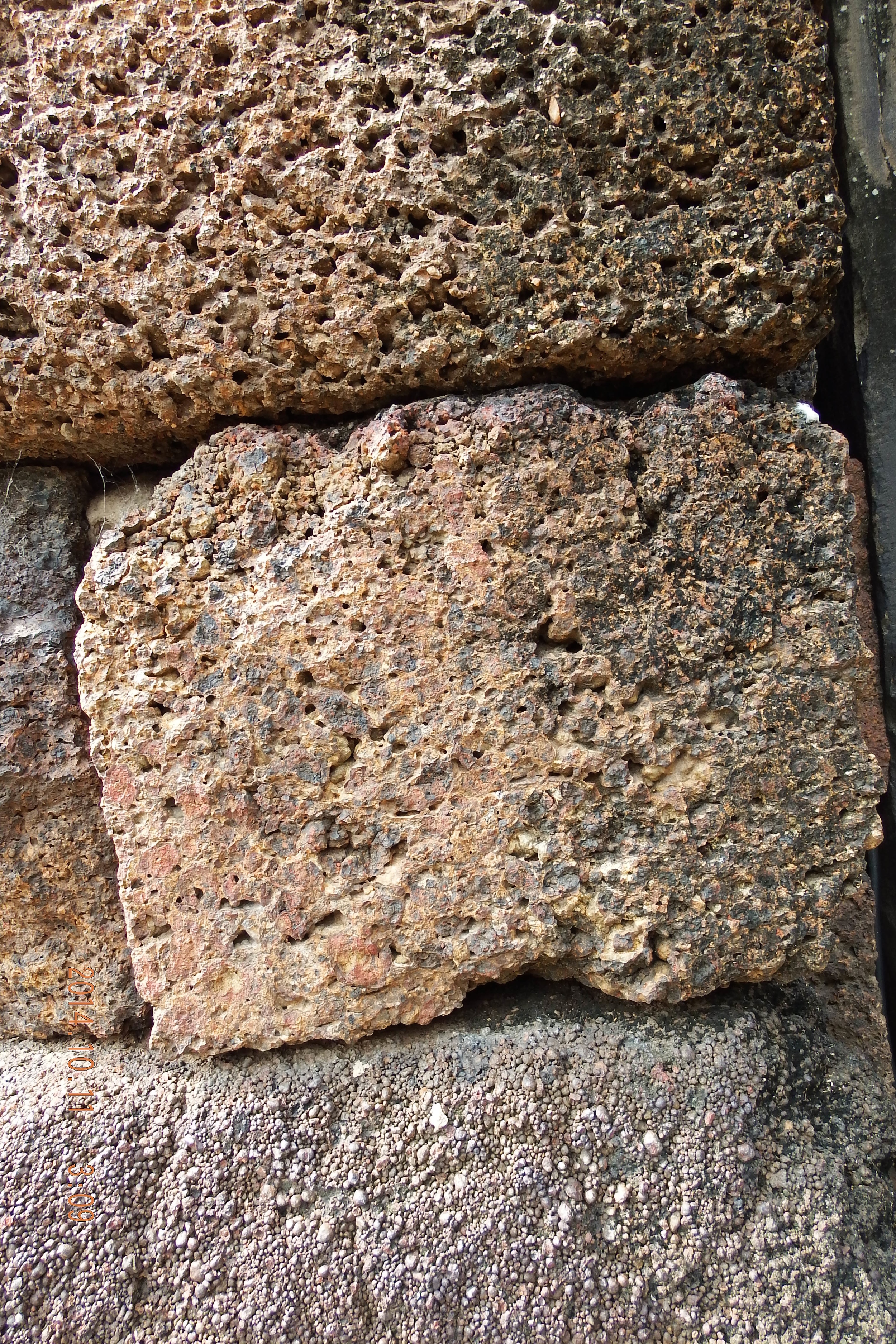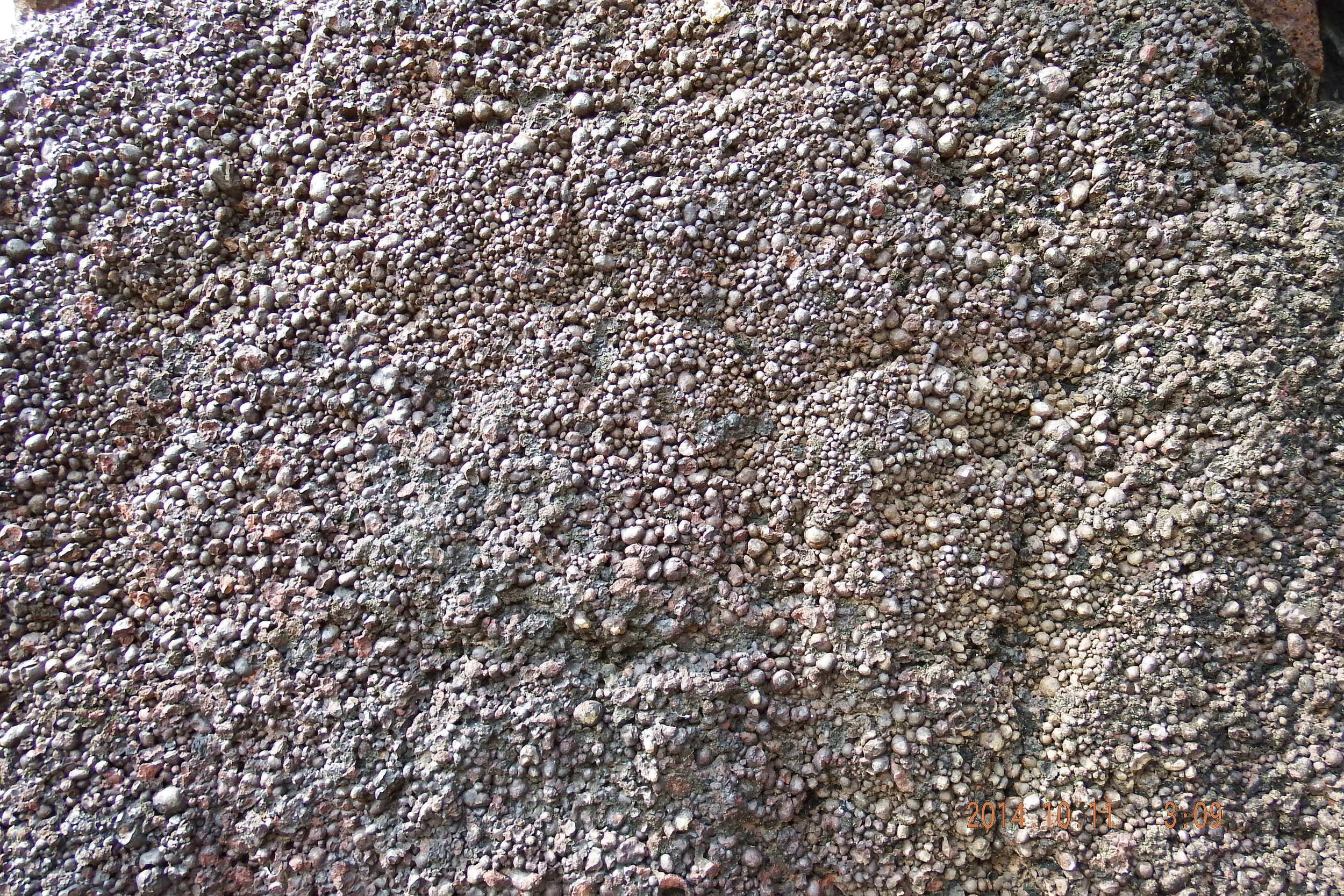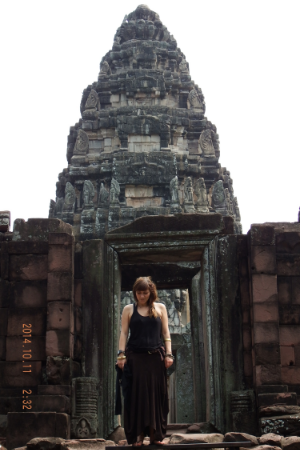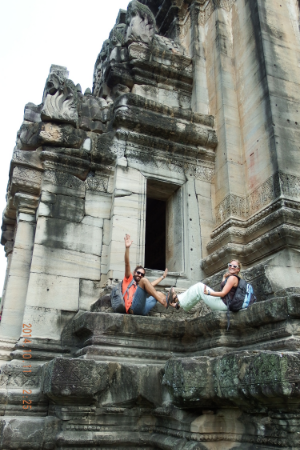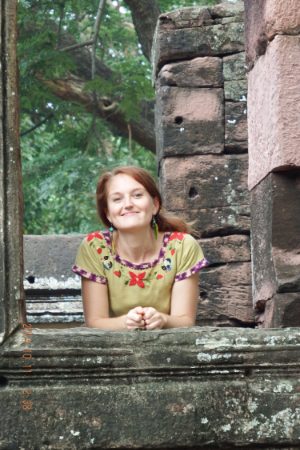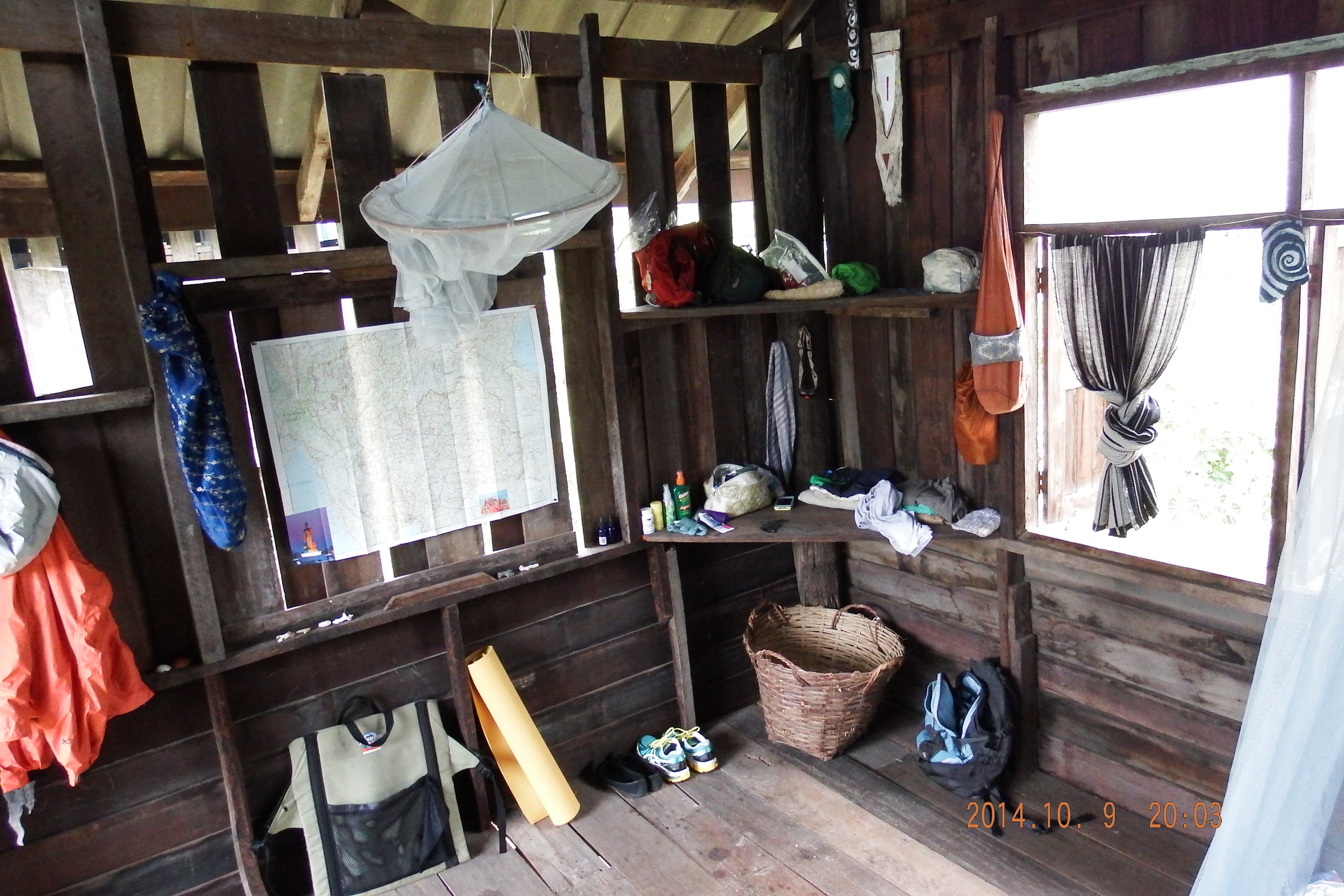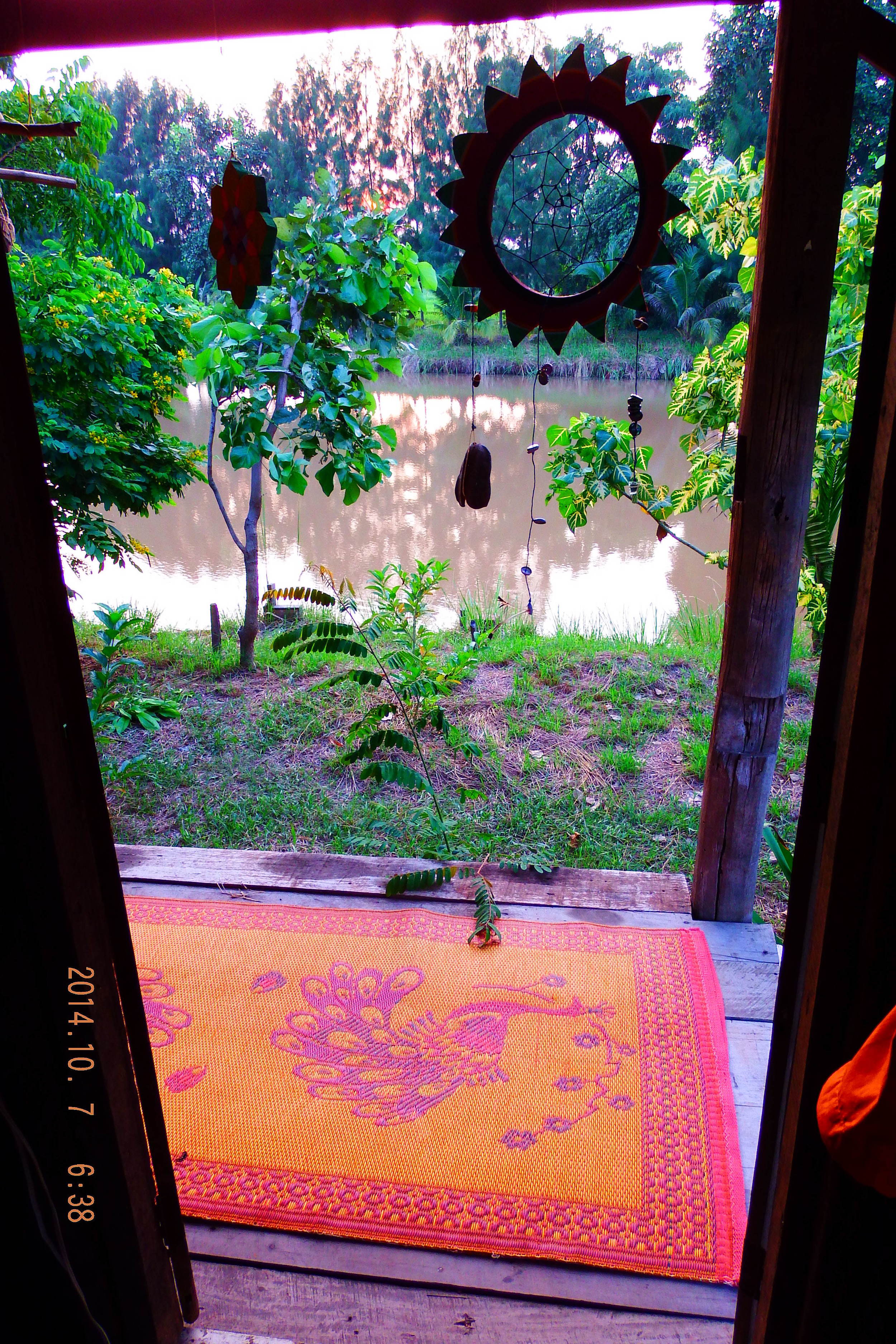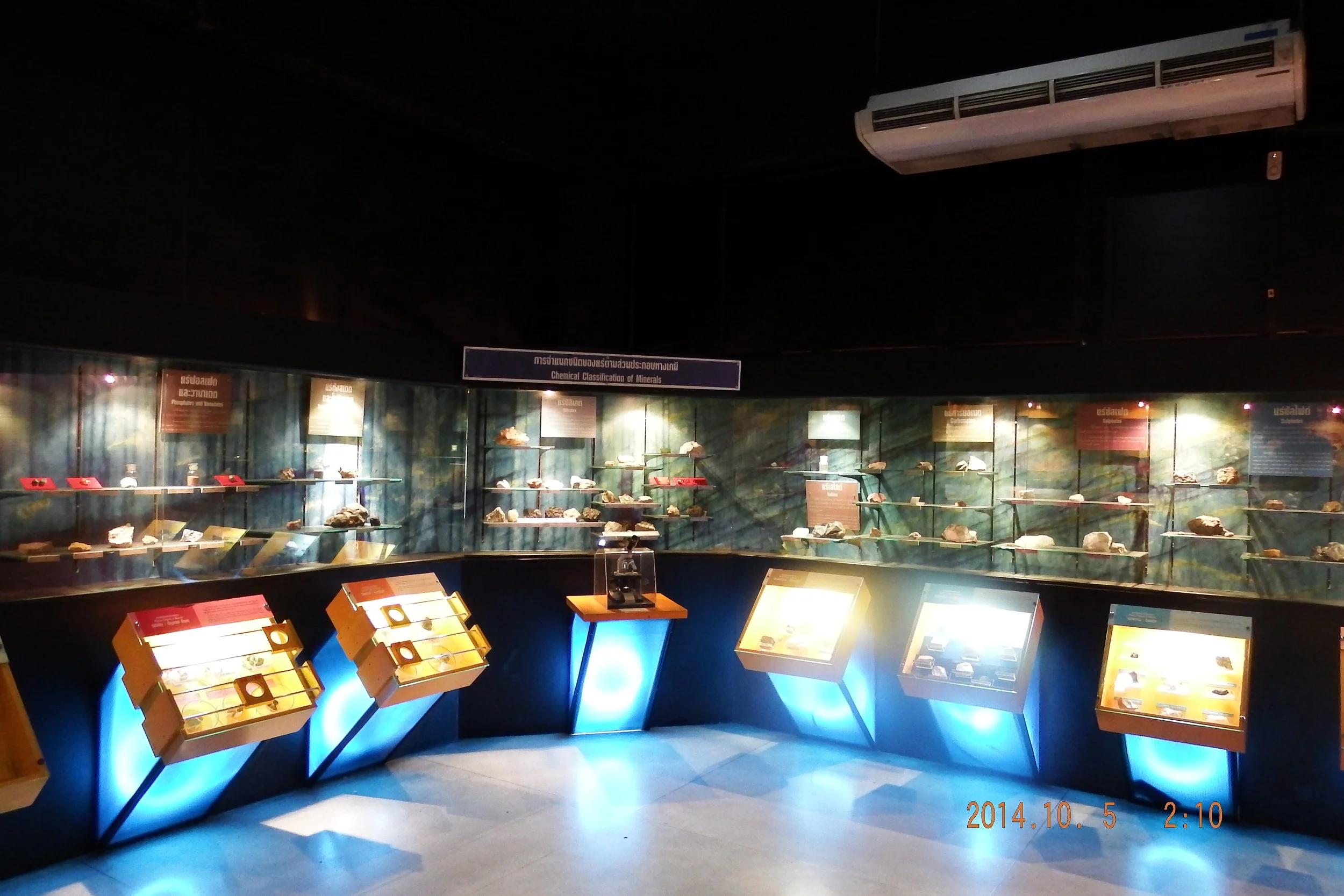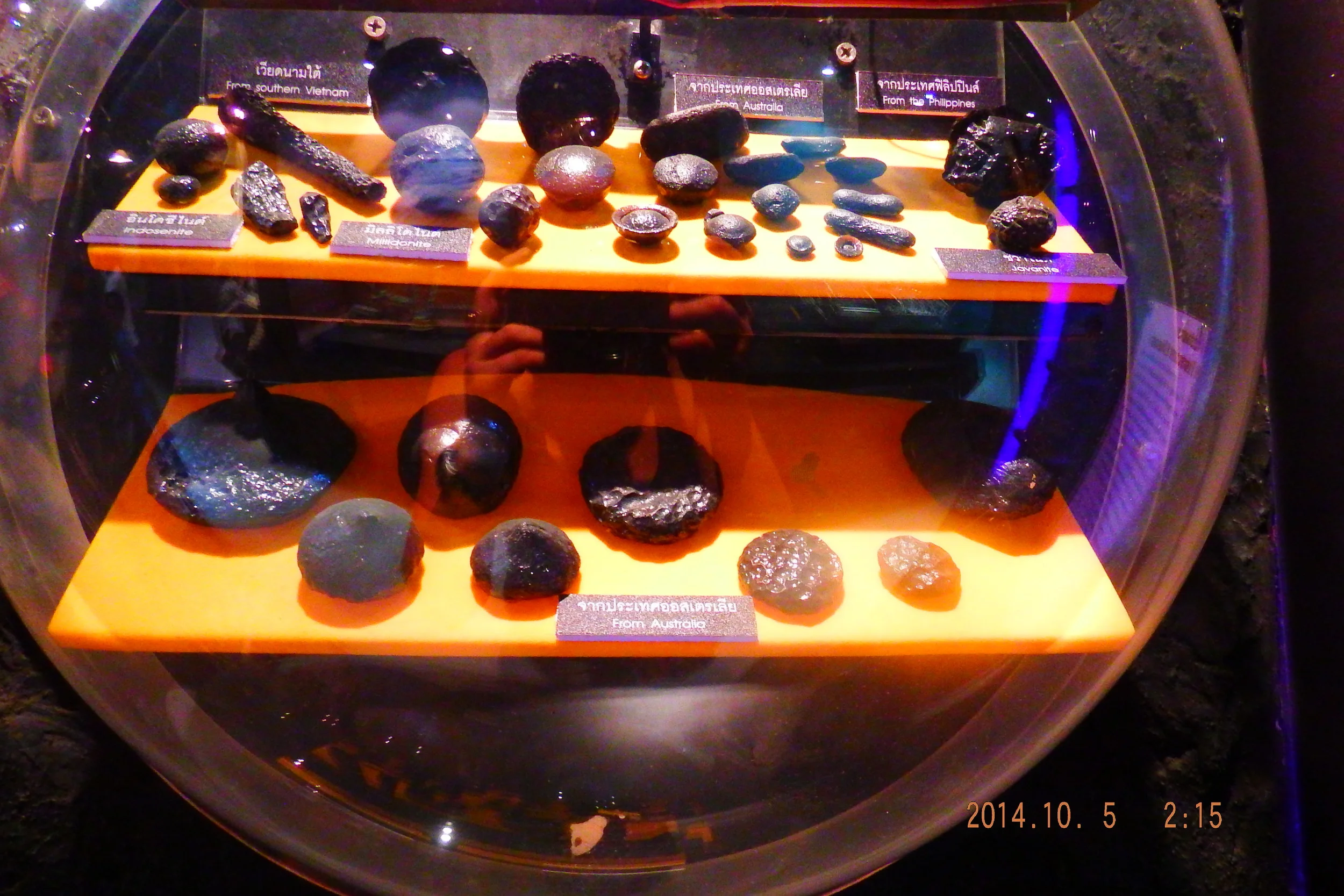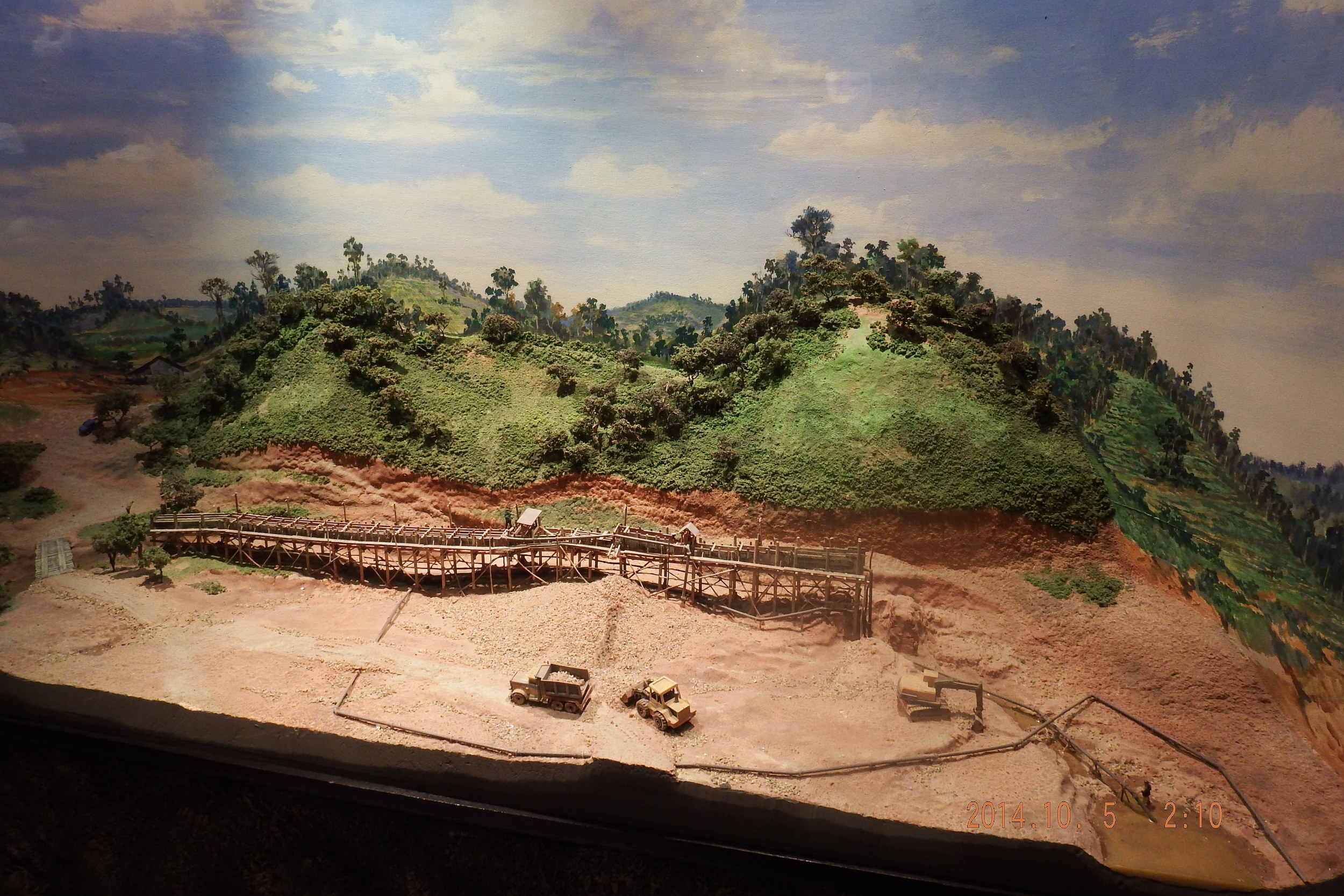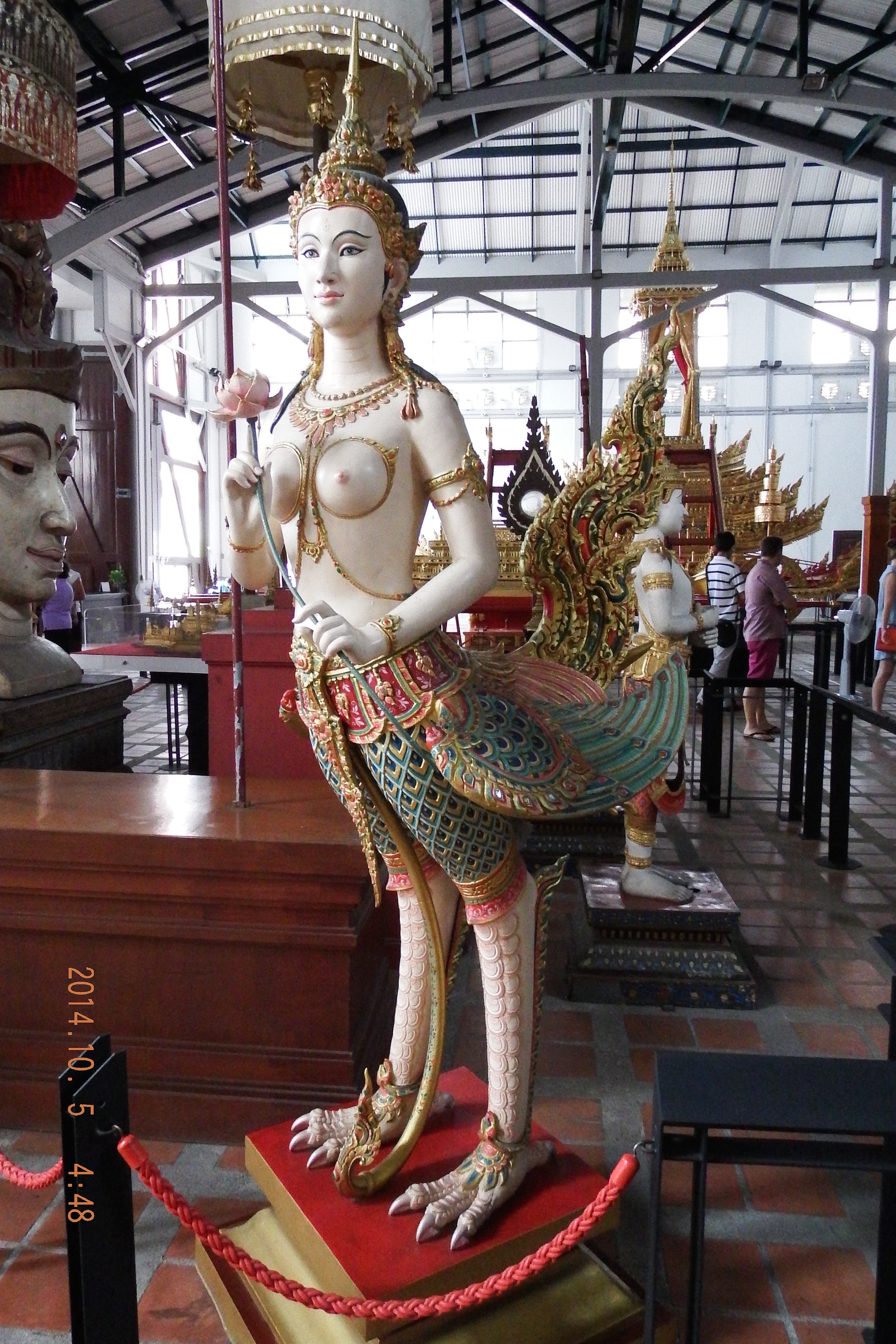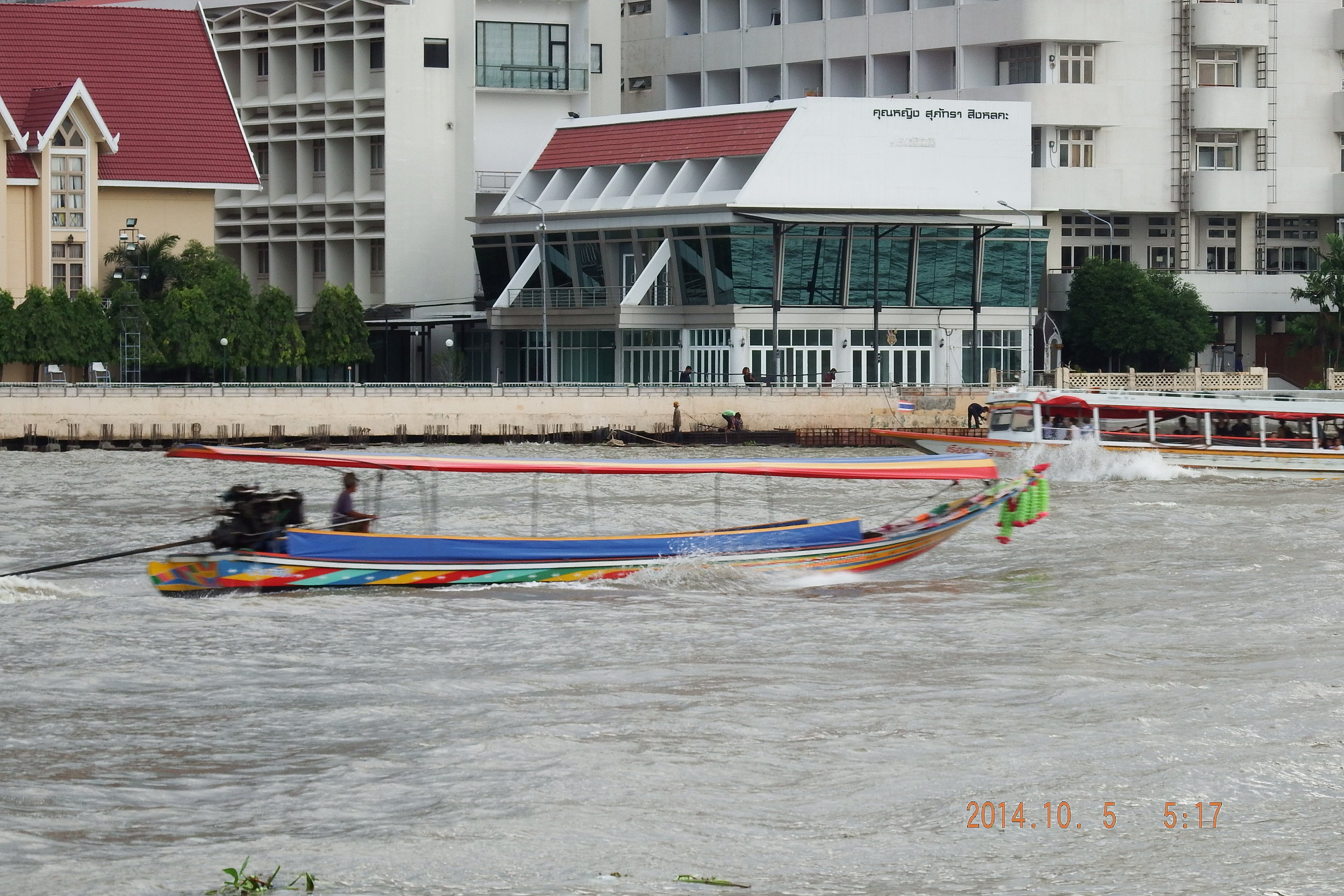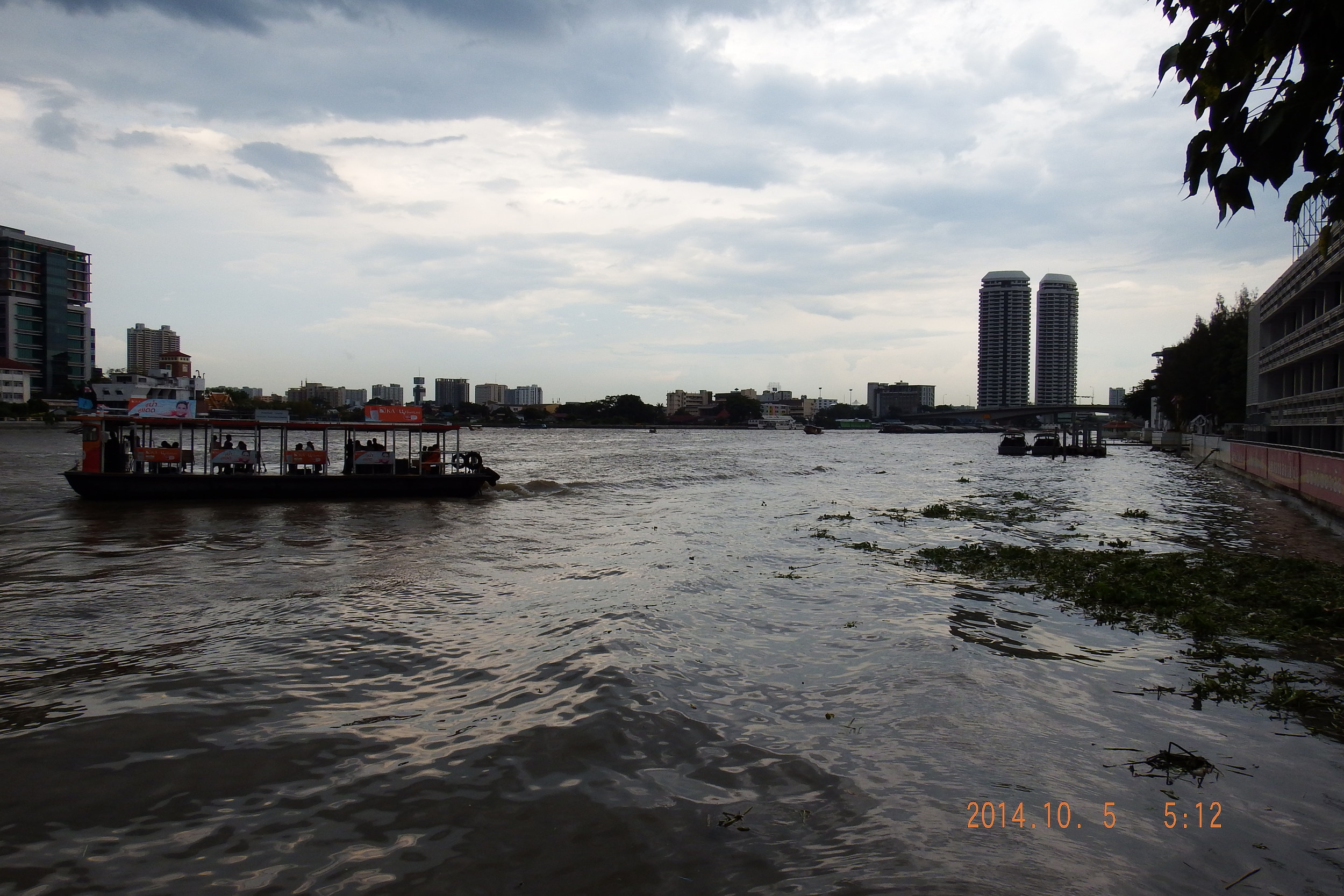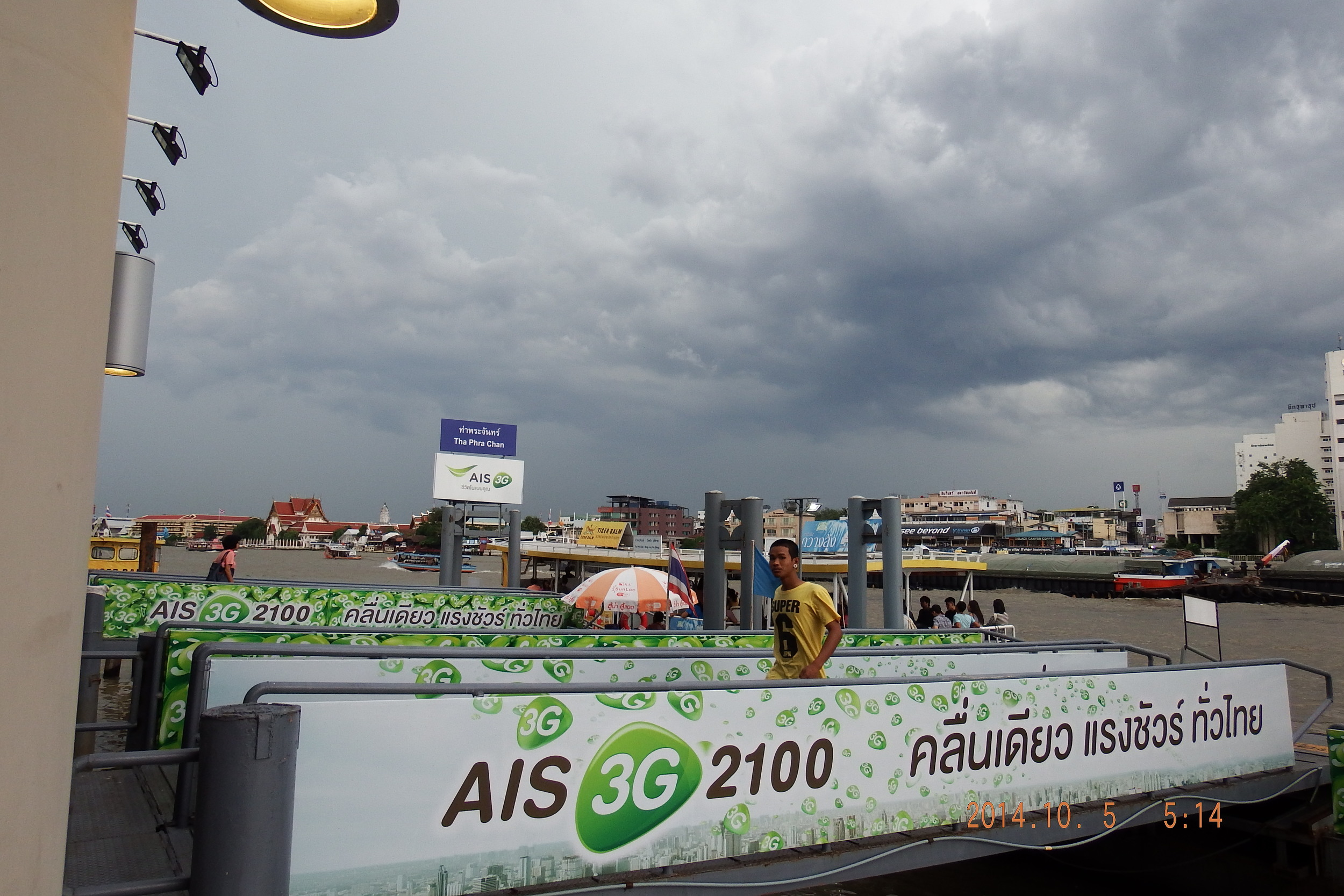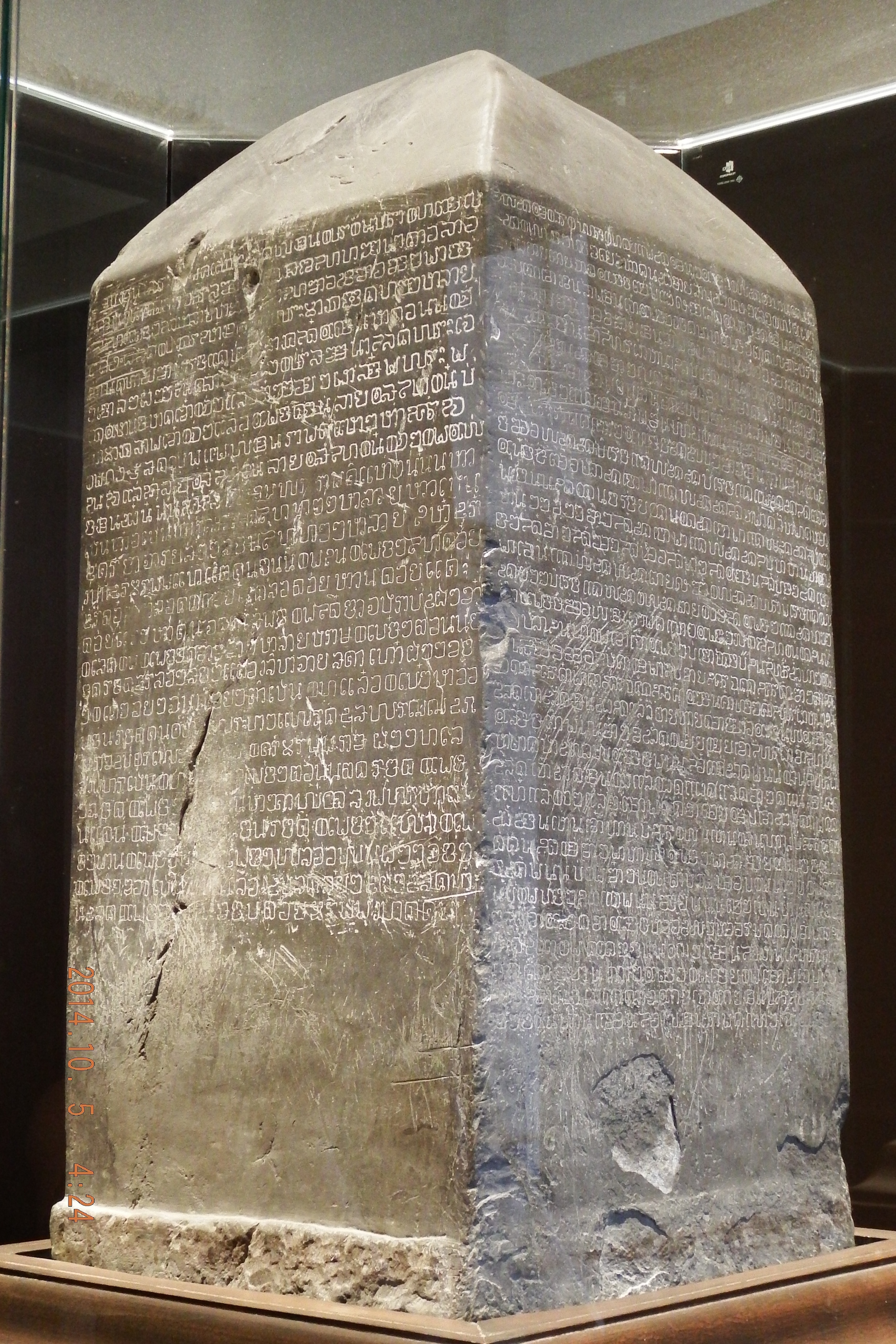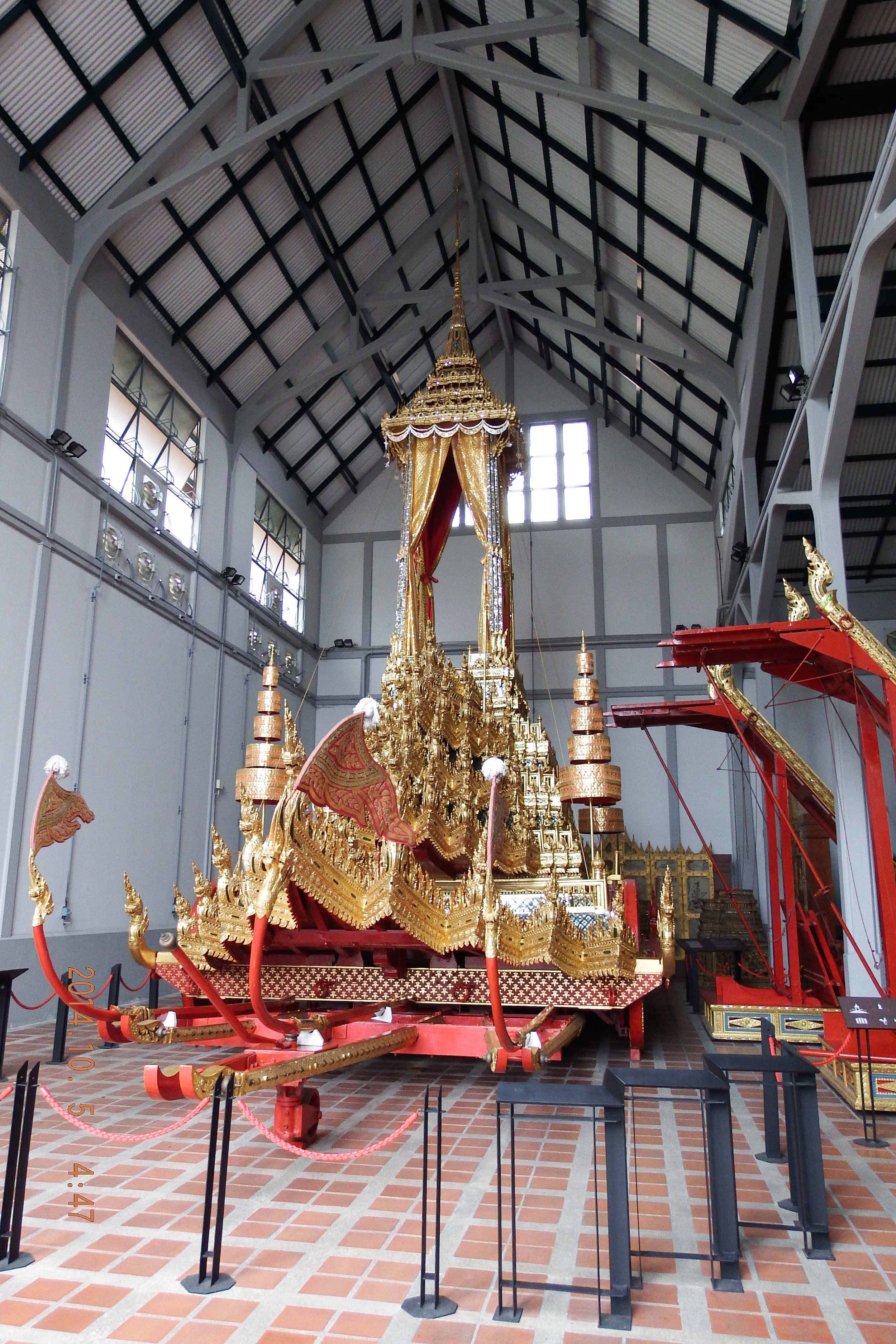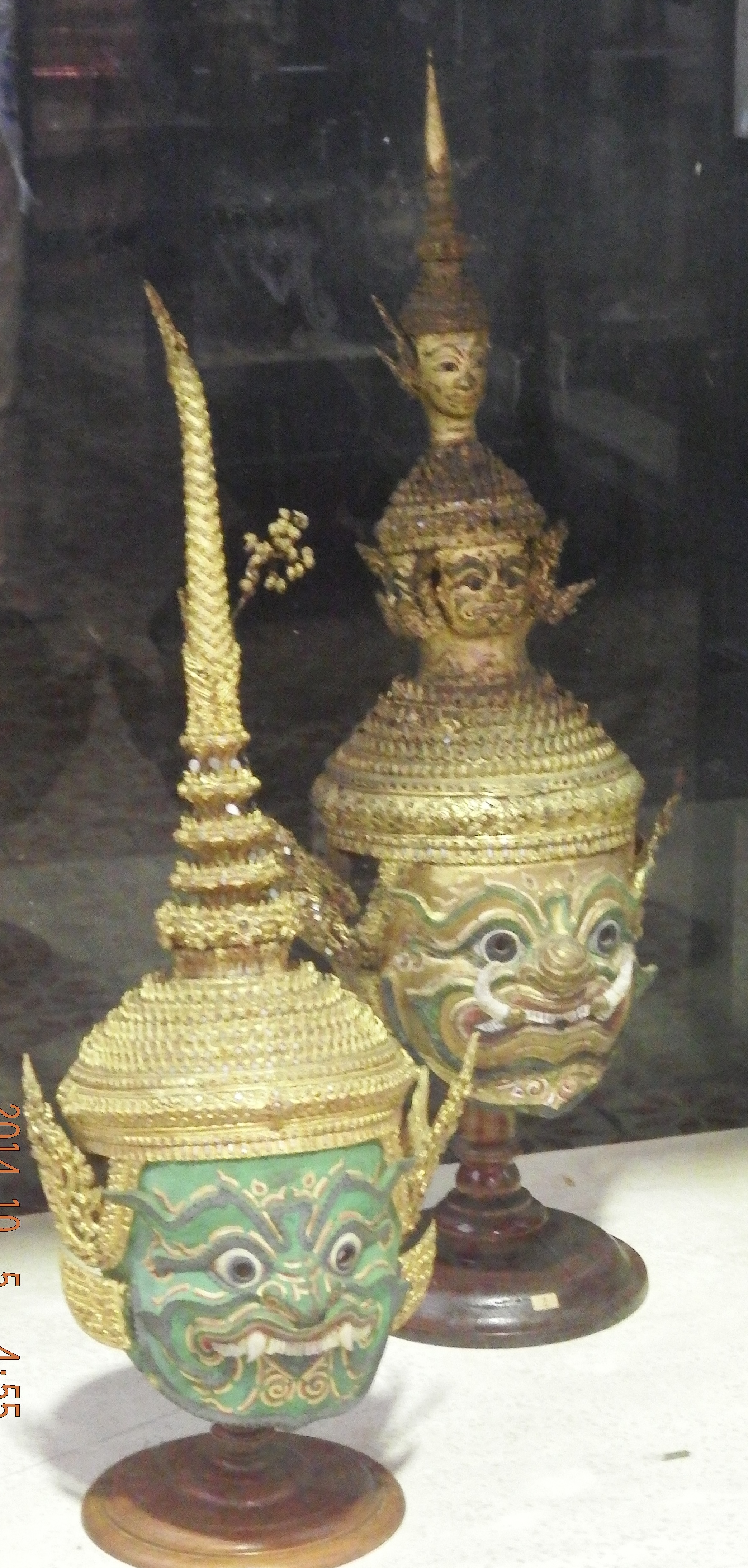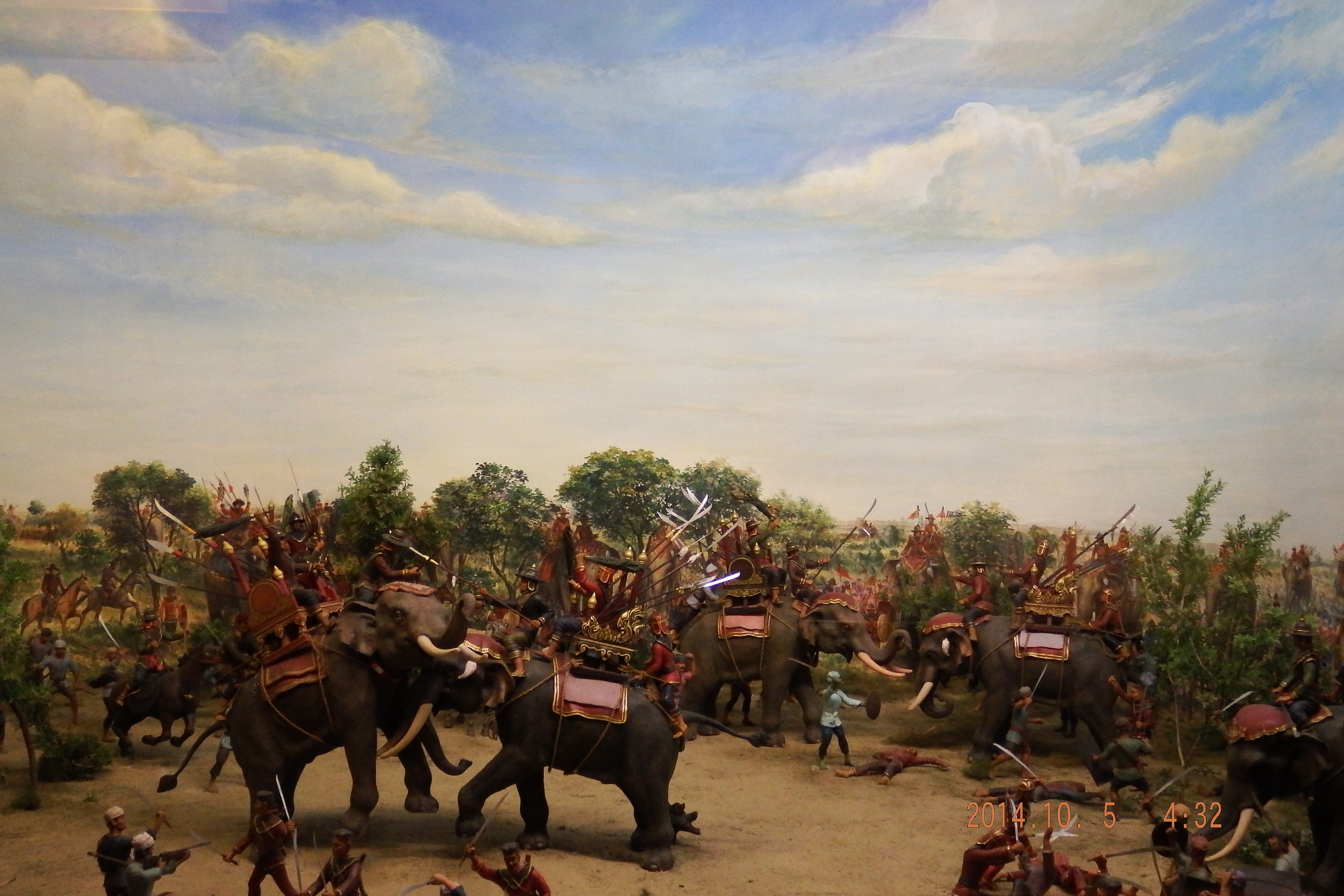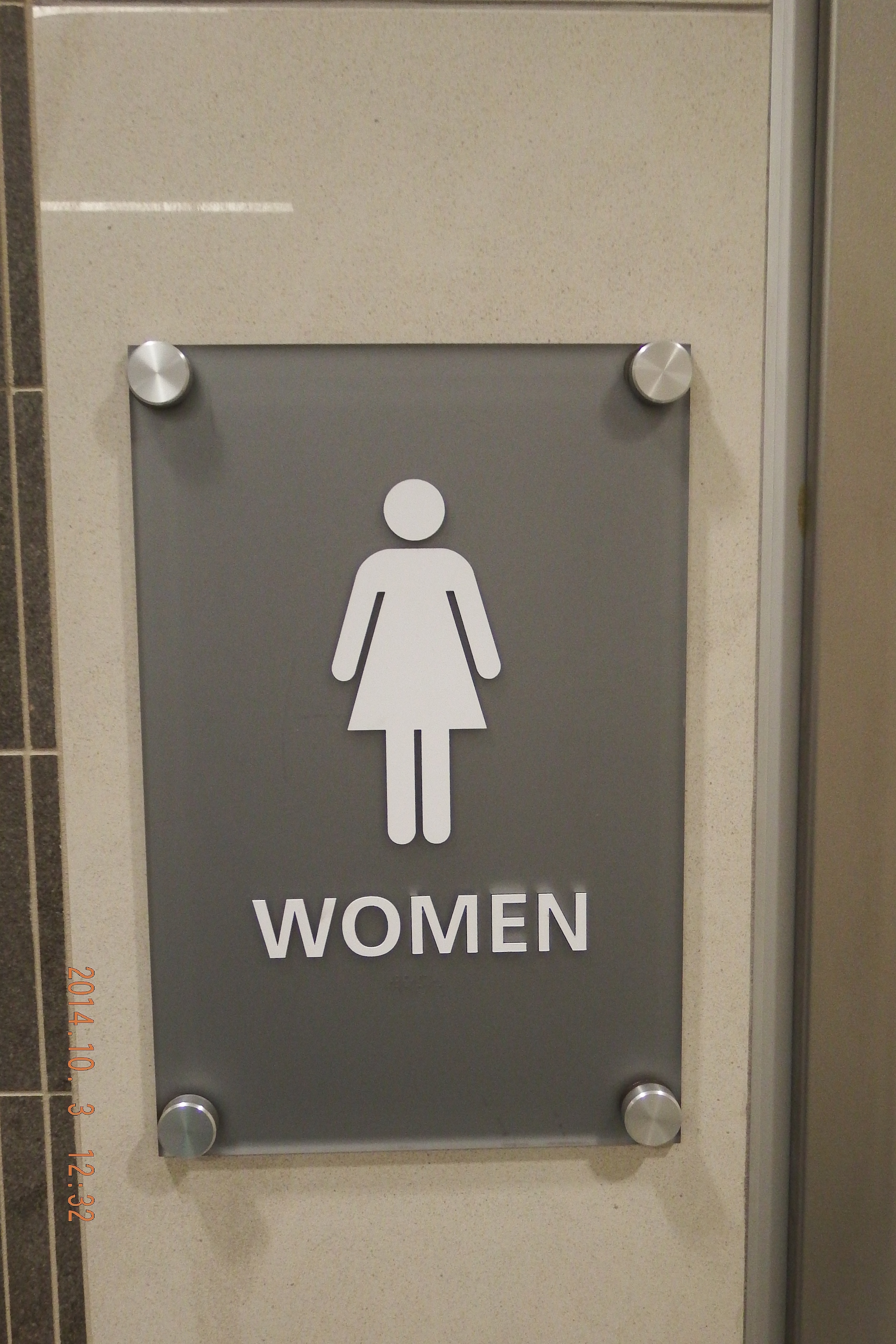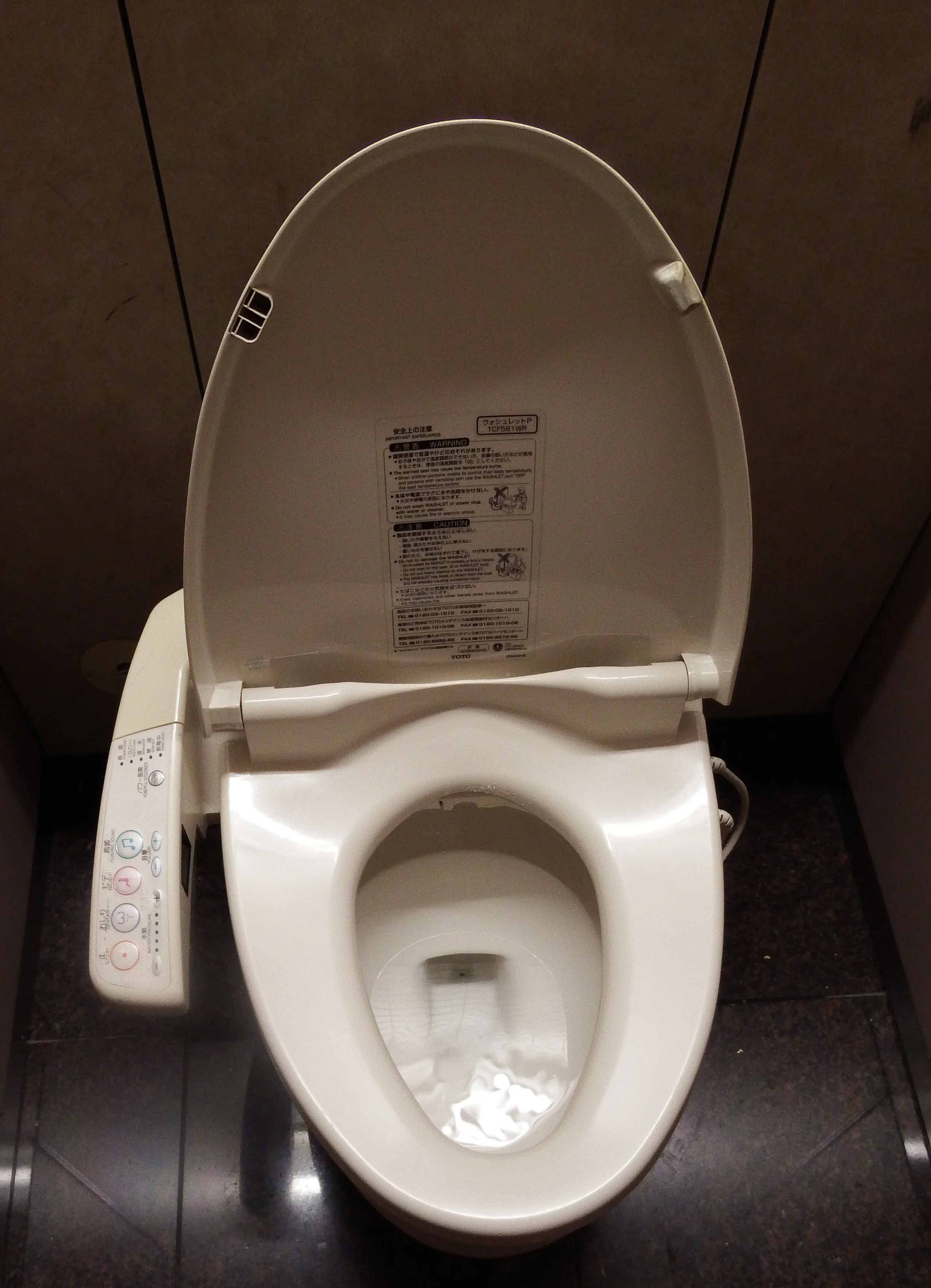A Rock Lovers Dream, Karangsambung, Java
/The Javanese train stopped at the Kebumen station and I waved goodbye to my new friend, a recent graduate who coincidentally completed his fieldwork at the location I was trying to find—the most geologically diverse region in the world. The blazing sun warranted a ride to the main street where I settled for a hotel that cost the equivalent of $15 a night. Within the hour and against the warning of it ‘being rainy season’ I was on a motorcycle and off to the research station called Lipi. Yes, it did rain most of the way but my determination for the rocks outweighed the discomfort of wet clothes.
medium from Hayley Joyell Smith on Vimeo.
Defry, the young Lipi geologist and English-speaking student agreed to take me to the sites. And this is when the real adventure begins. Imagine, you are in the warm rain, on a motorbike and you stop to see the landscape that lays ahead. To the left is an ancient subduction zone and to the right are sedimentary mountains. The juxtaposition is significant because a subduction zone is the site where the crust of the Earth is literally being pulled back into the mantel and next to it are layers of sediment compacting over millions of years. Now, all are mostly covered by lush green rice fields.
Further down the road and about a mile hike along a stream, great awe-inspiring rocks await. The beauty of the divergent boundary is enough to make you giggle and in this moment the rain on the rocks only enhances the depth of the story. WATCH THE VIDEO TO SEE AND LEARN about pillow lava and seafloor spreading.
By a stroke of luck, the hotel worker’s childhood friend is a local stone lover and philosopher. As it turns out, Ravie and I are cut of the same cloth. His father is a talented artist and Ravie himself is a person with vision and sense of science. The living room of his house displays fossils and stones that rival any modest museum collection. I marveled at his collection and absorbed the excitement of his team at having an American showing interest in their region. We smoked clove cigarettes, drank coffee, and laughed as we connected over the love of stones. All the while I kept hearing a faint ringing sound in the background and finally asked.
That sound was a stone being made into a gem: the basic grinder, water, stone, and intuition of the craftsman coming together to show off the beauty of Earth. Beaming with humble pride Ravie asks me to stay in Kebumen one more night to see more sights. In my oh-so-tired state I agreed to consider it. It was one of the best decisions of my life.
The following day was filled with amazing learning. After a breakfast of fish and rice we (myself, the hotel worker, Raive, and his team) caravanned up to the mountains of Karangsambung. Passing Lipi and the some of the same sites Defry and I visited a day earlier. This time we explored as teachers of geoscience not as scientists. Our first stop was the magnetic serpentine: To met Ravie and learn about this rare rock please WATCH THIS VIDEO ABOVE.
Even more artistically impressive than pillow lava or serpentine was the folded oceanic crust. Look at that layering! What you are seeing is ancient ocean sediment, which is red due to the high iron content in the ocean of millions of years ago. Then imagine that due to the subduction, the oceanic crust literally begins to fold. This is the evidence of the subduction of the Indo-Australian Plate beneath the Asian plate from 120 million years ago. I invite you to take a deep breath and be reminded of the power of plate tectonics.
Luk Ulo River, Java from Hayley Joyell Smith on Vimeo.
We stopped a few more places and those spots but I want to fast forward to the last place we visited. The place where all these rocks come together—the river. Called the Luk Ulu (meaning the Street of the Dragon), this river cuts through the Karangsumbung region and brings the diversity of rocks into one place. Along the riverbank rounded stones of every type imaginable can be found. This is where Ravie and his team sometimes visit to hunt for valuable stones that they can then polish and sell. CHECK OUT THE VIDEO TO LEARN MORE
Ravie and his teams' passion for geology and public awareness of the beautiful planet reminded me of my own desire to live a life of teaching. Beyond his wisdom, the people of Kebumen taught me a great deal about this landscape and life. Each person I met was kind. Full of smiles and honored to have me as a visitor. The day of this adventure was also Ravie's sons 5th birthday. With grace the child offered me his cupcake and then put on a shadow puppet show. The night was full of magic. We ended it with a trip to a lot of land down the road where they go to meditate-no language needed. But, I did learn a word I shall never forget – Kapanane, in essence it means that with your intention and the mystery of the universes, things will happen when they are to happen. Sometimes Kapanane requires patients and openness to possibility - may it be so.

